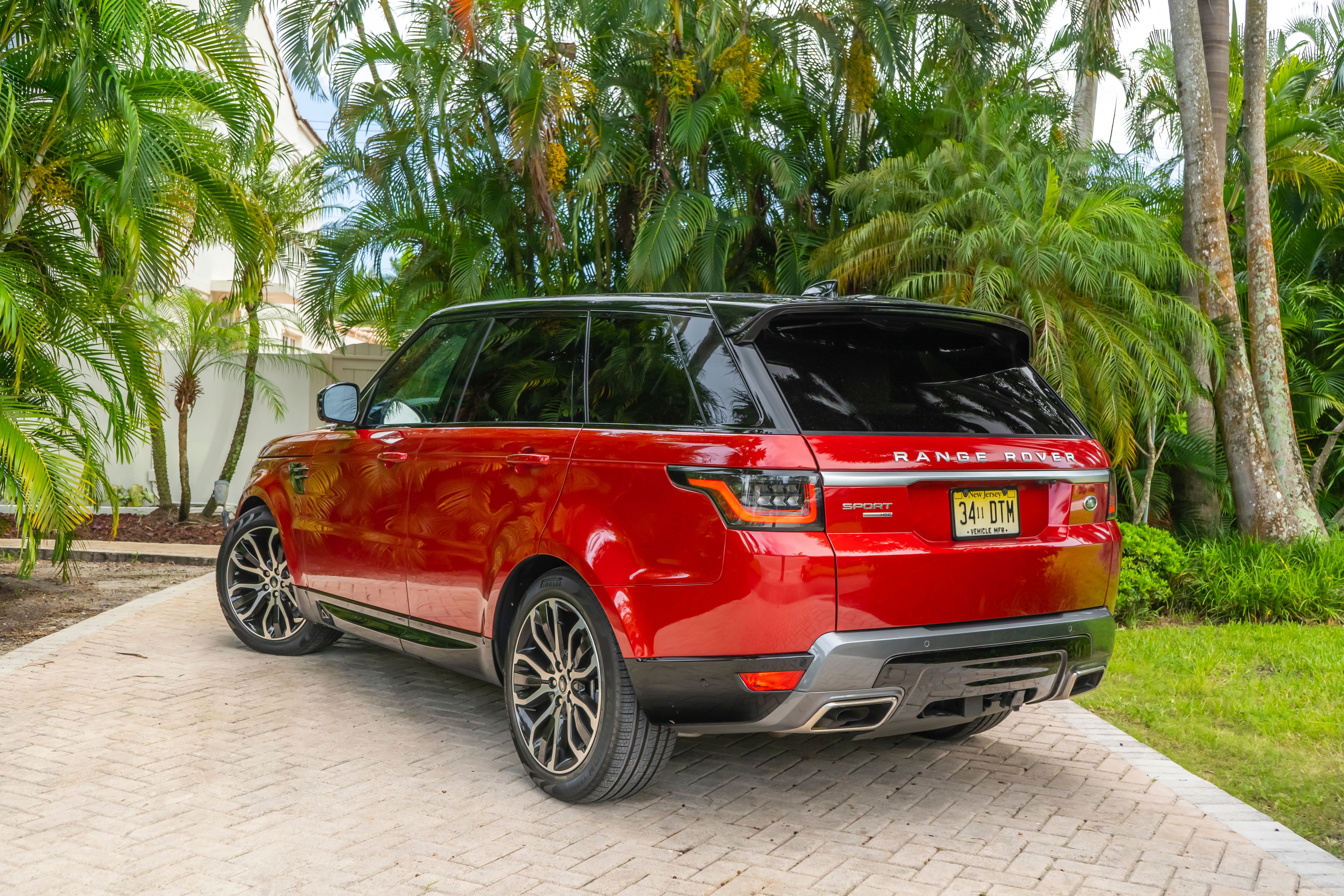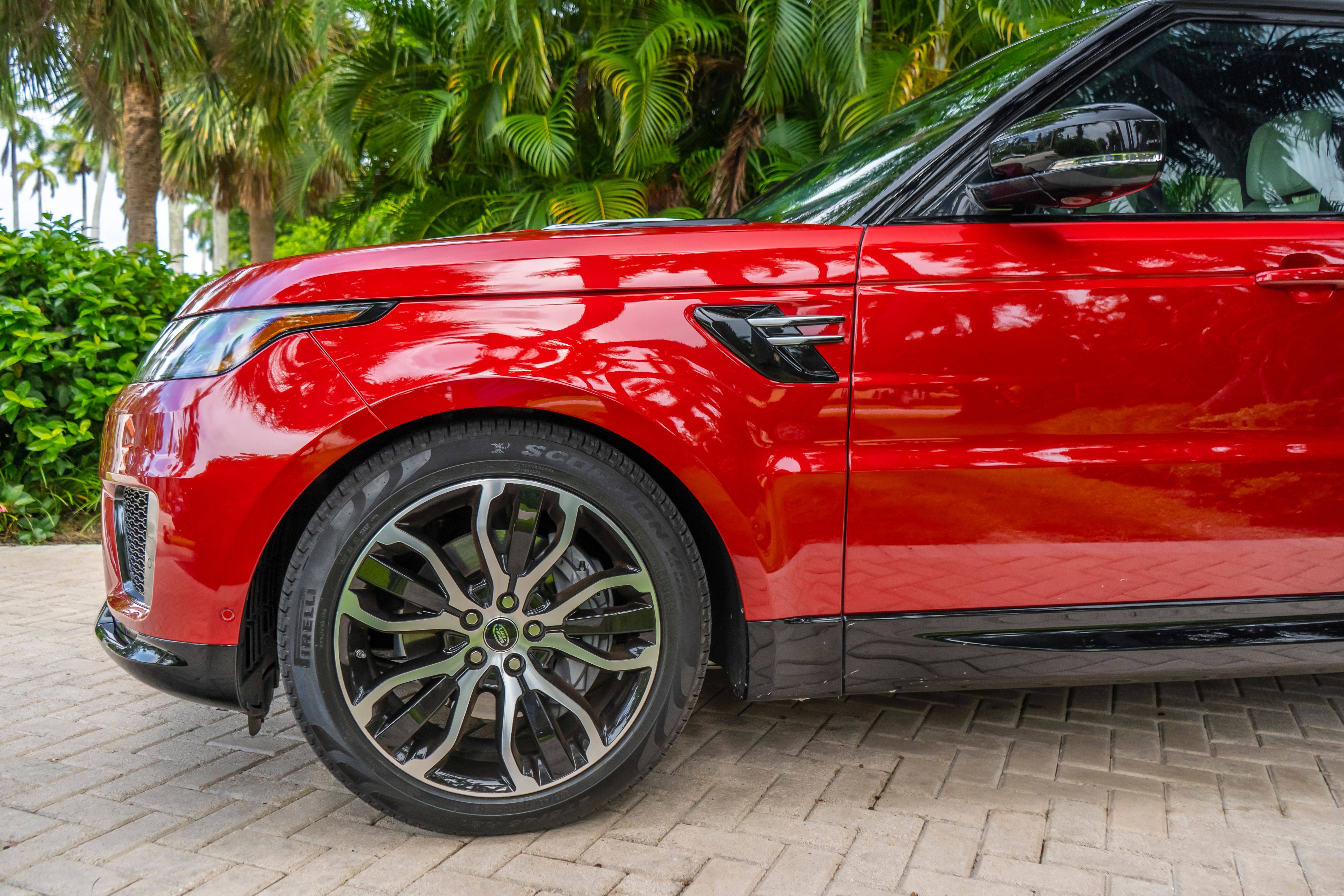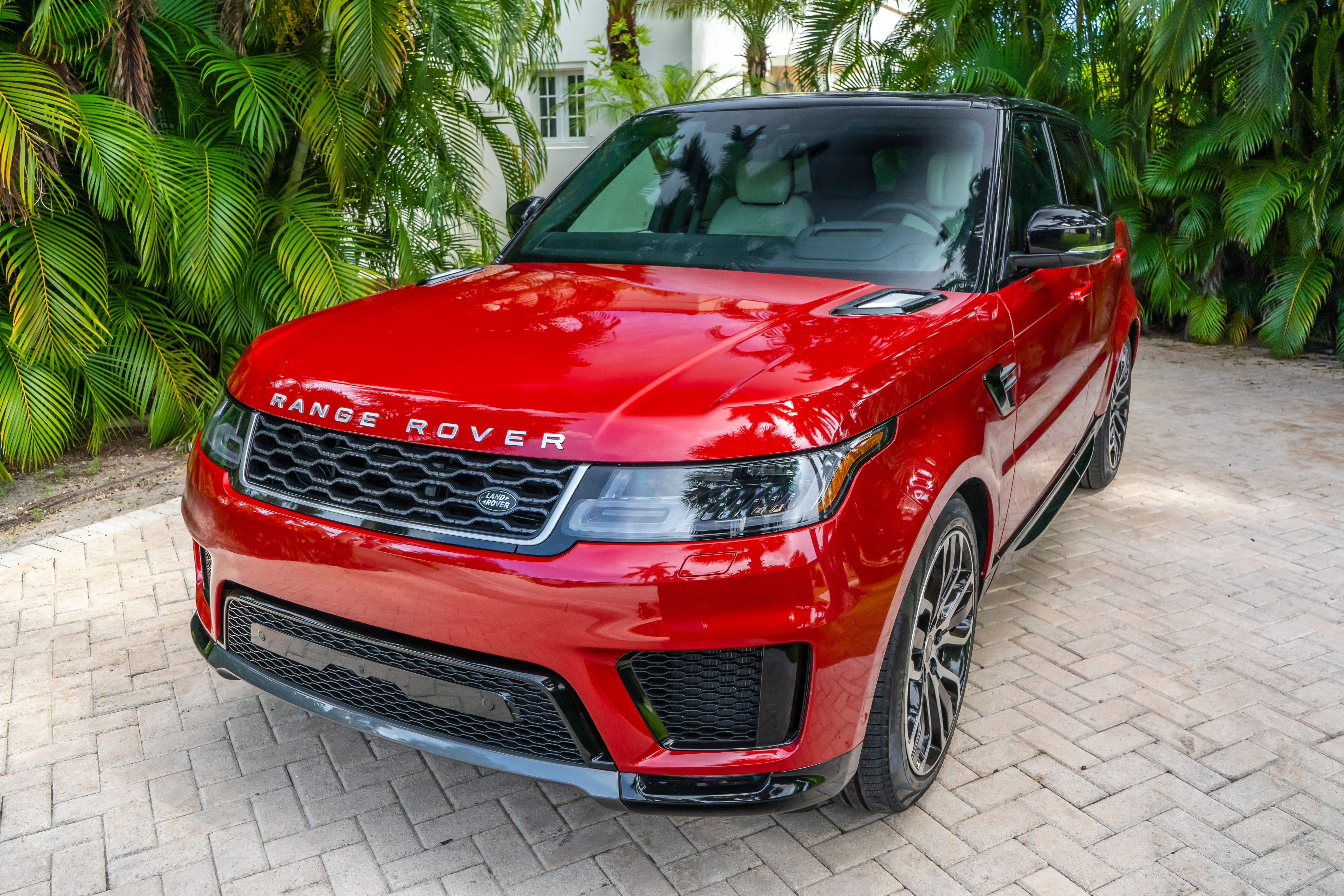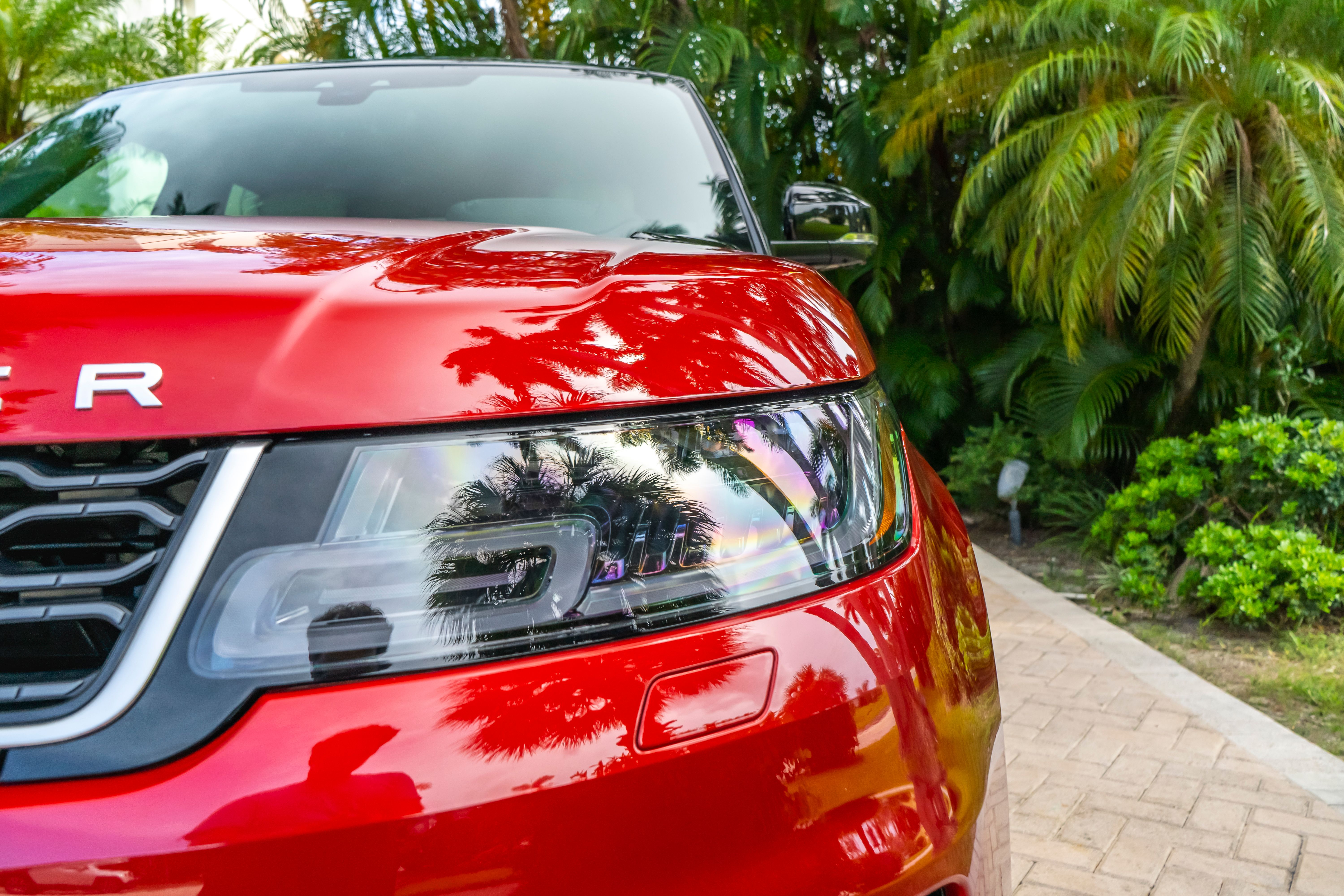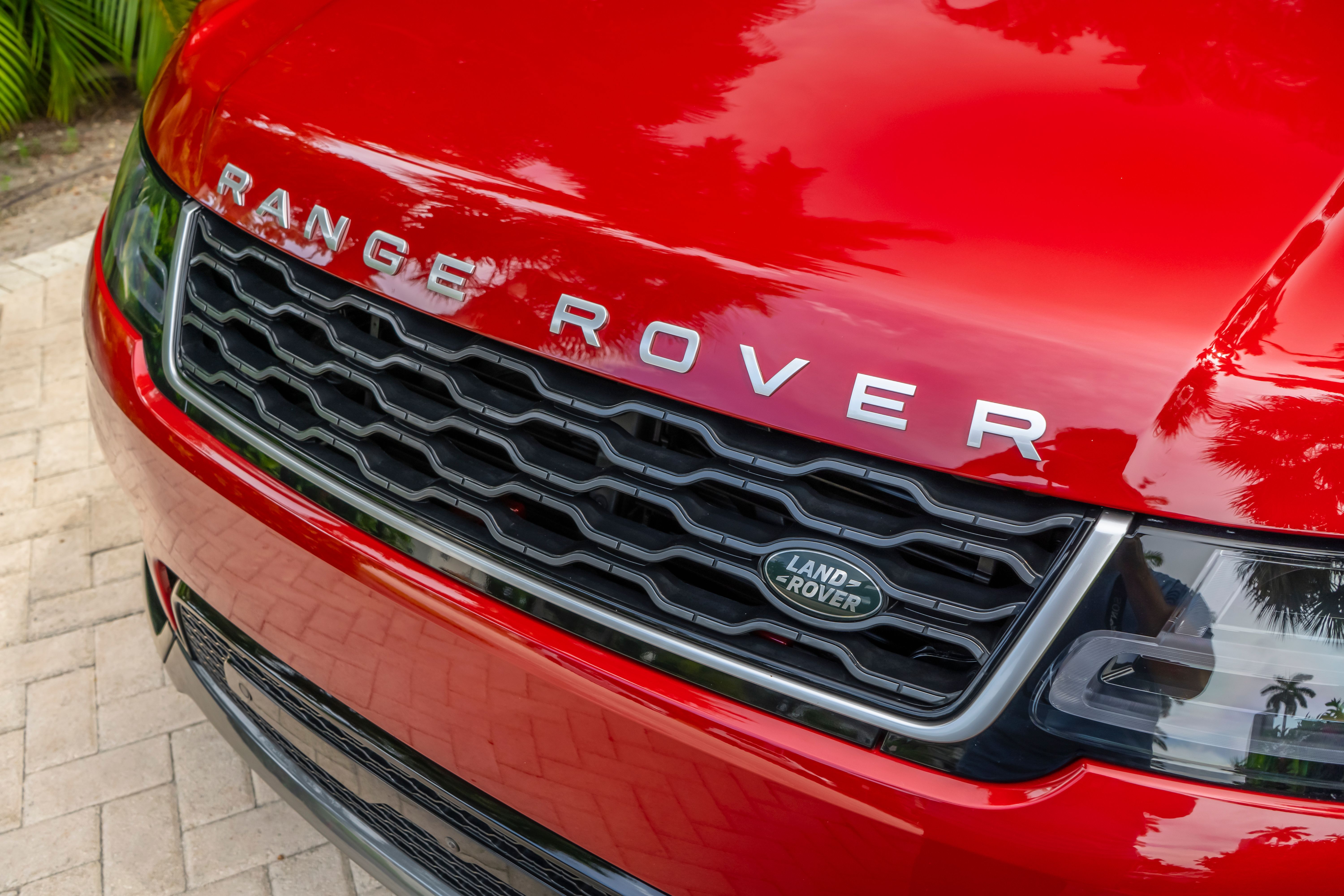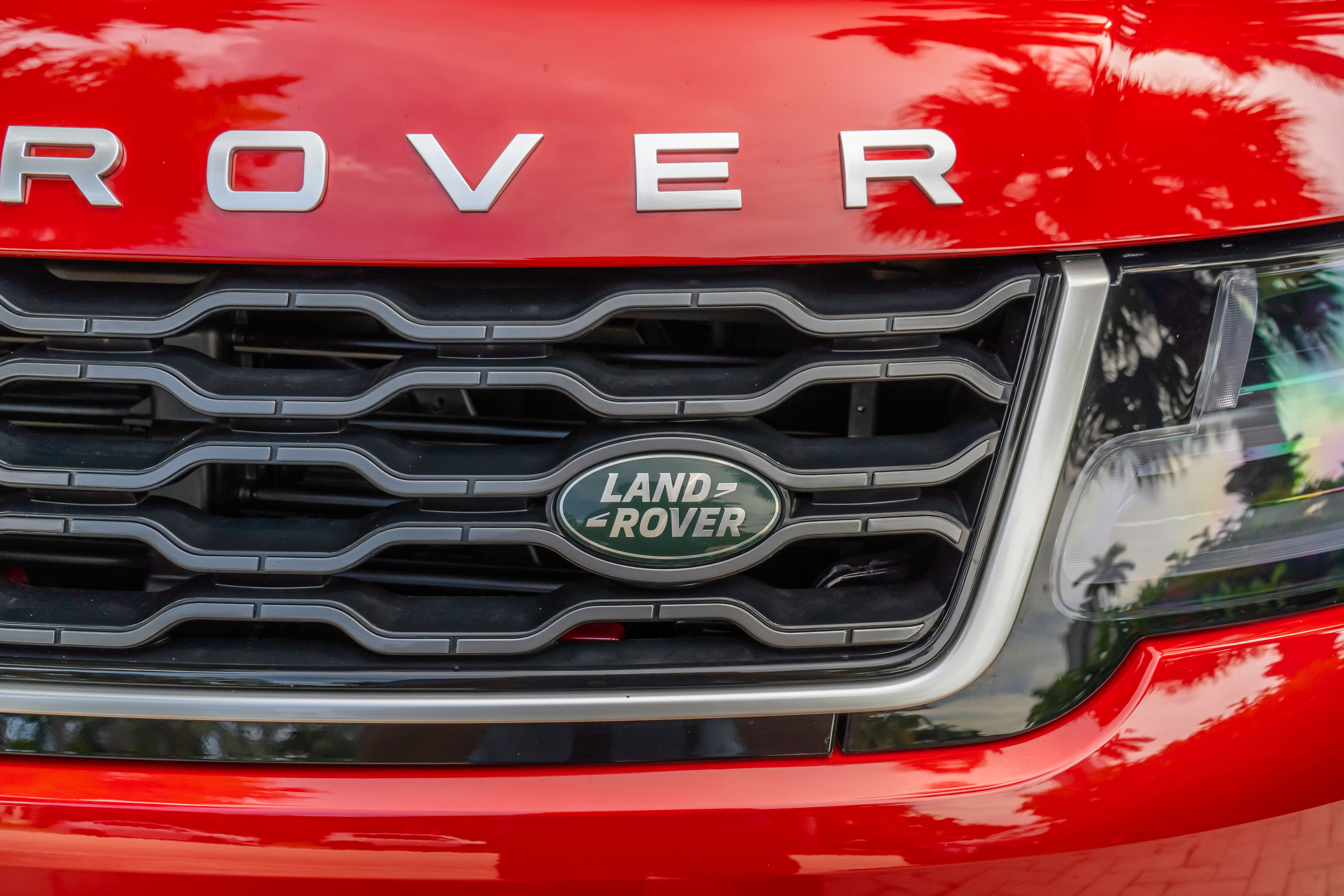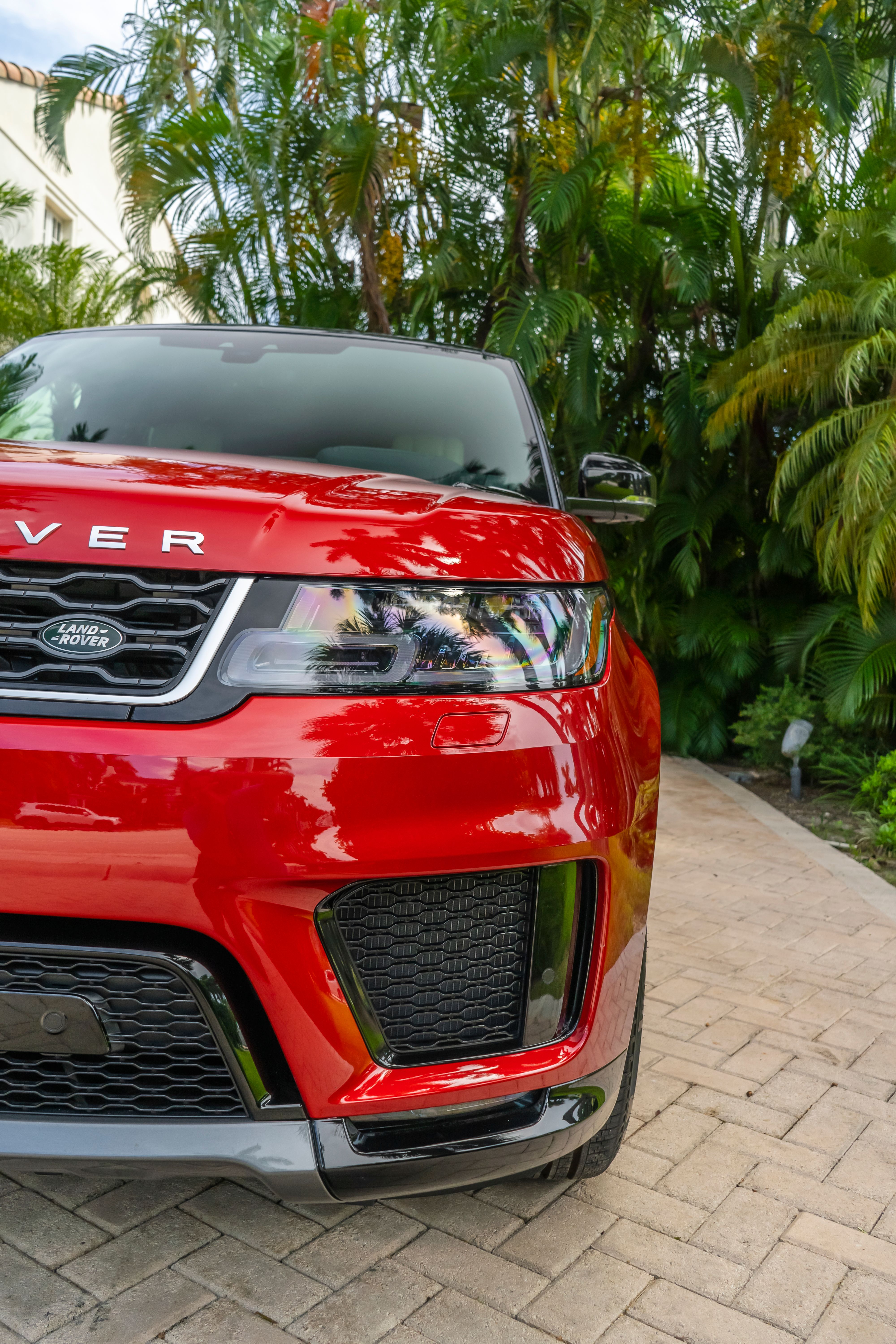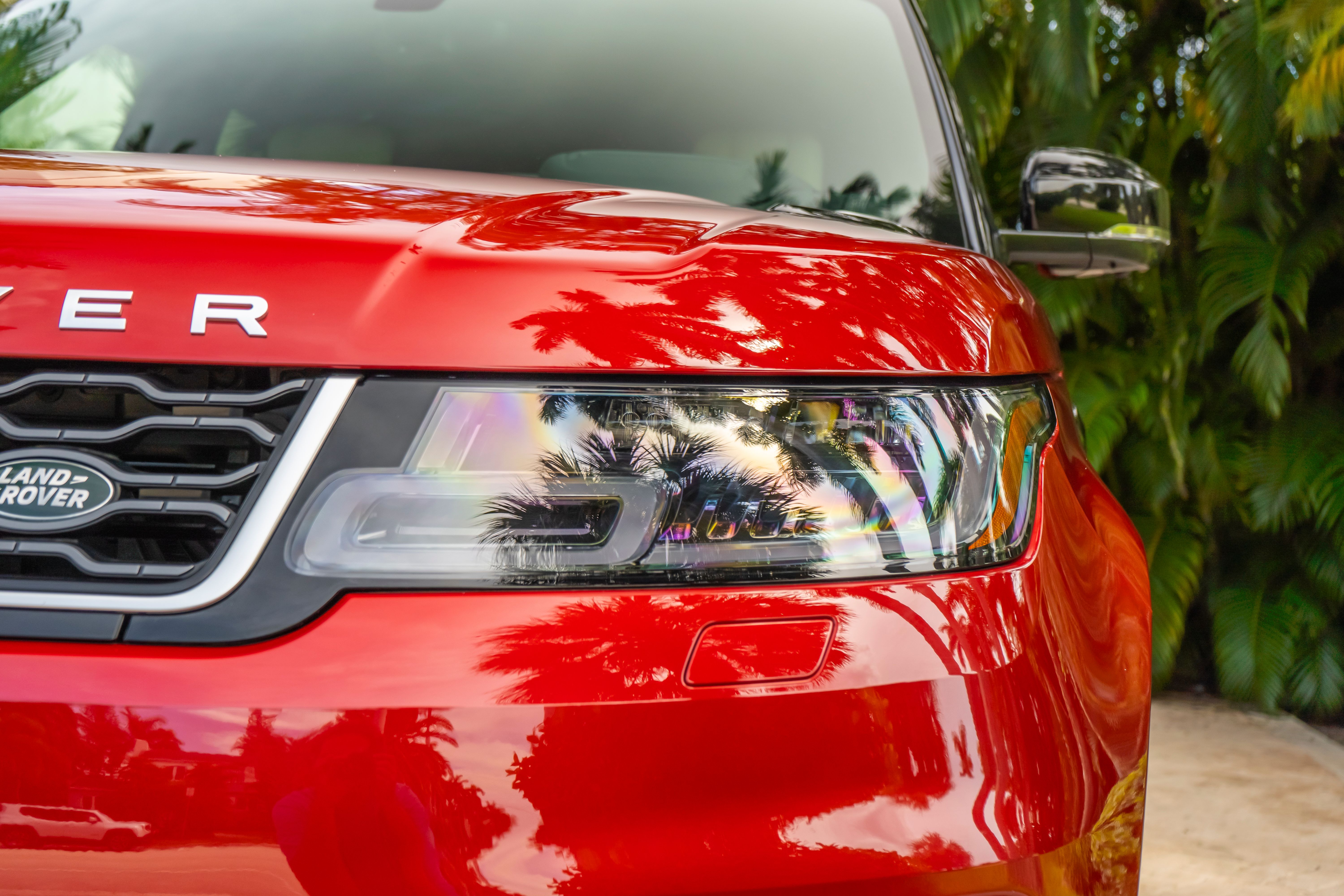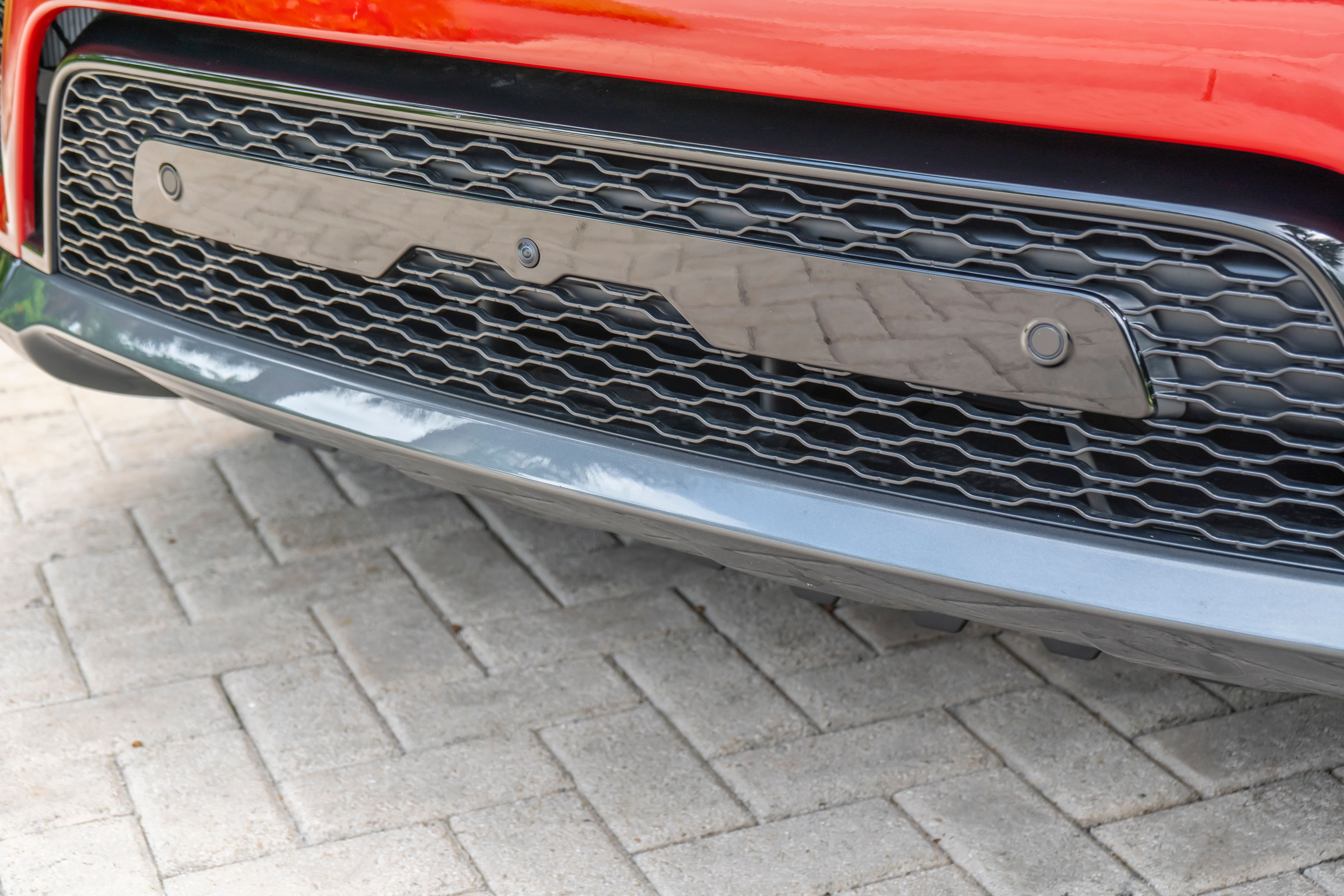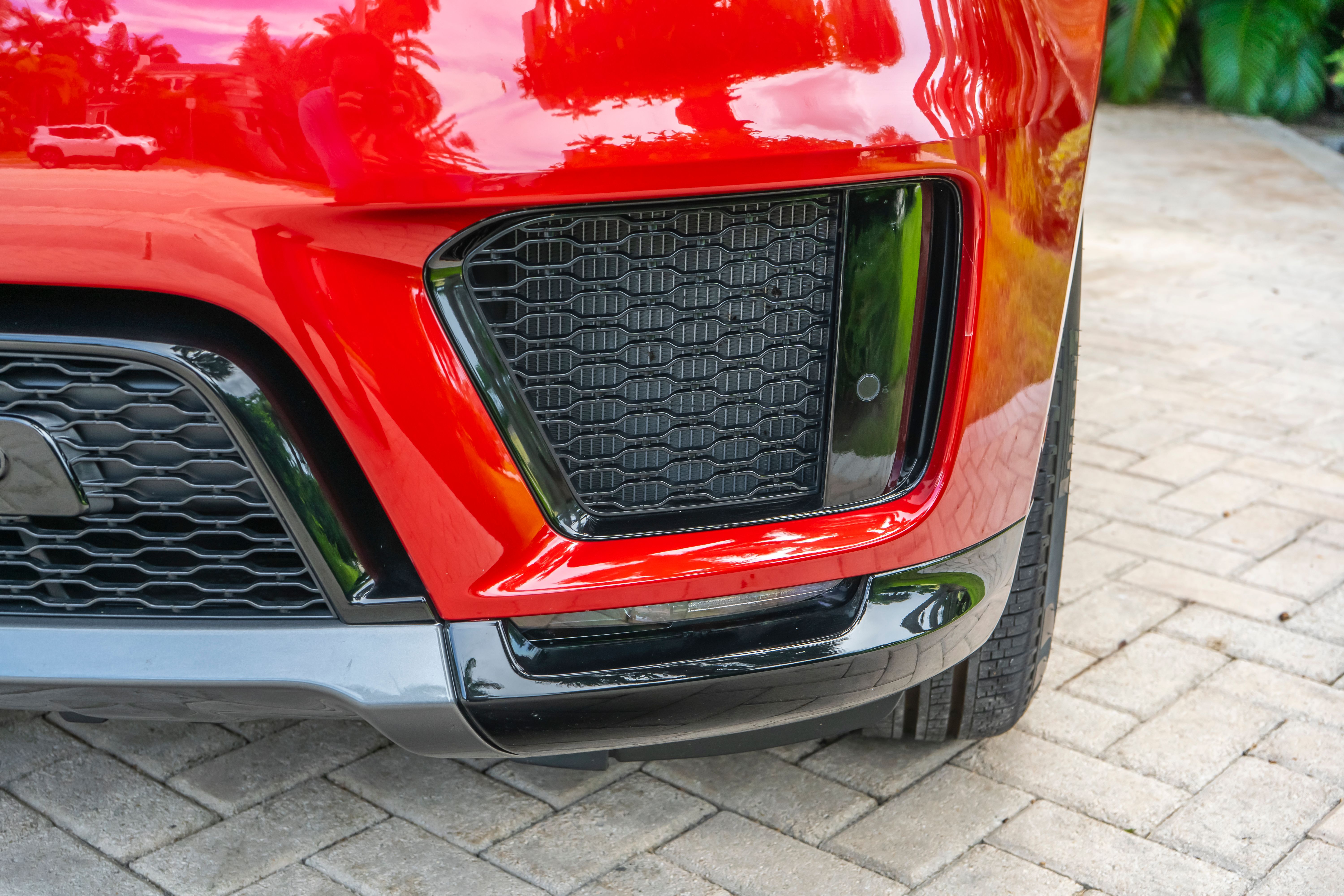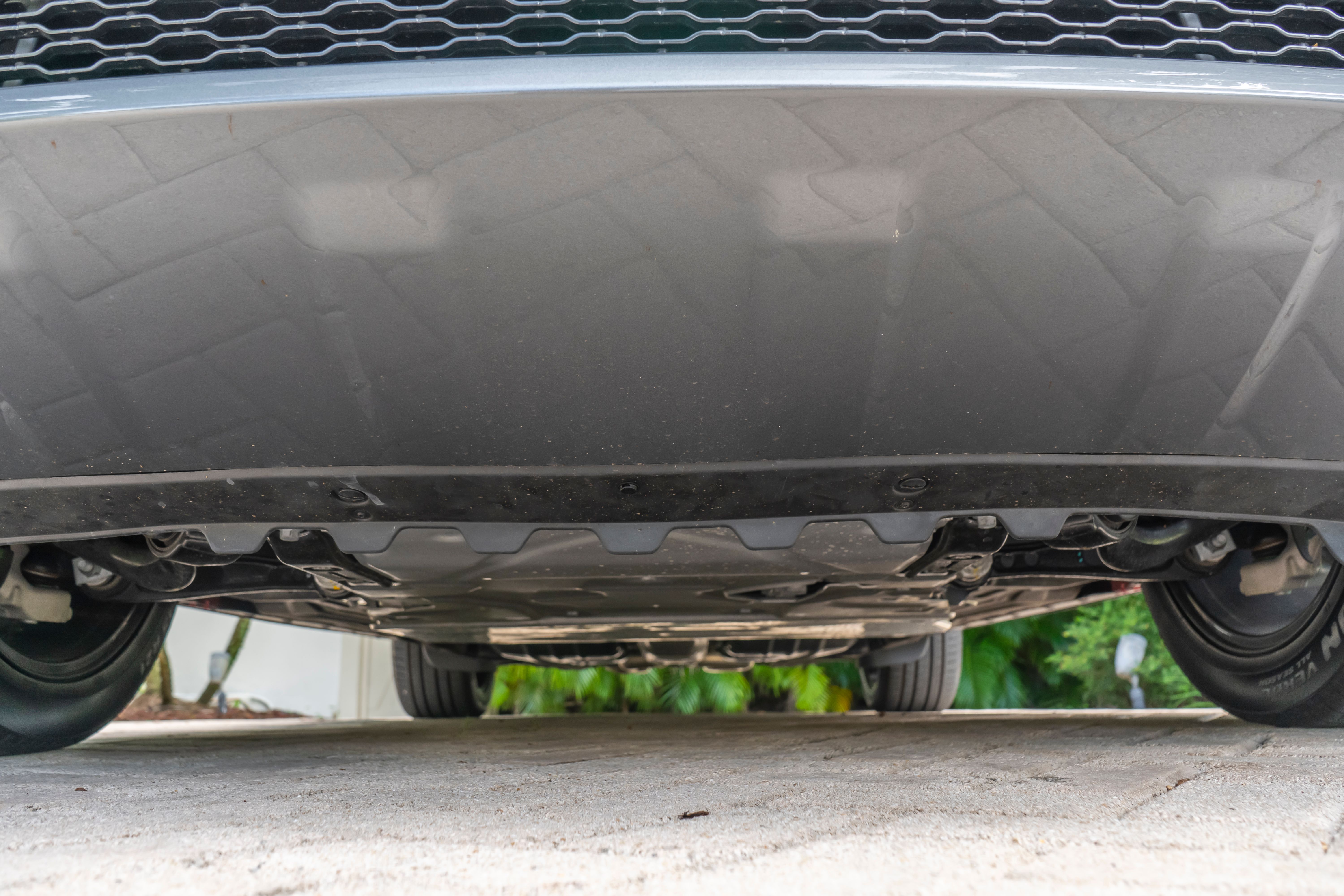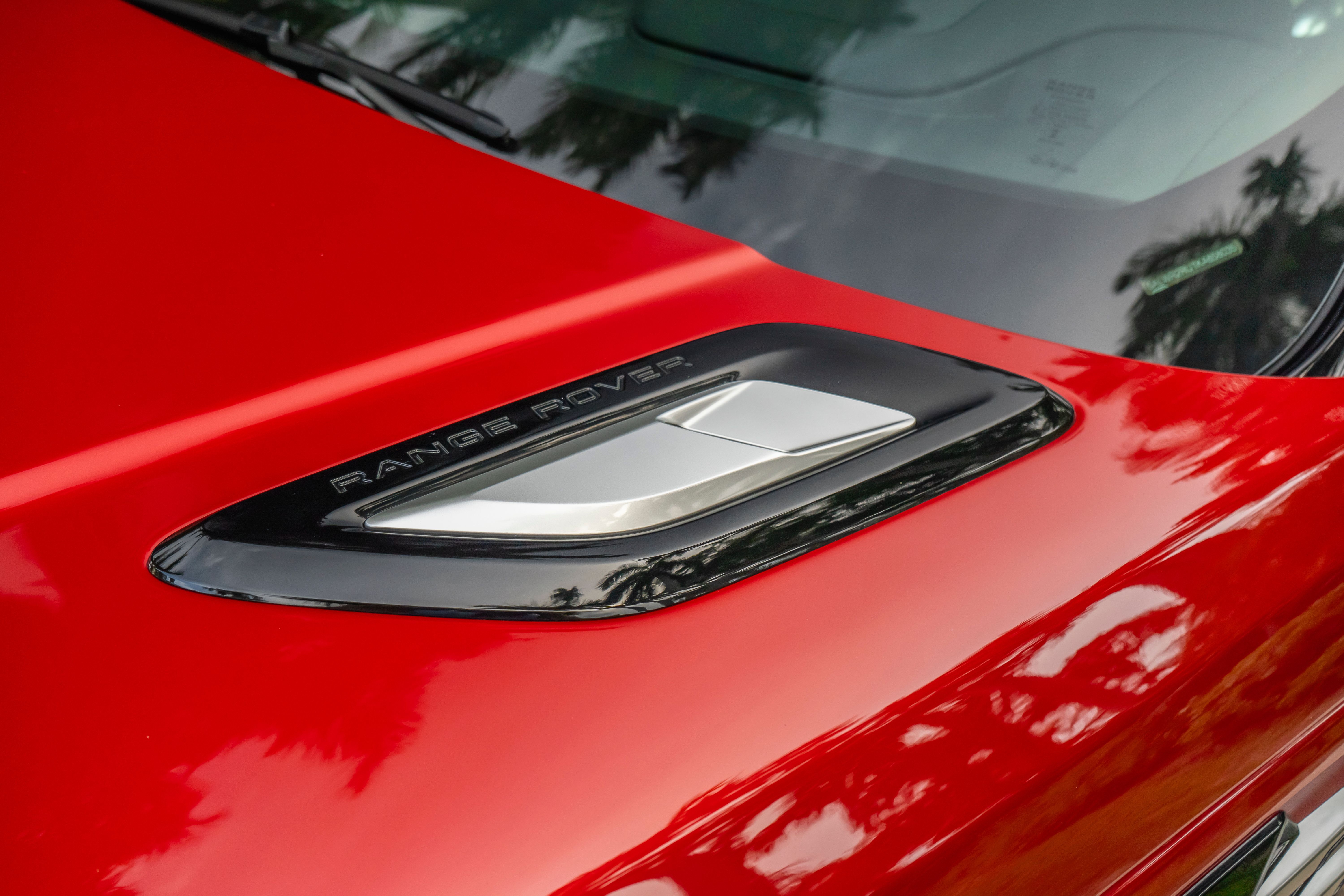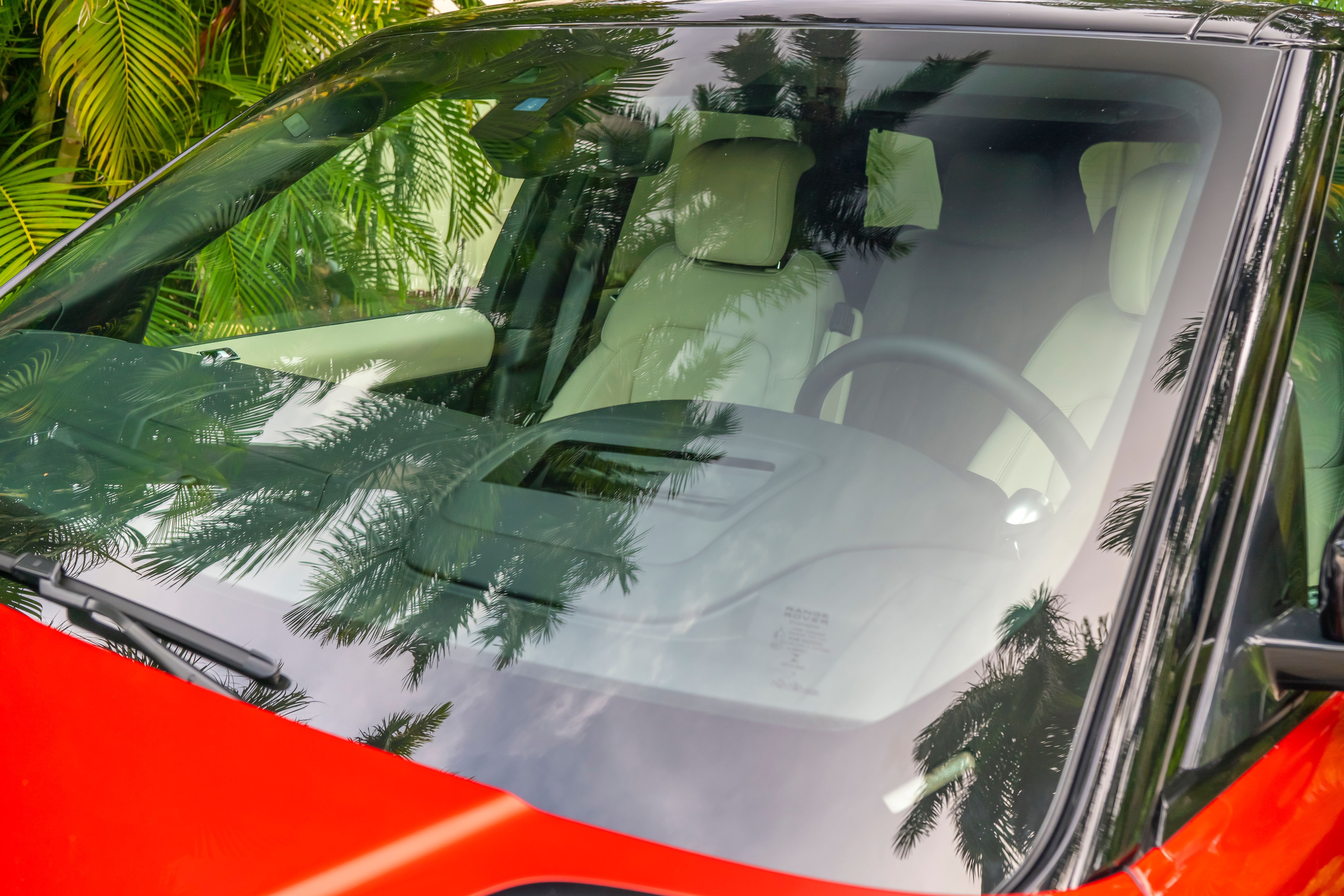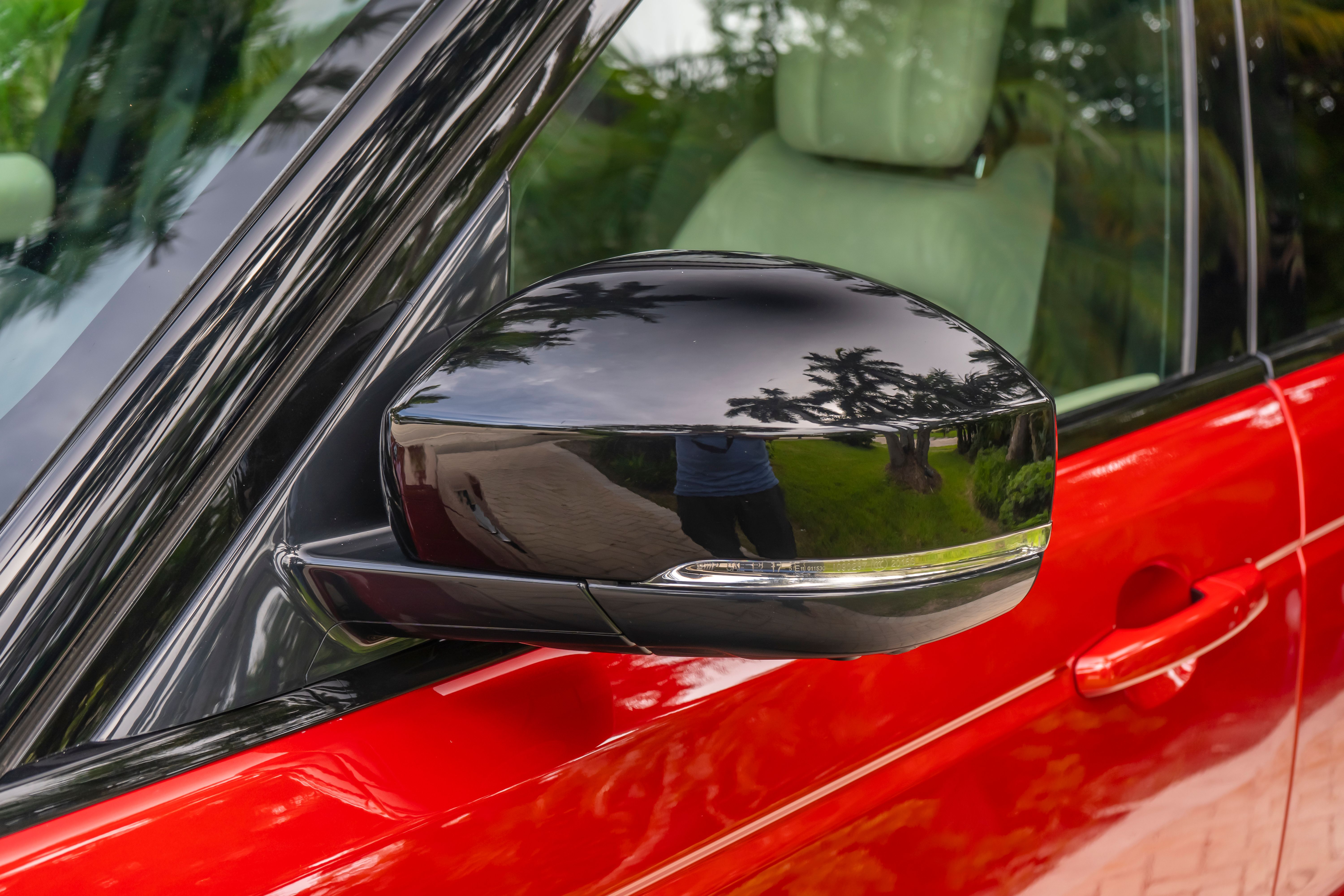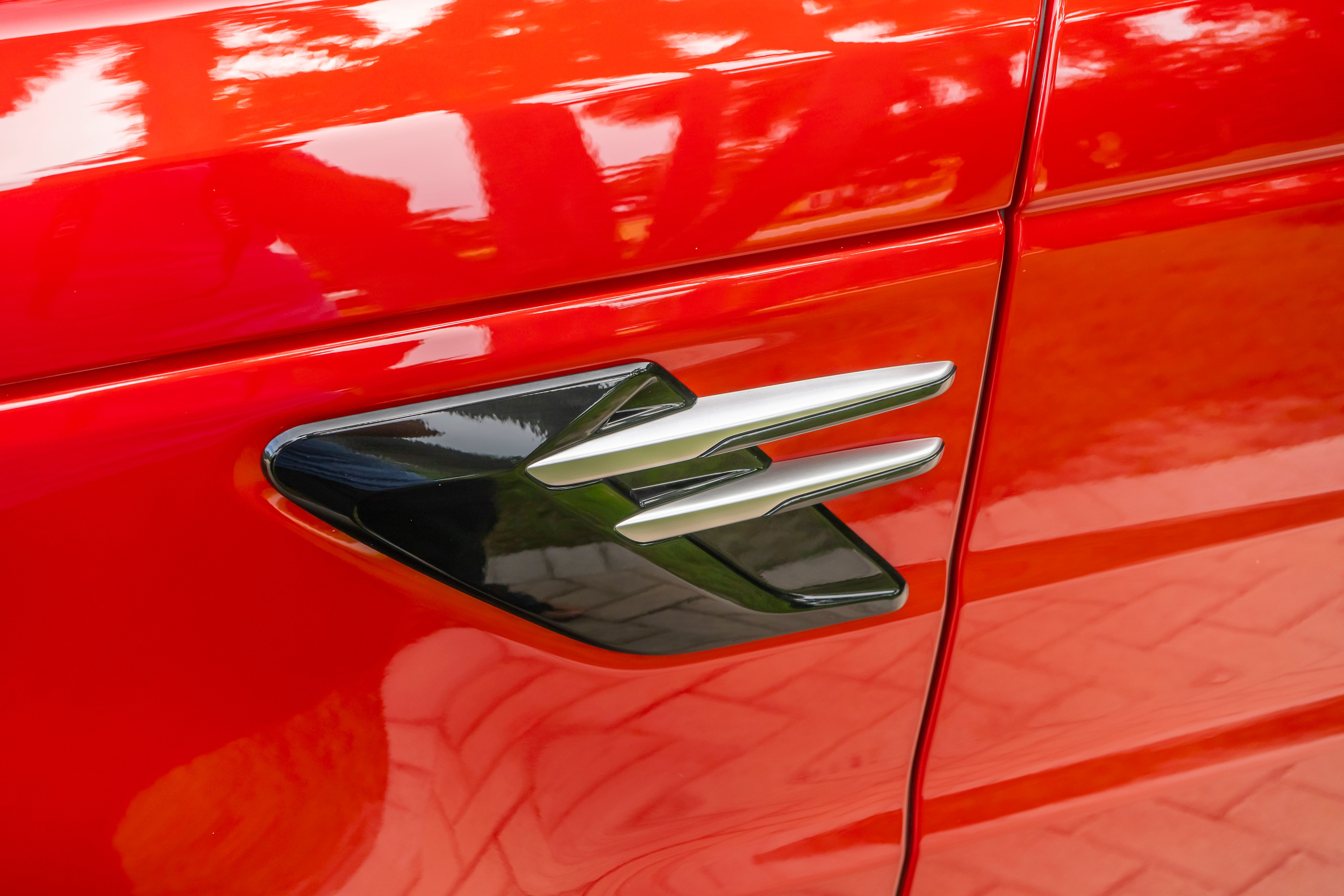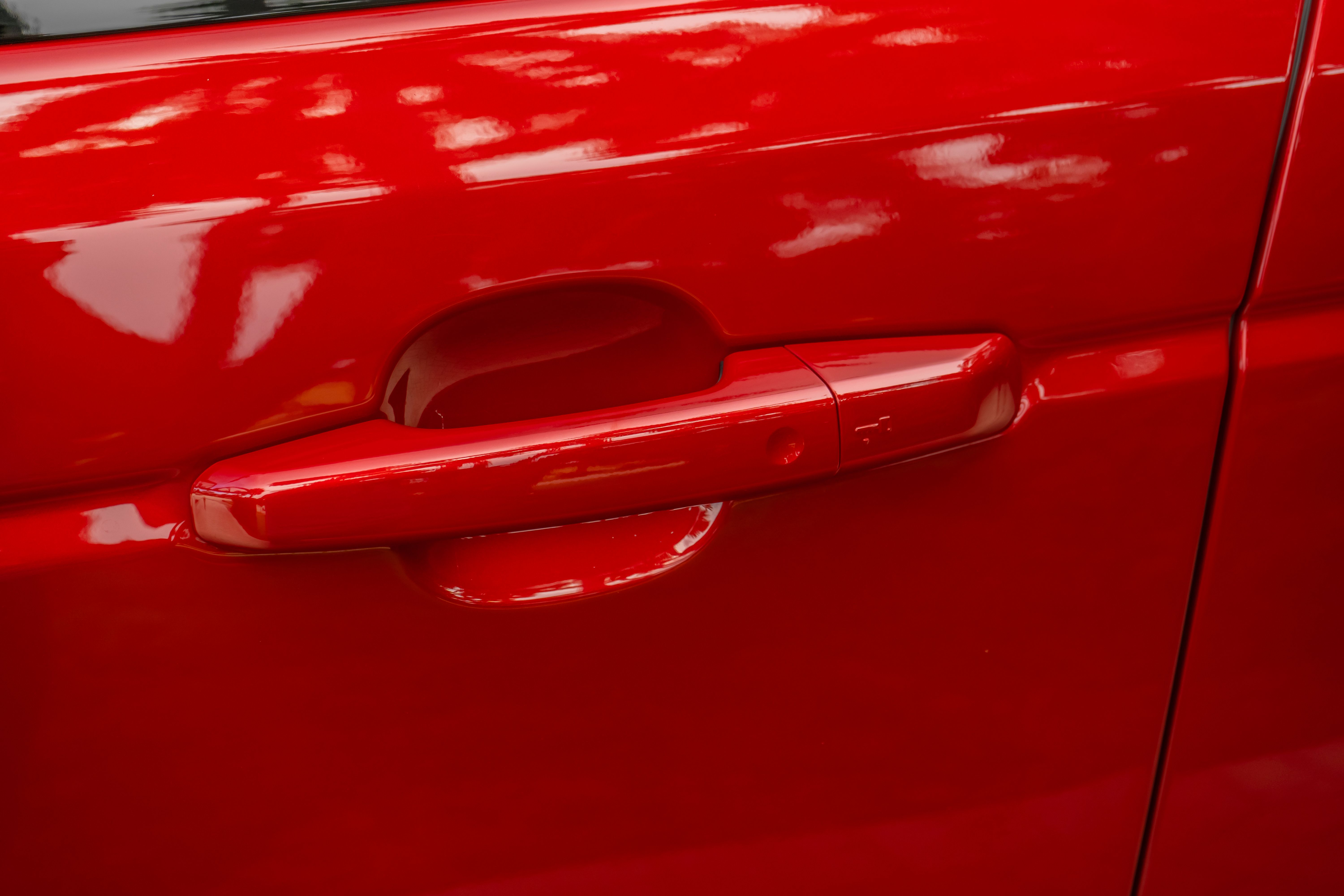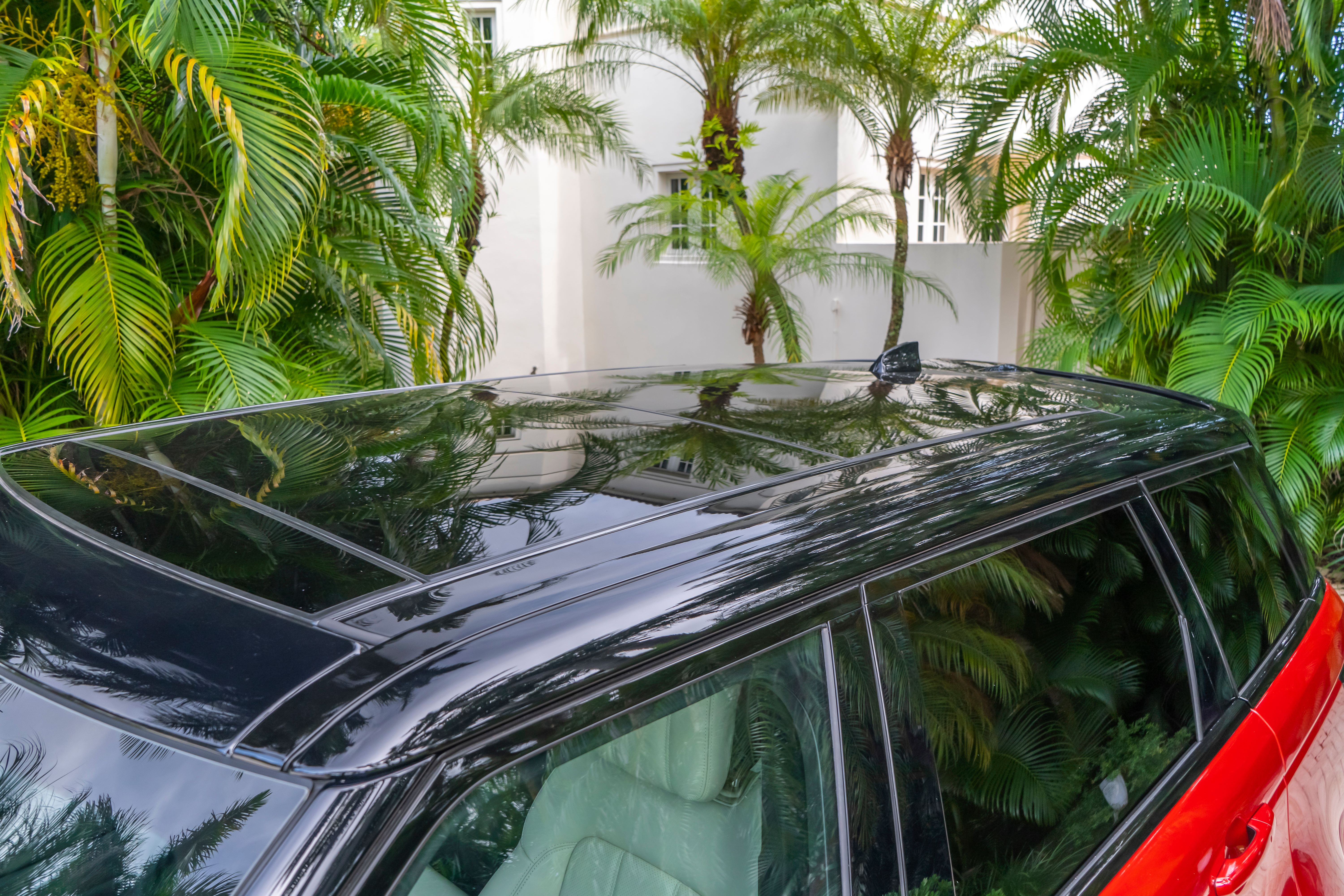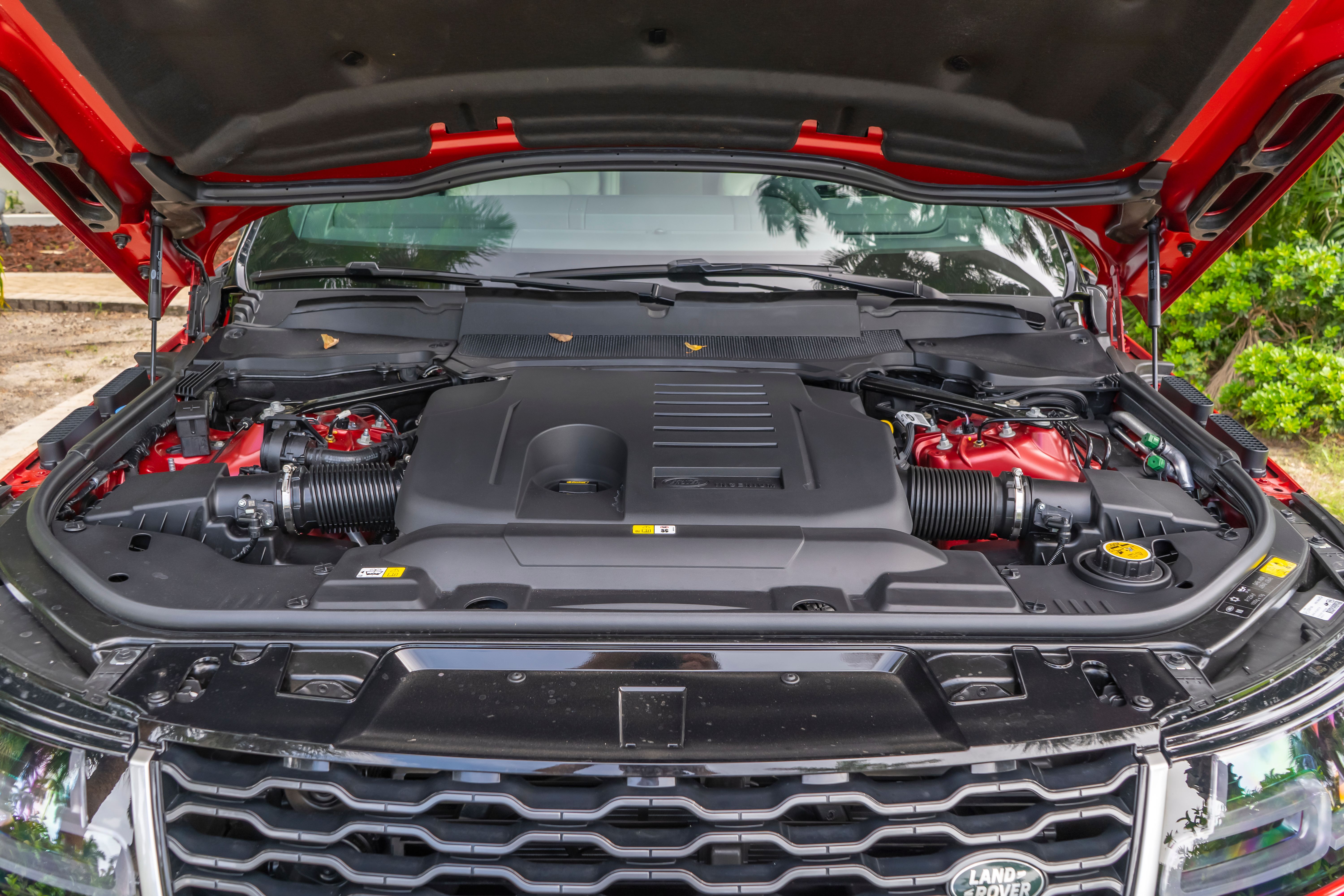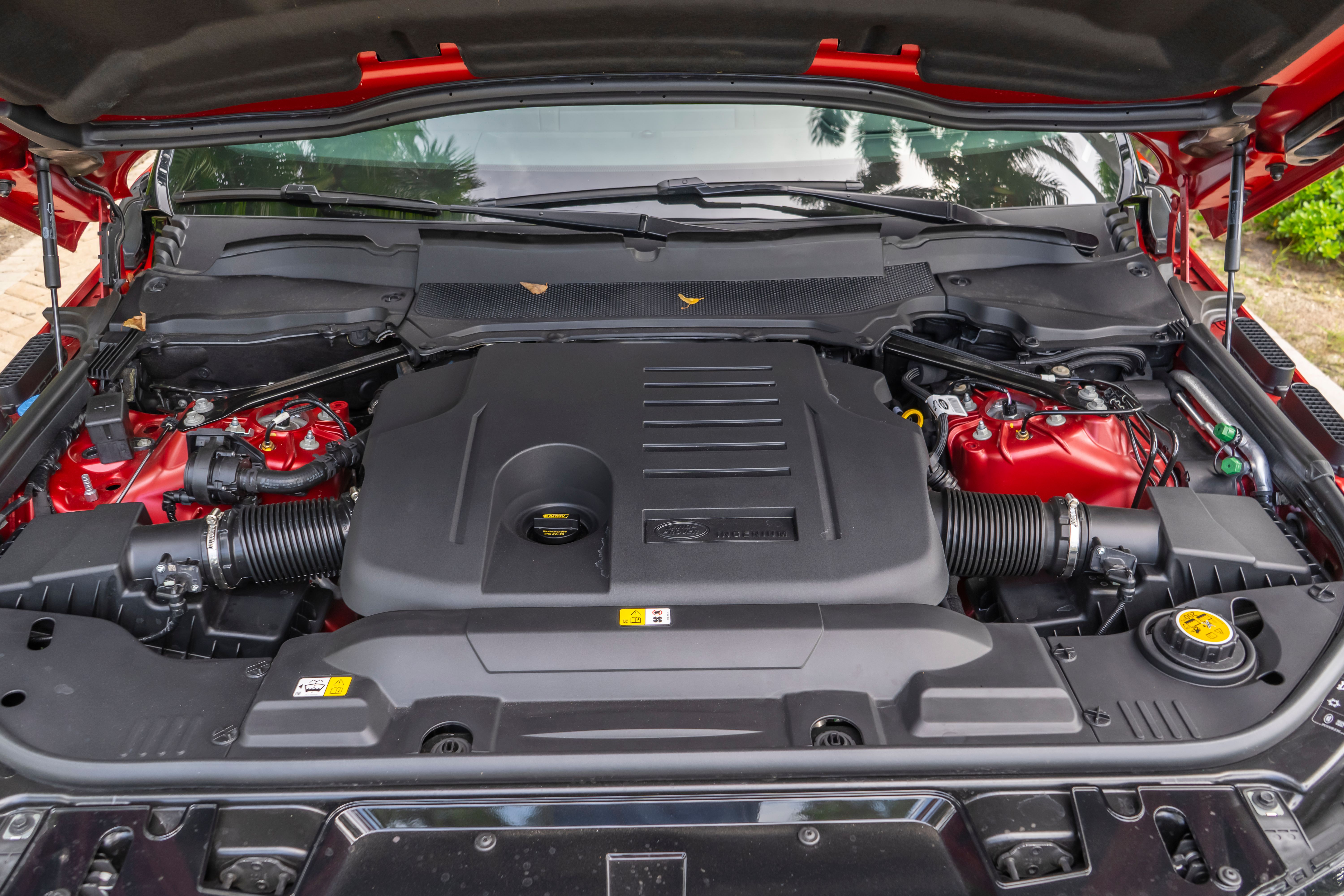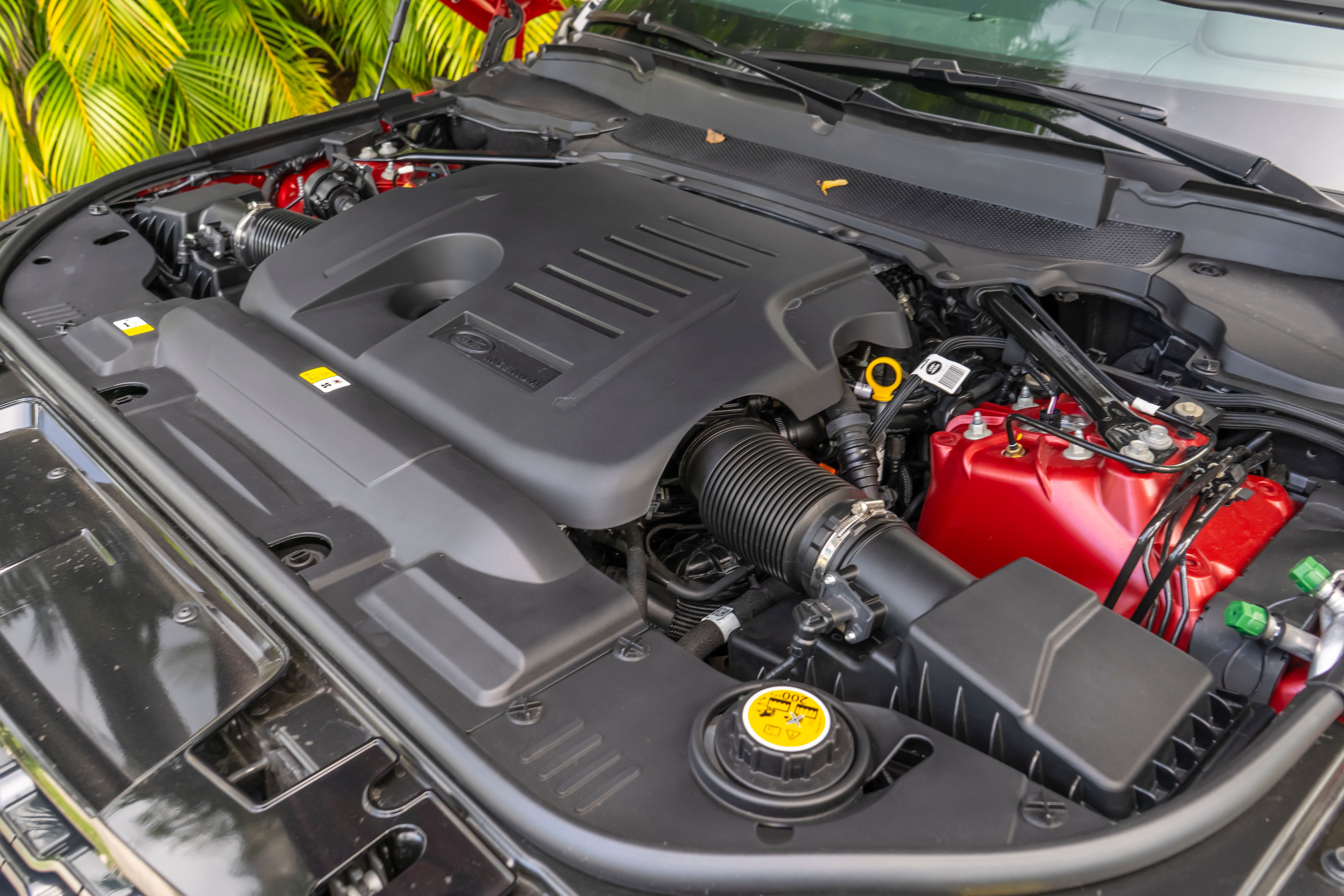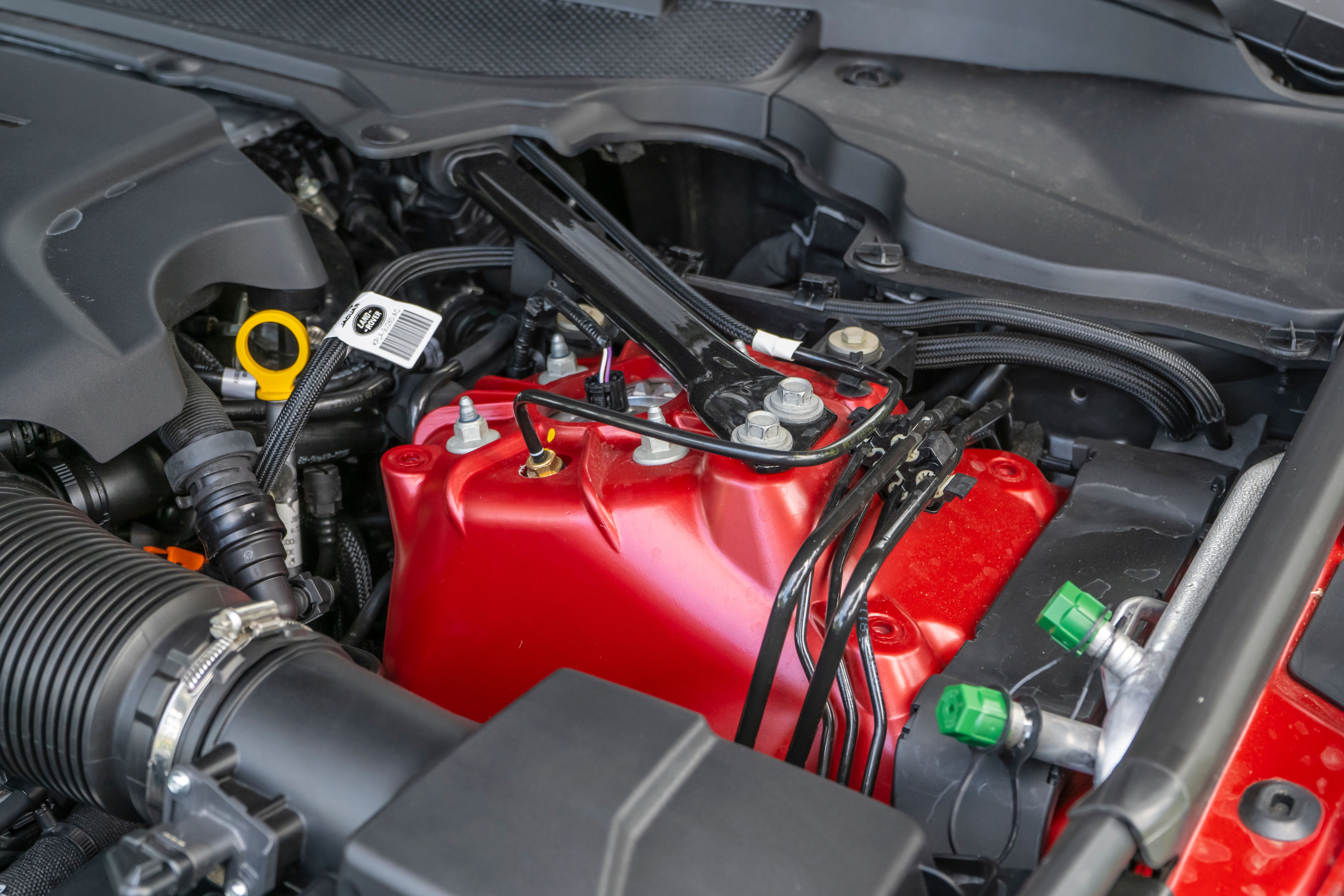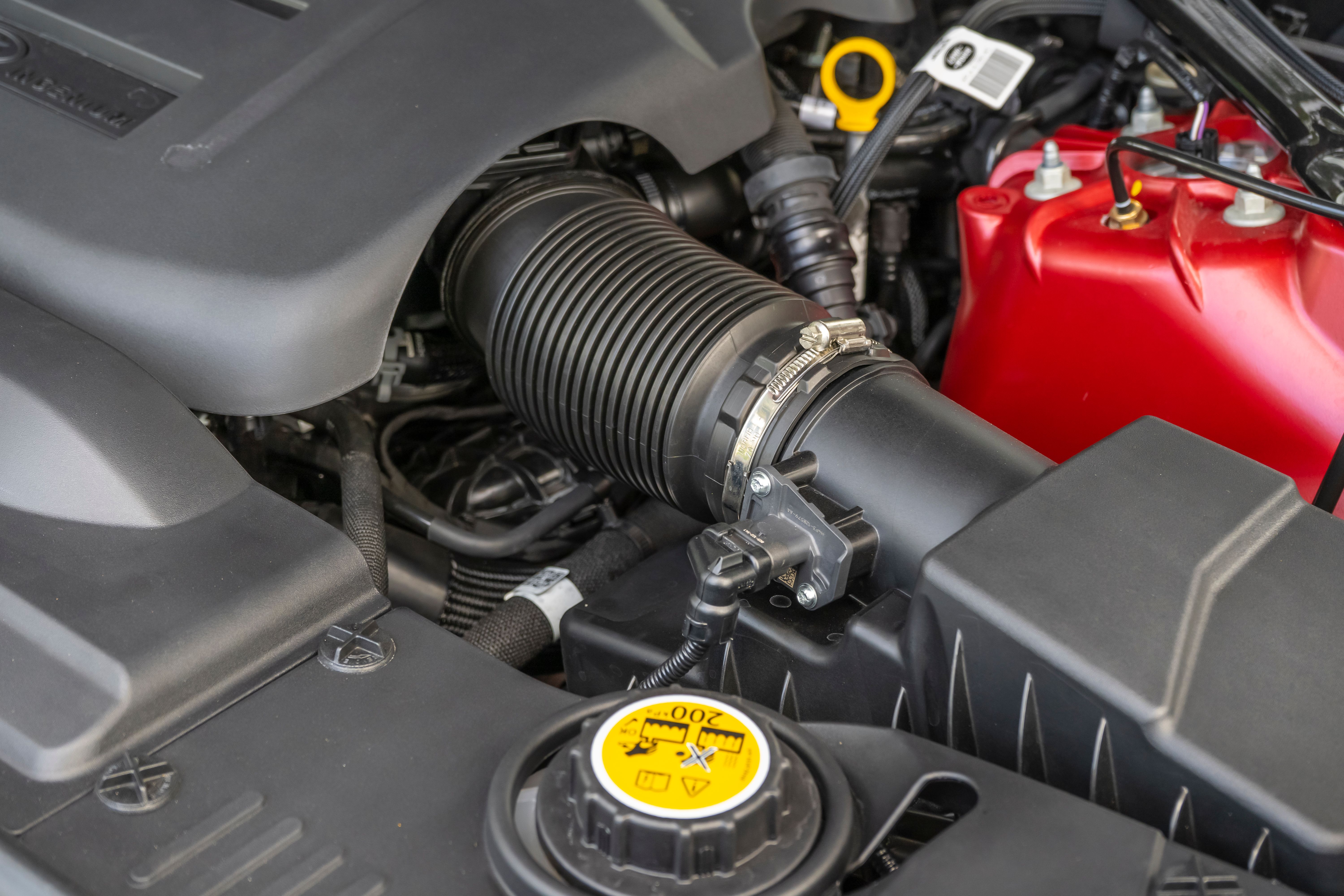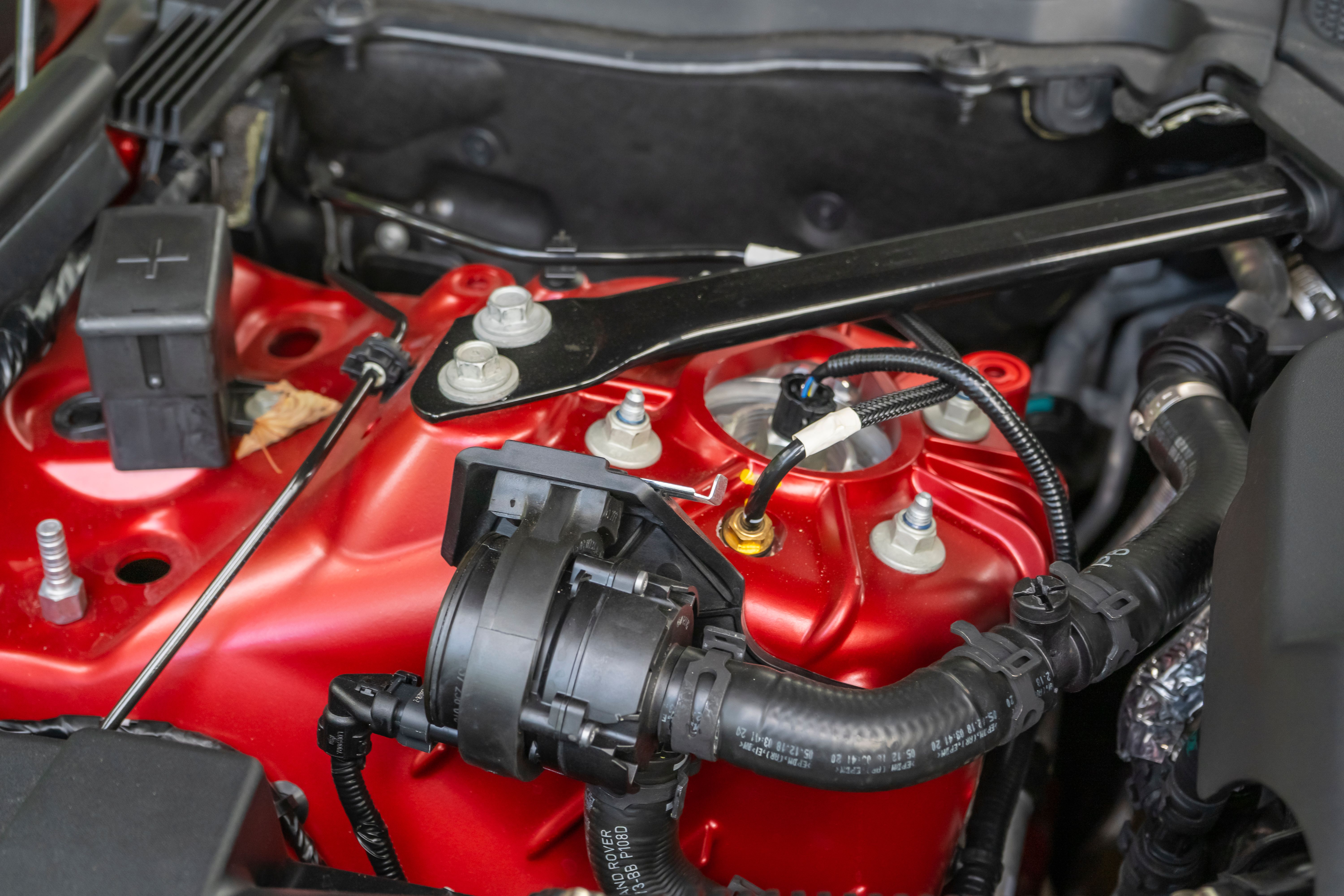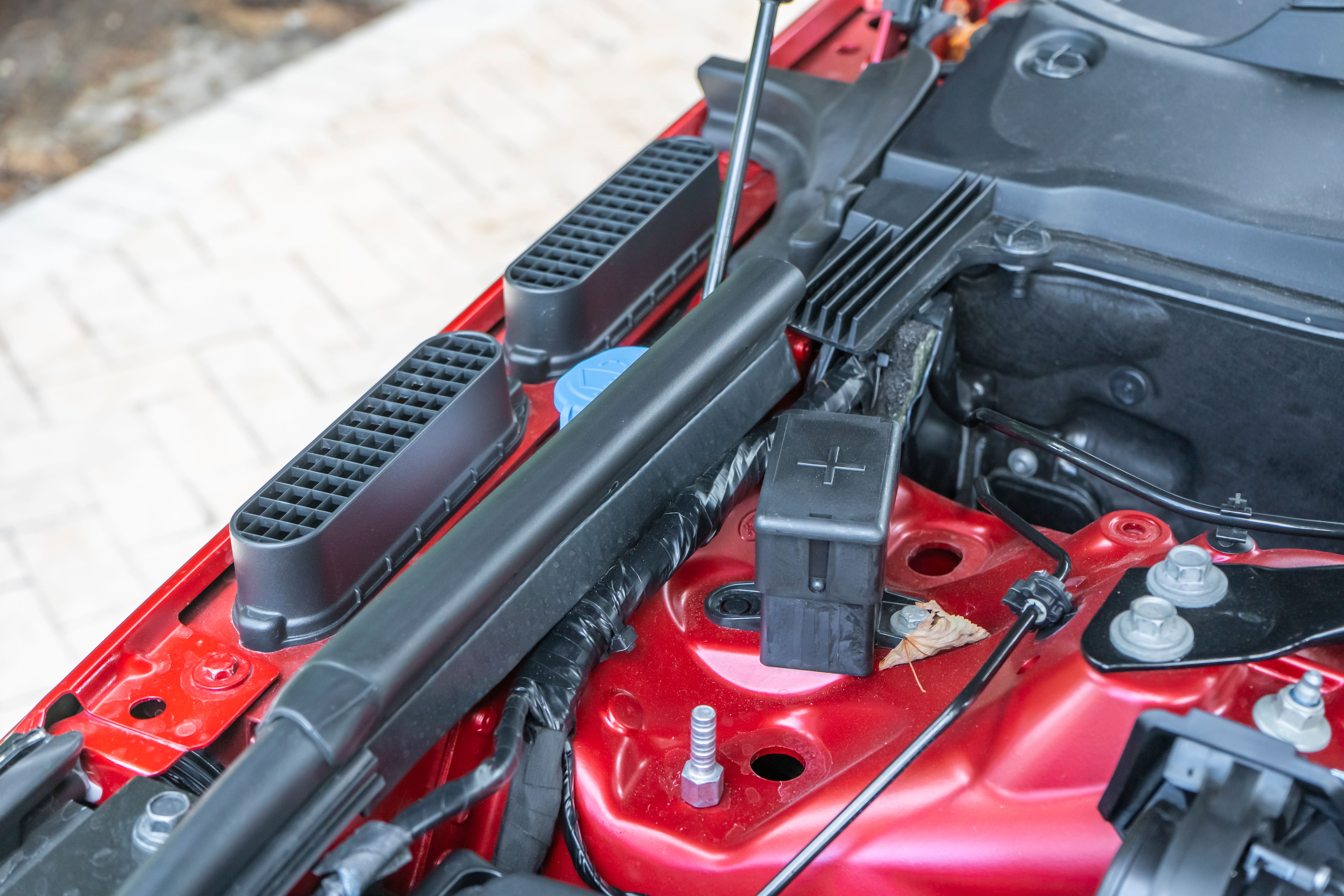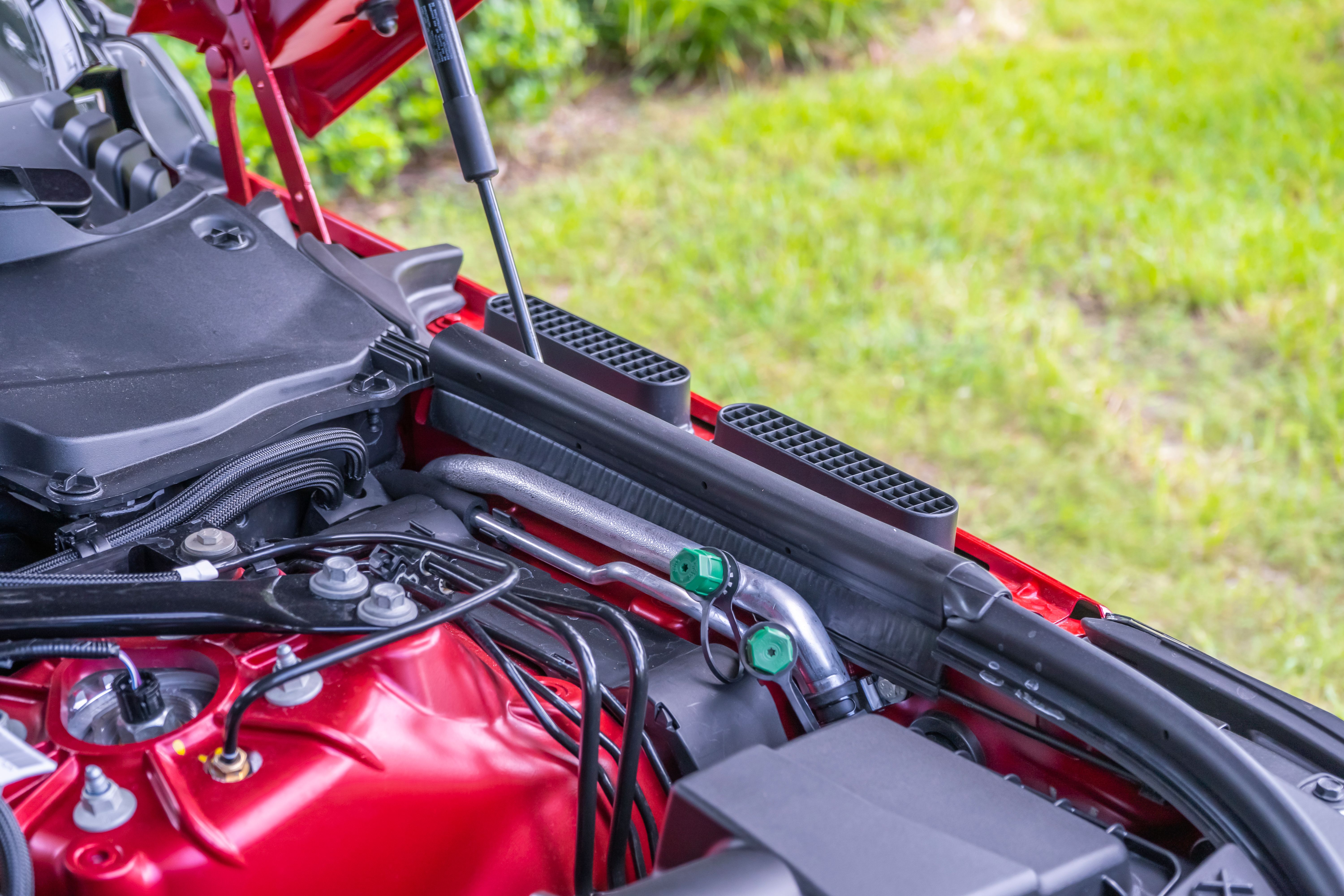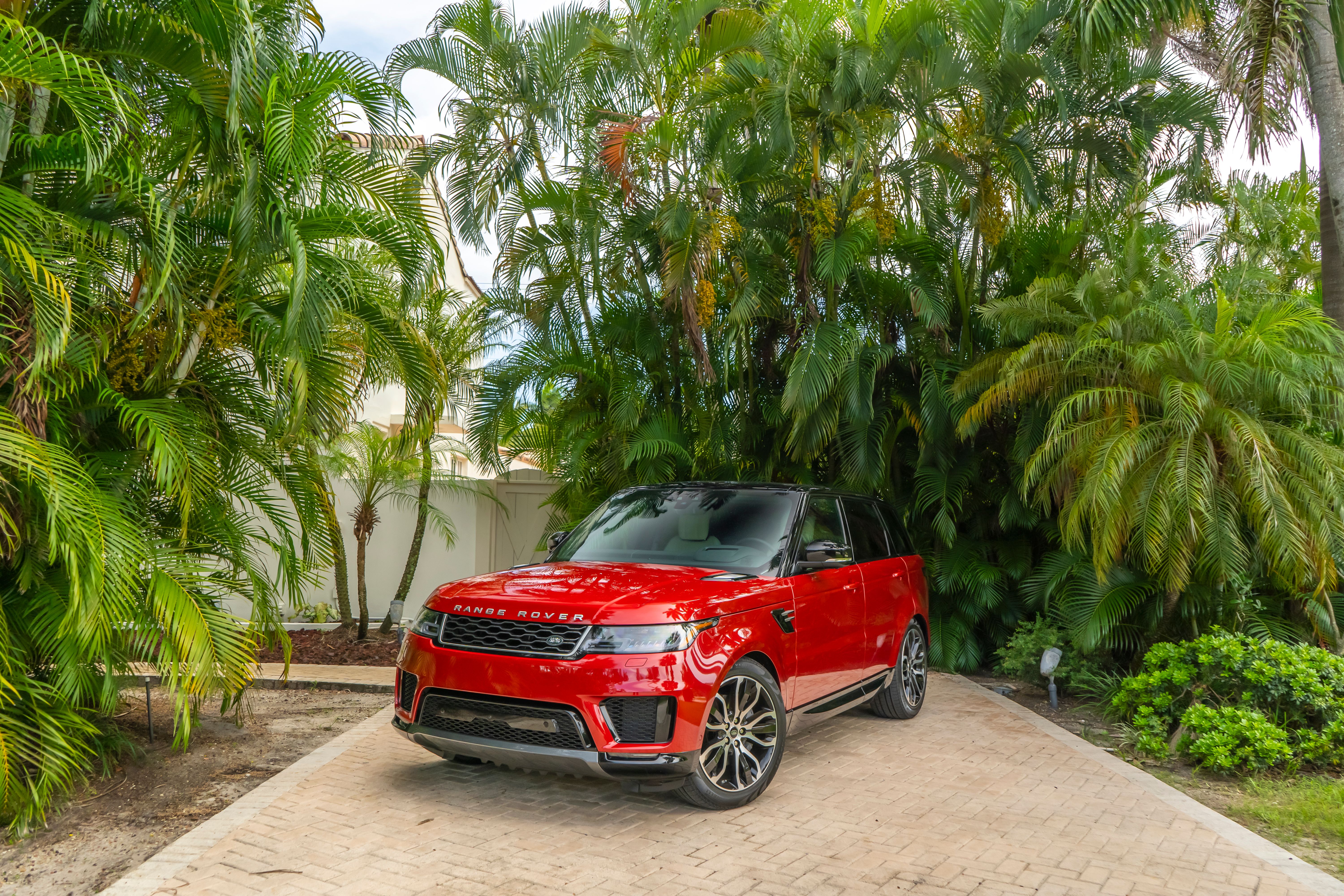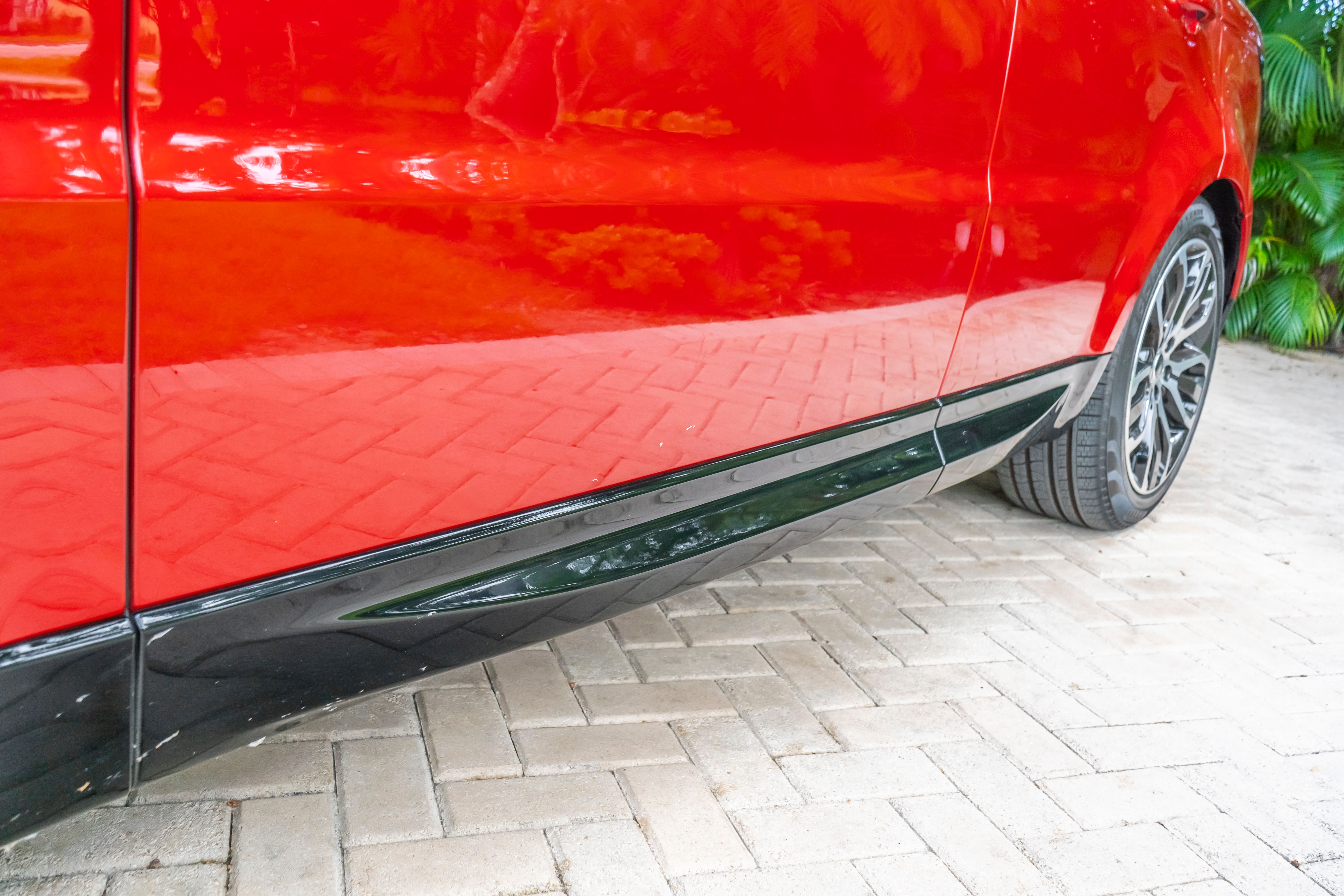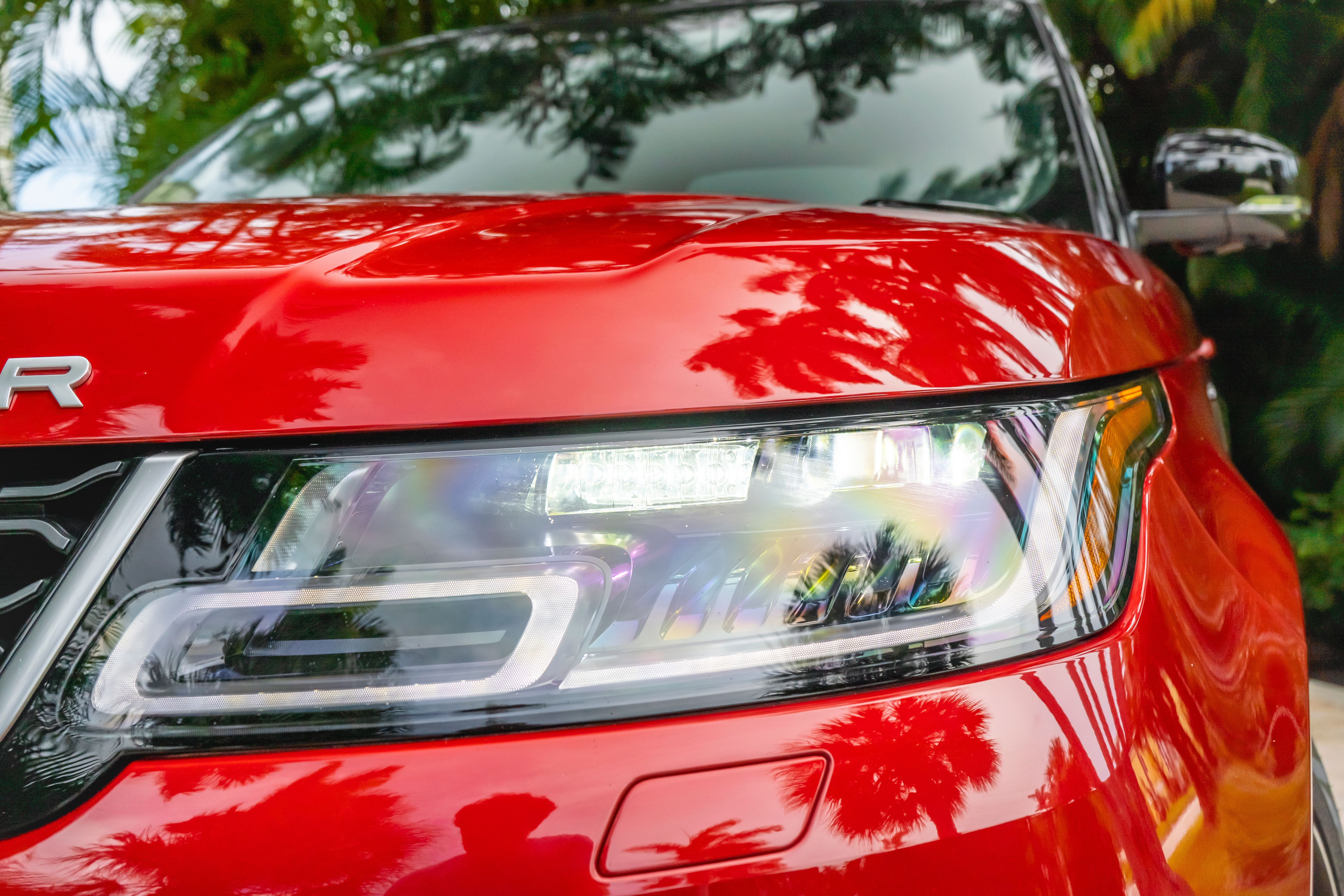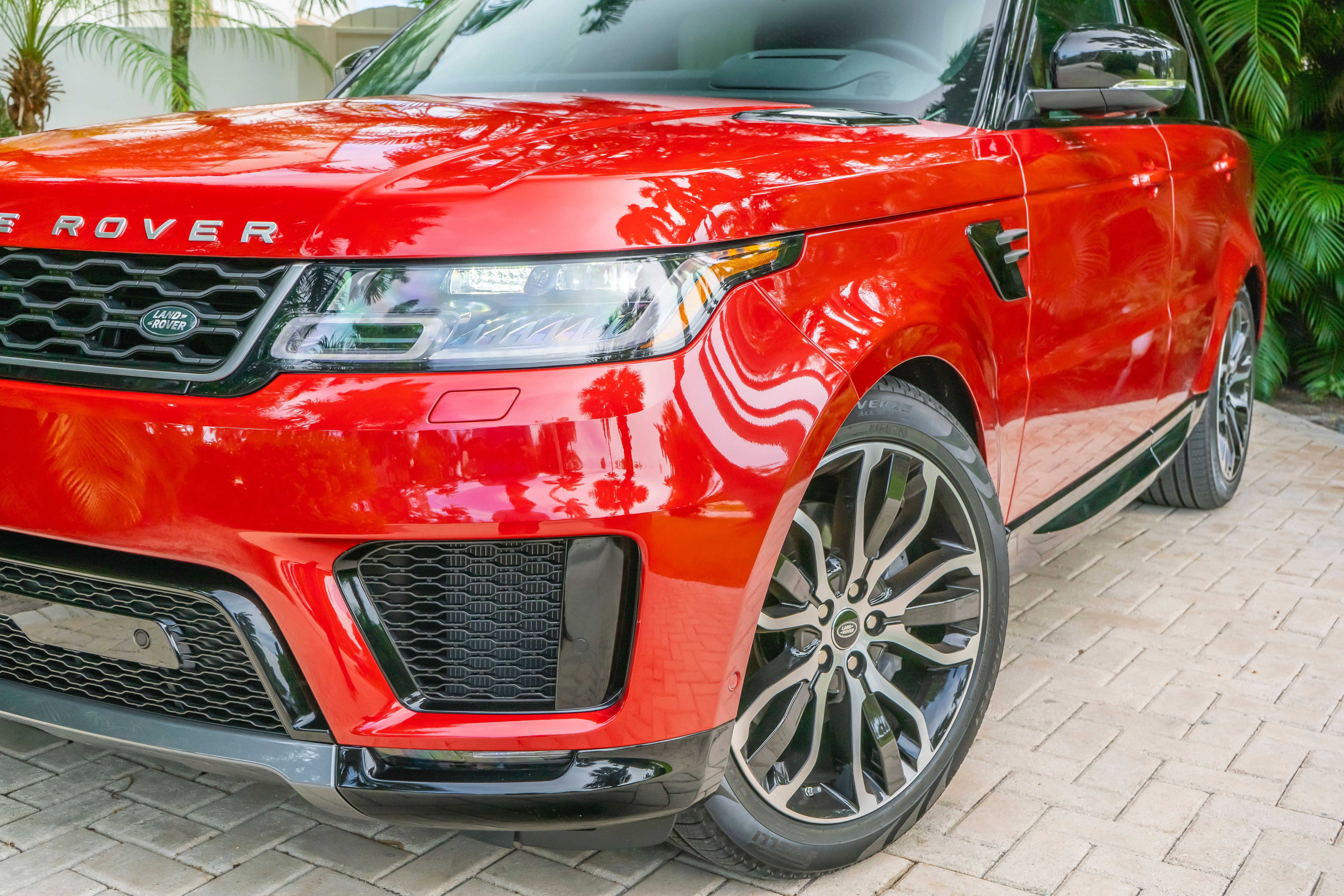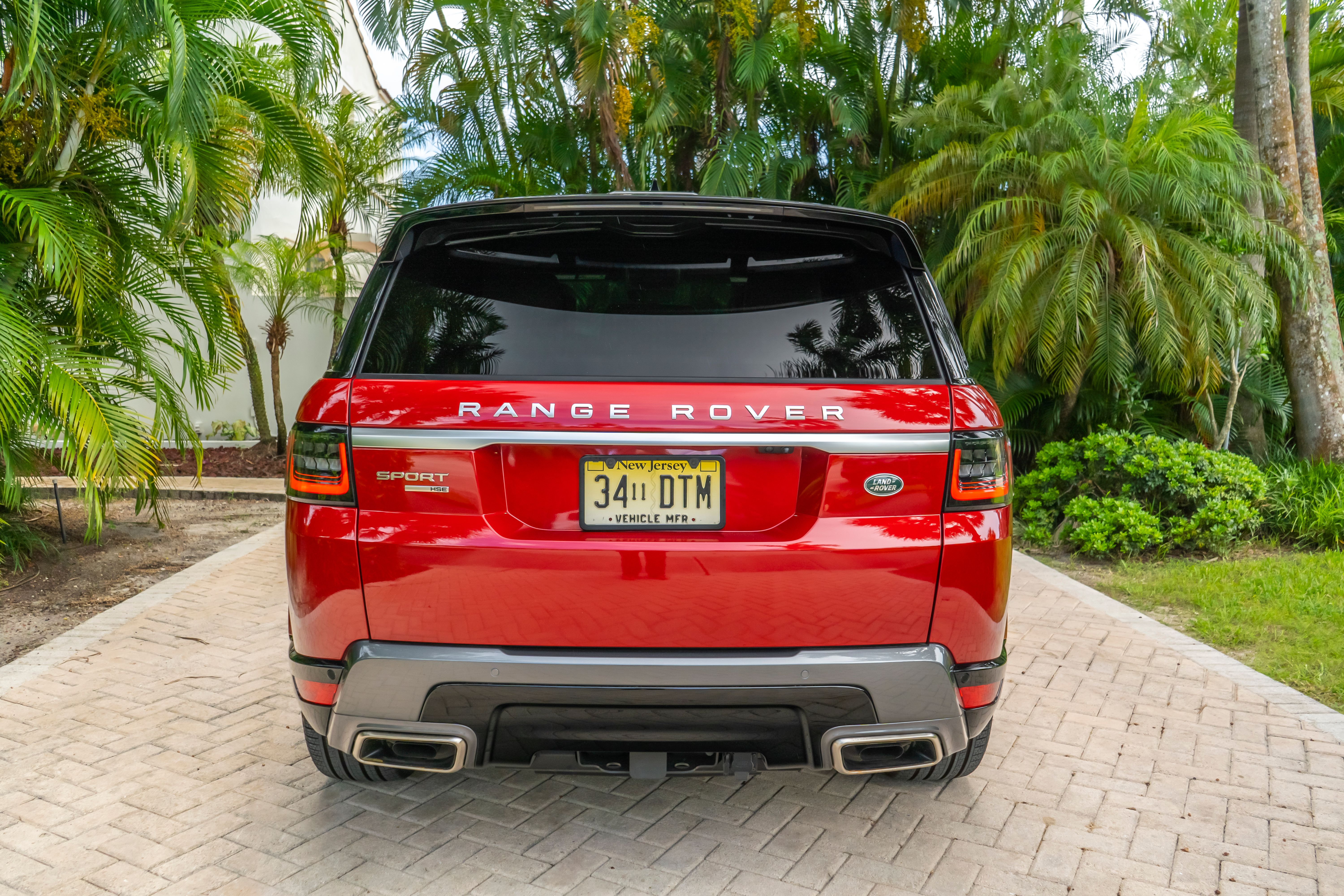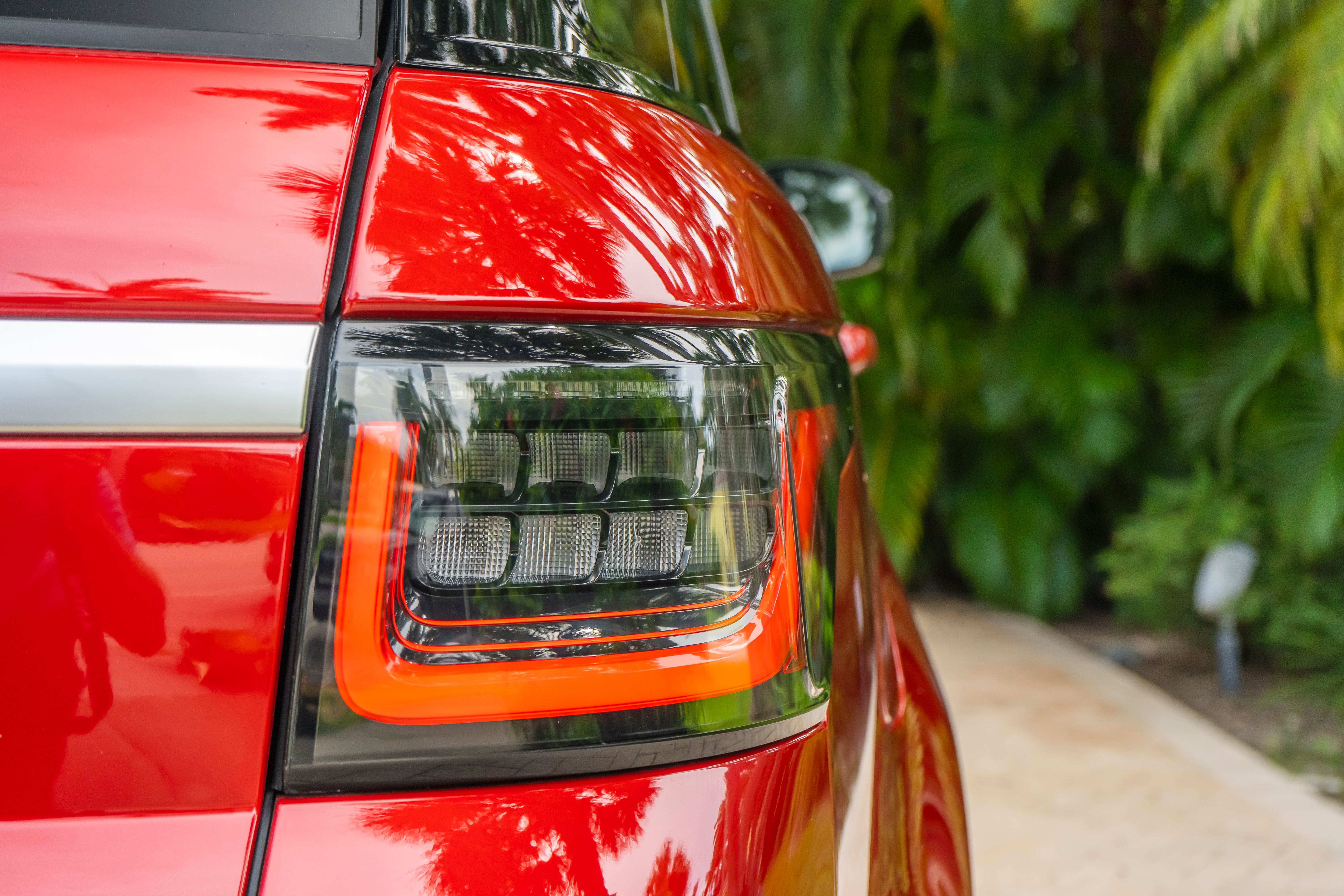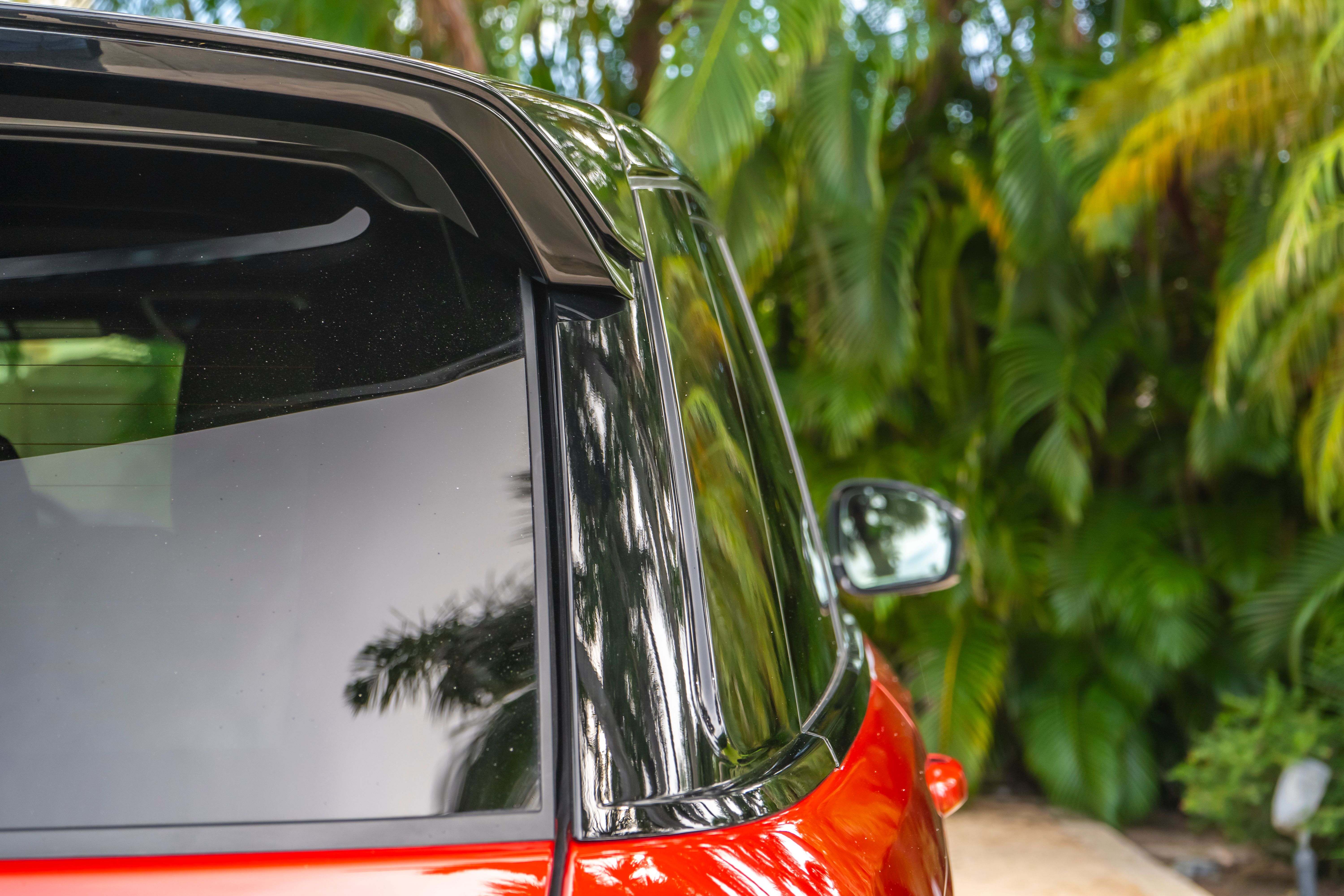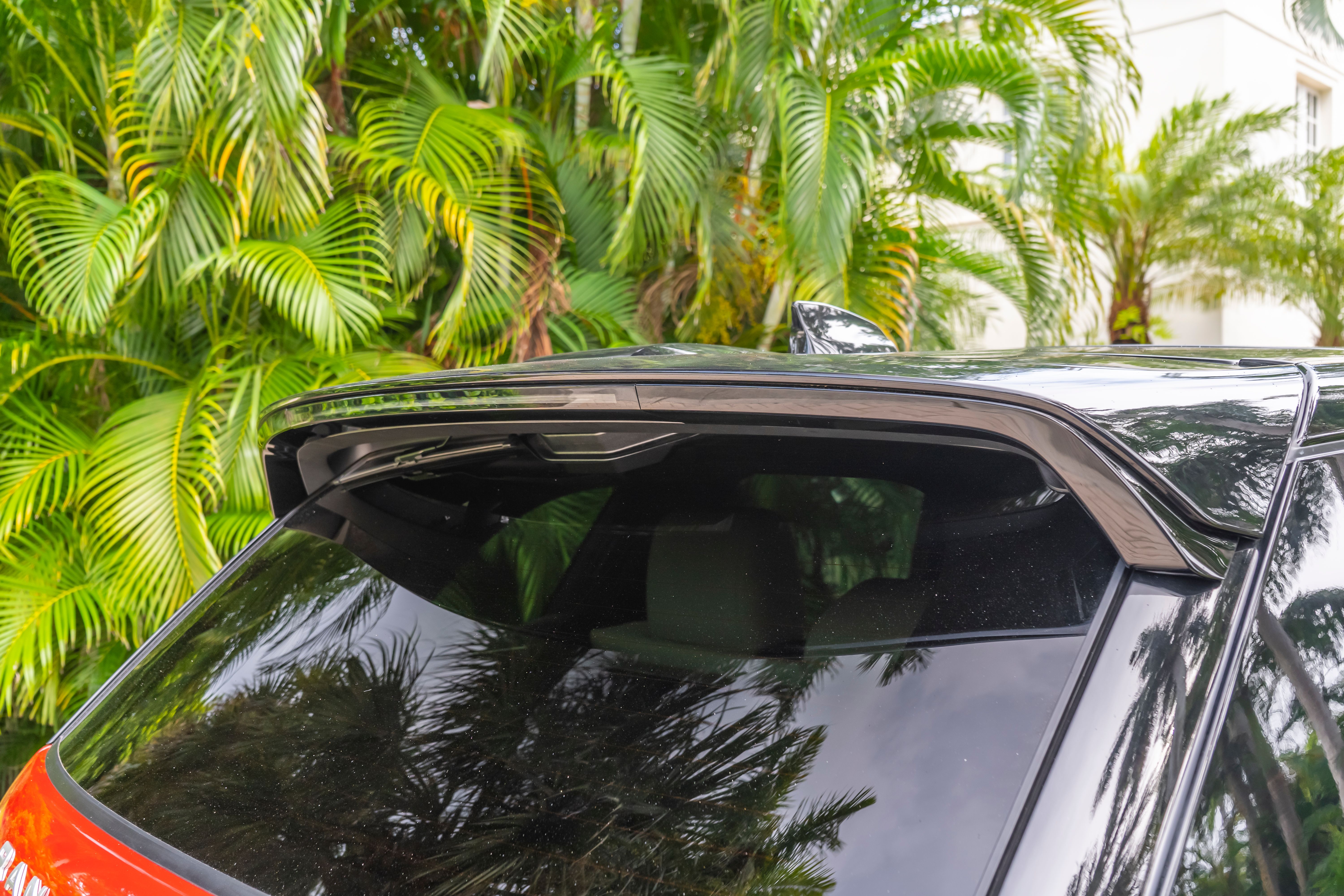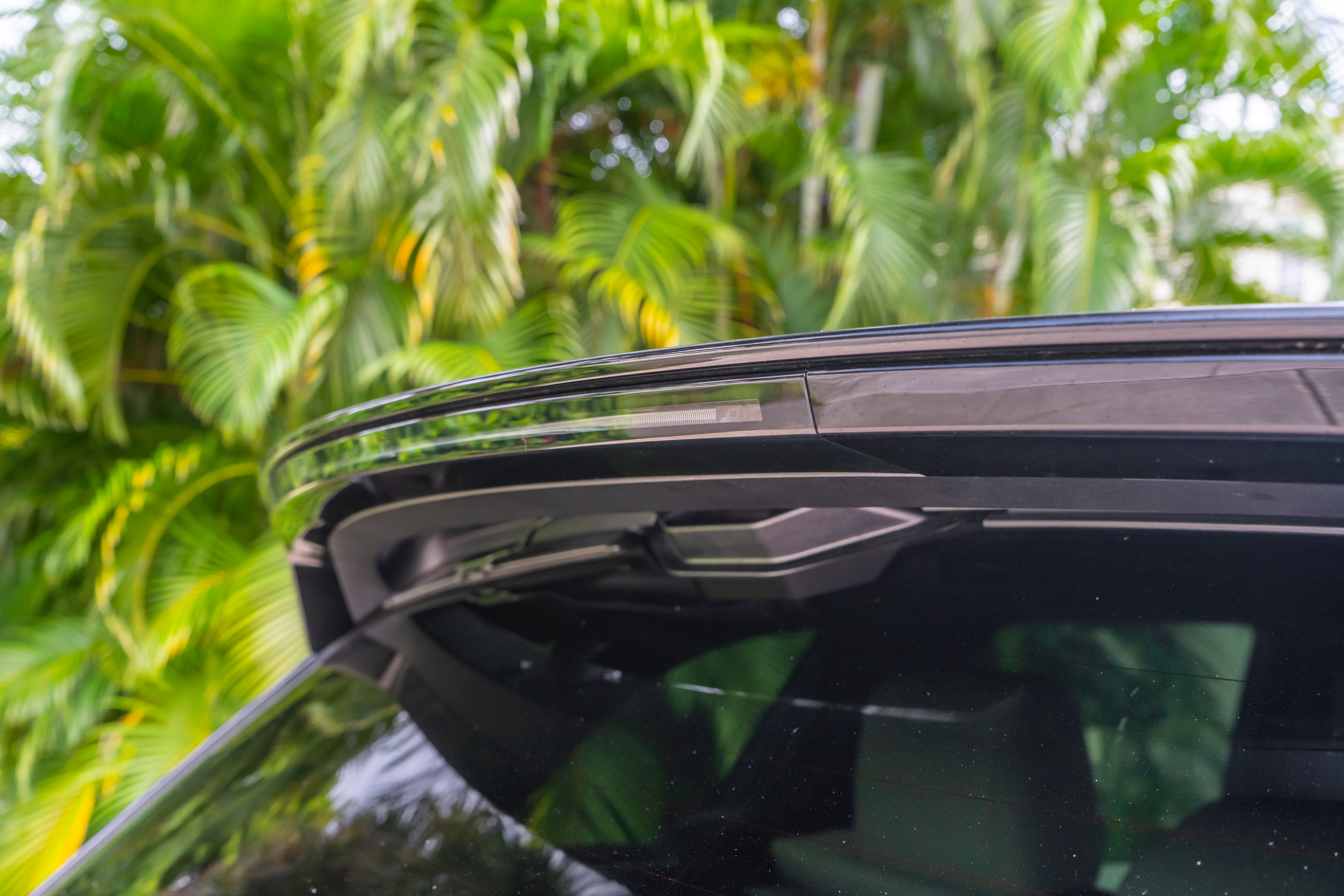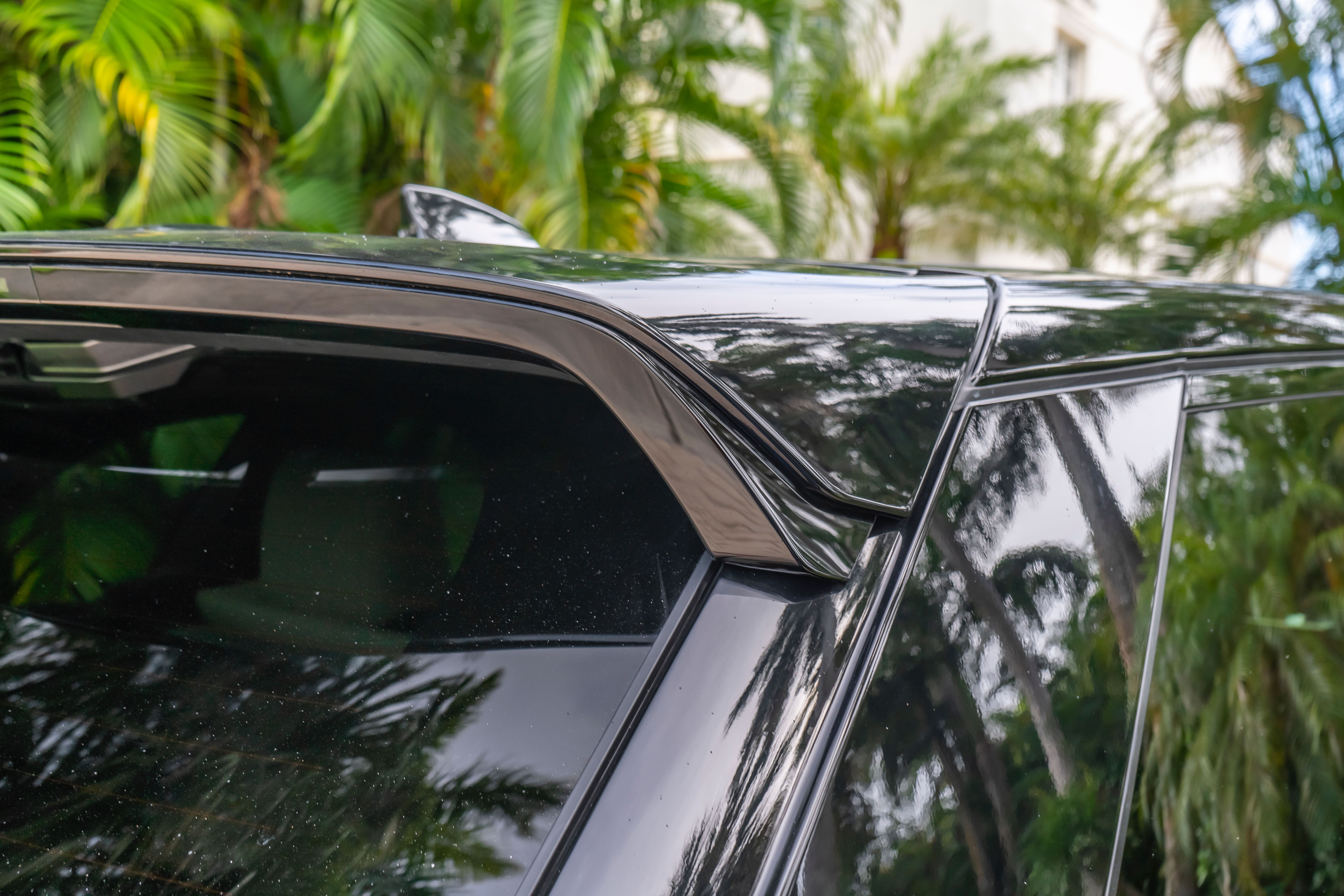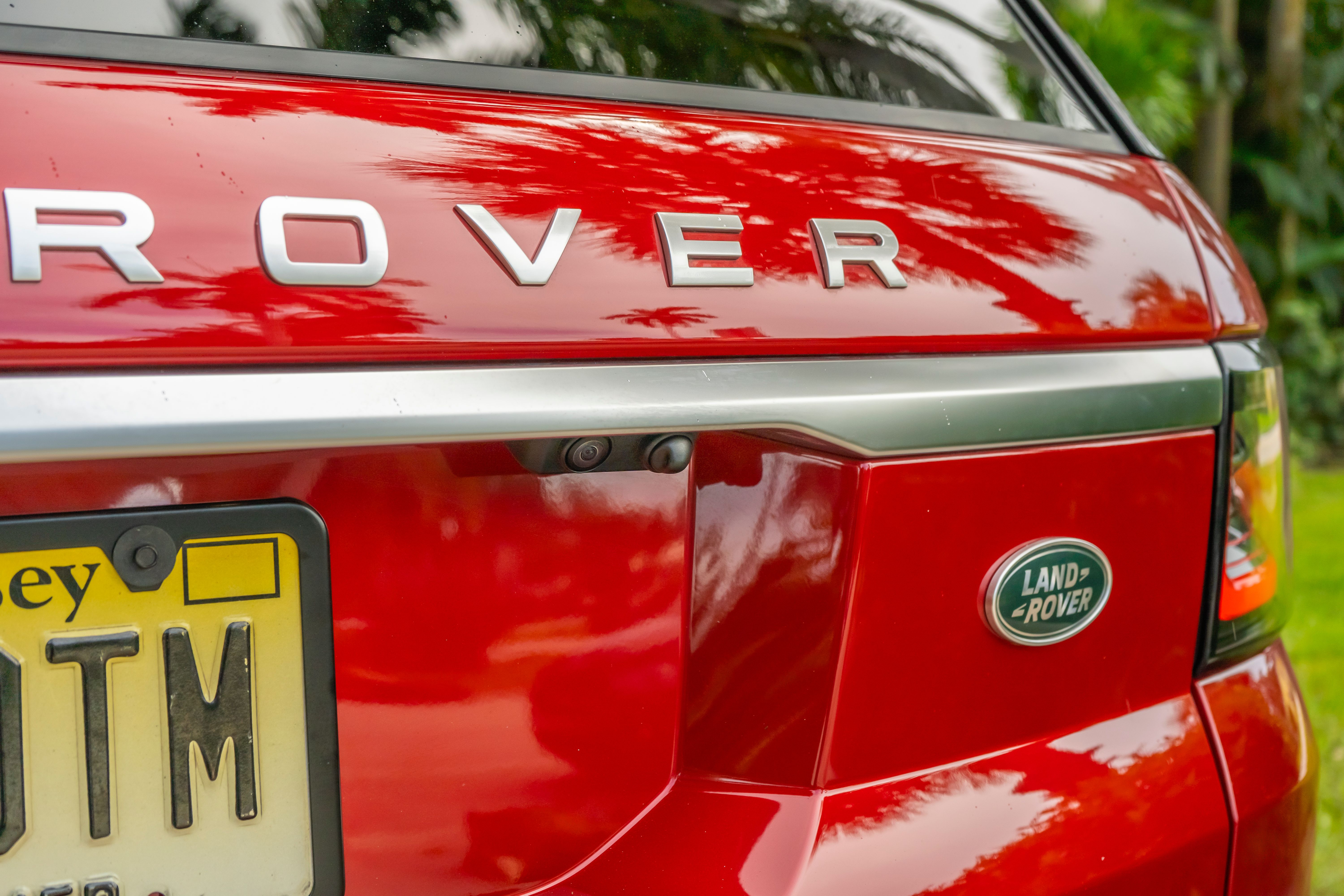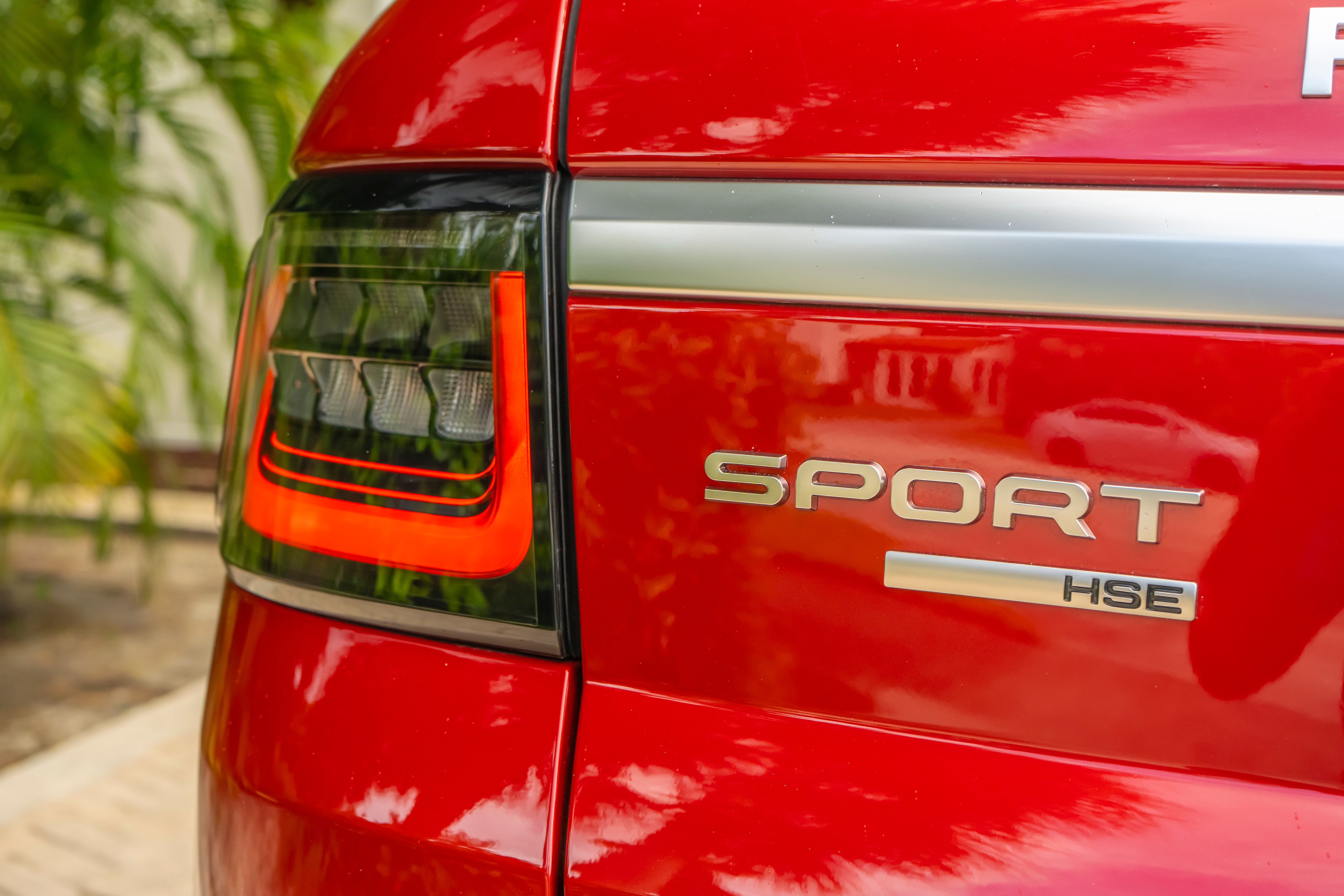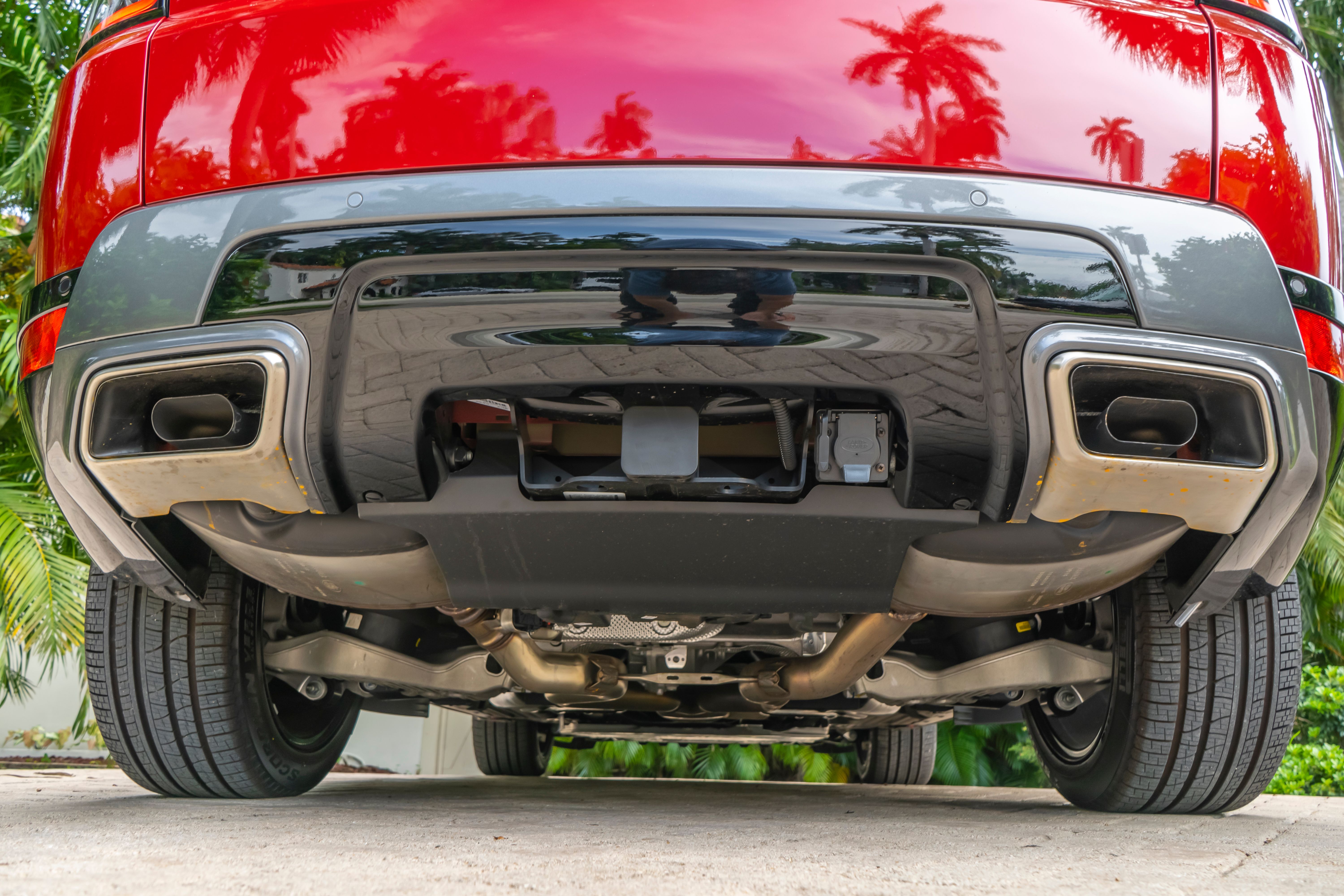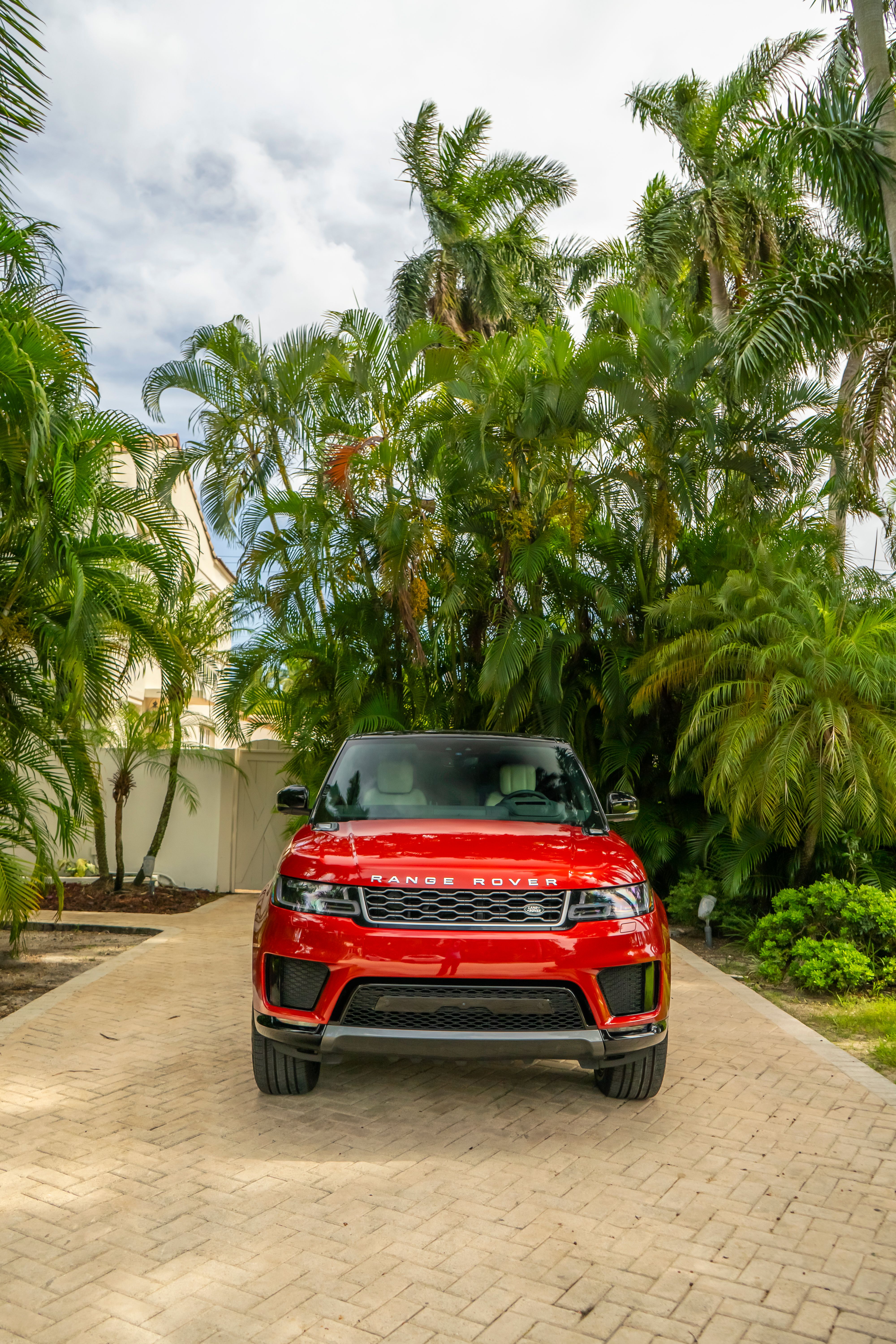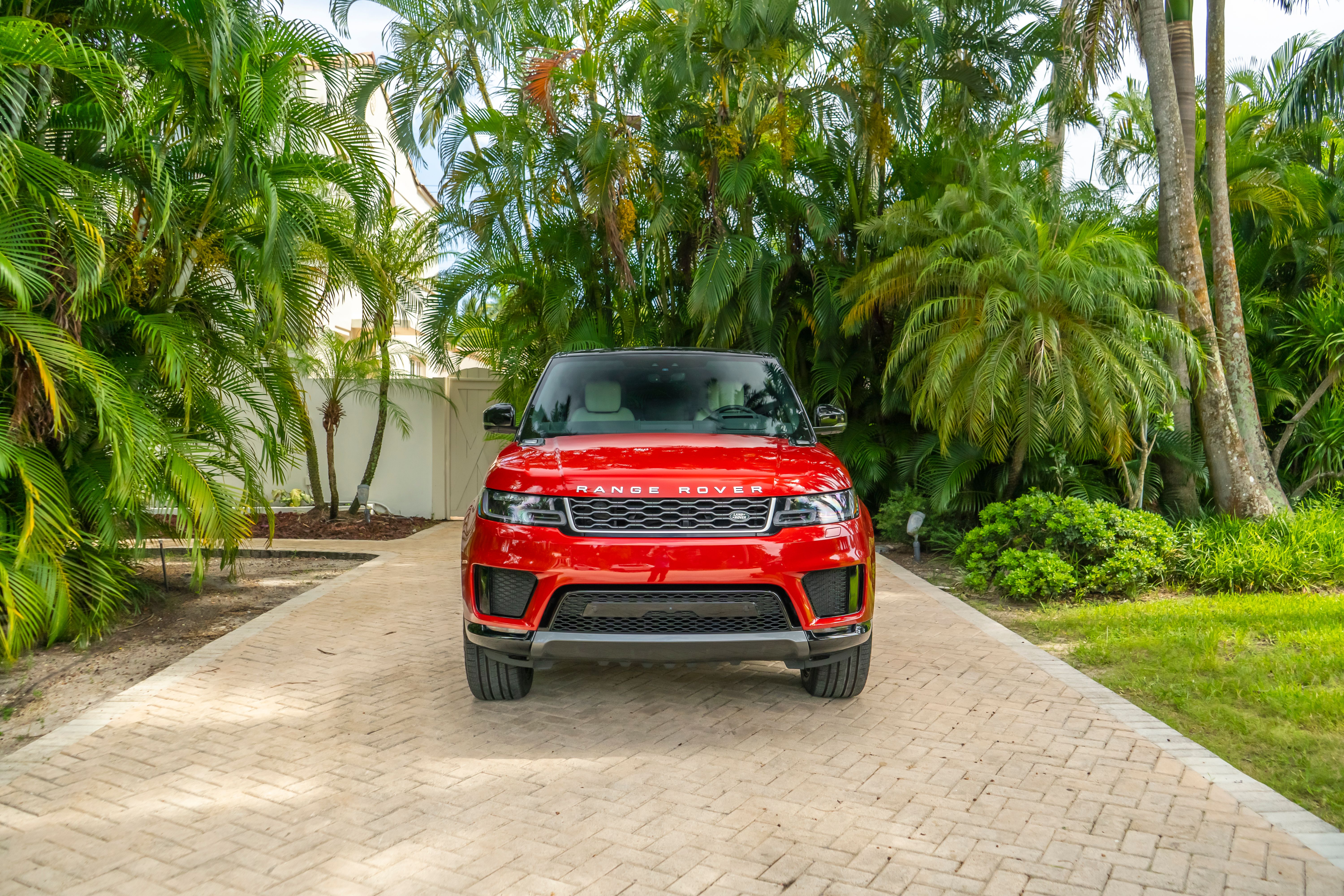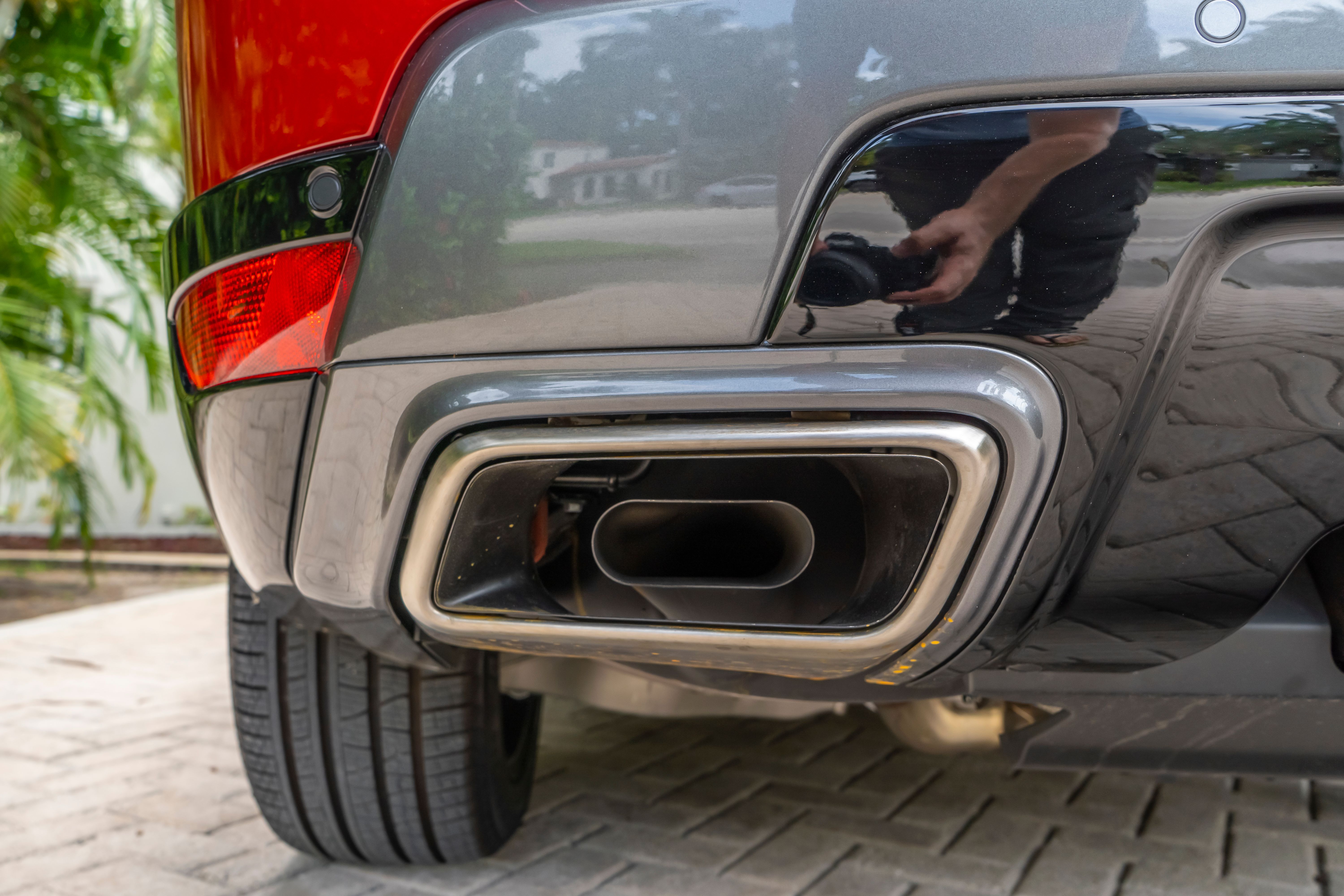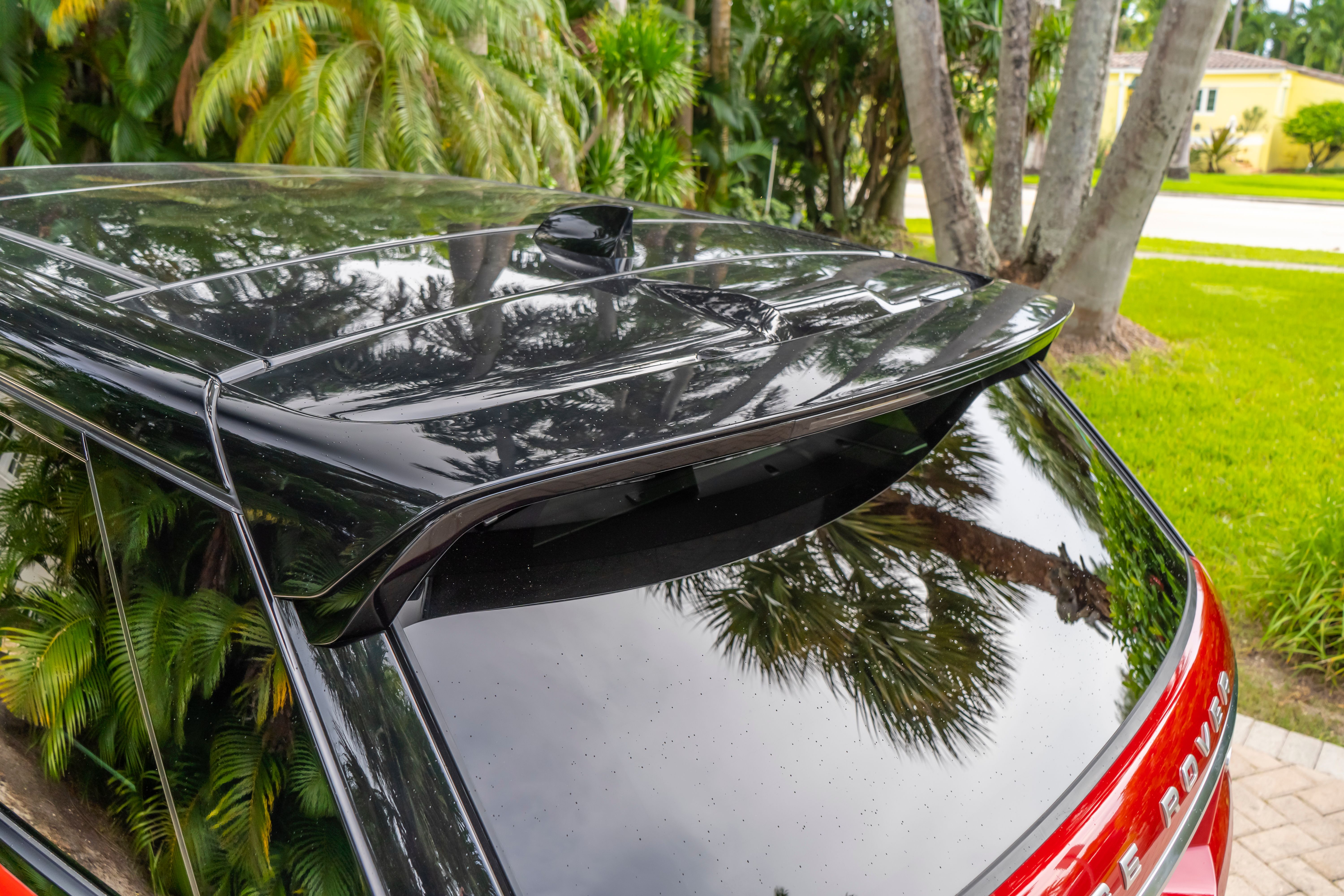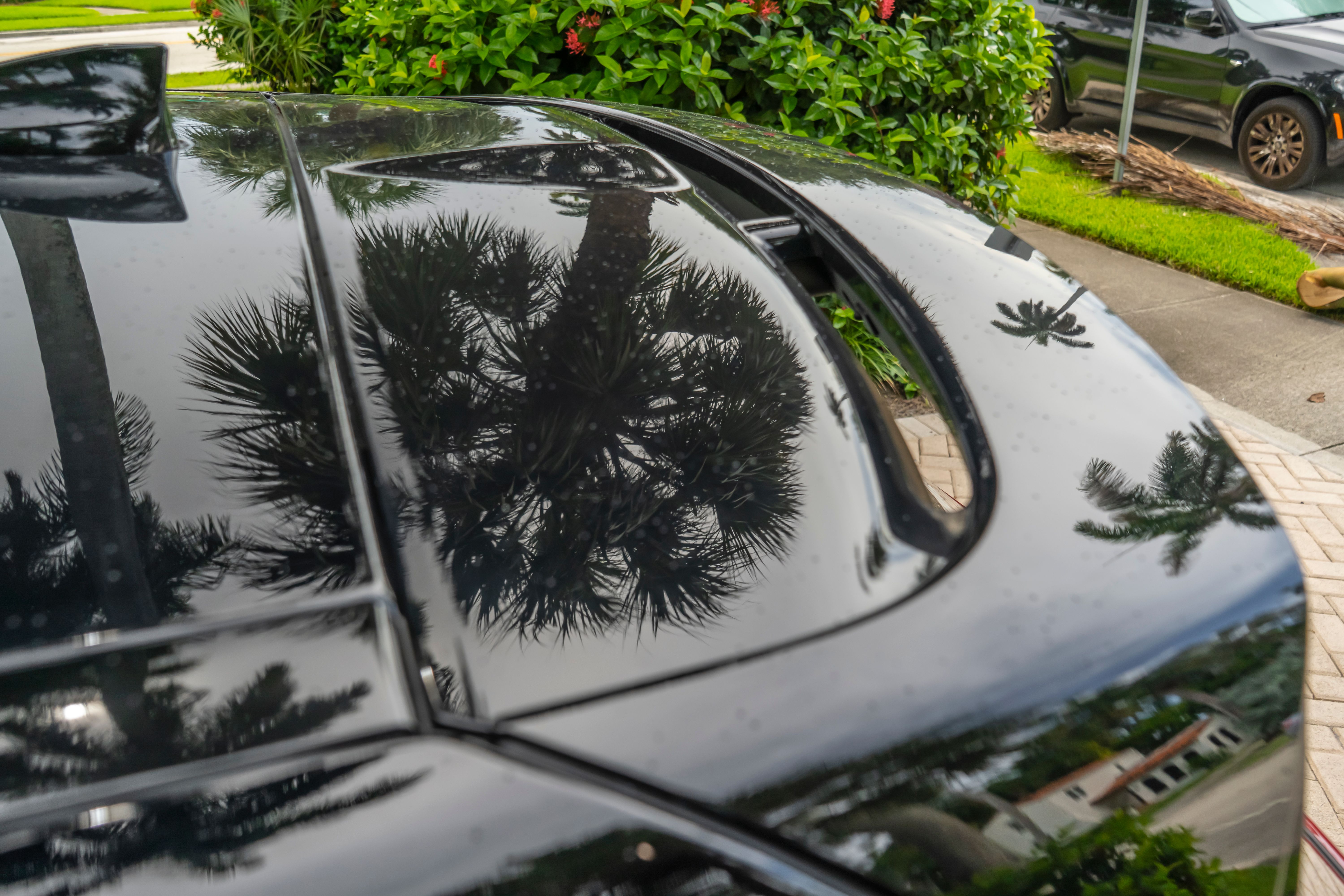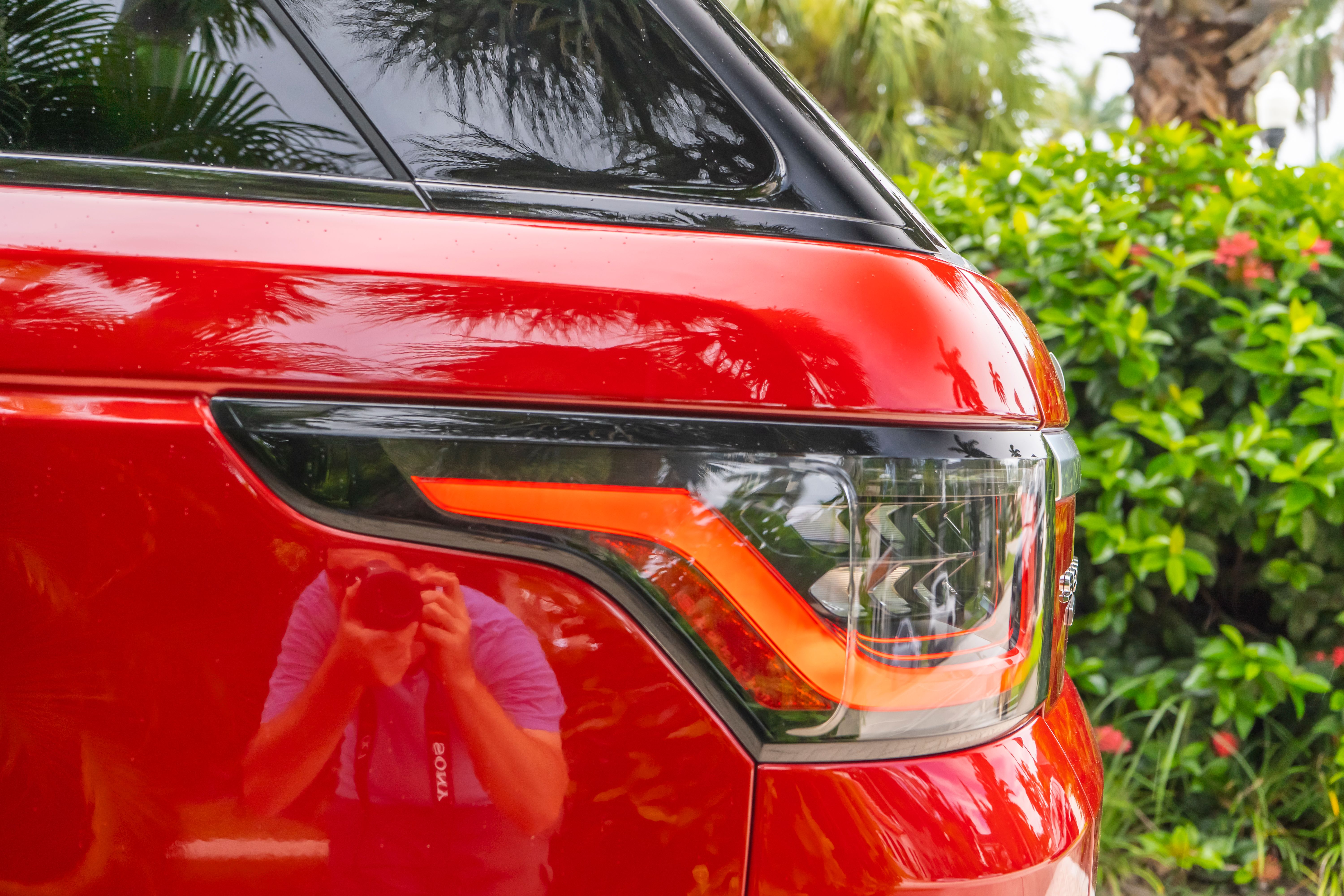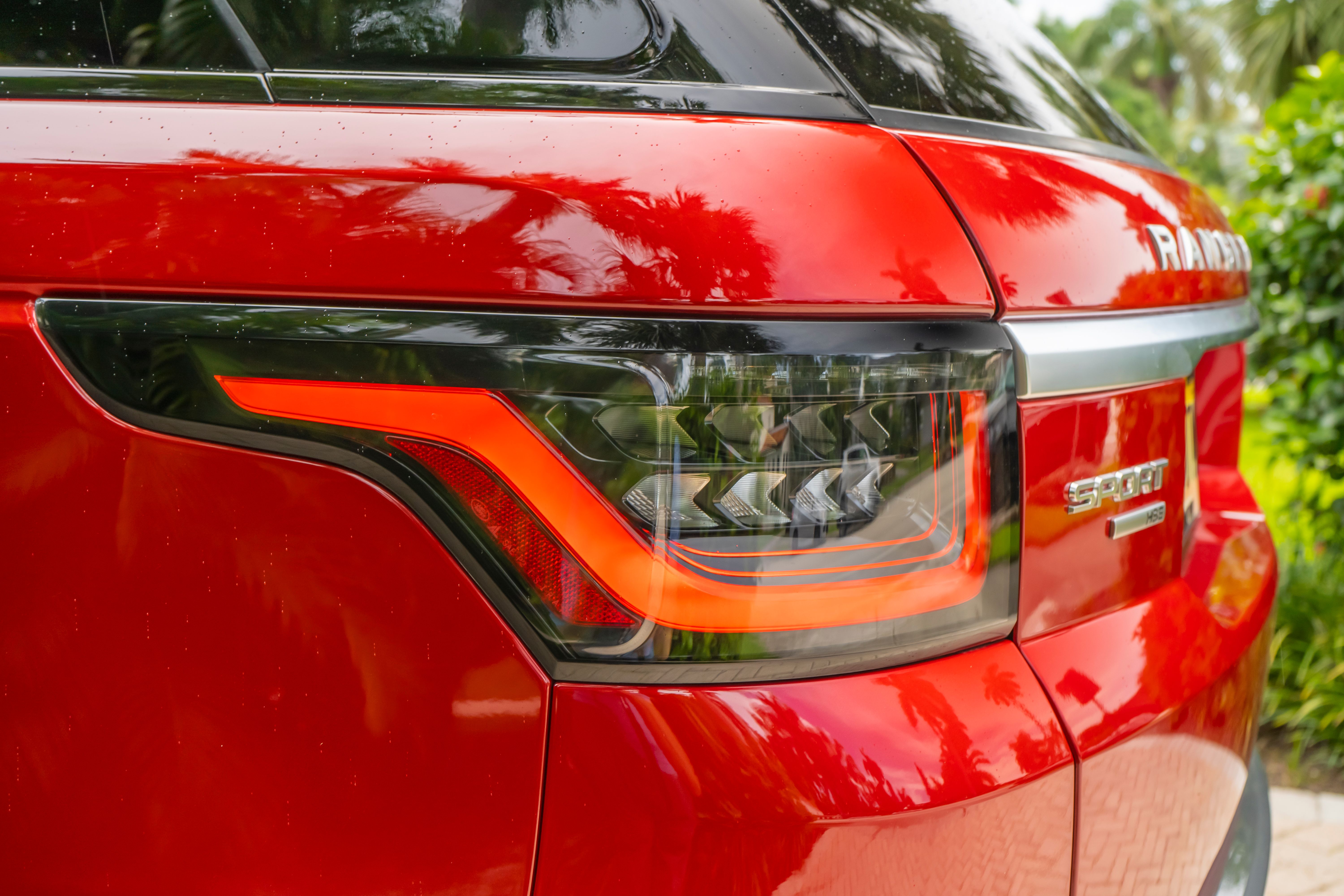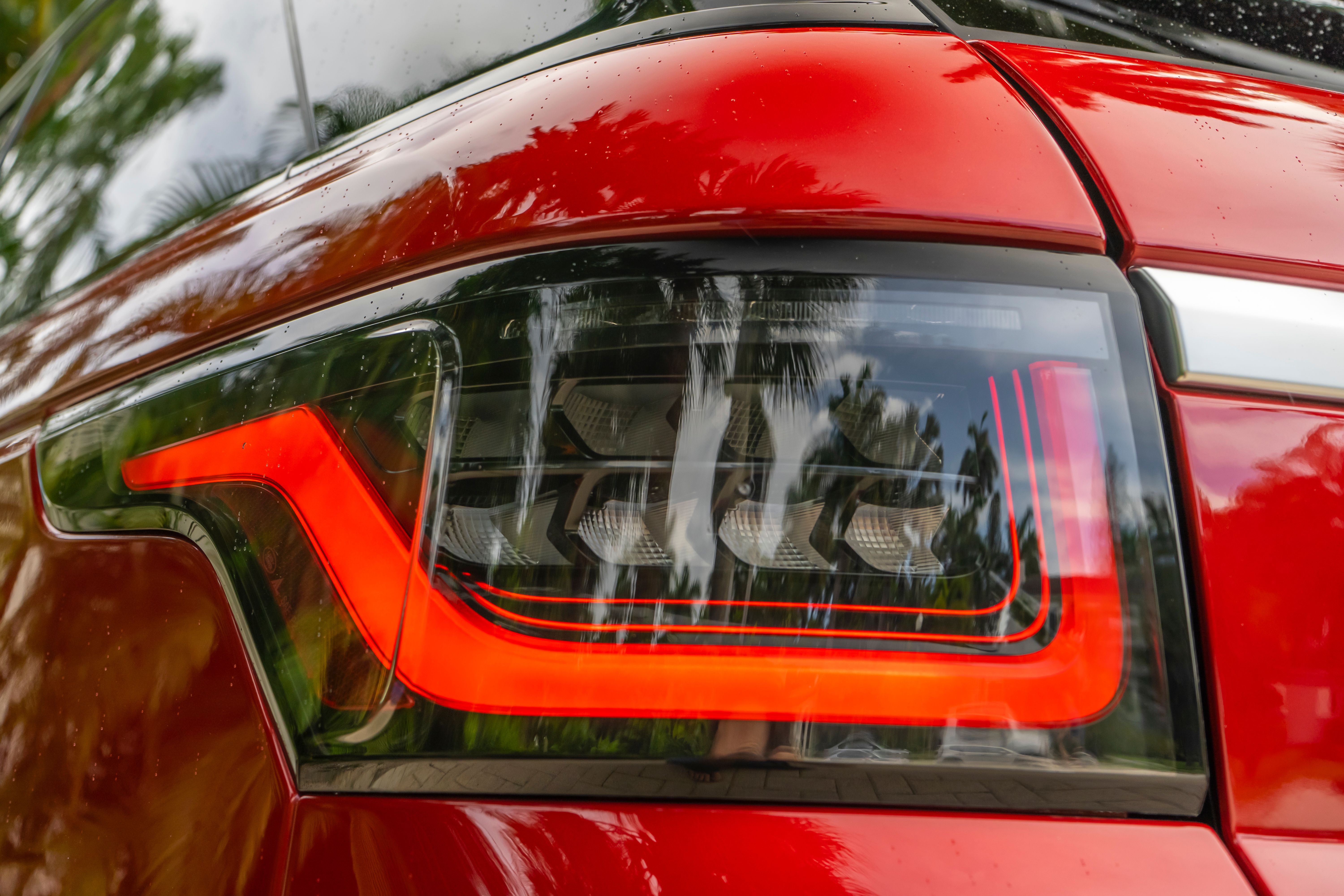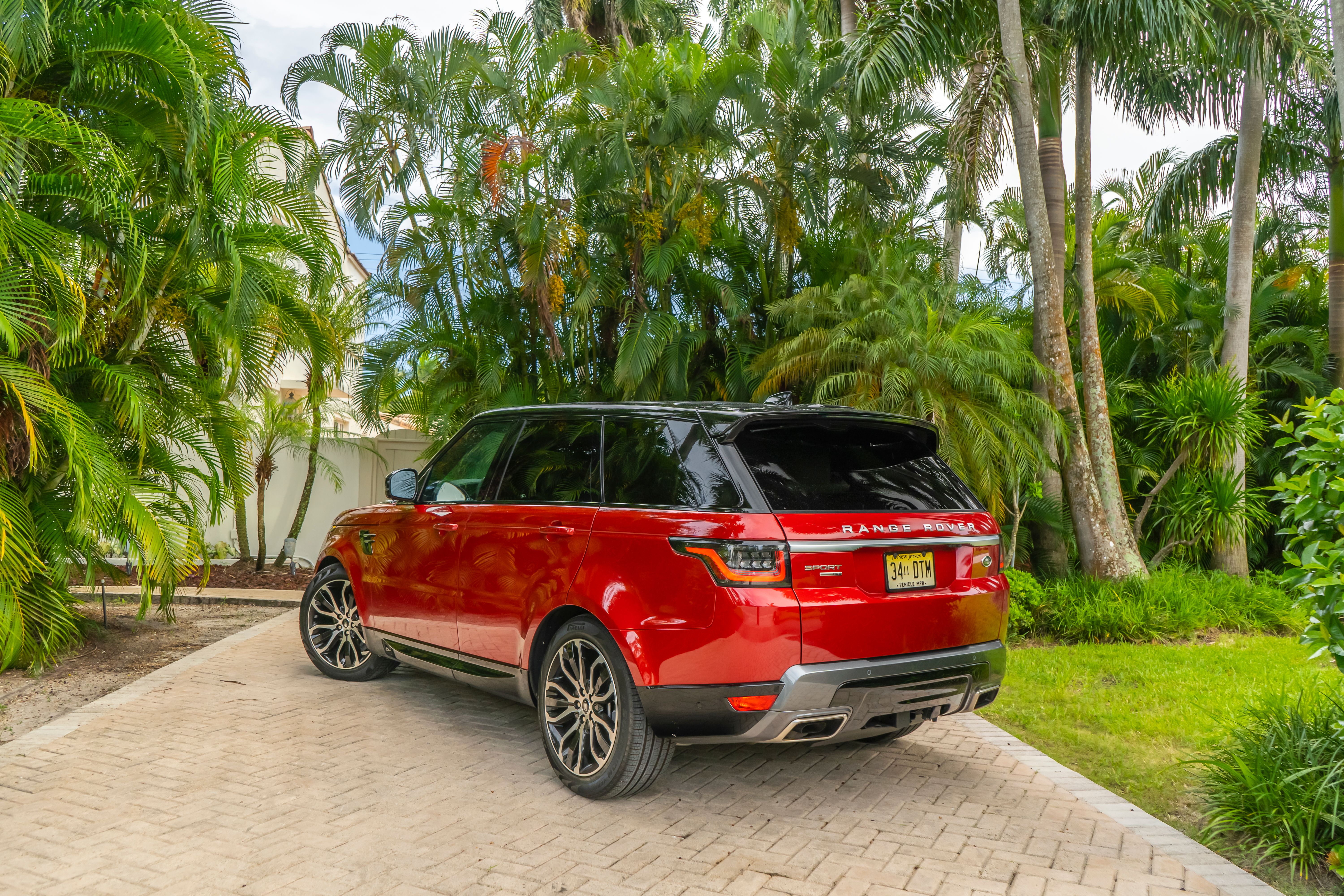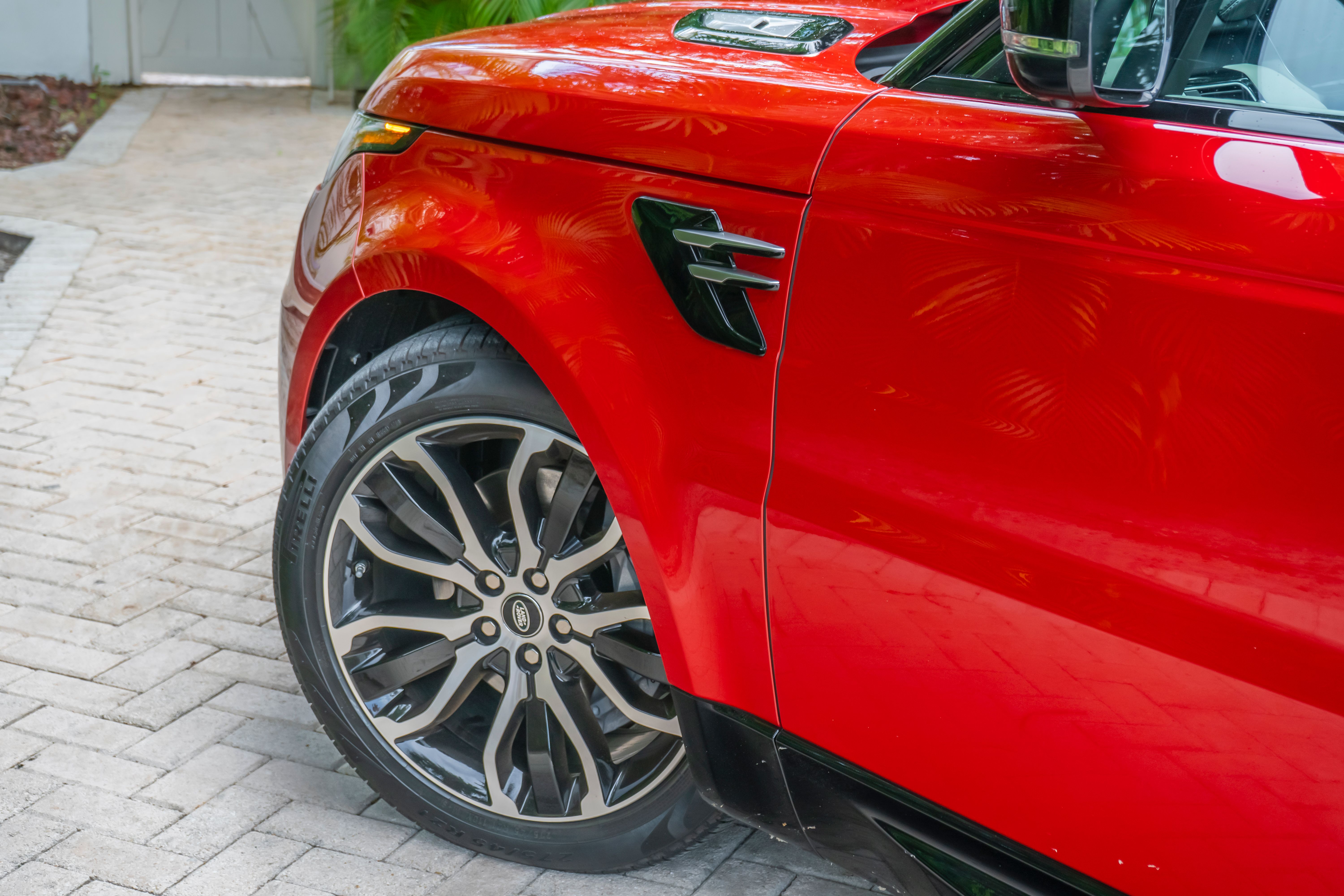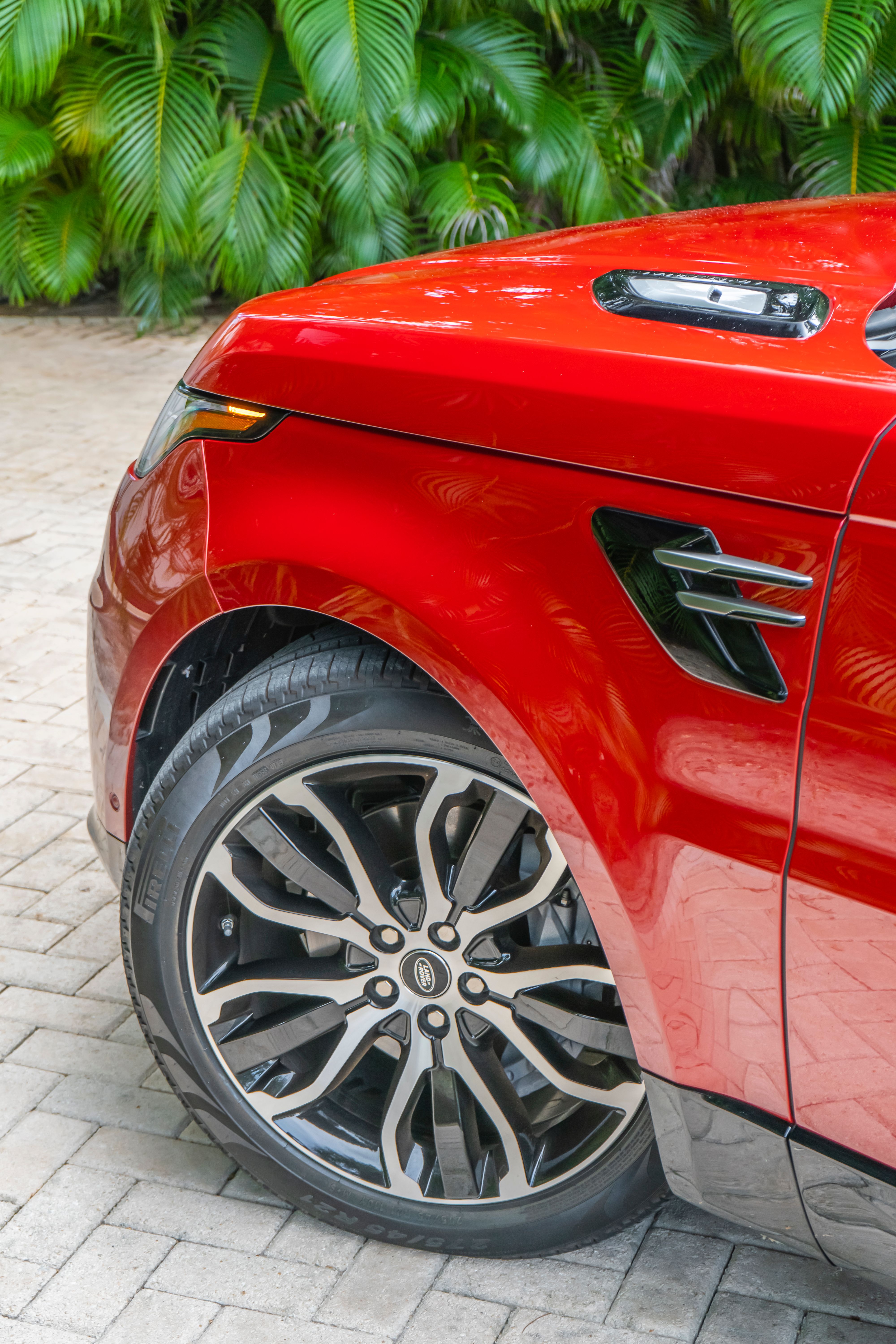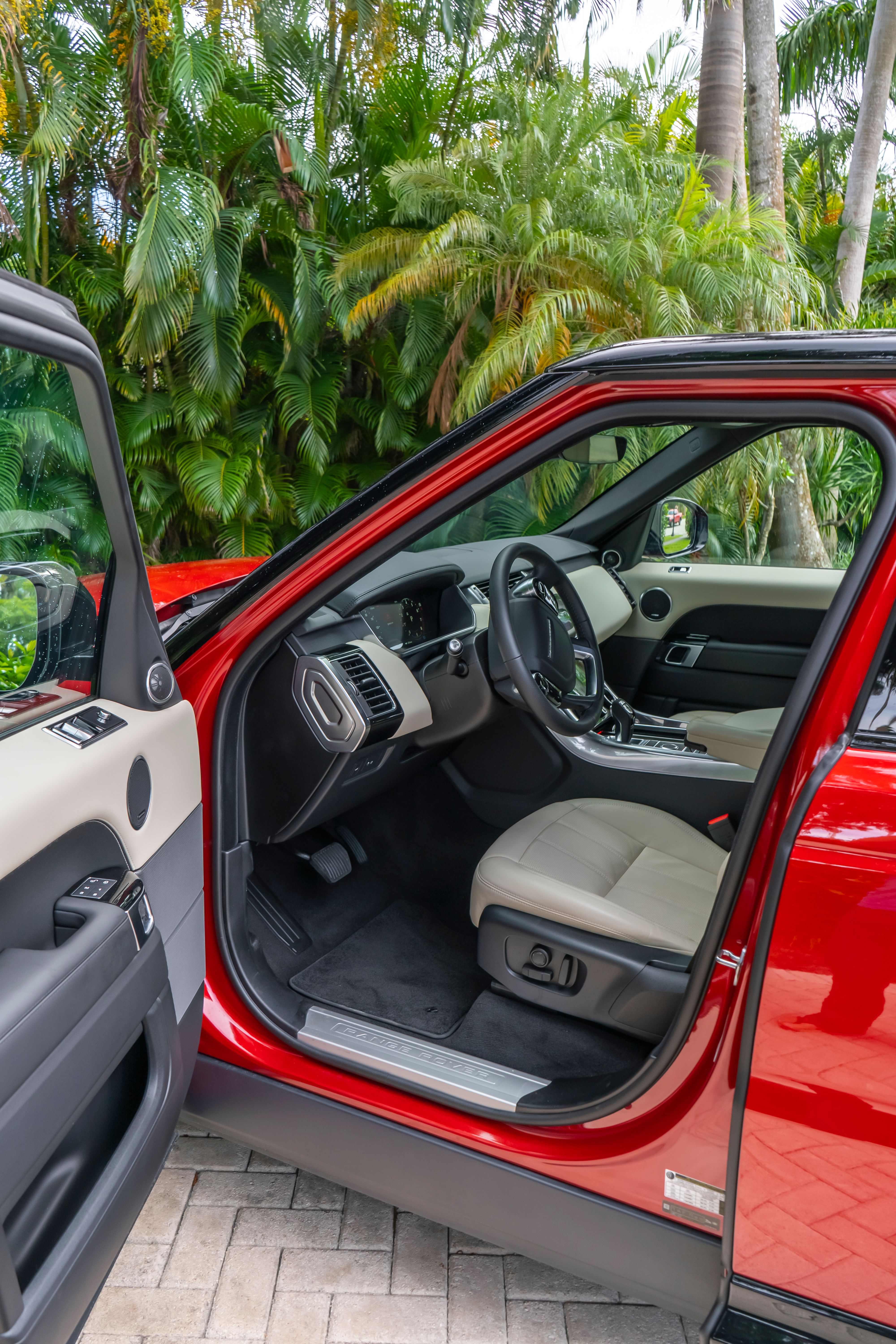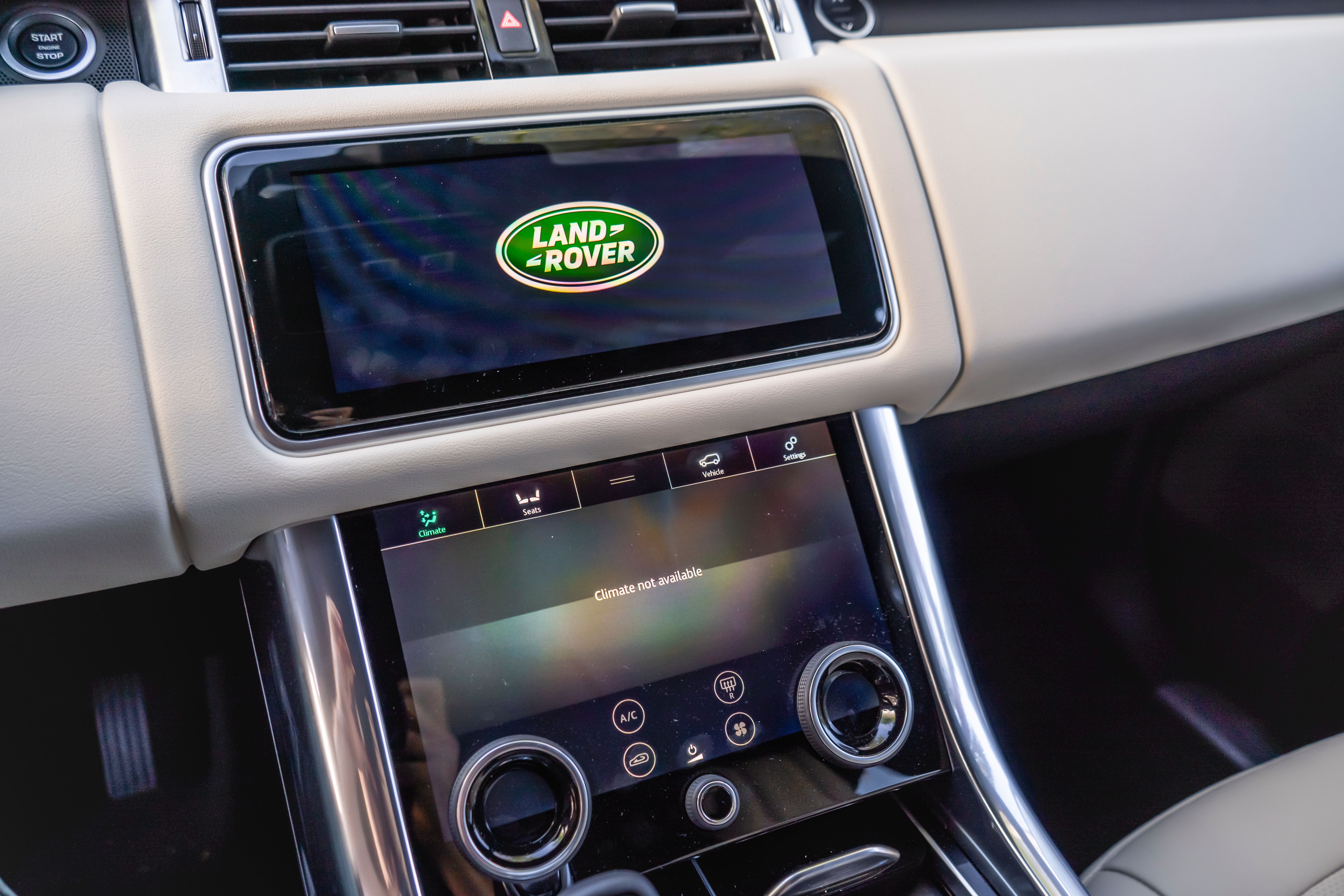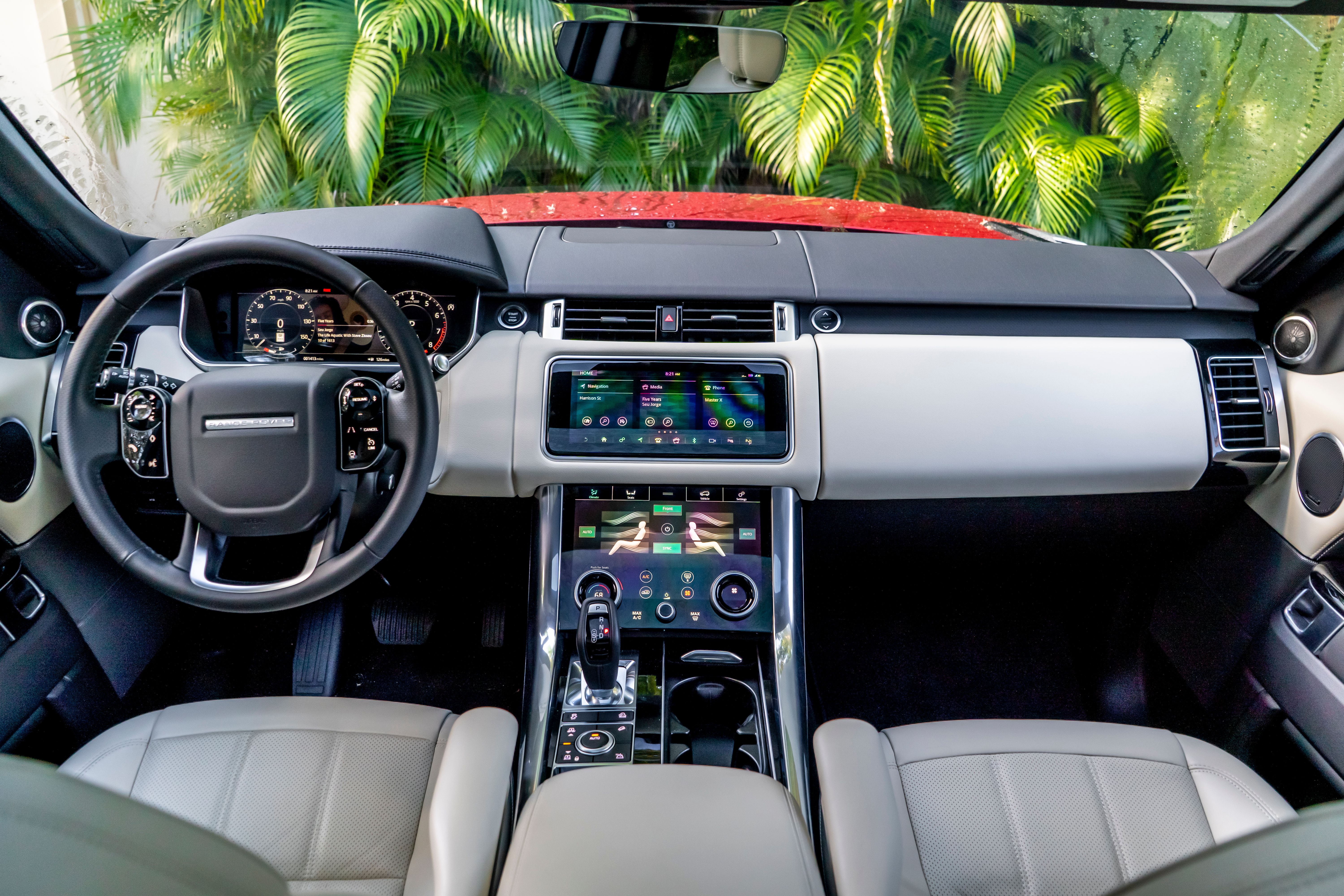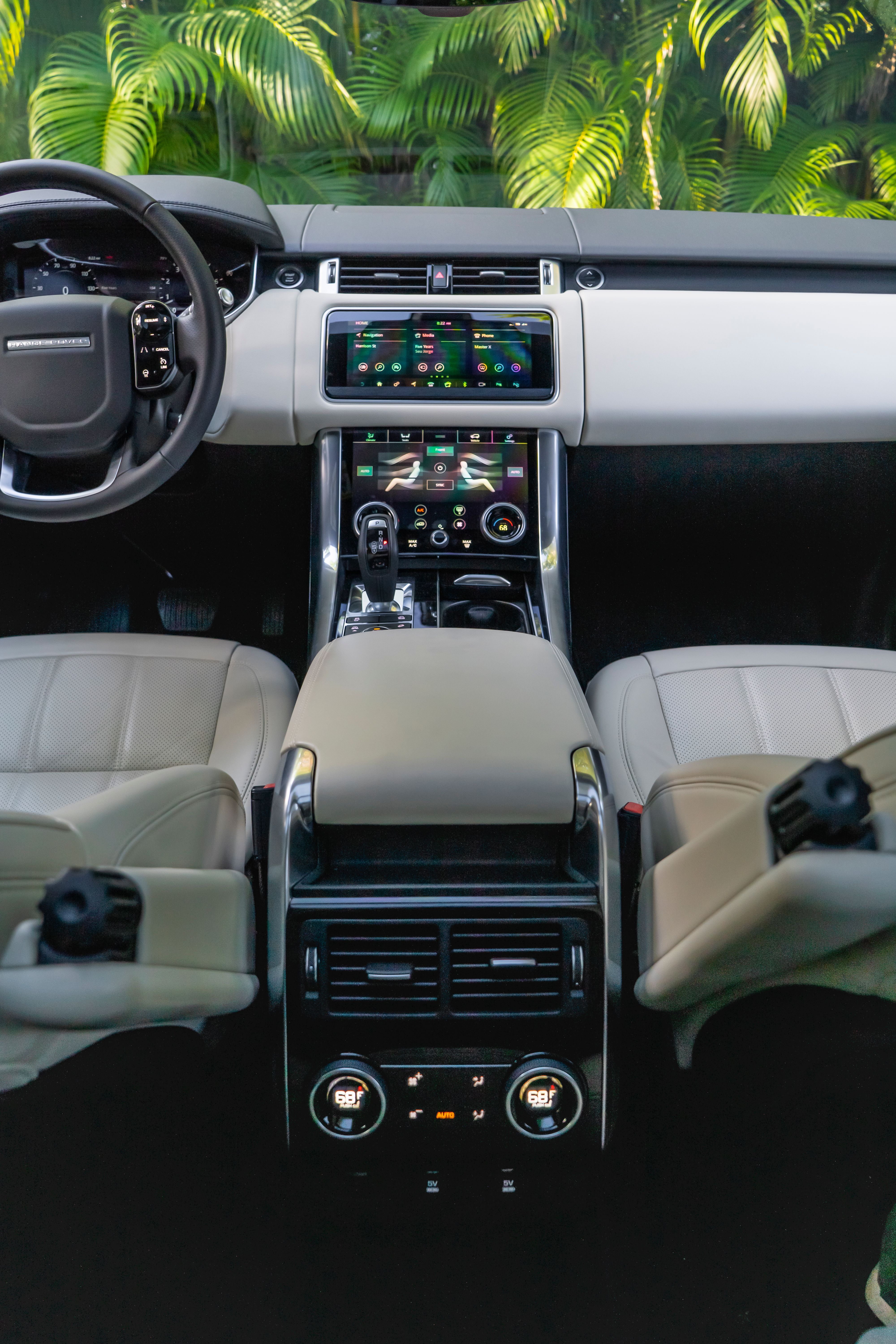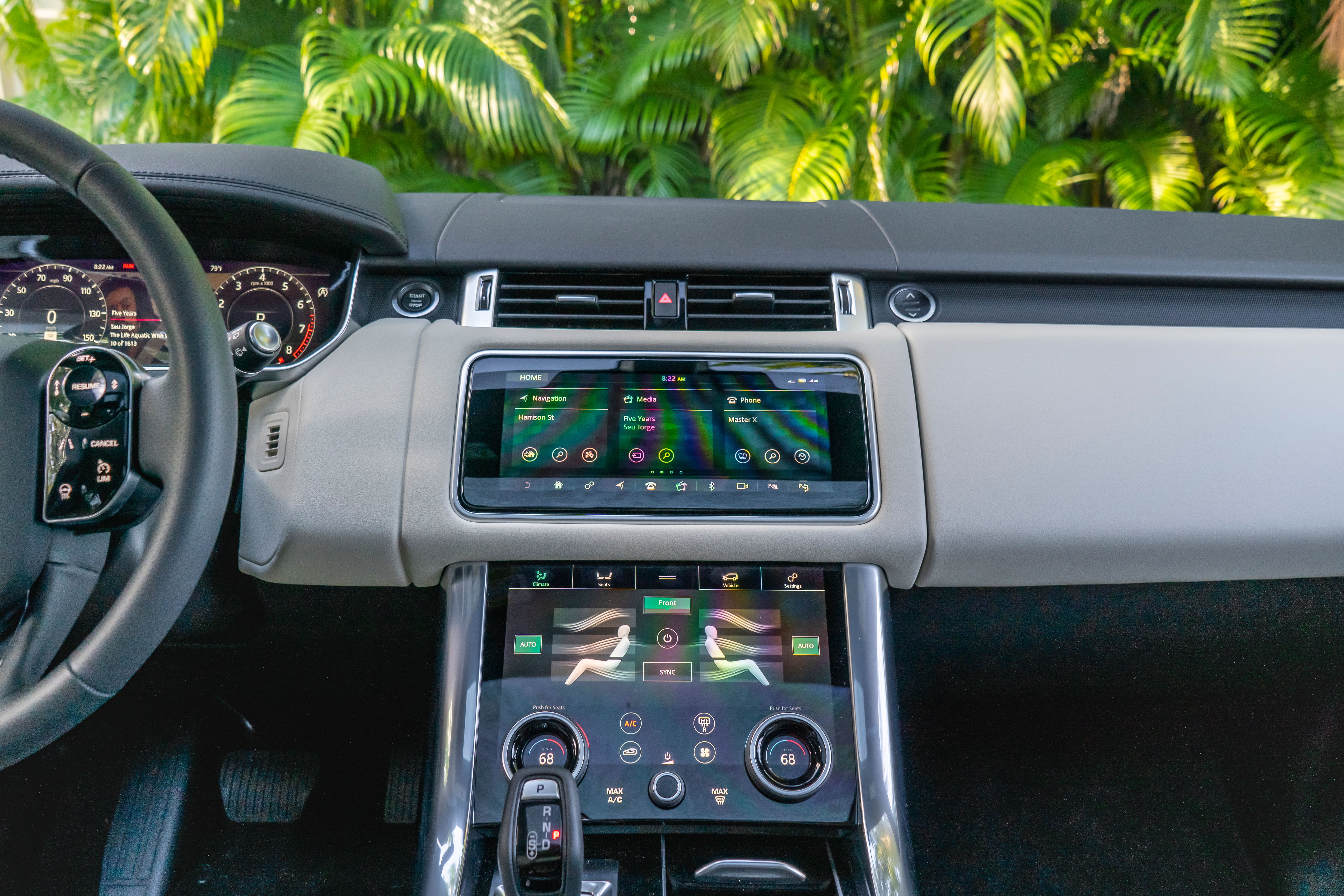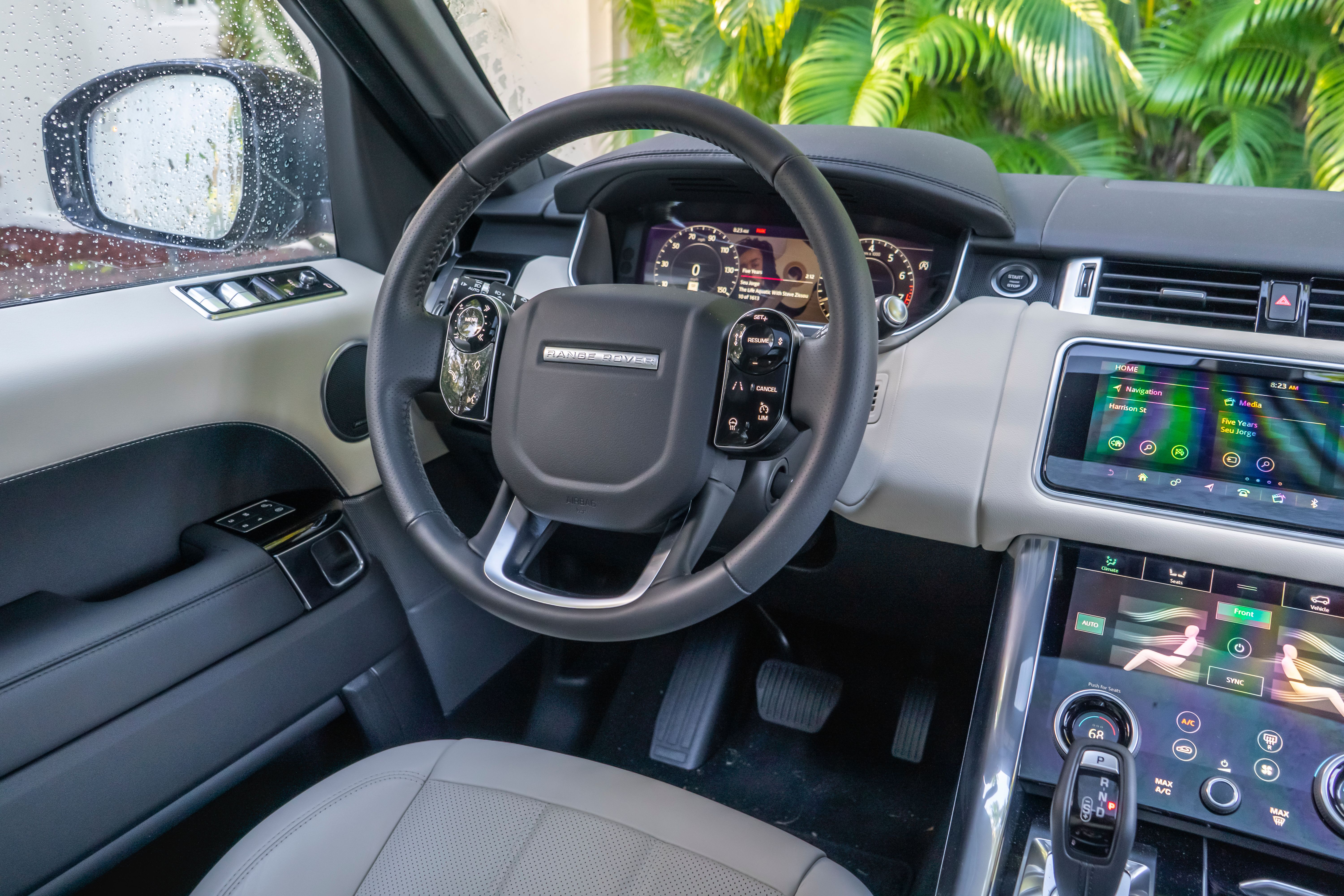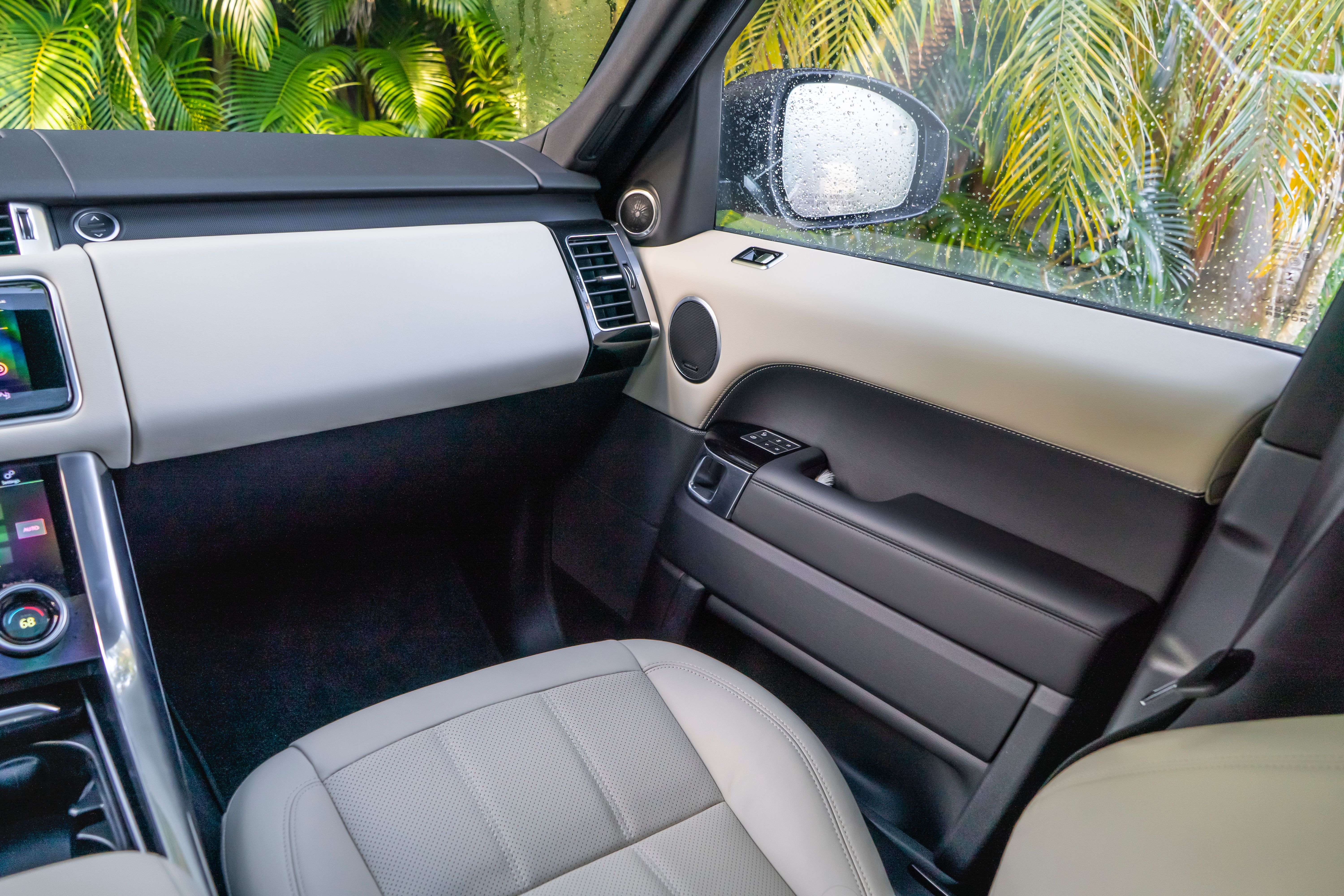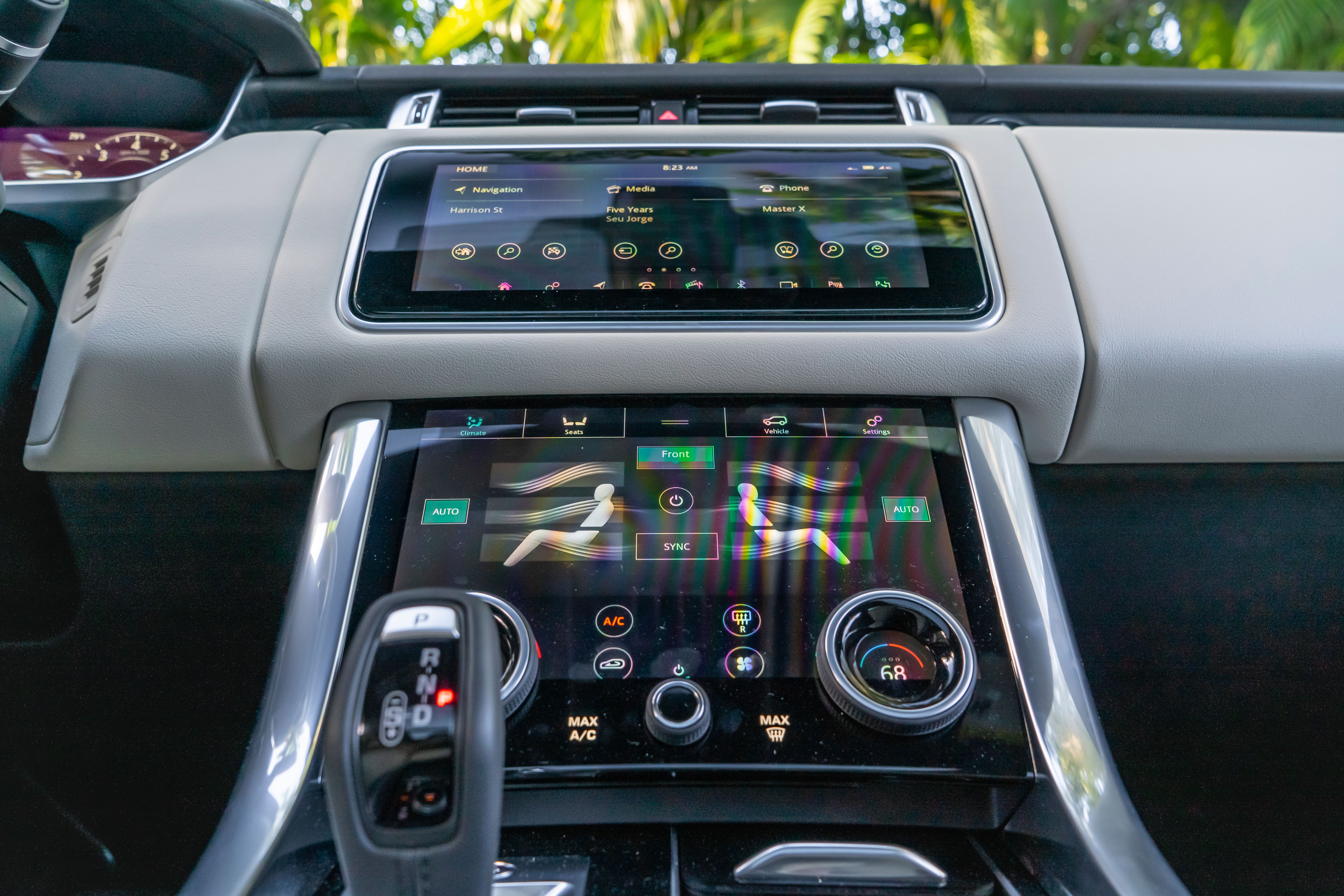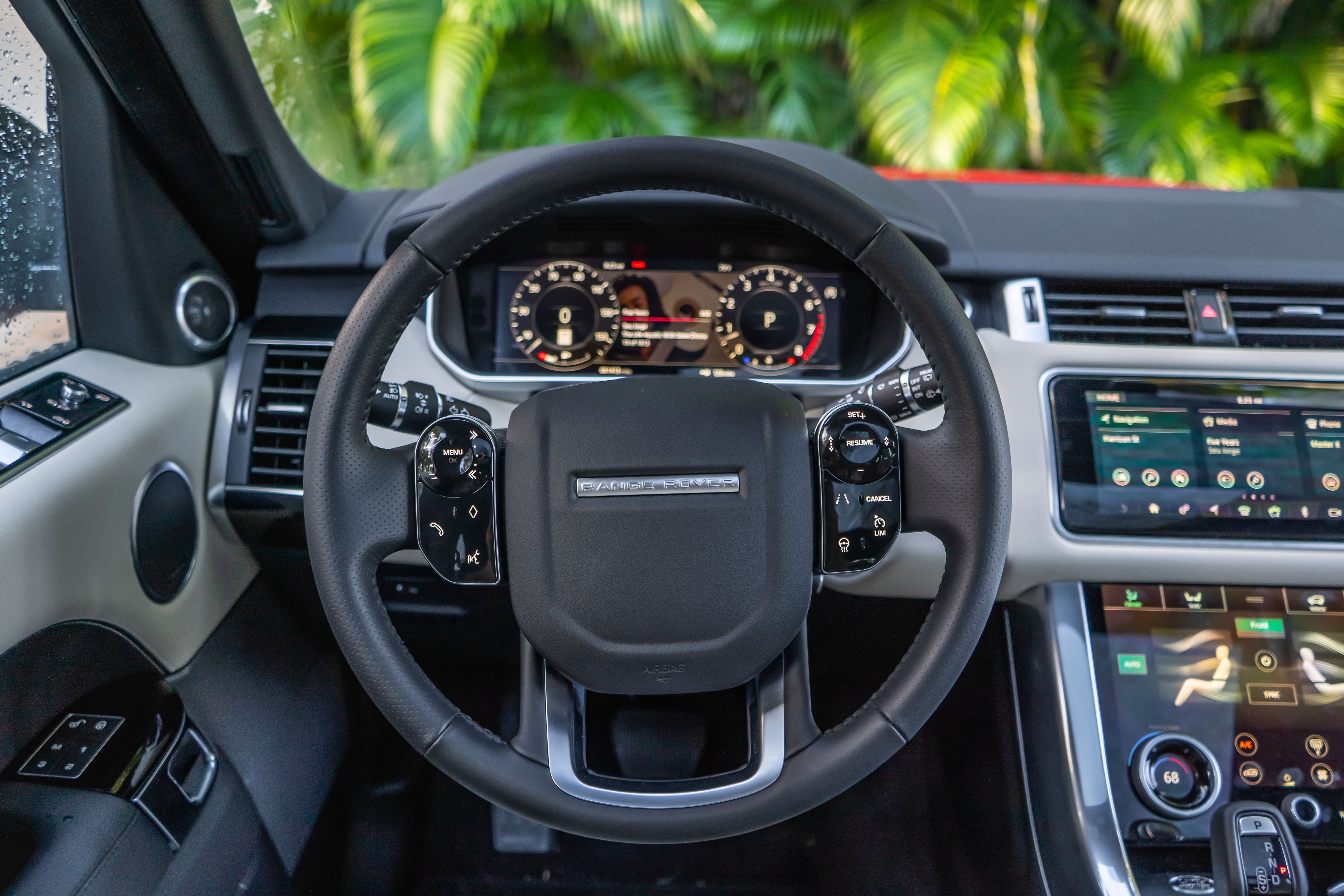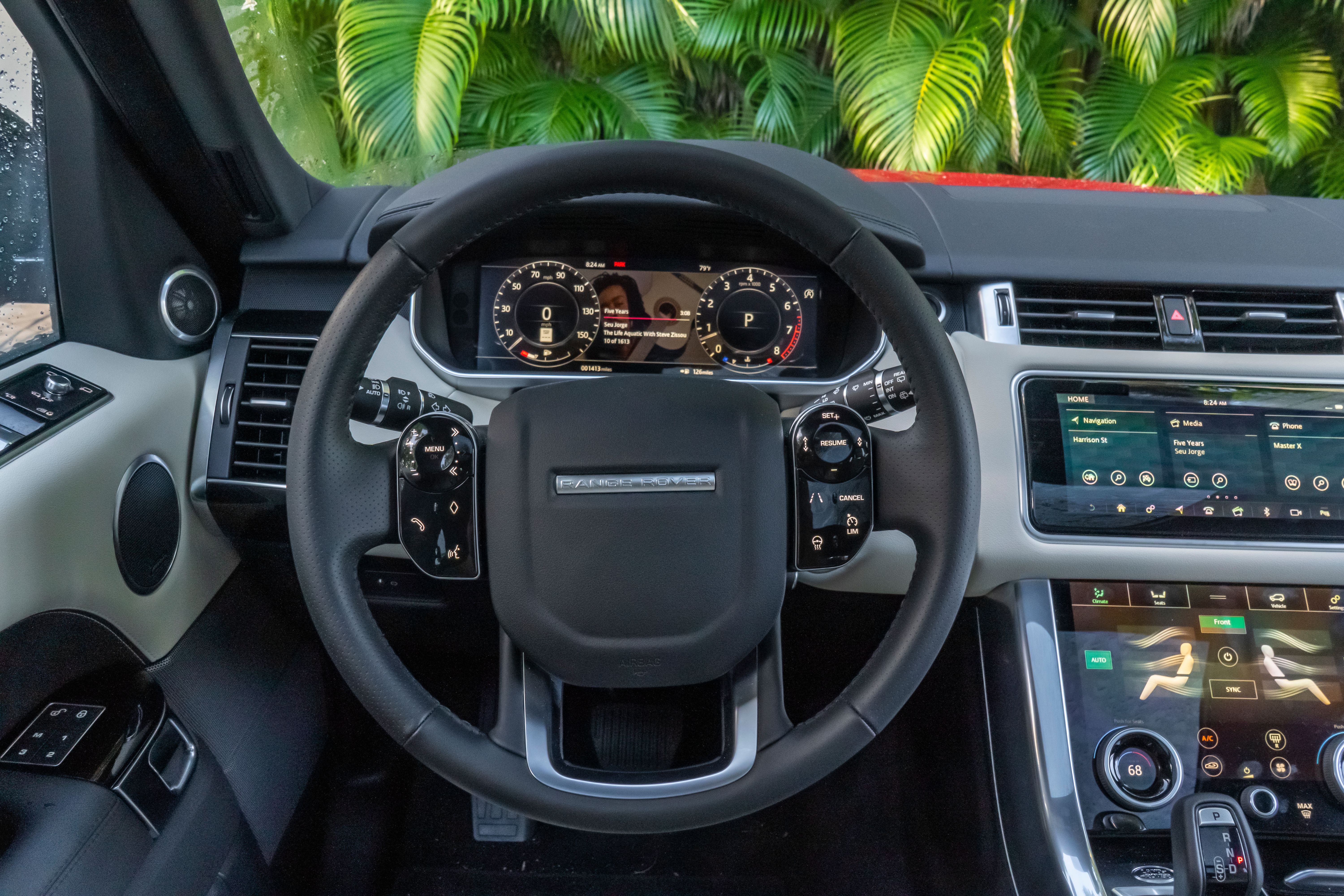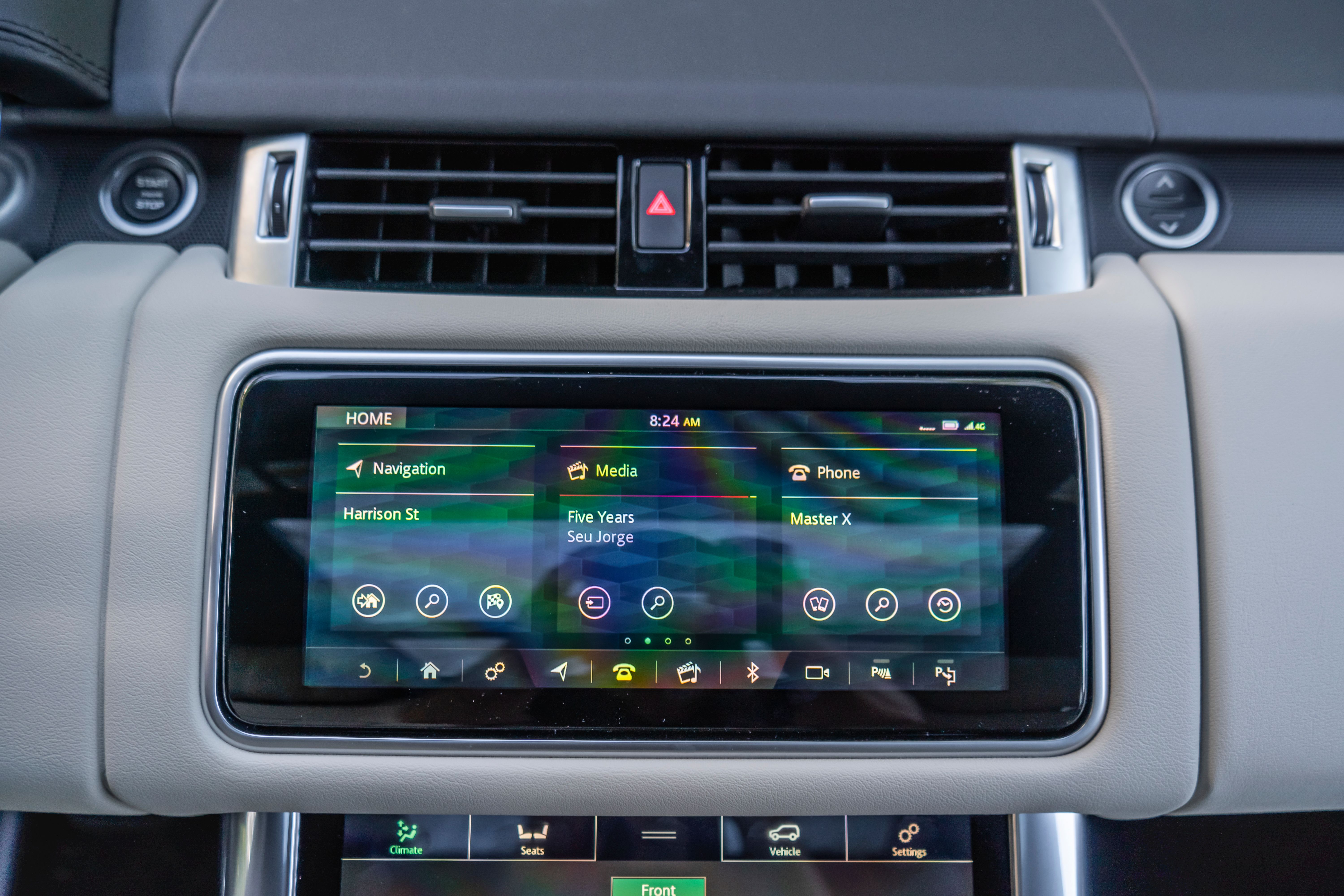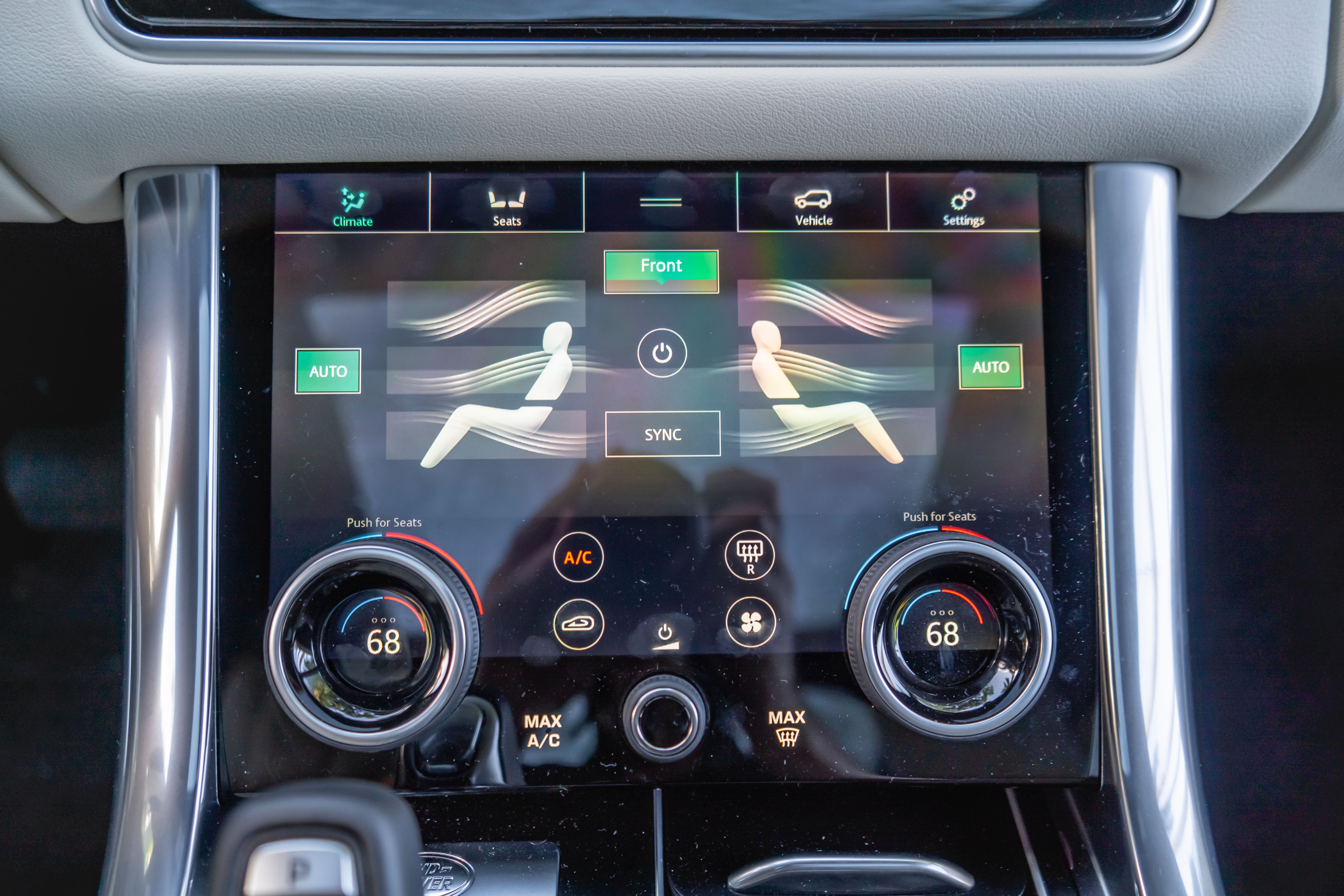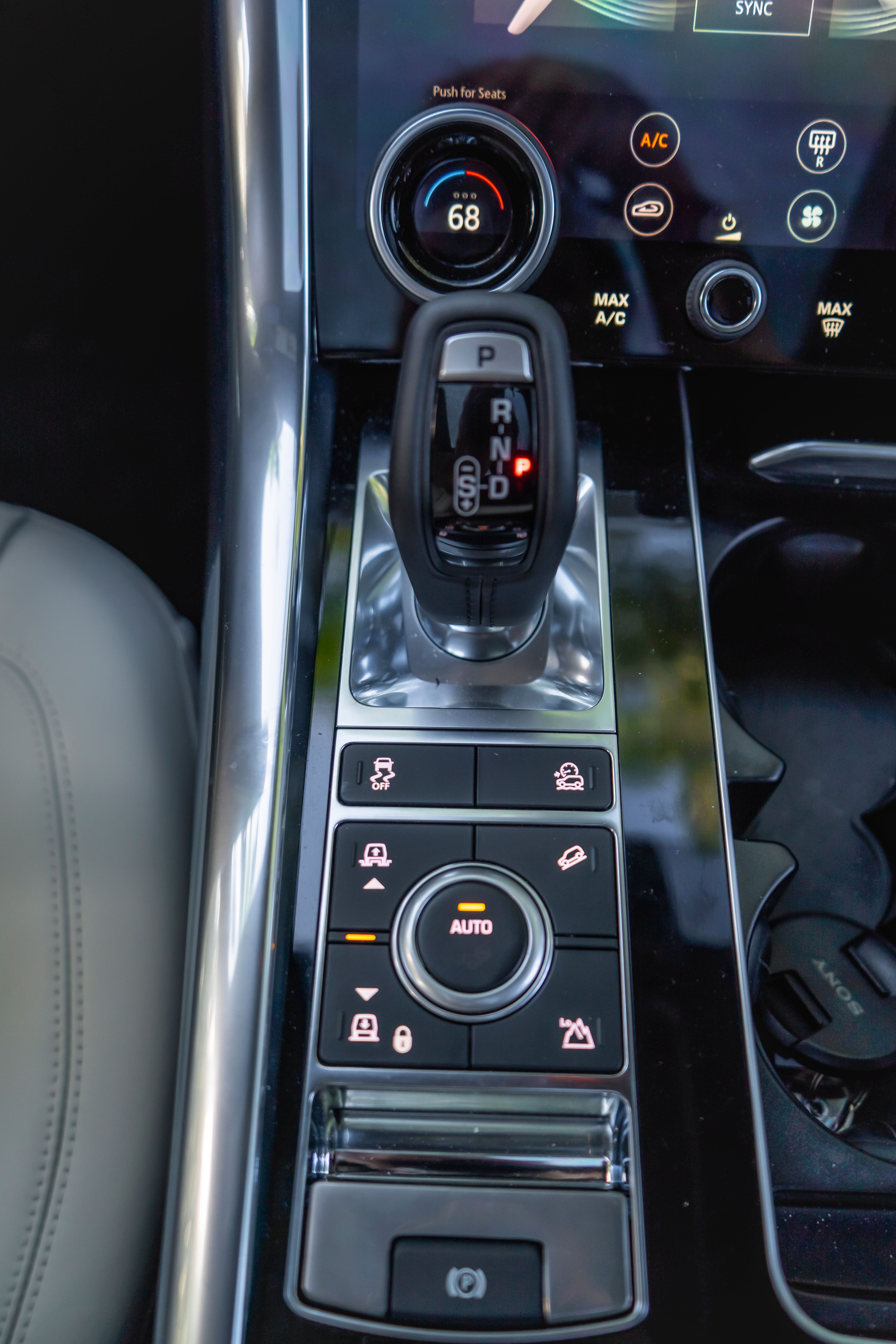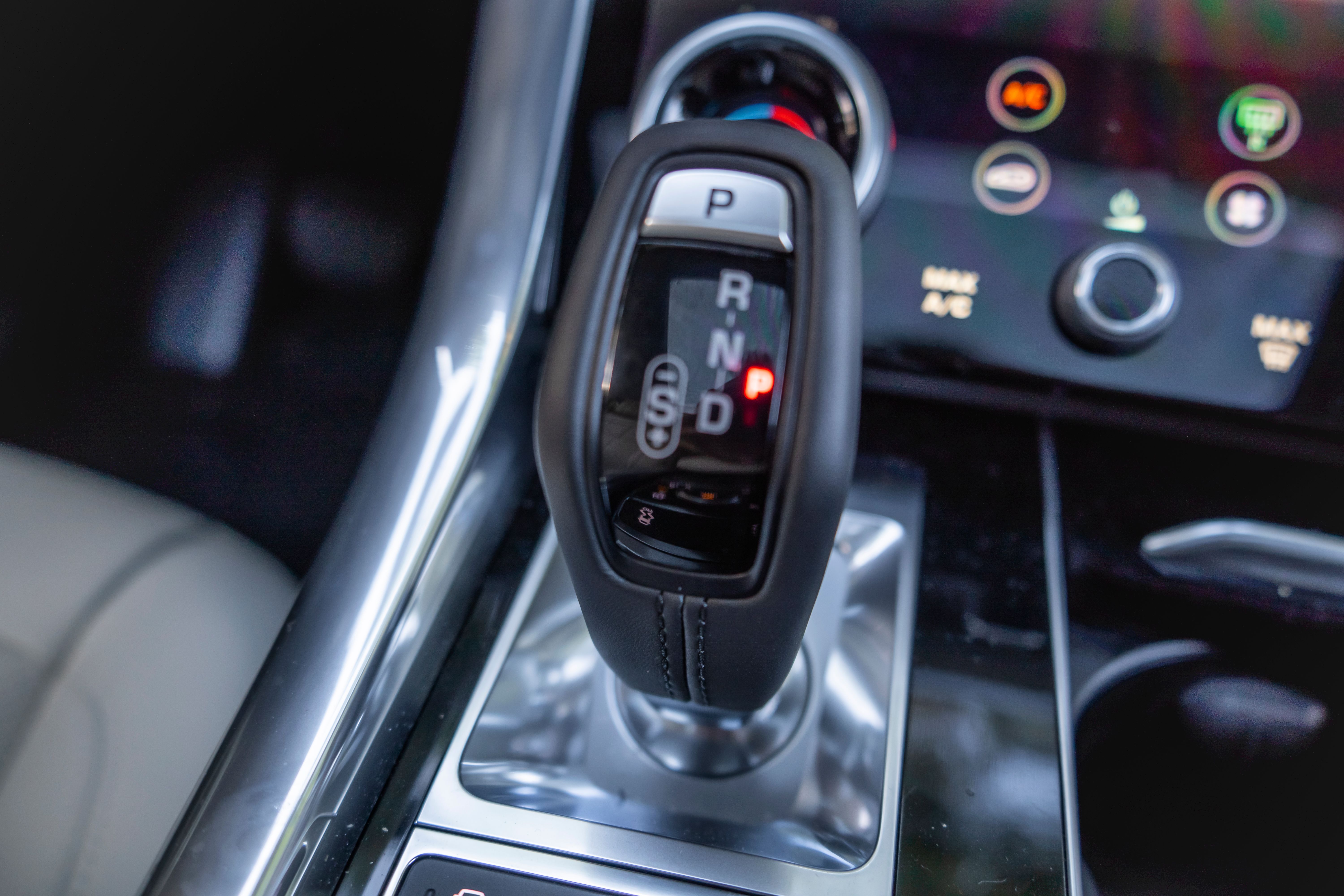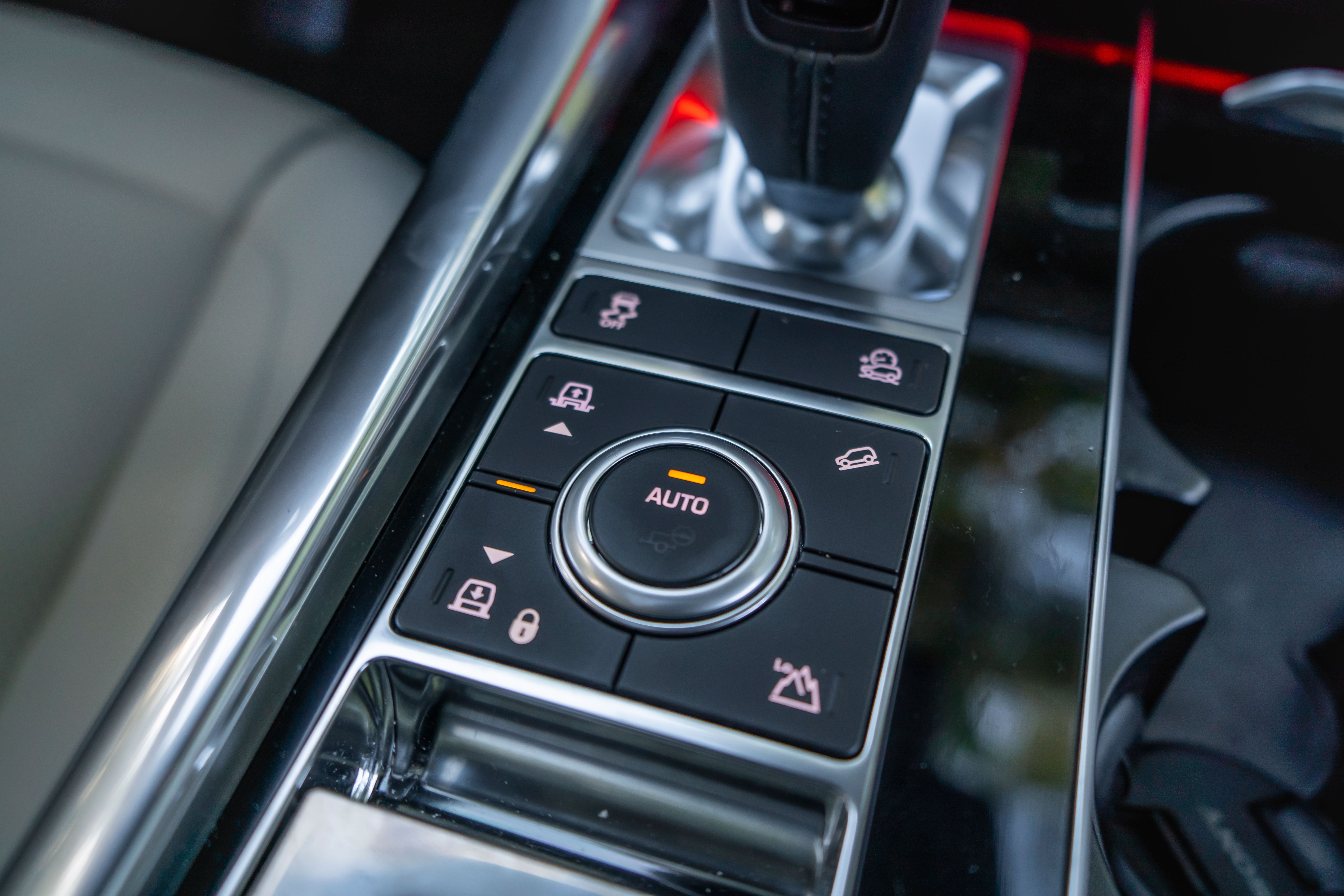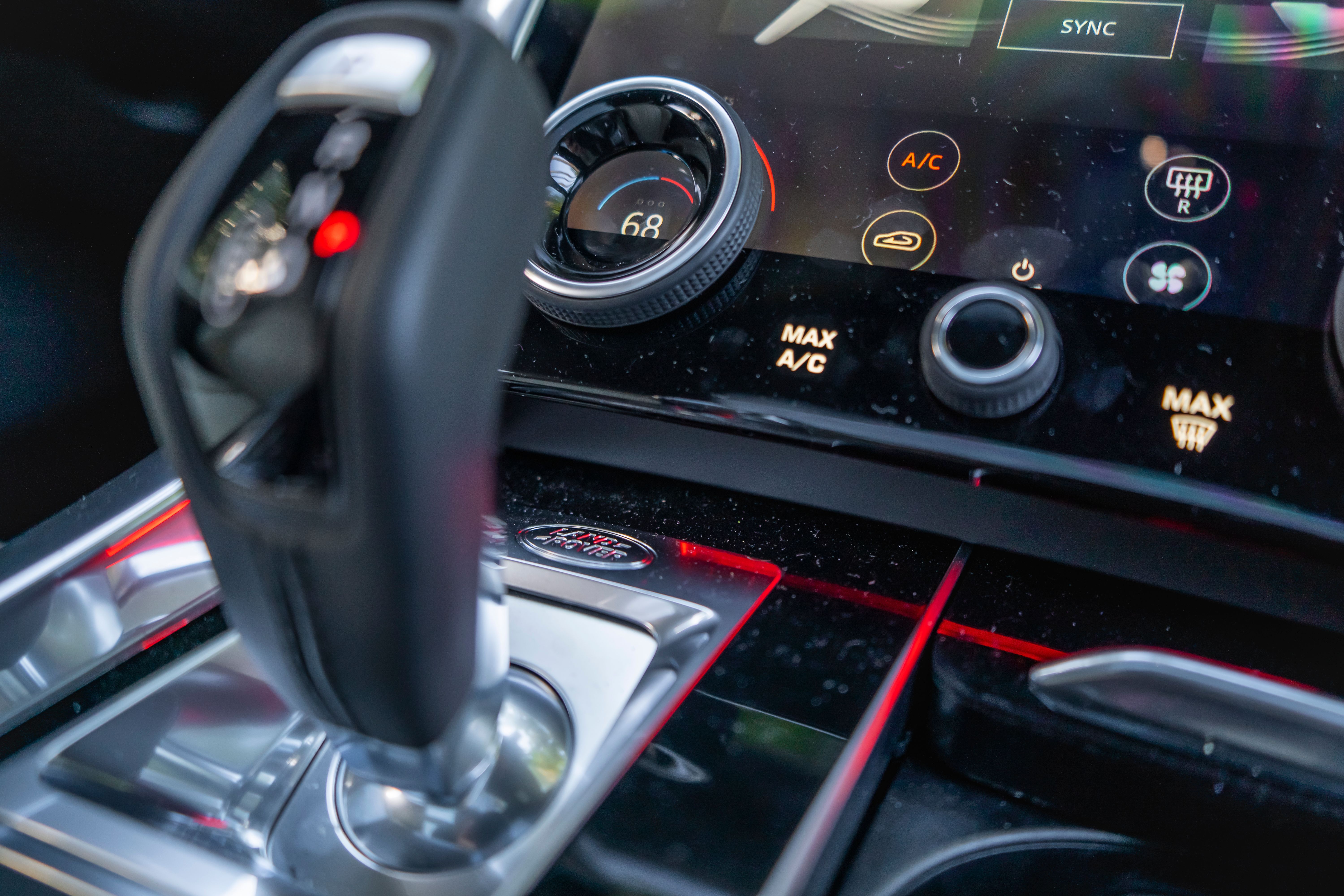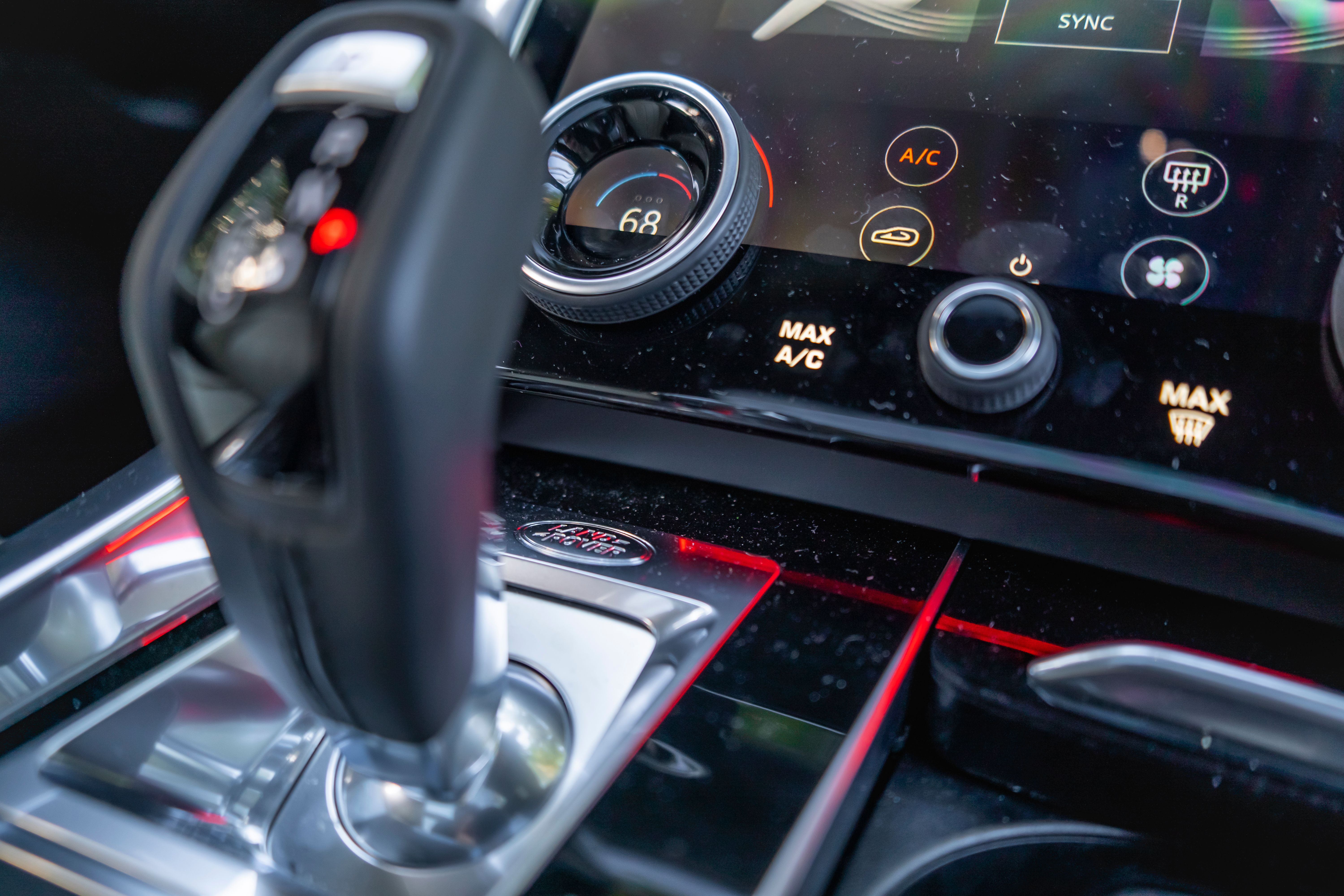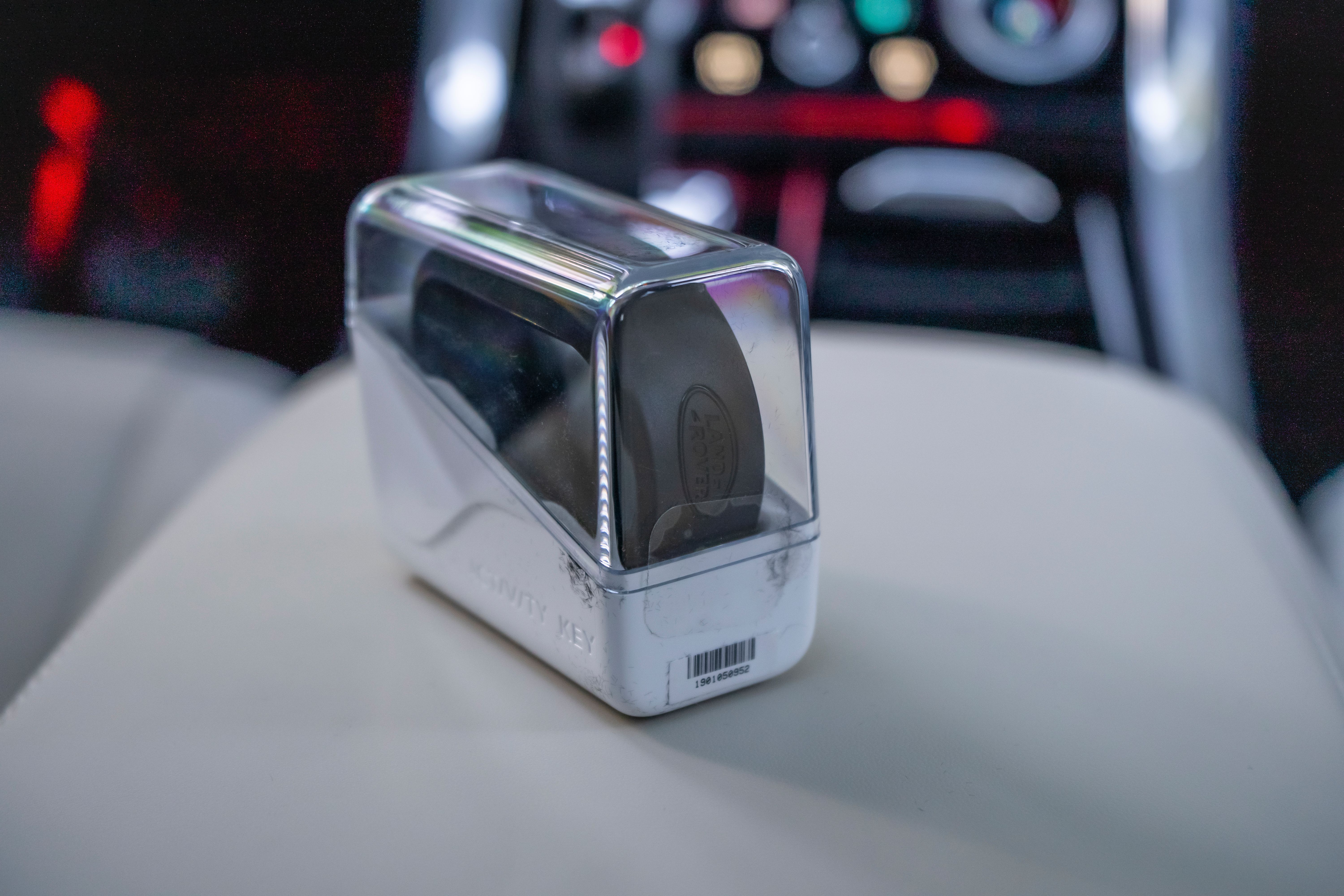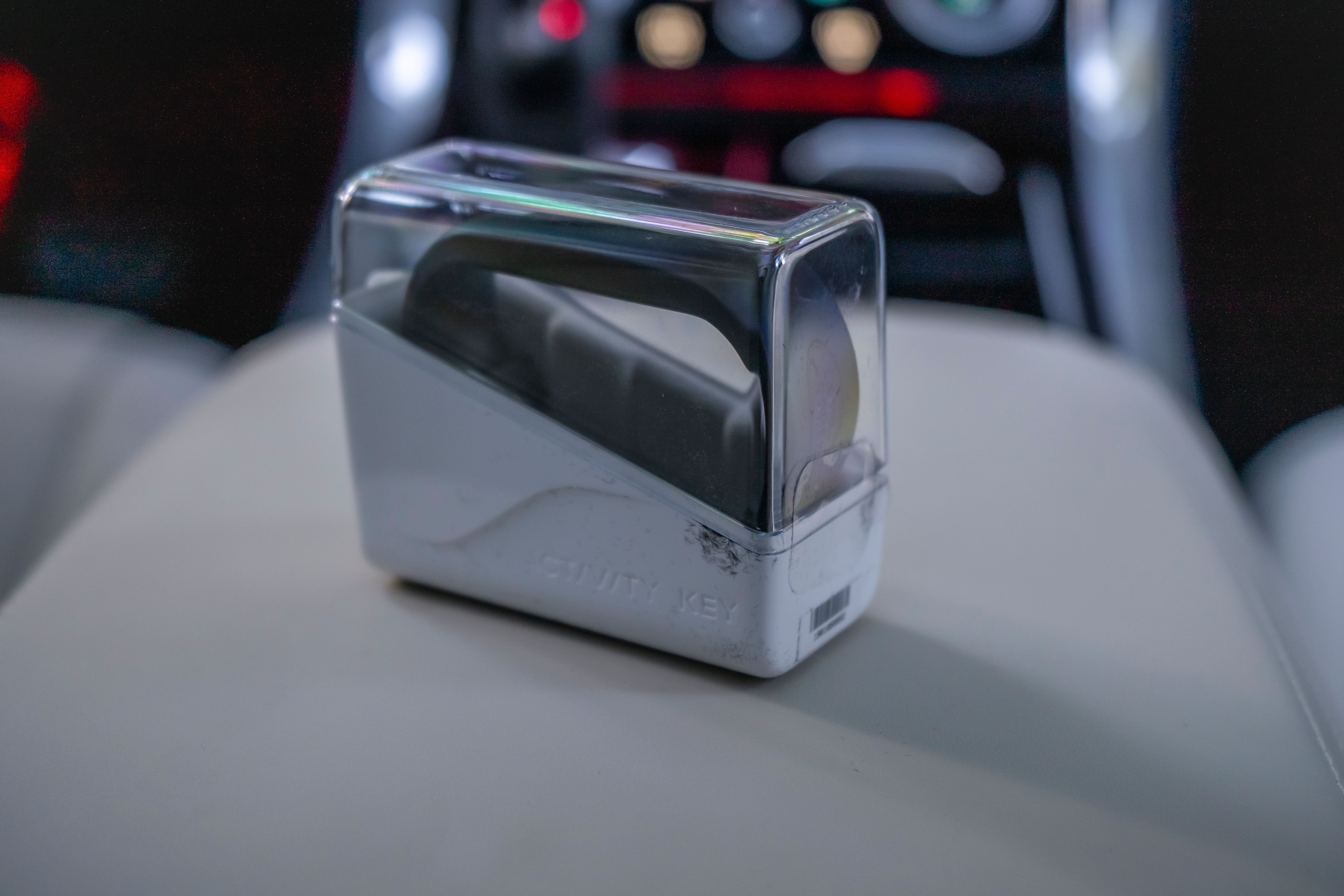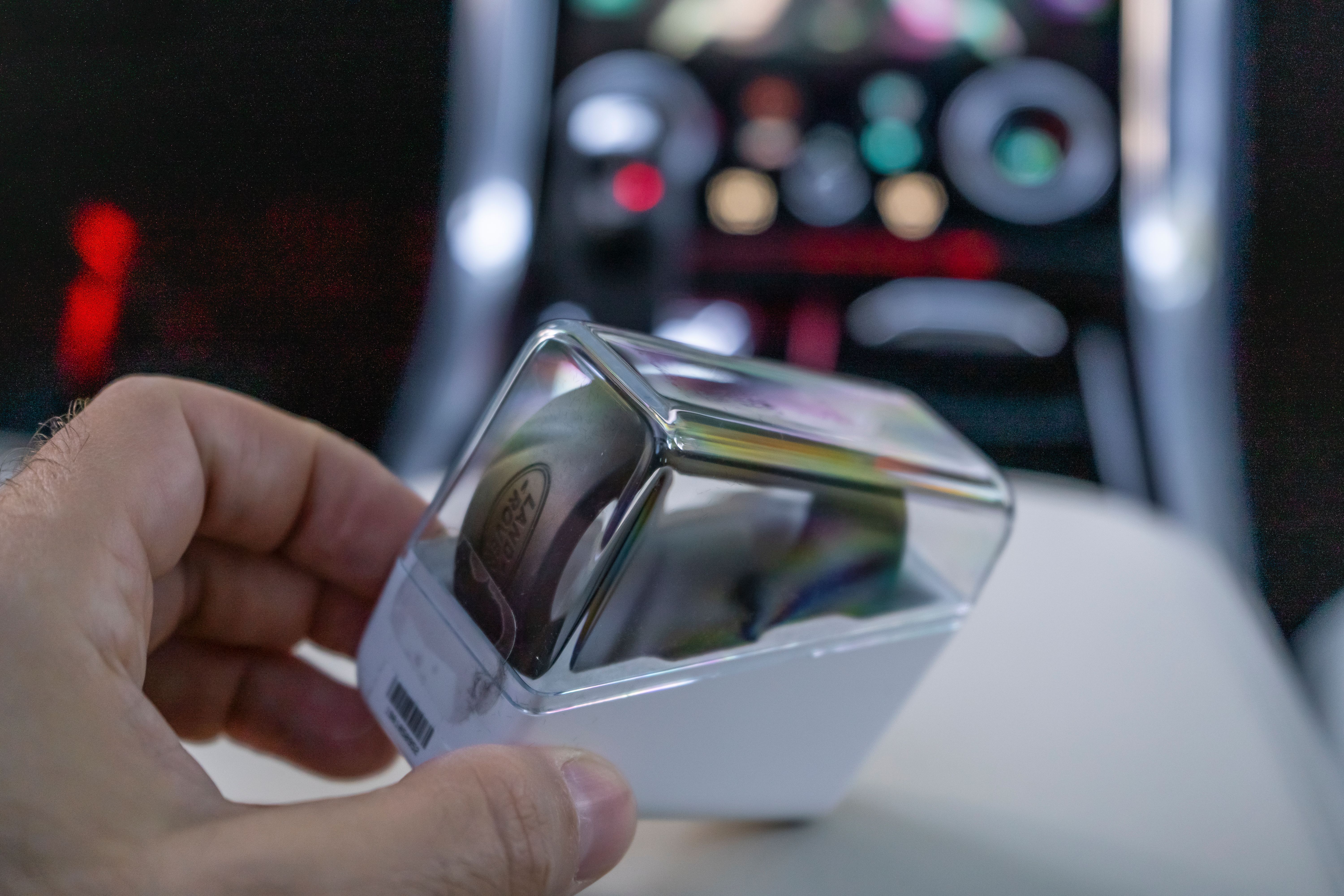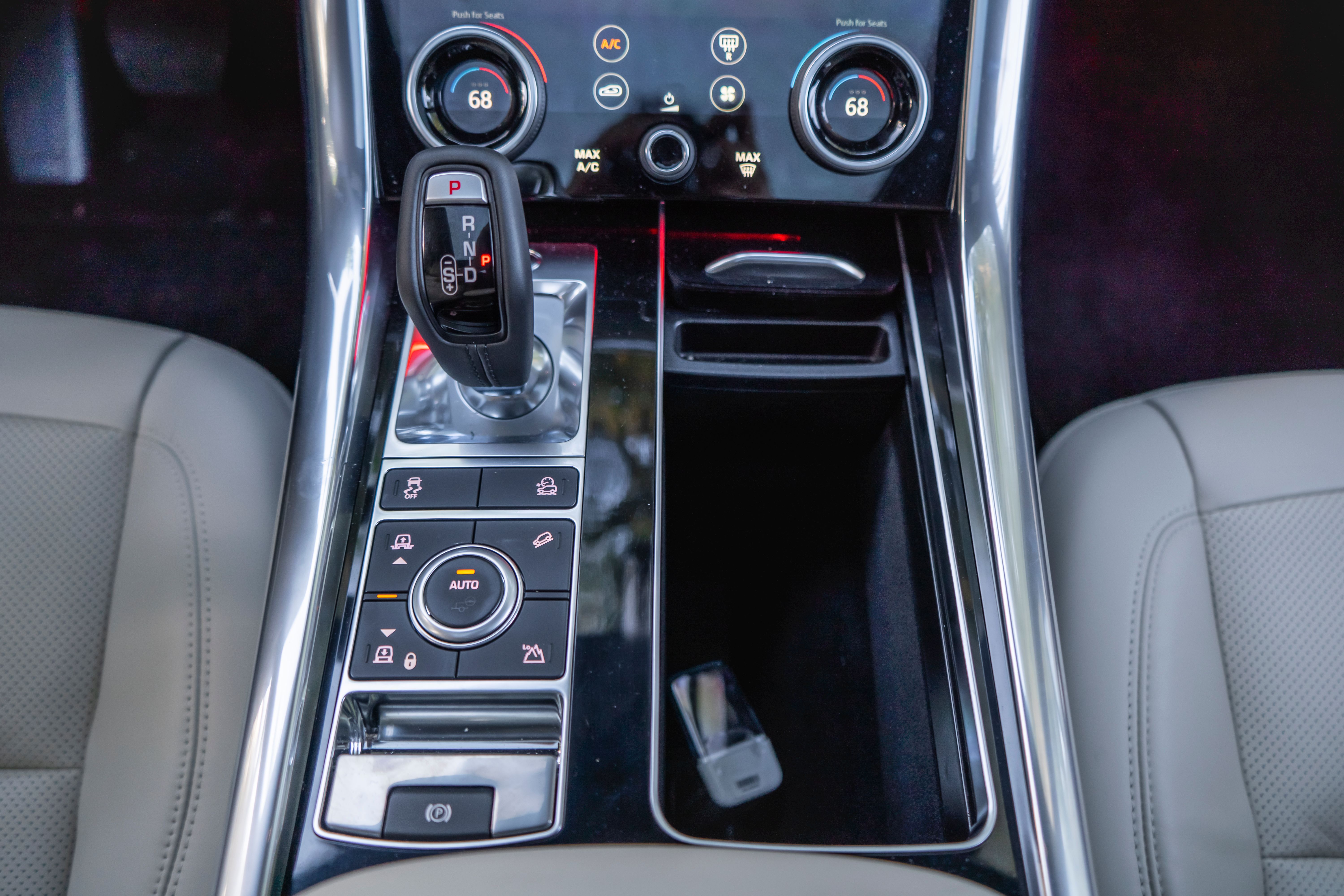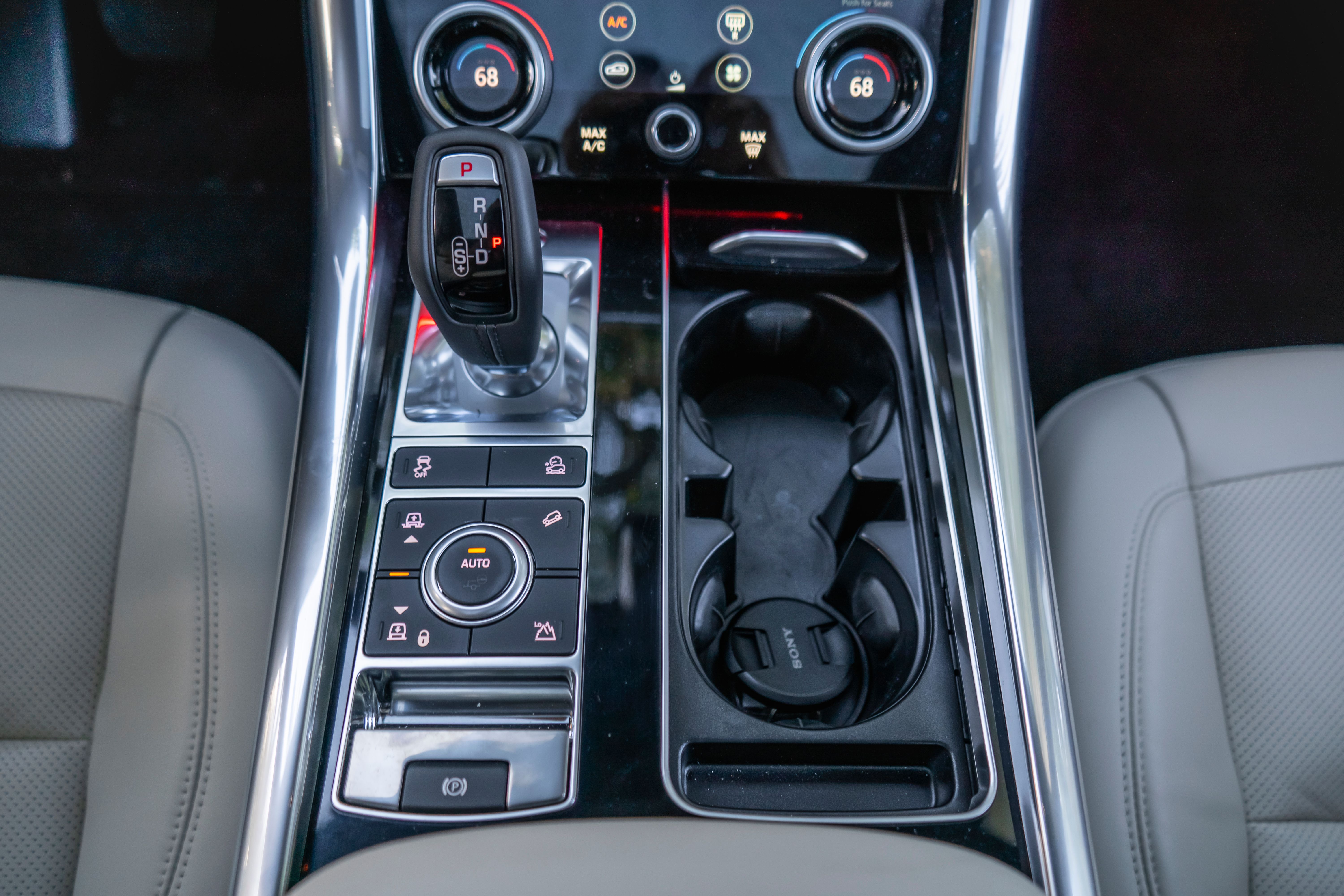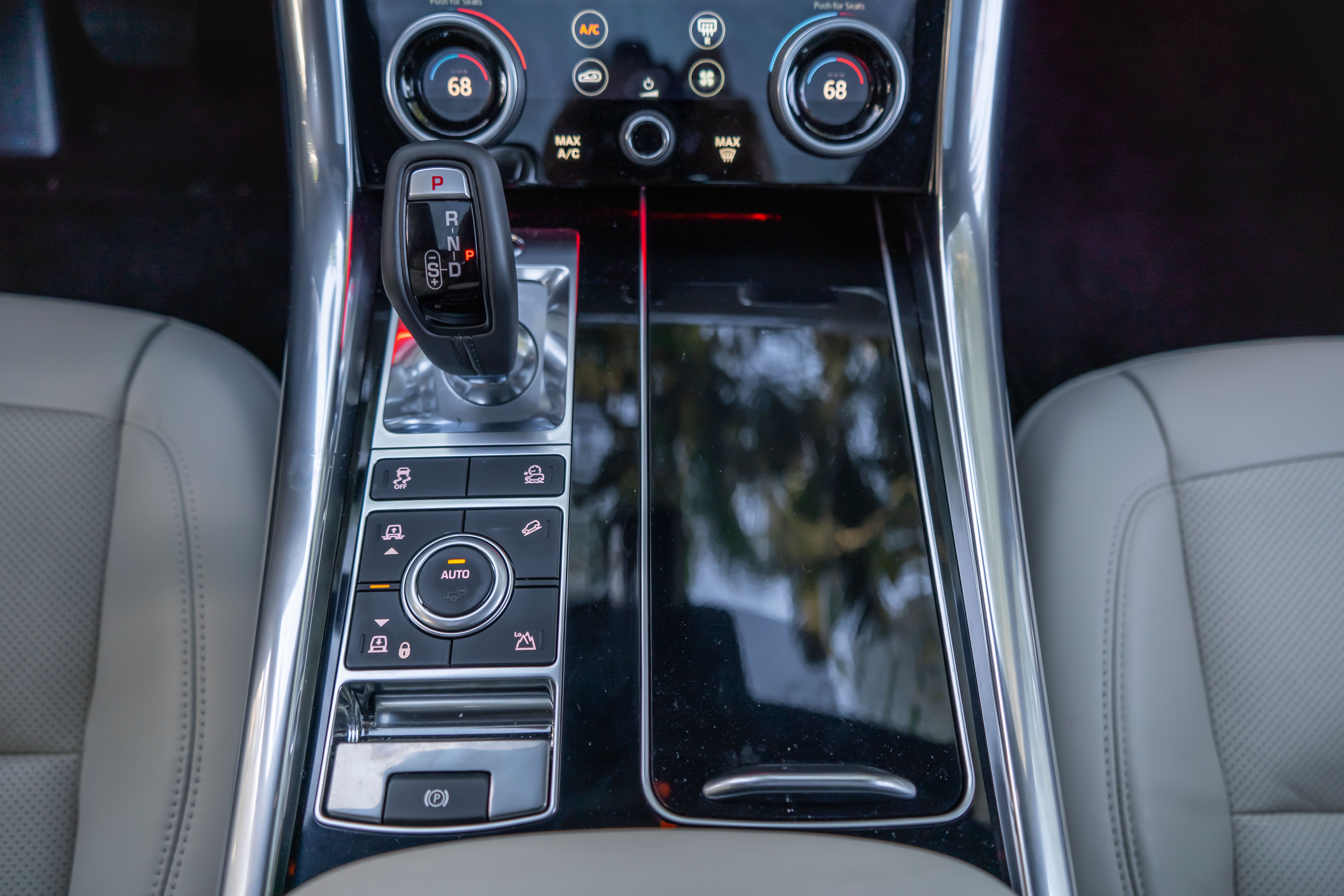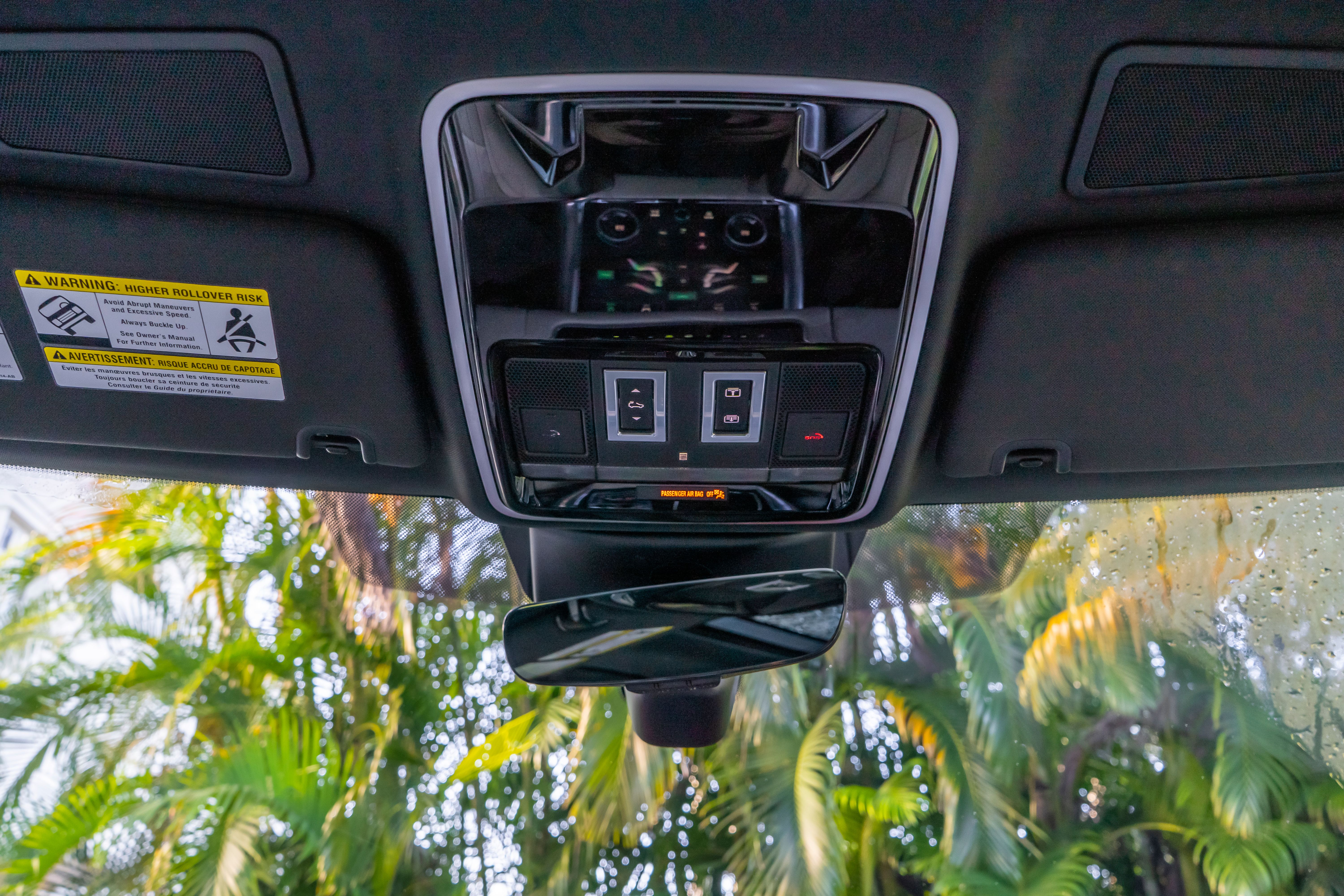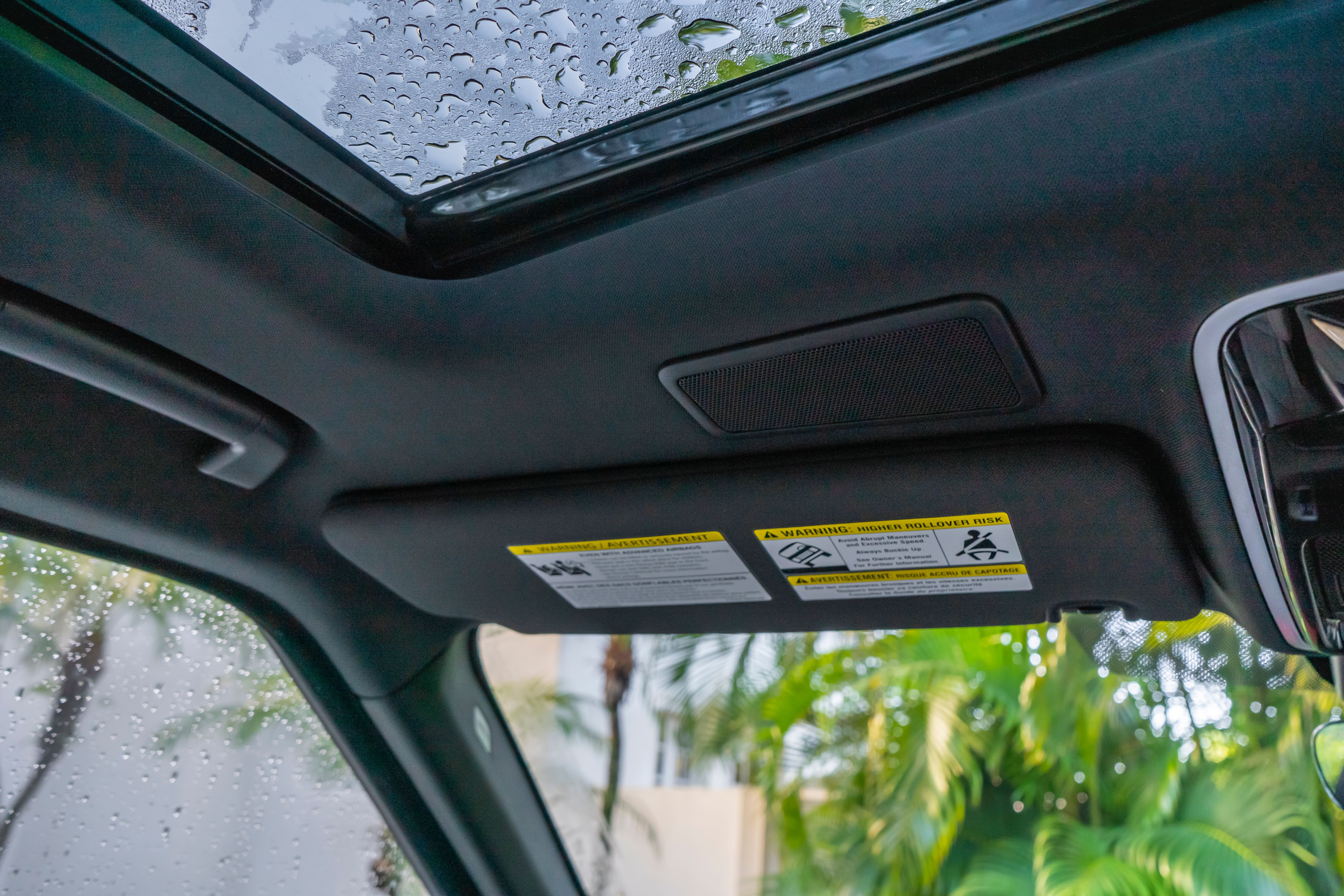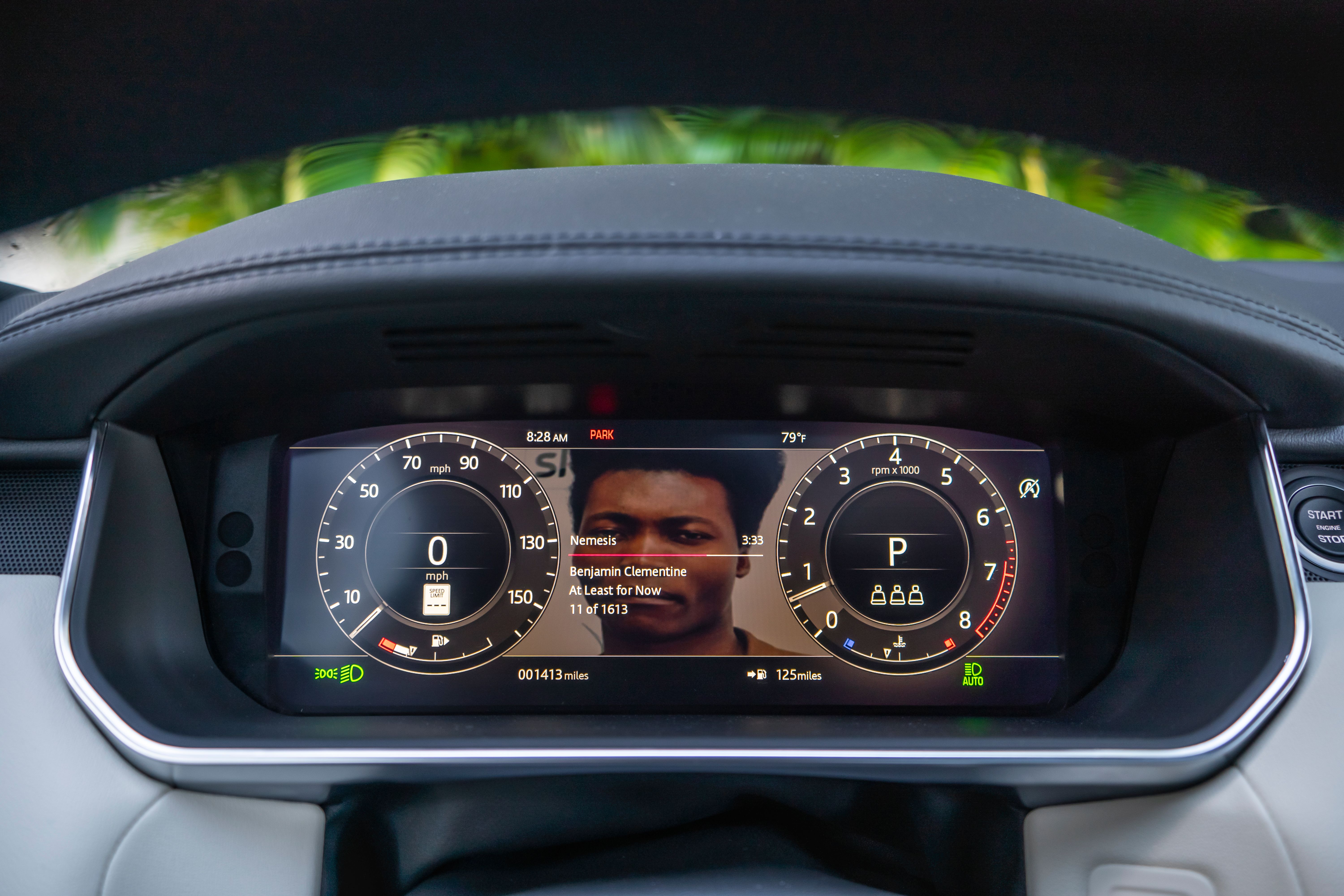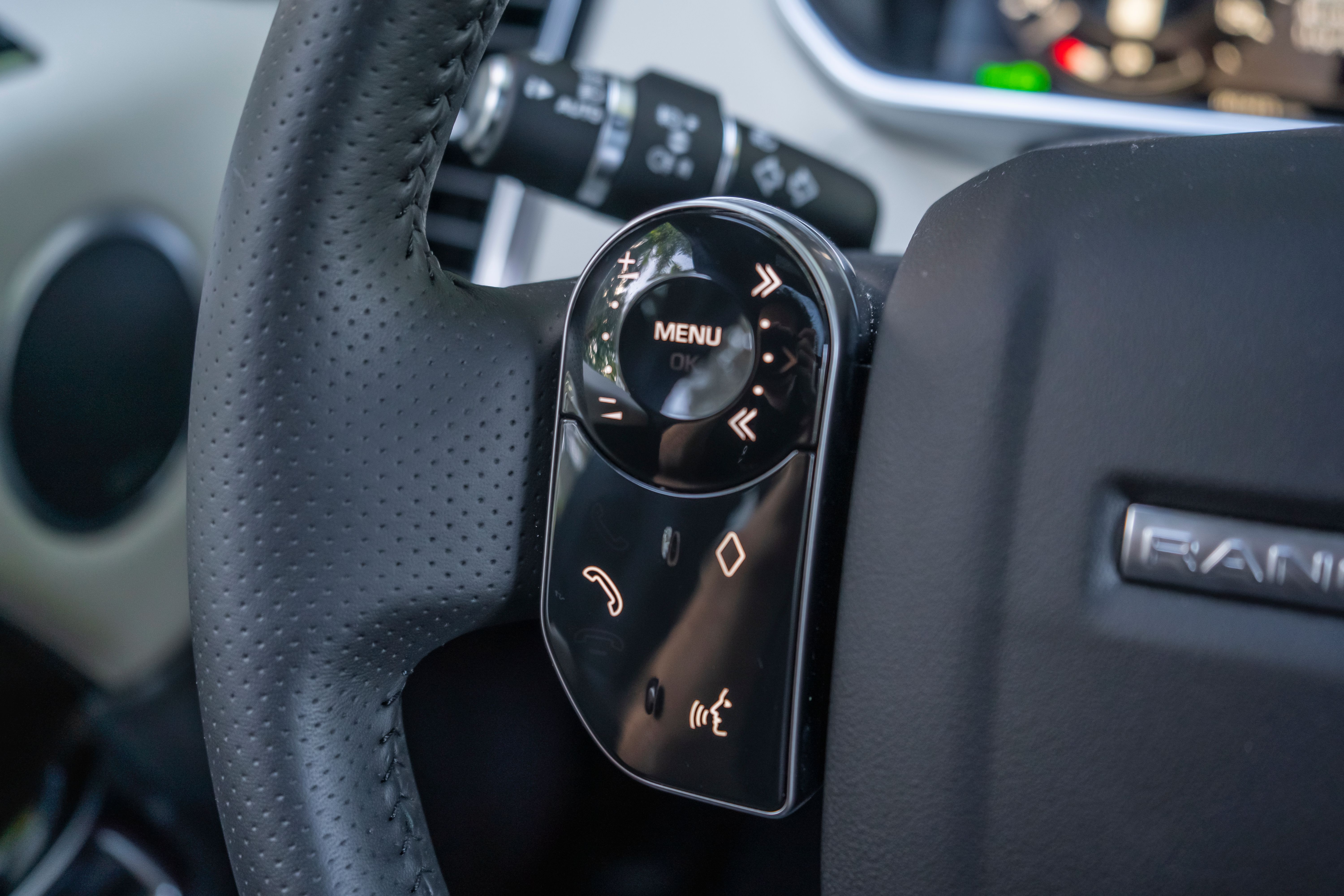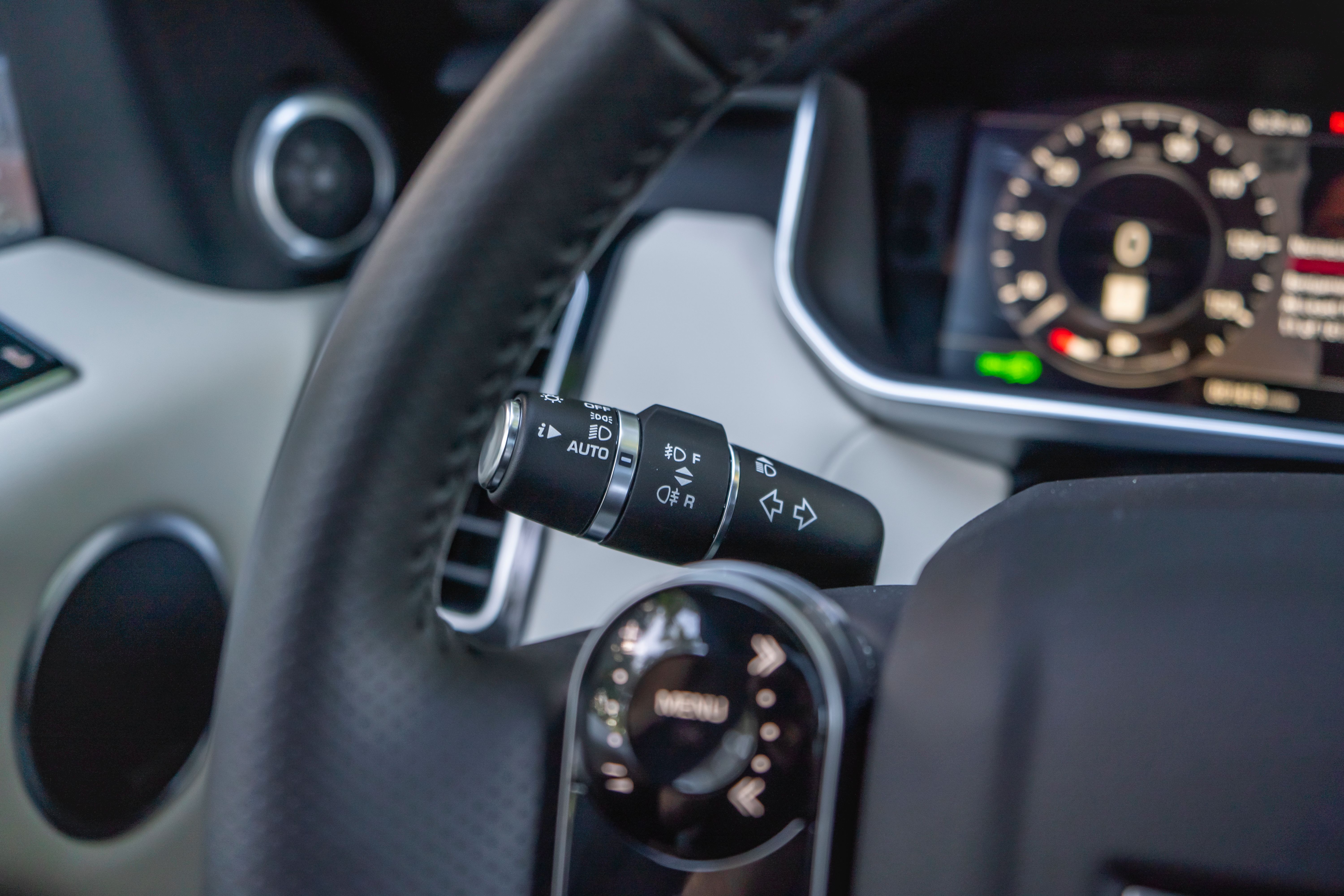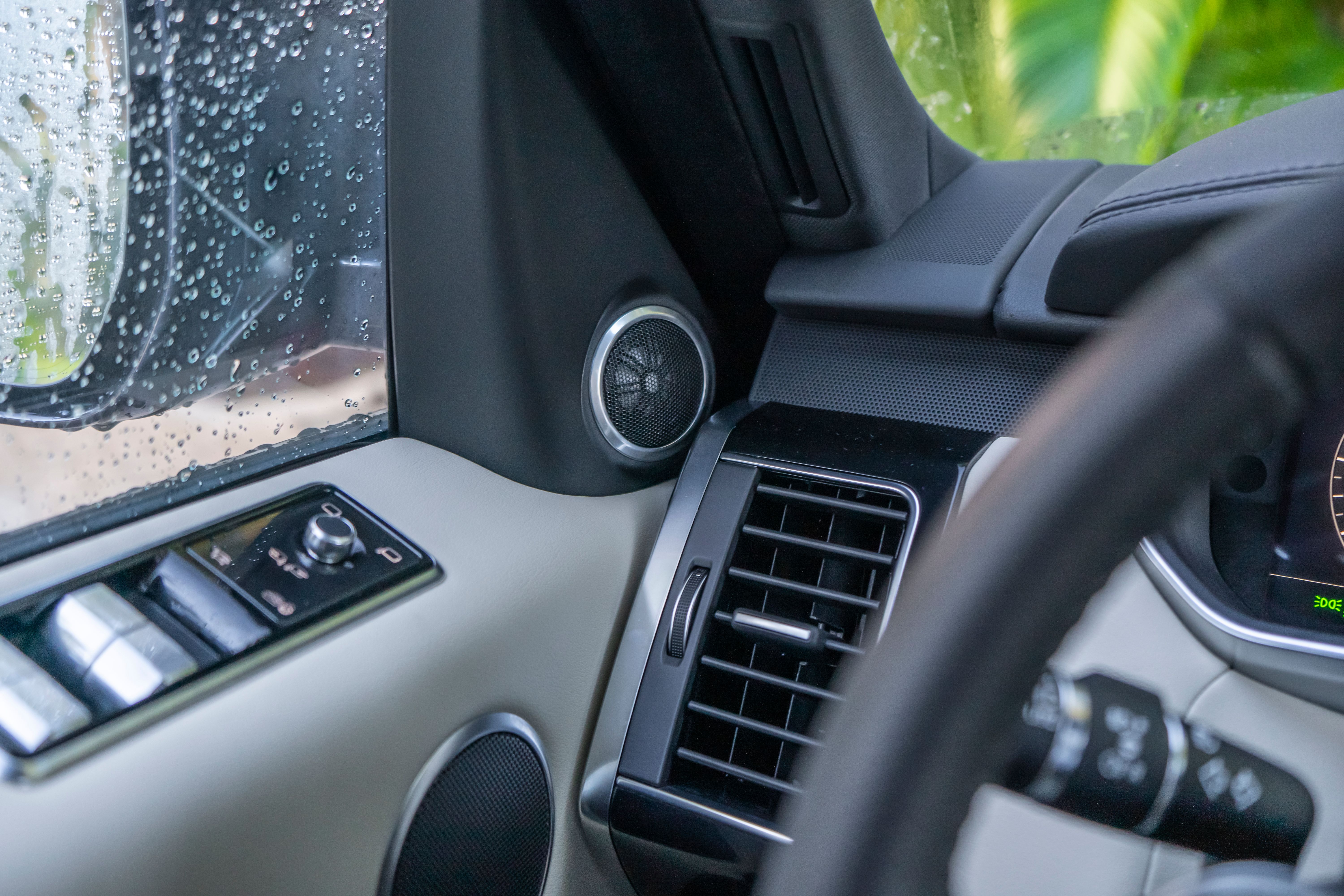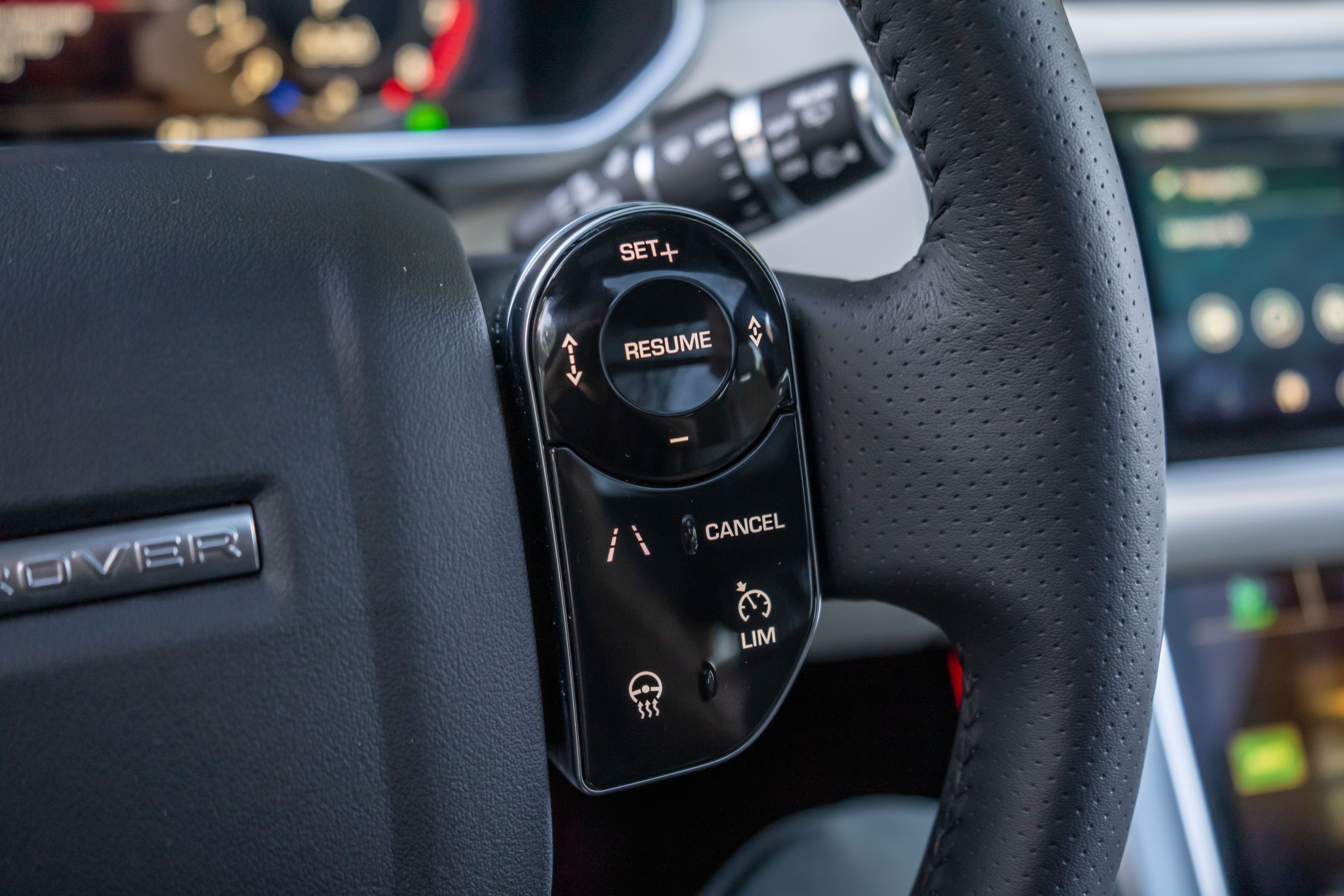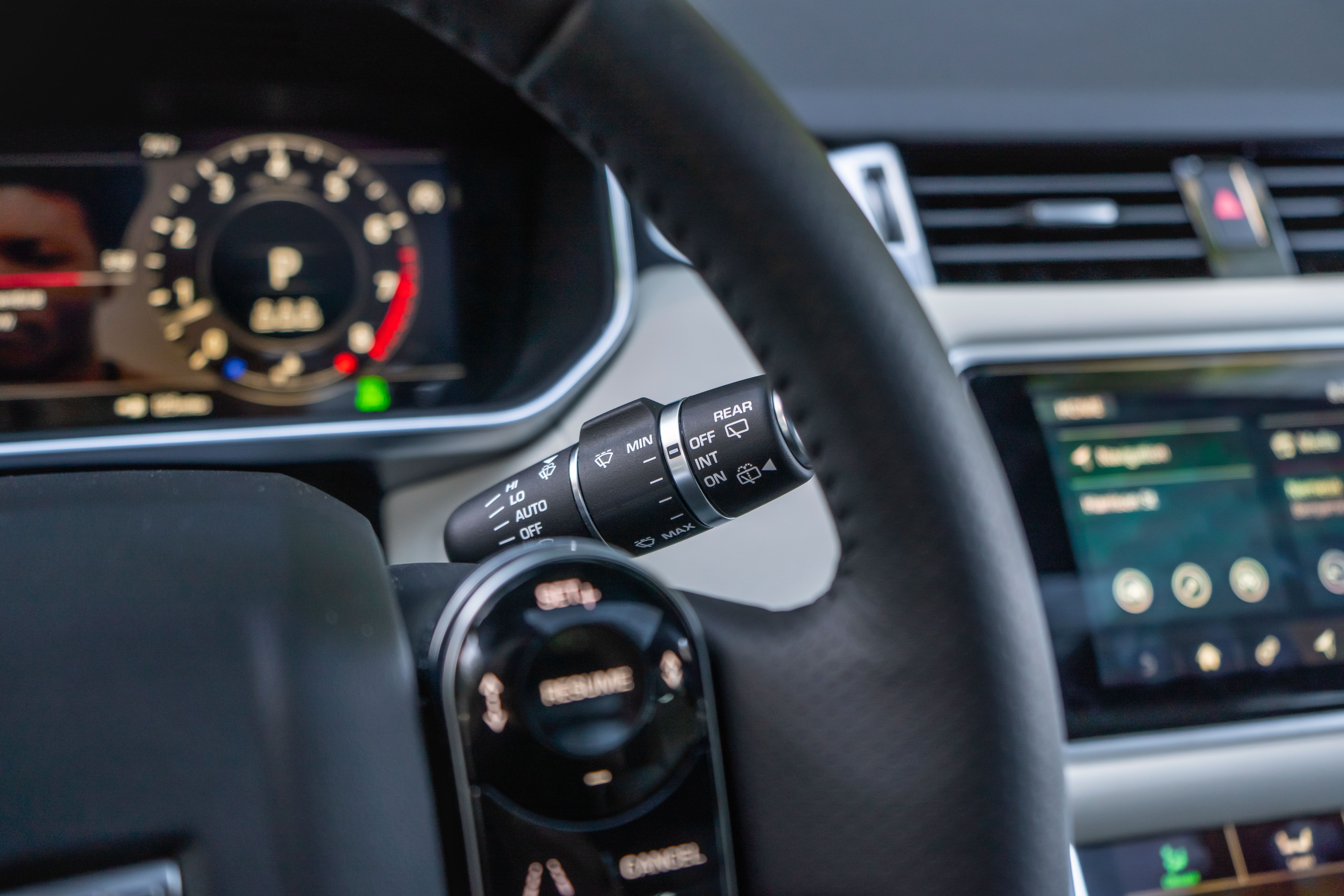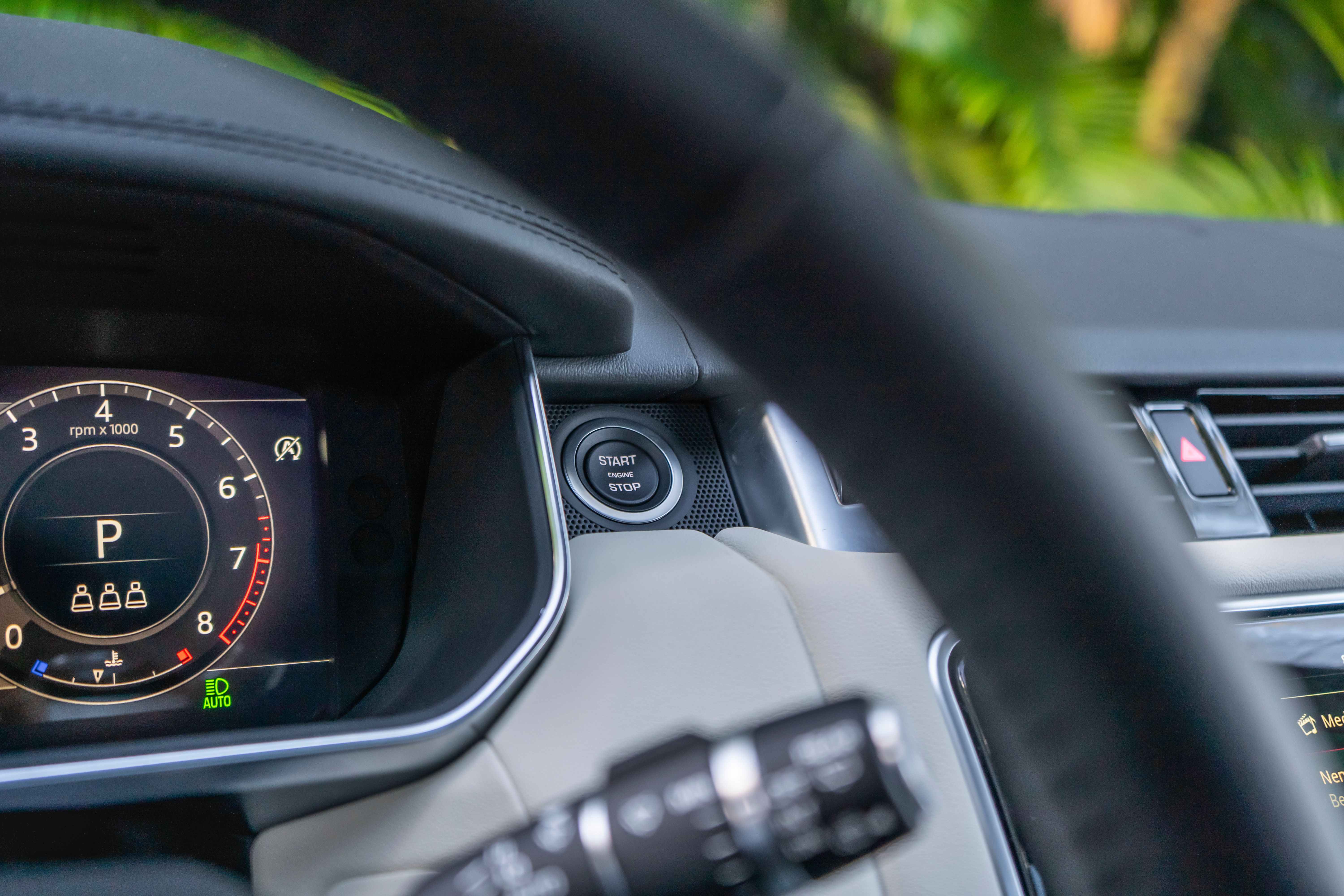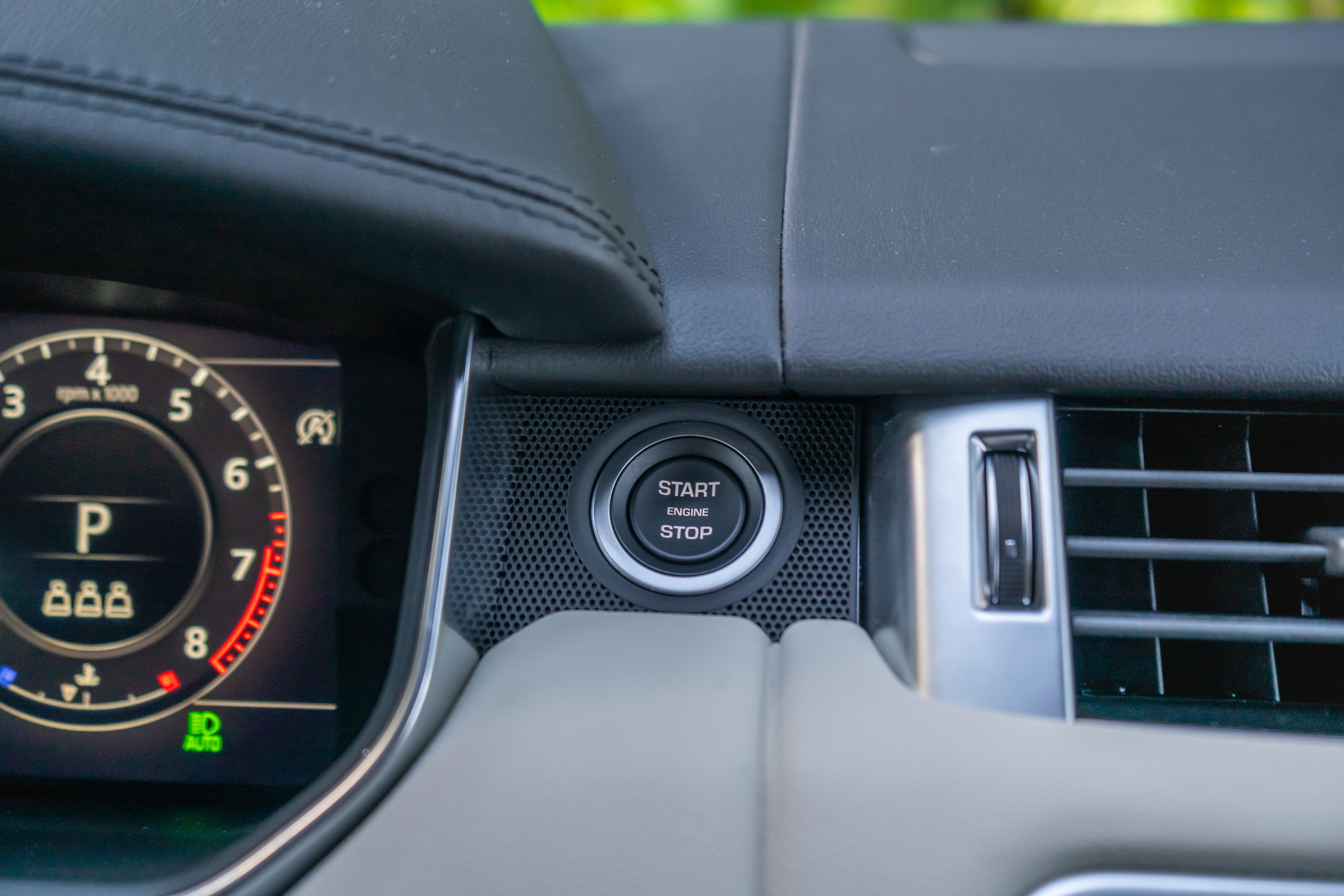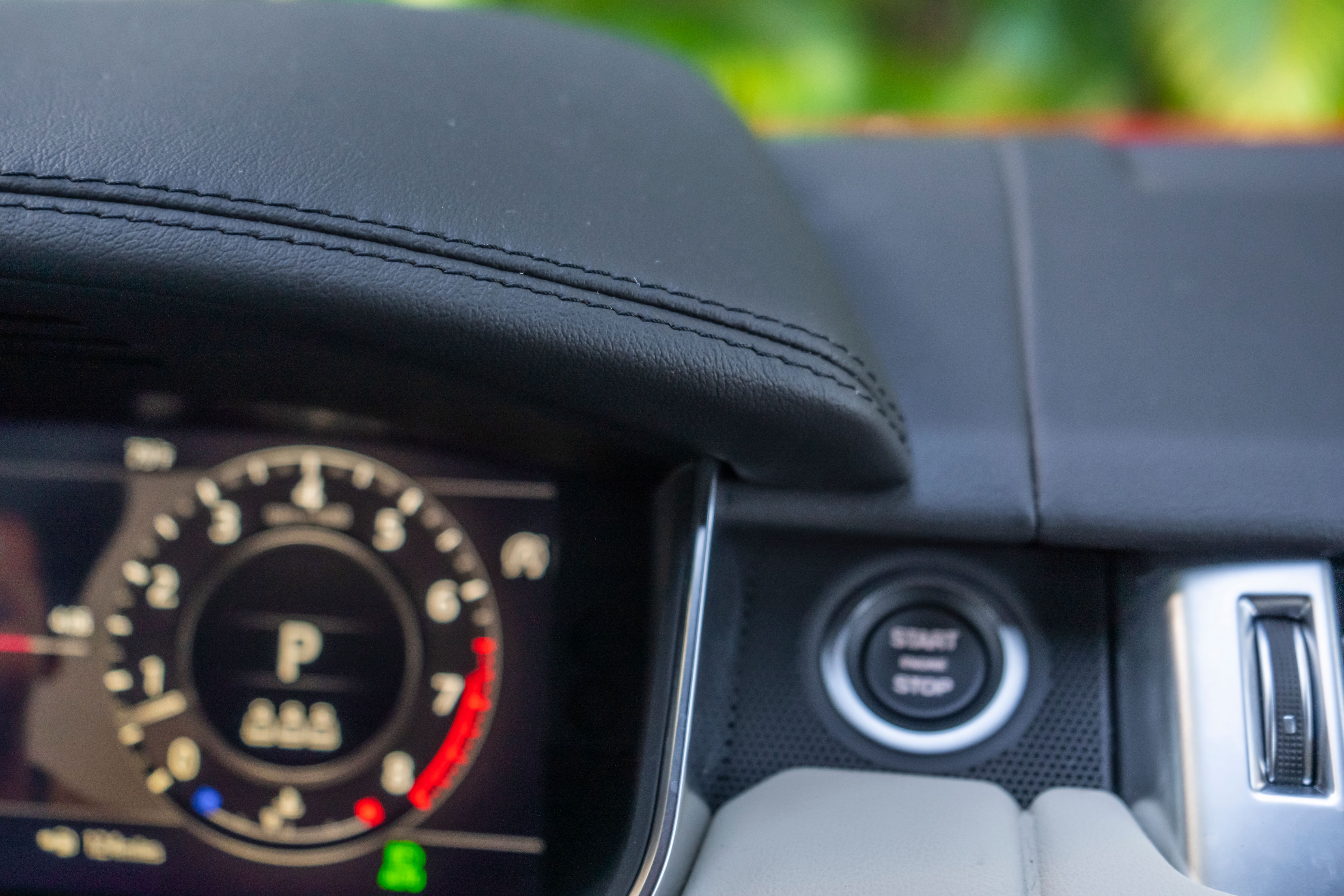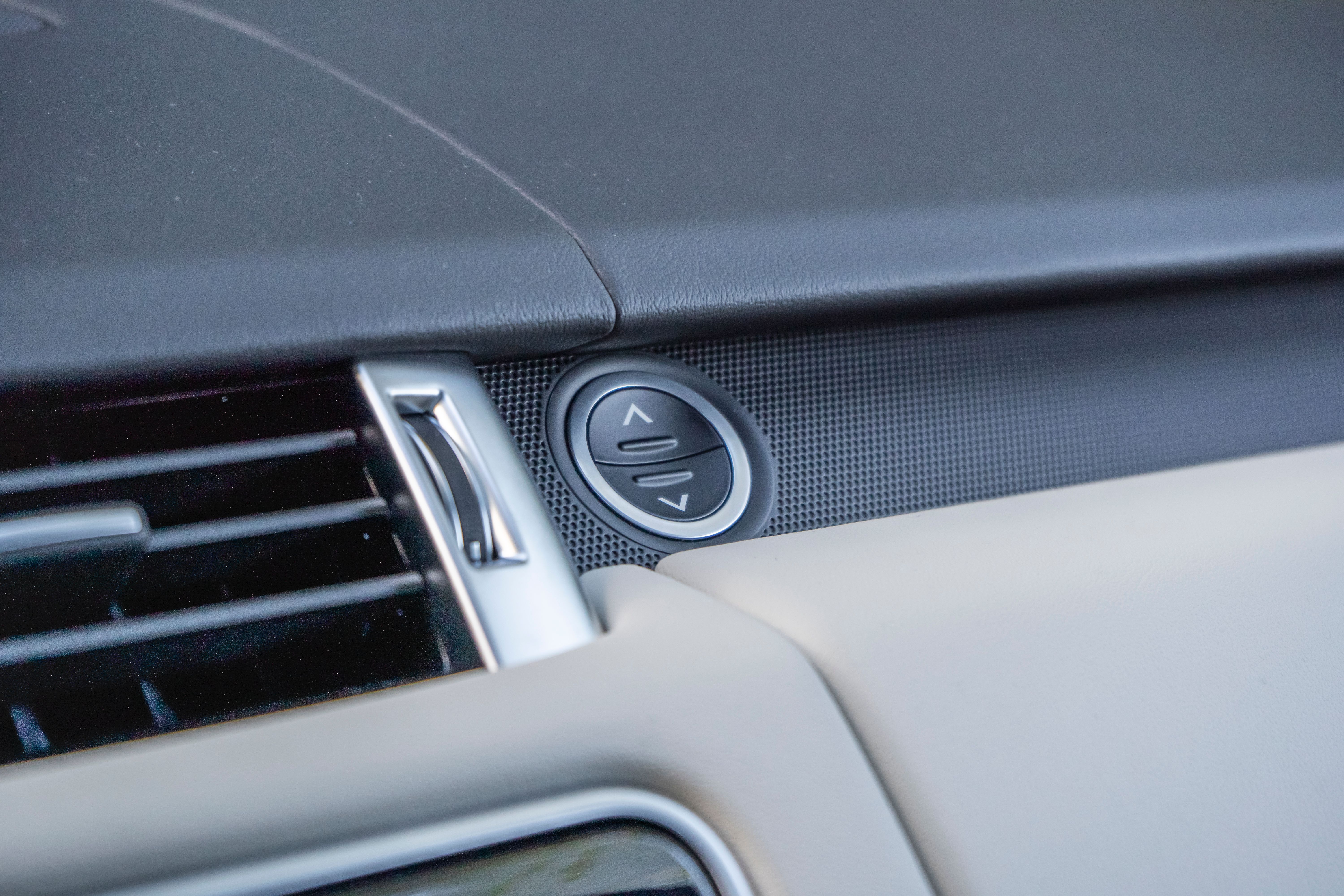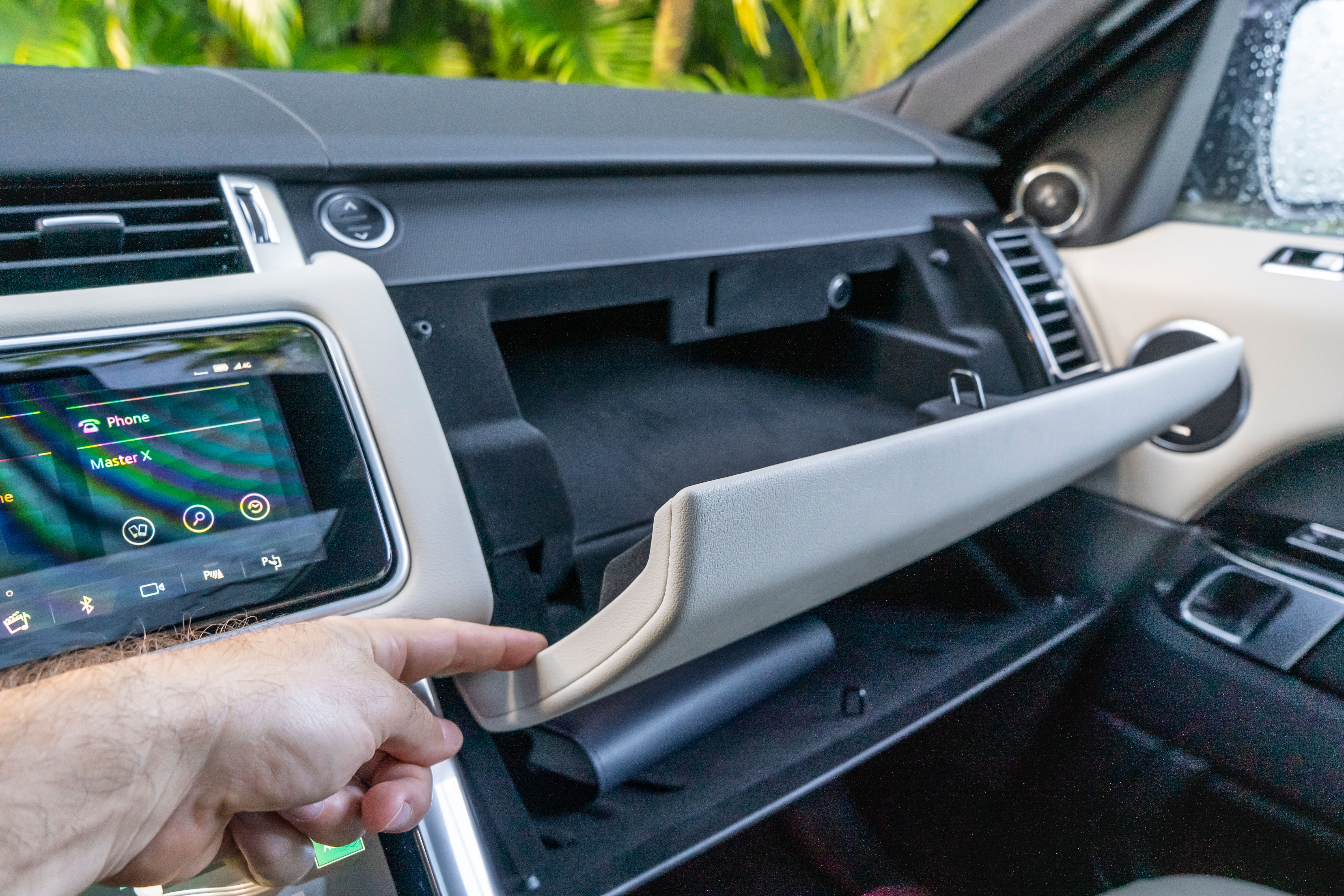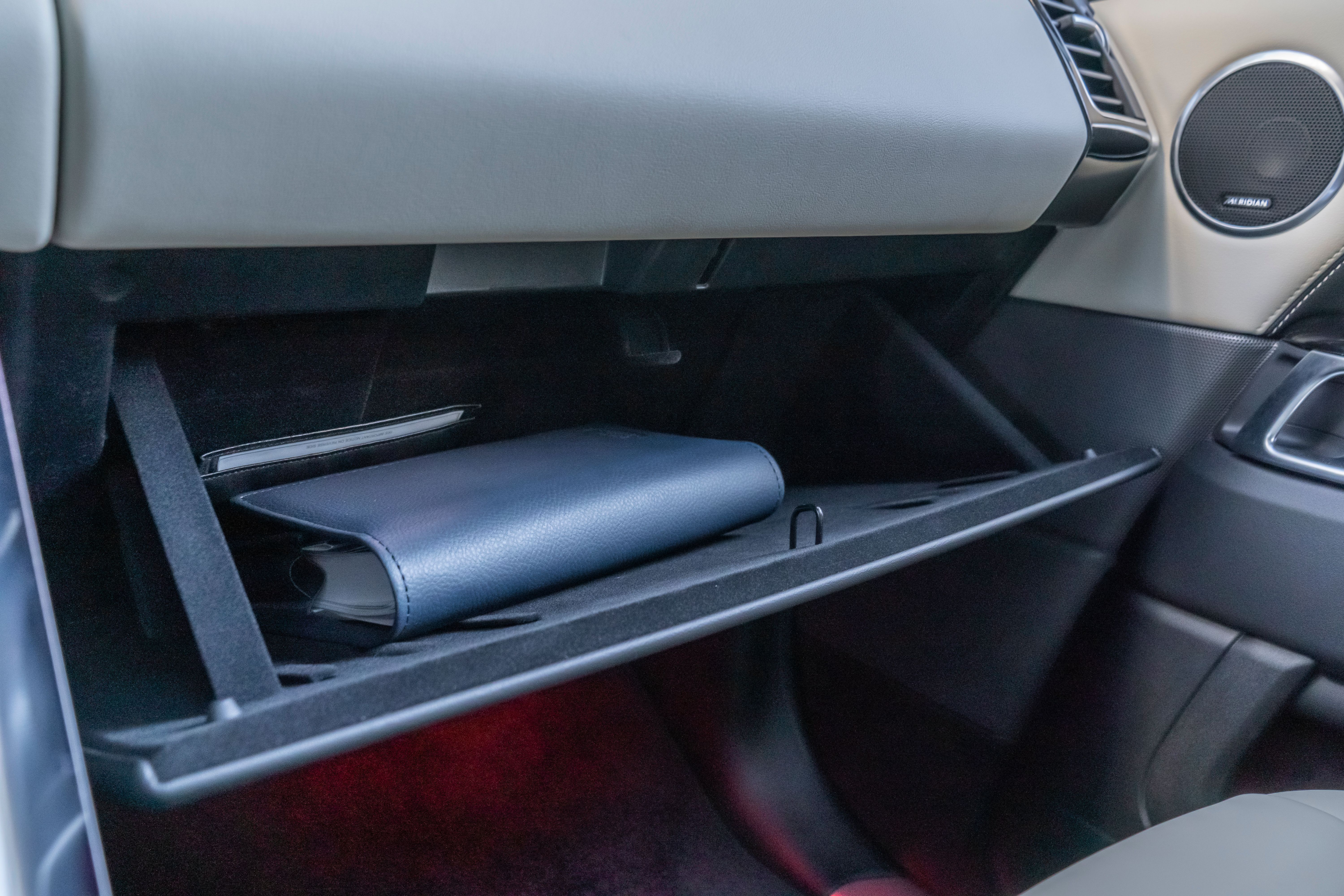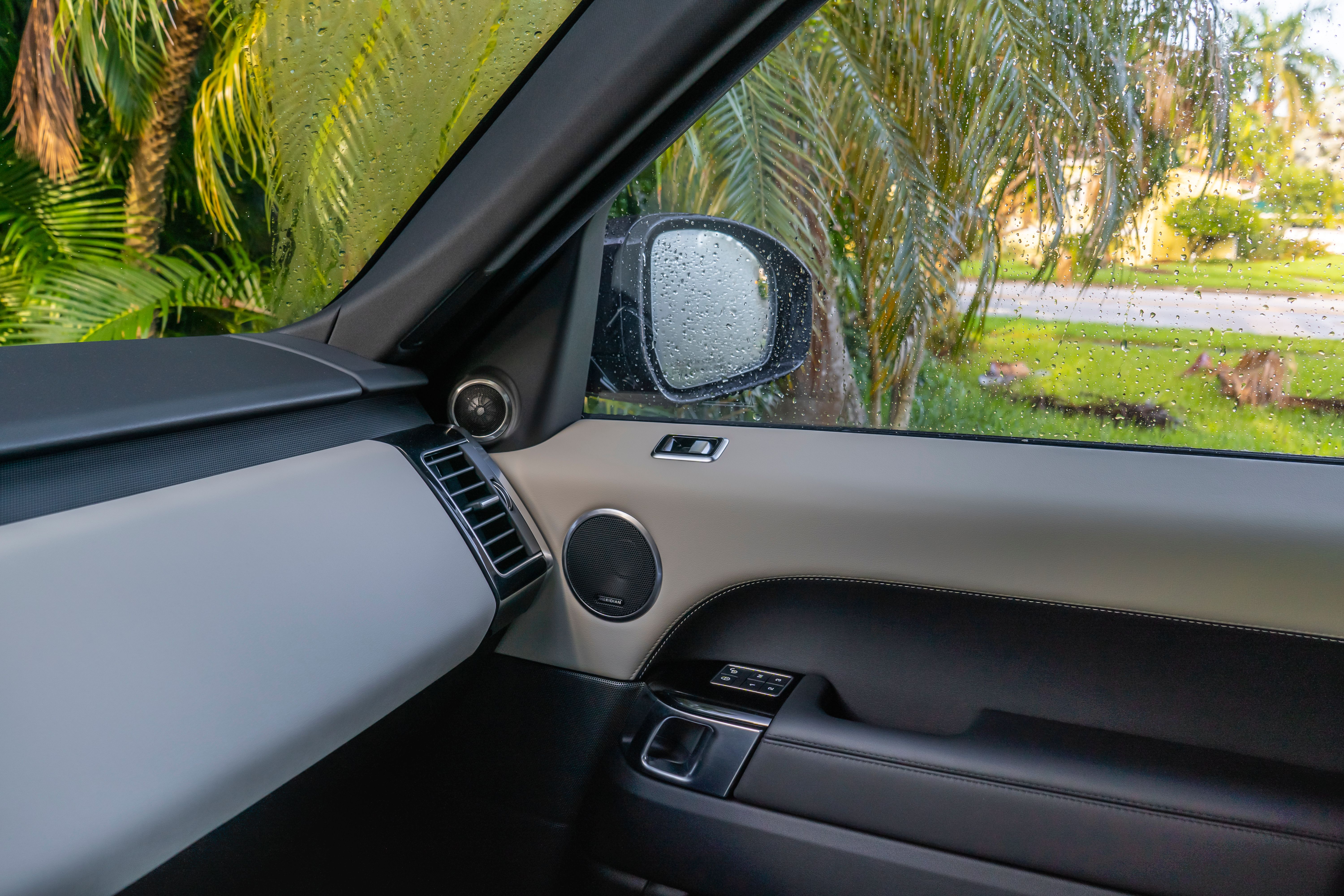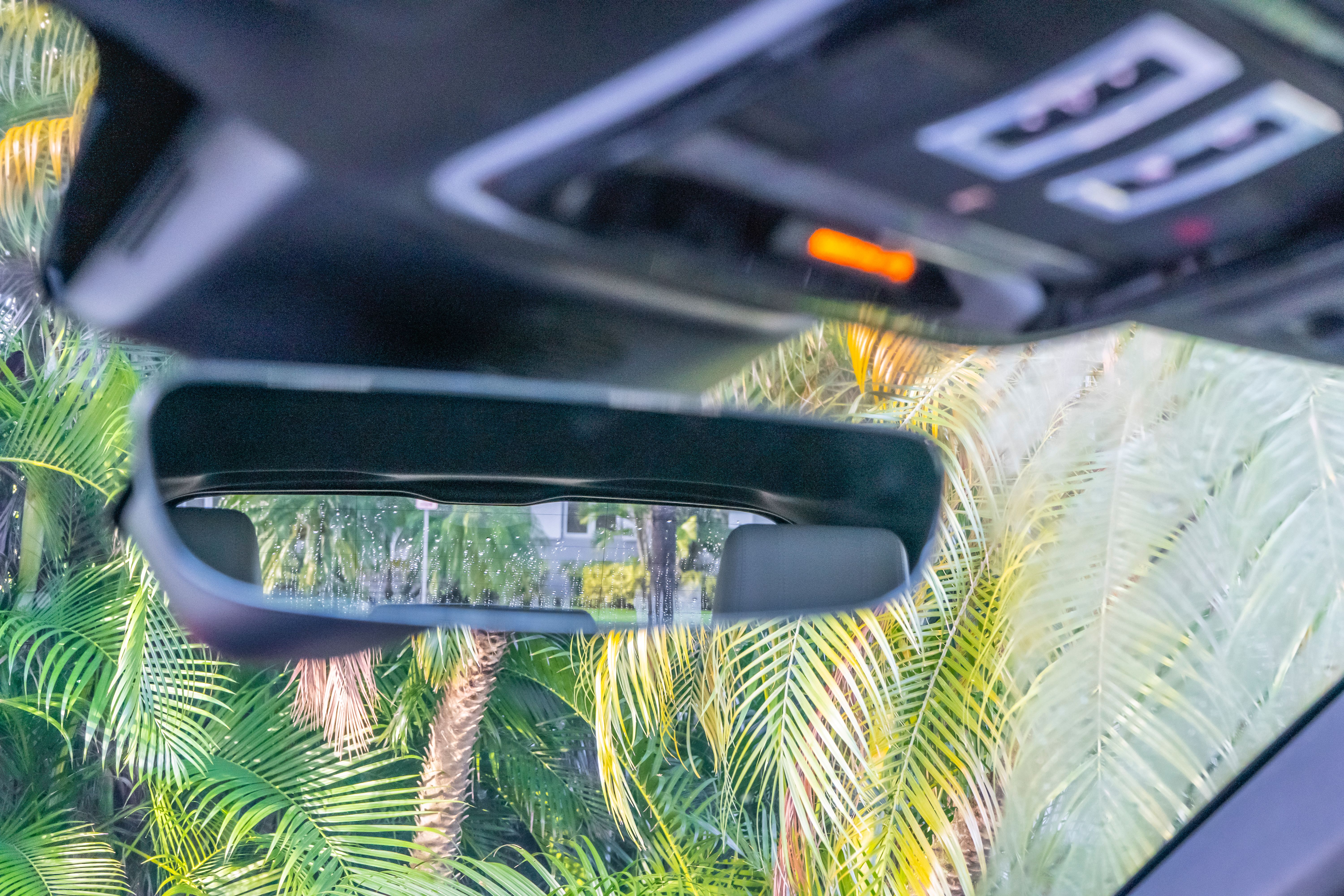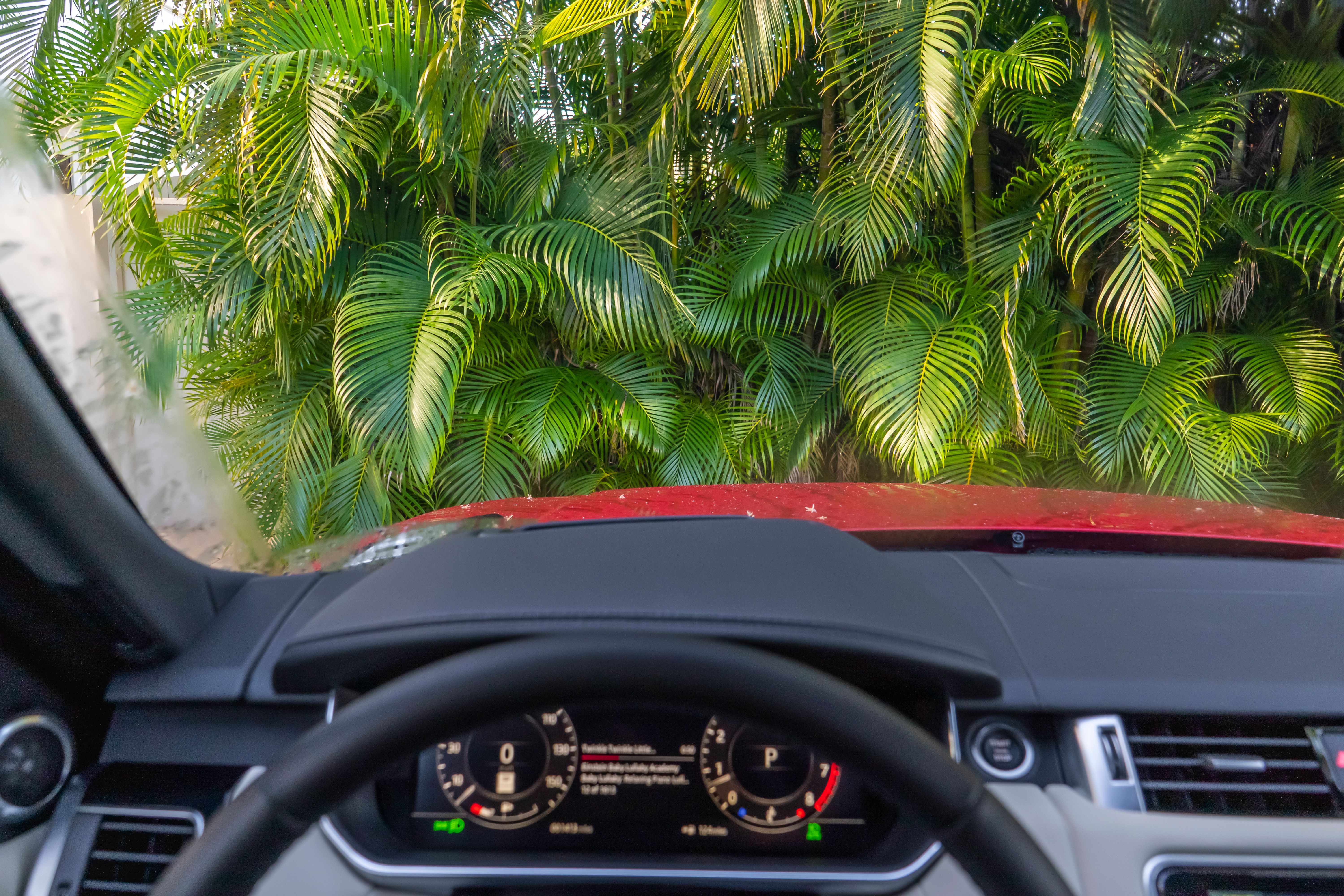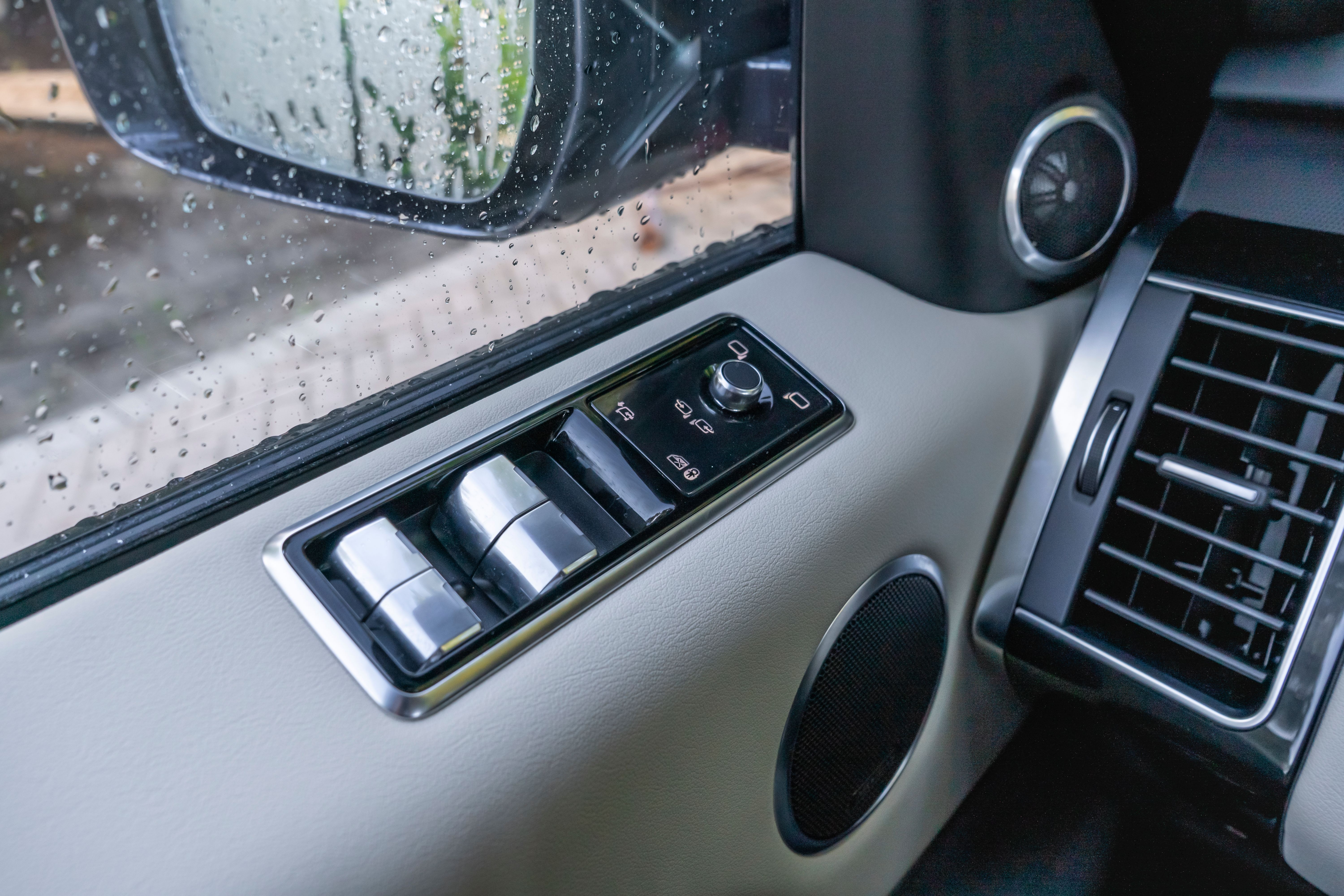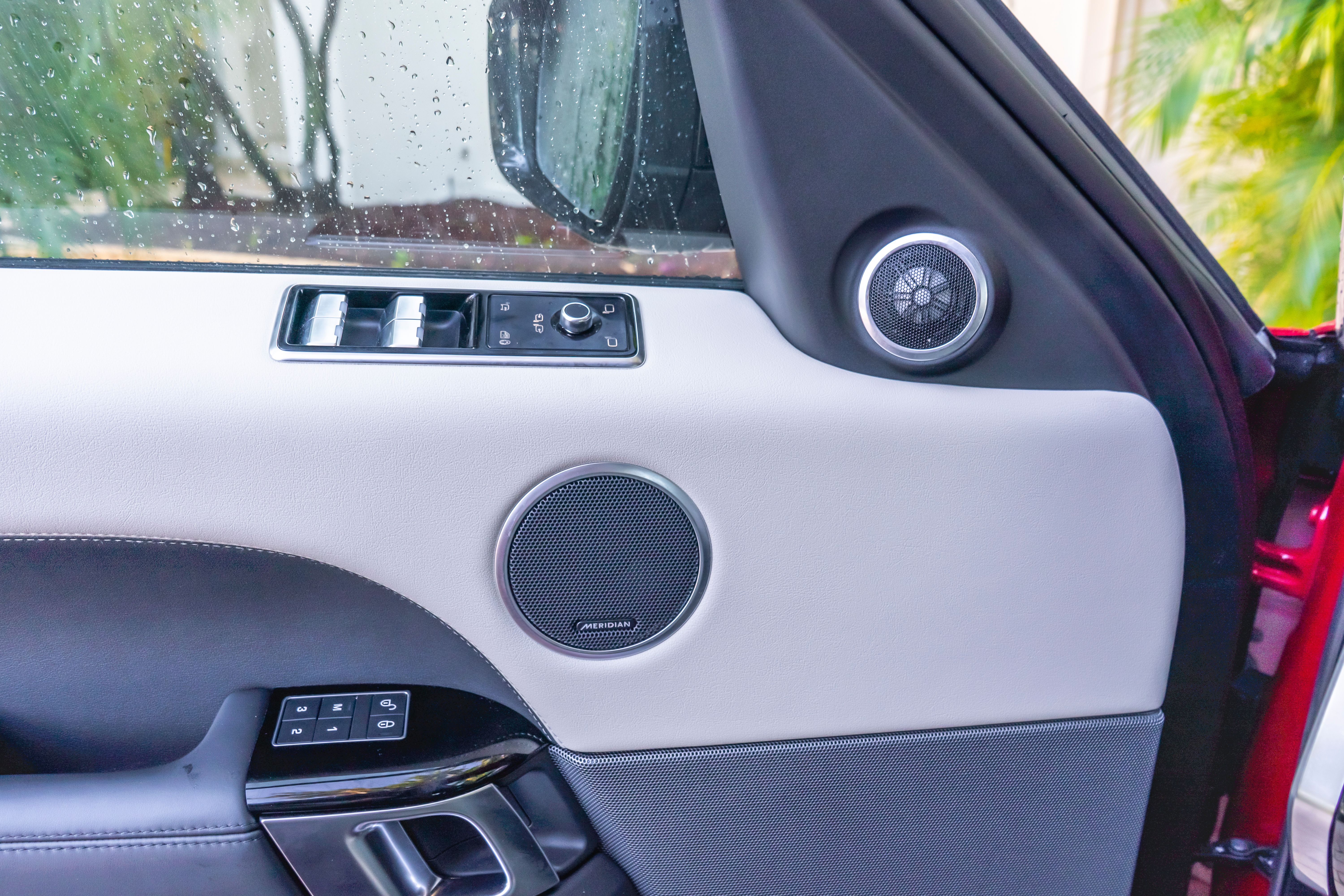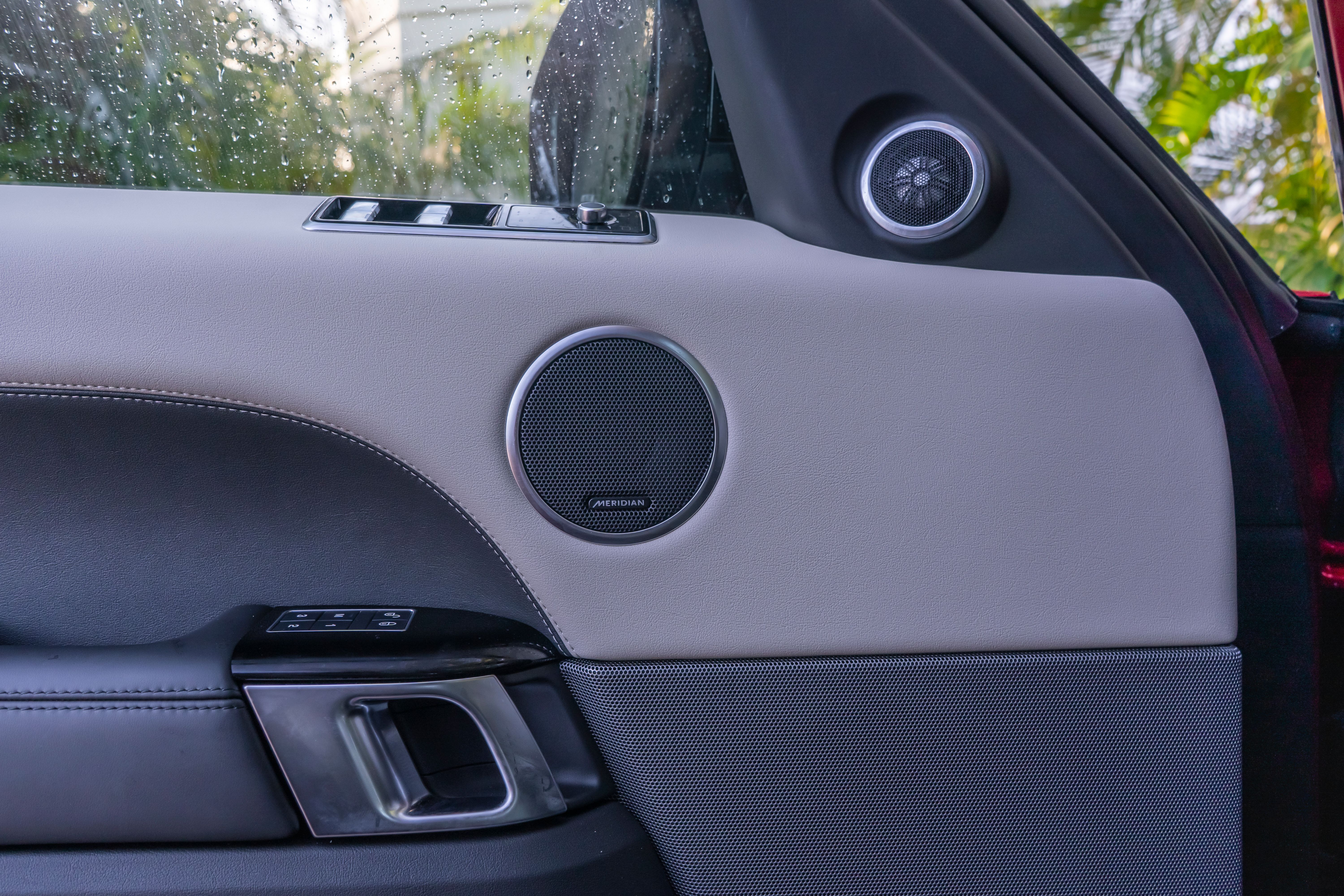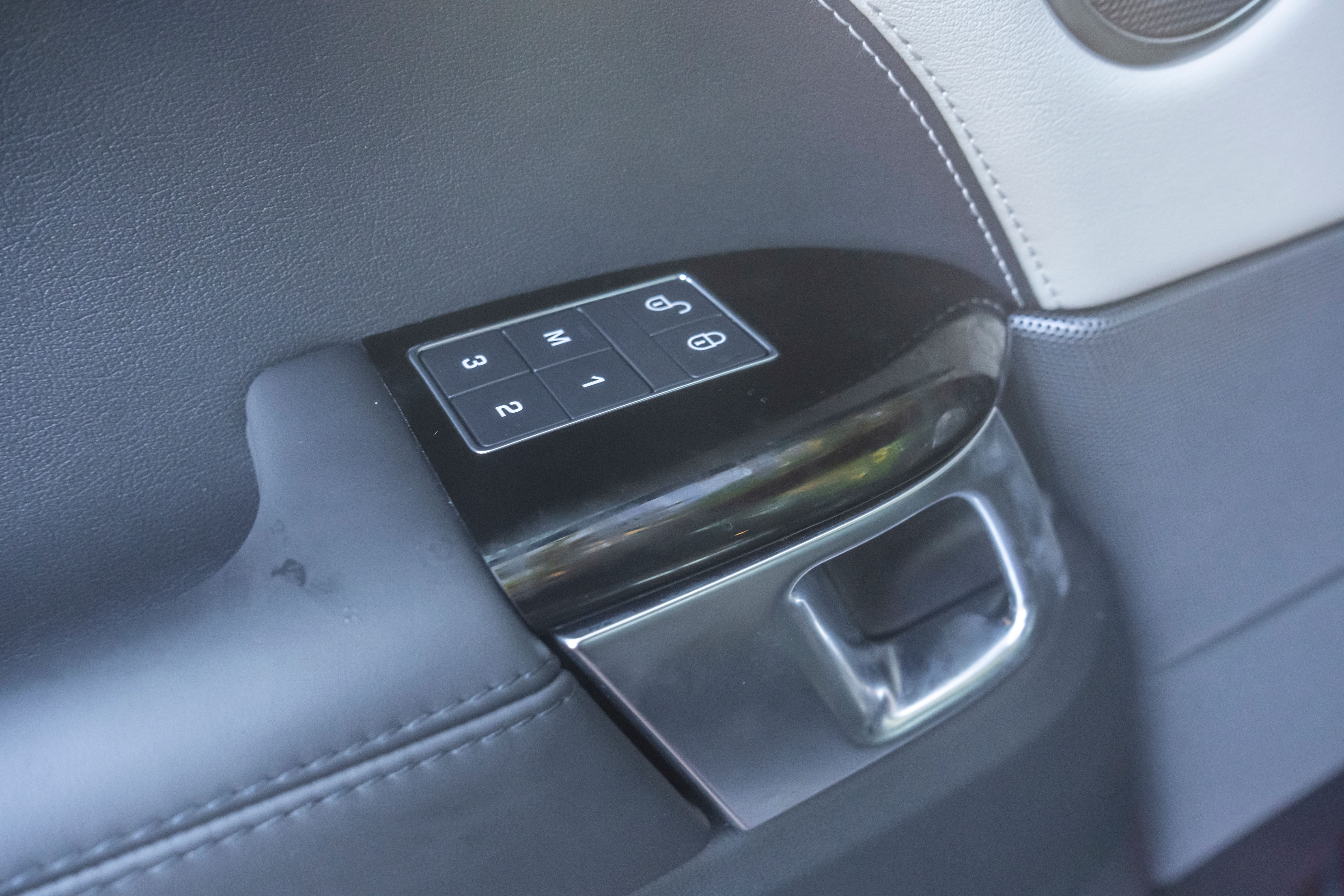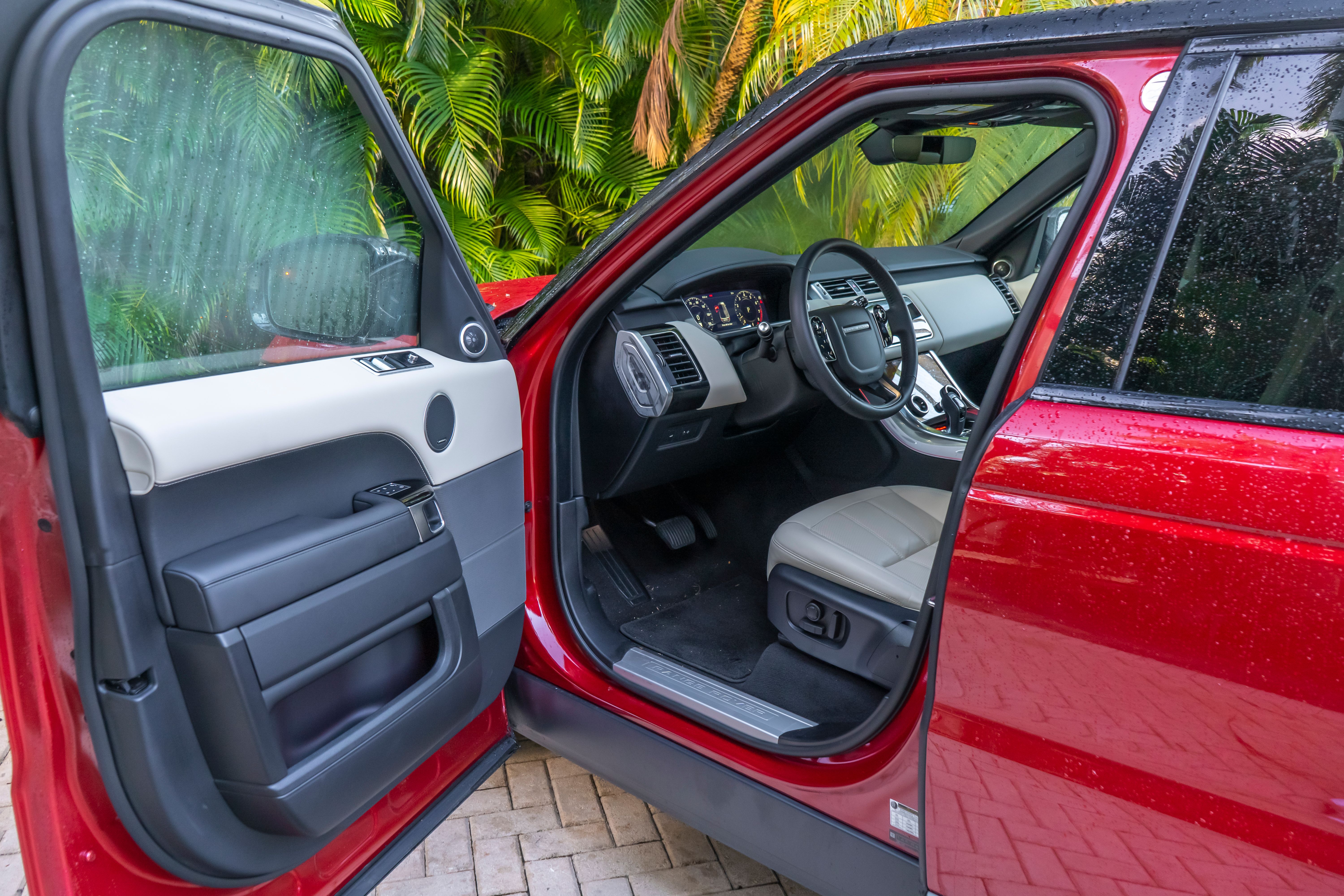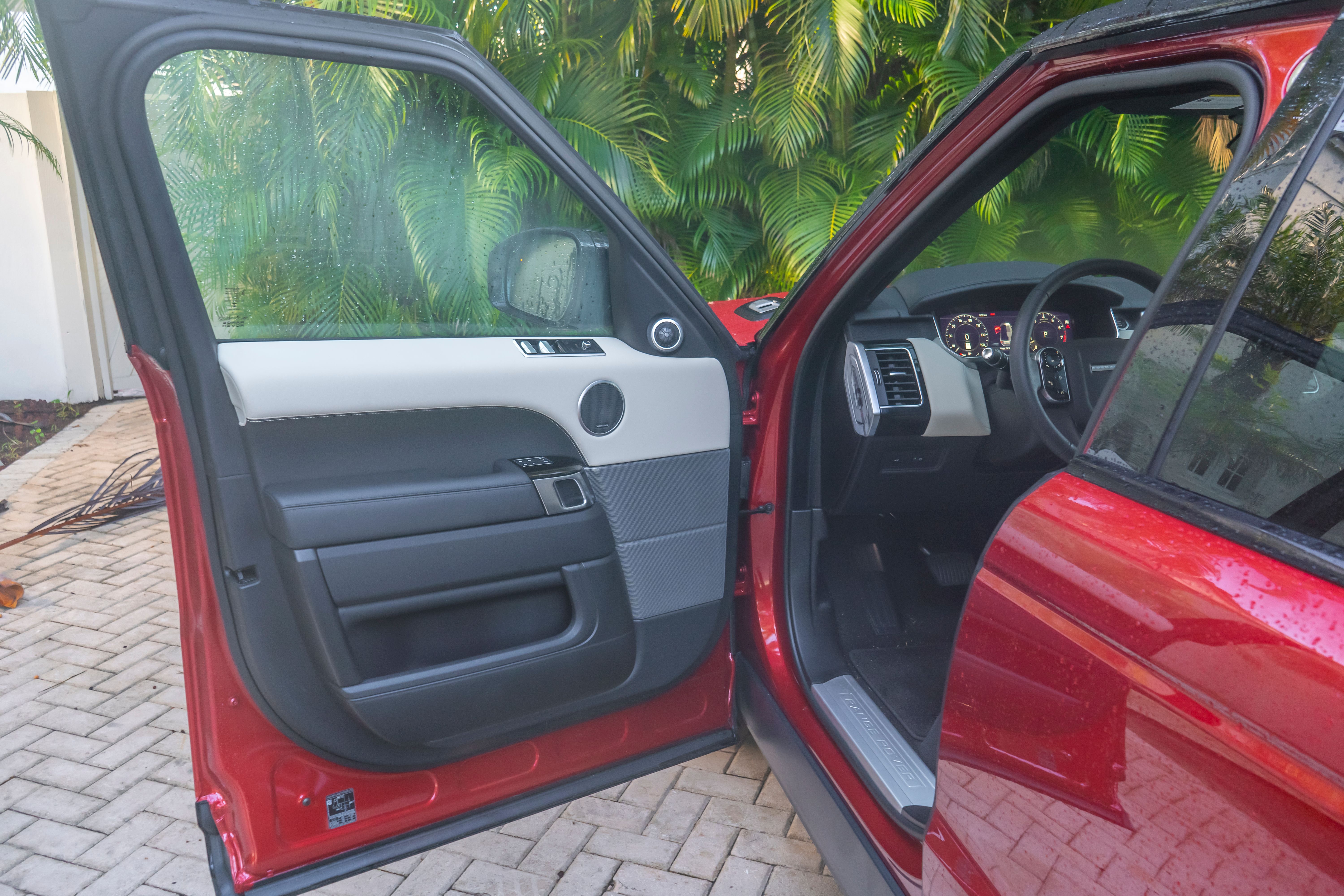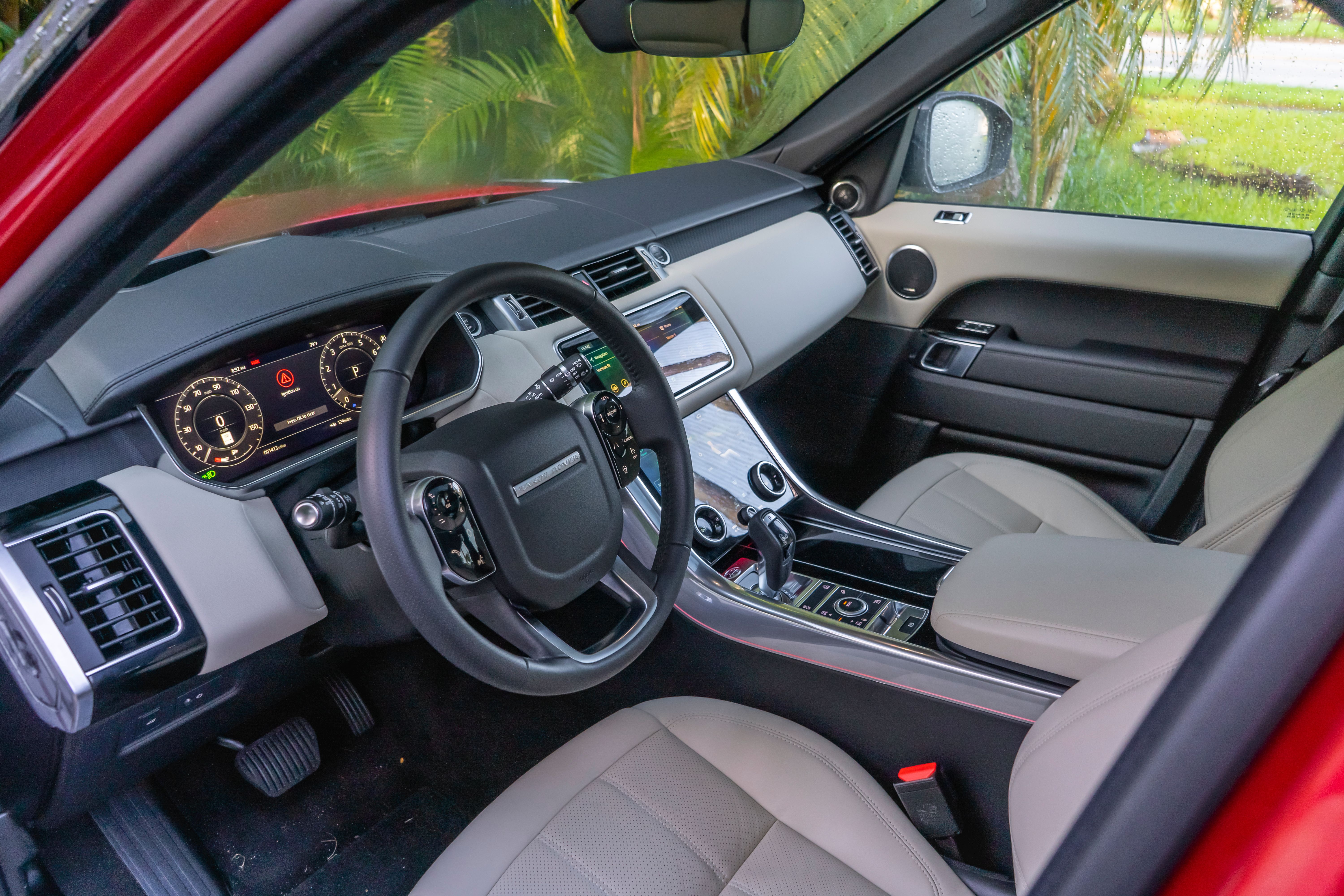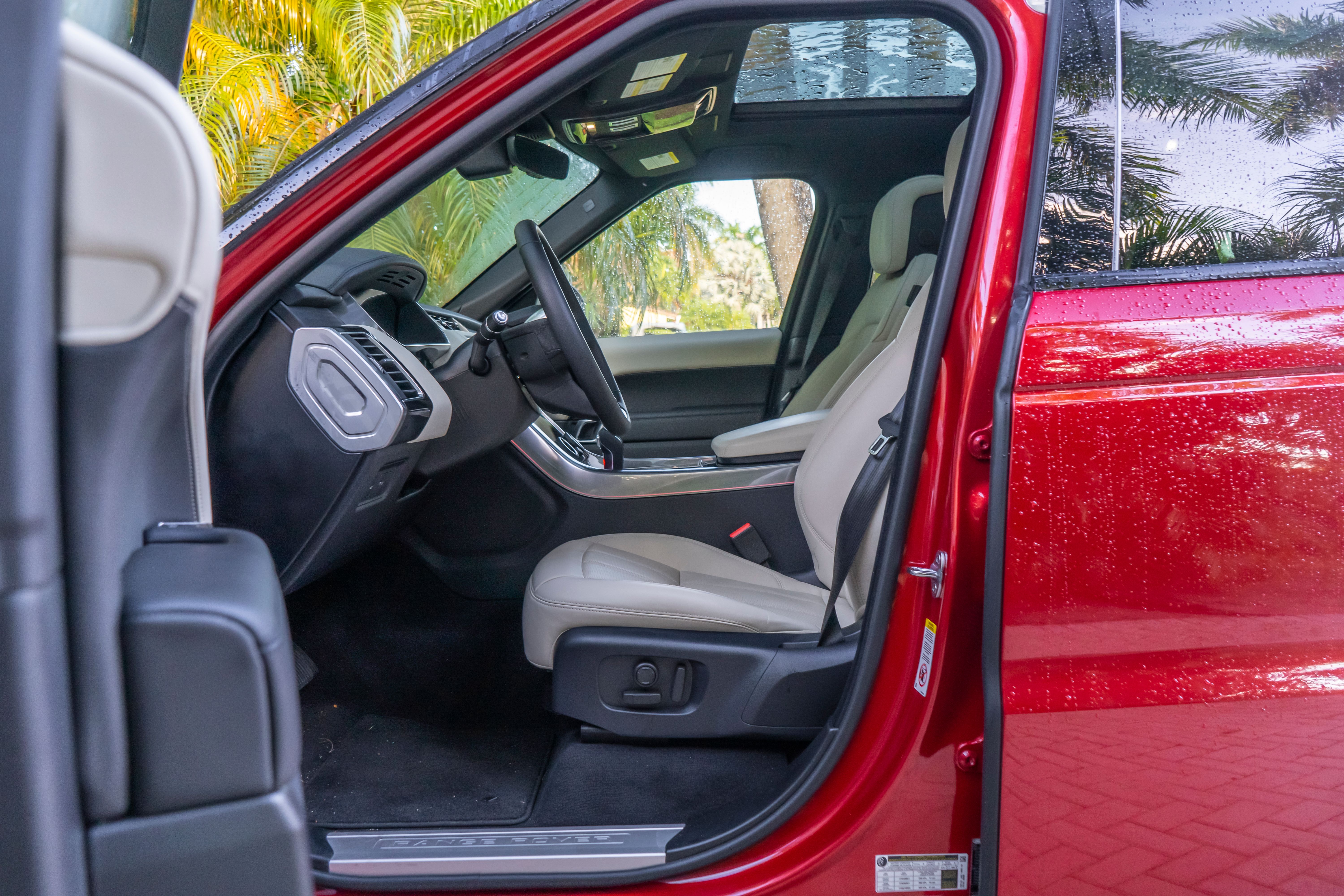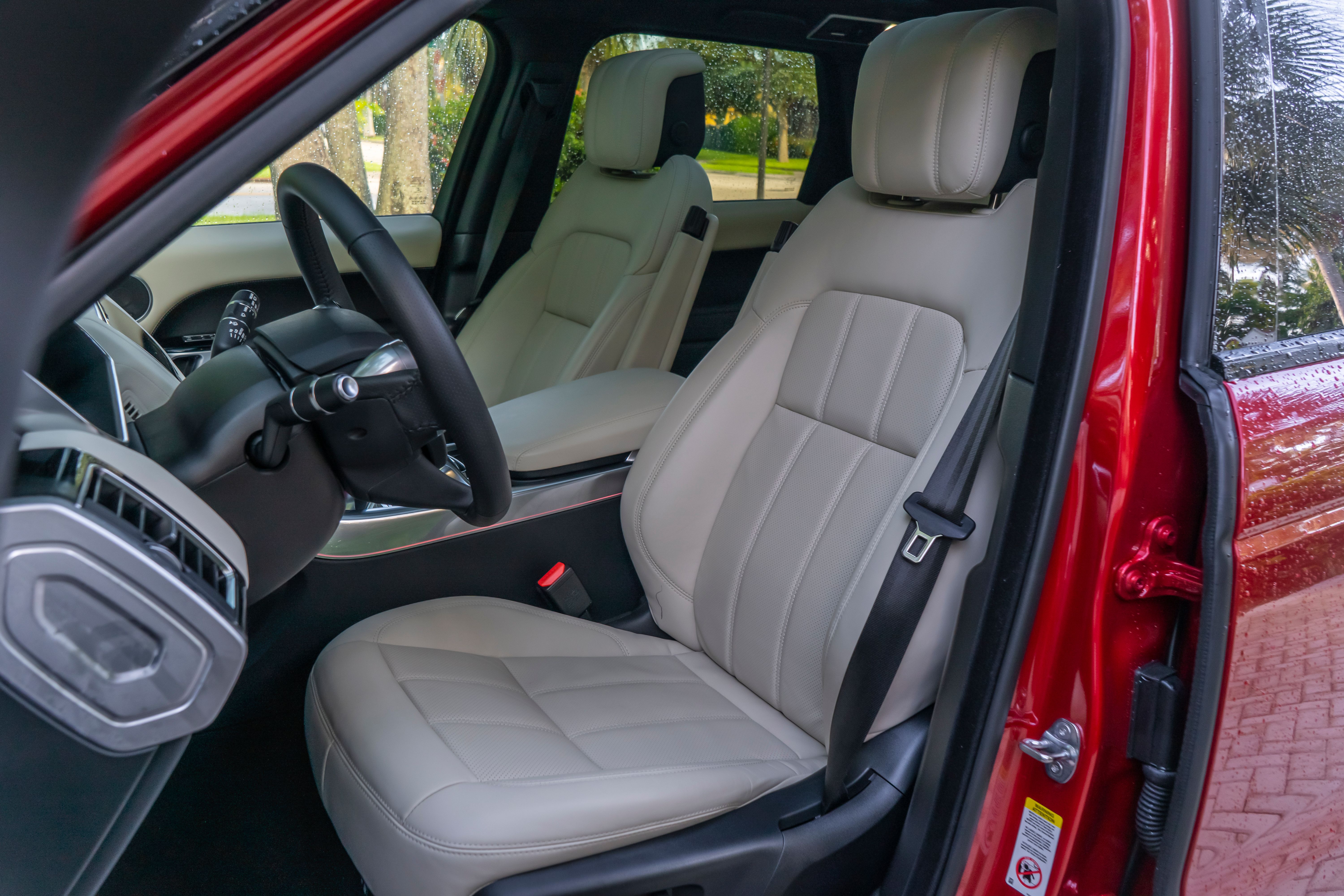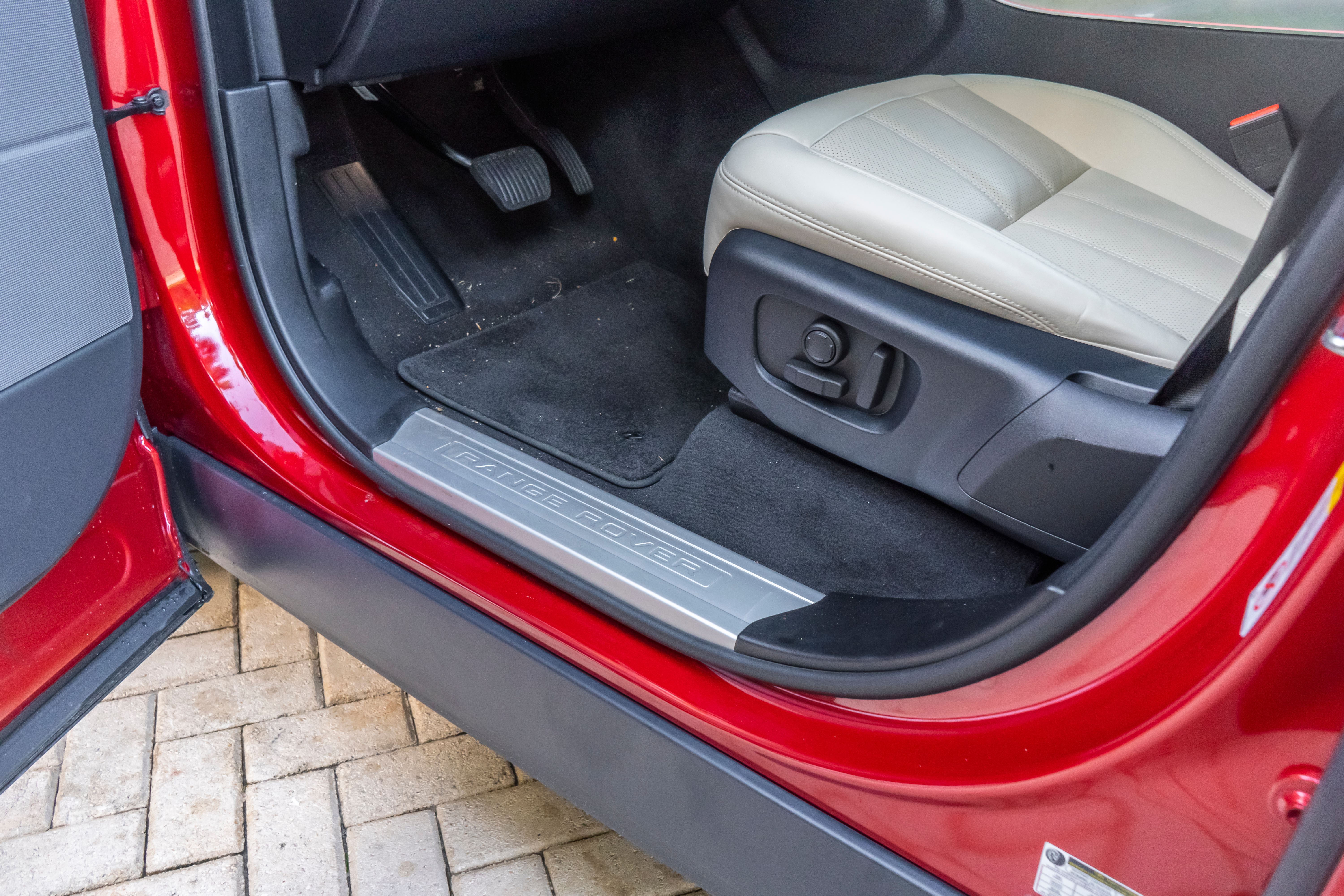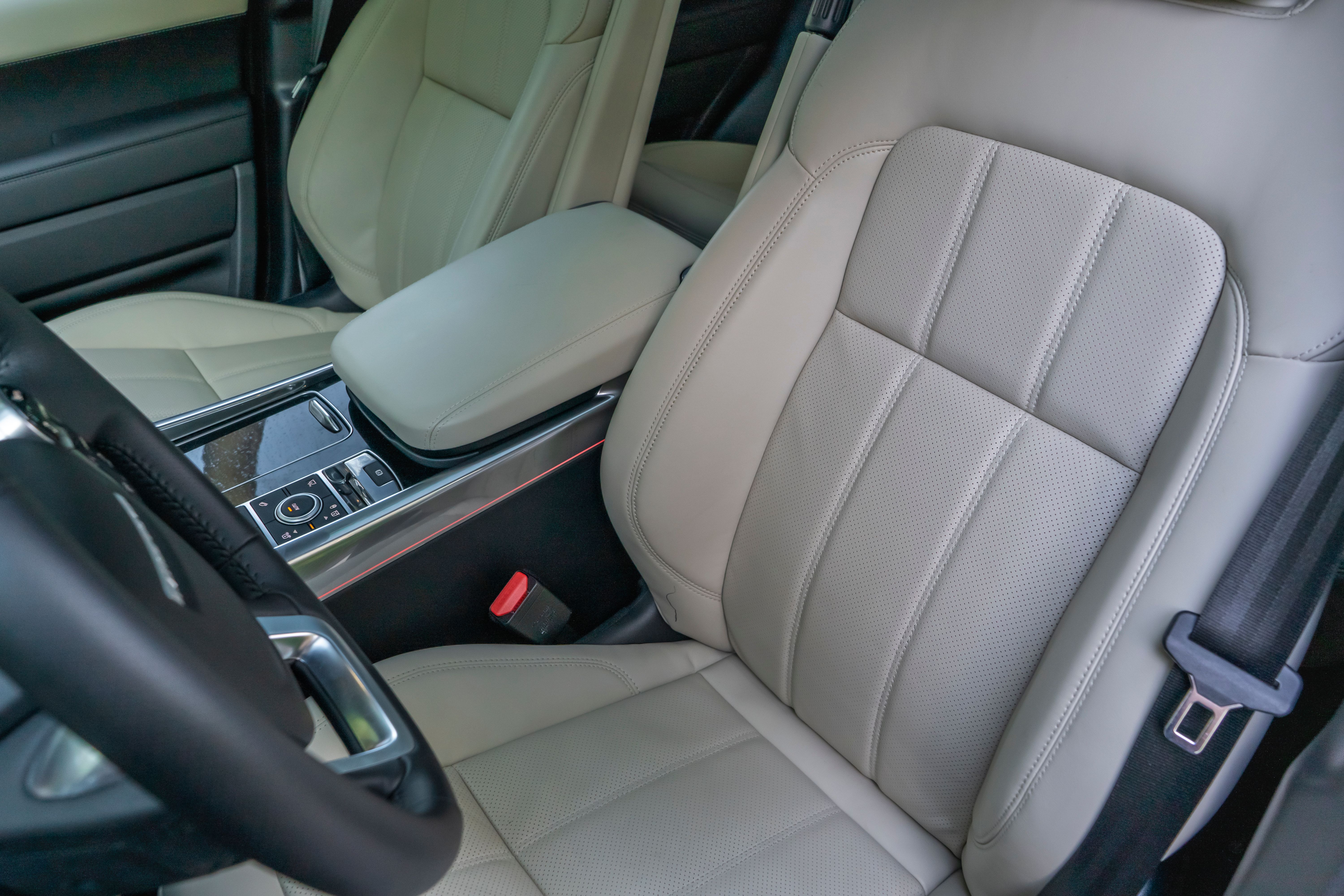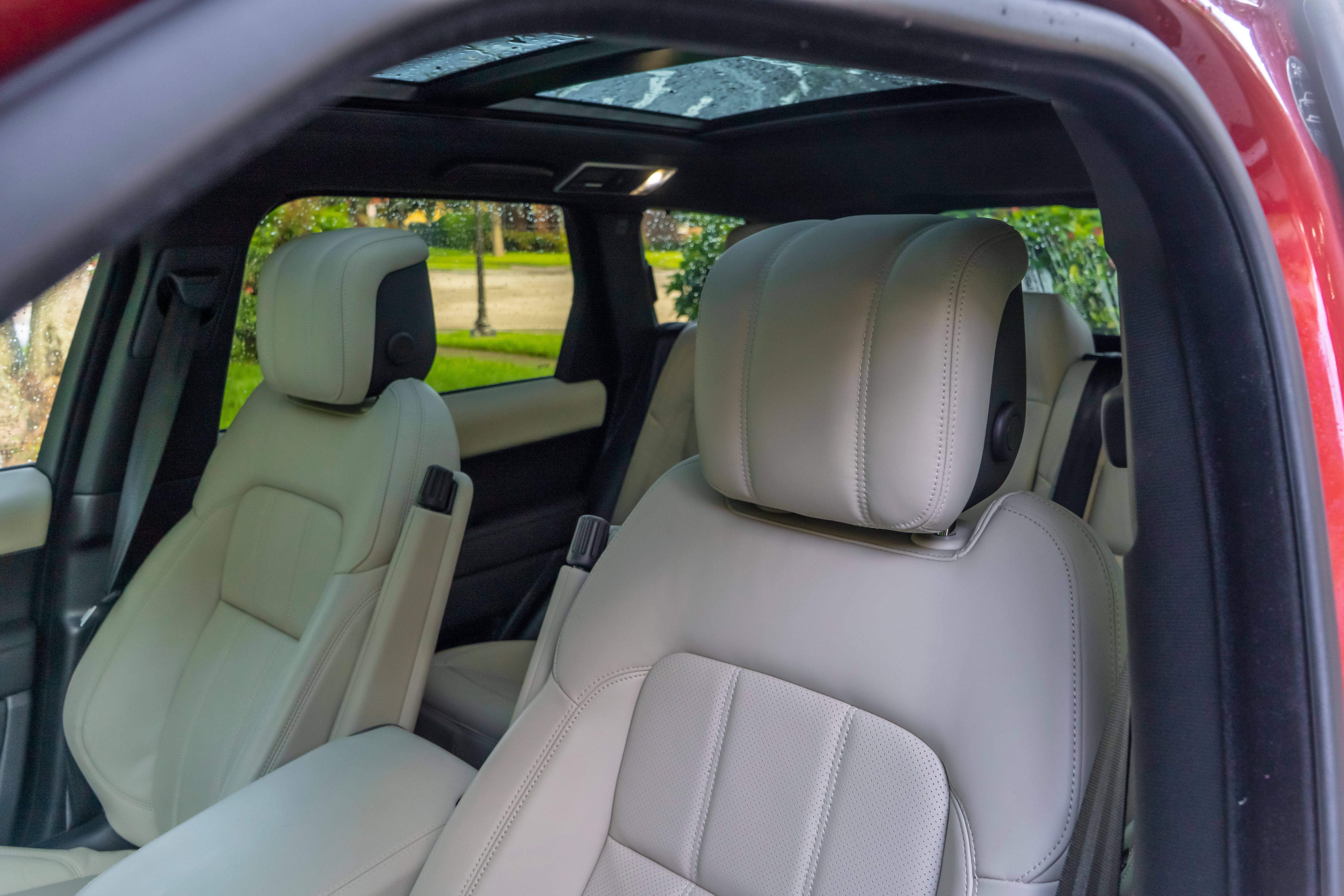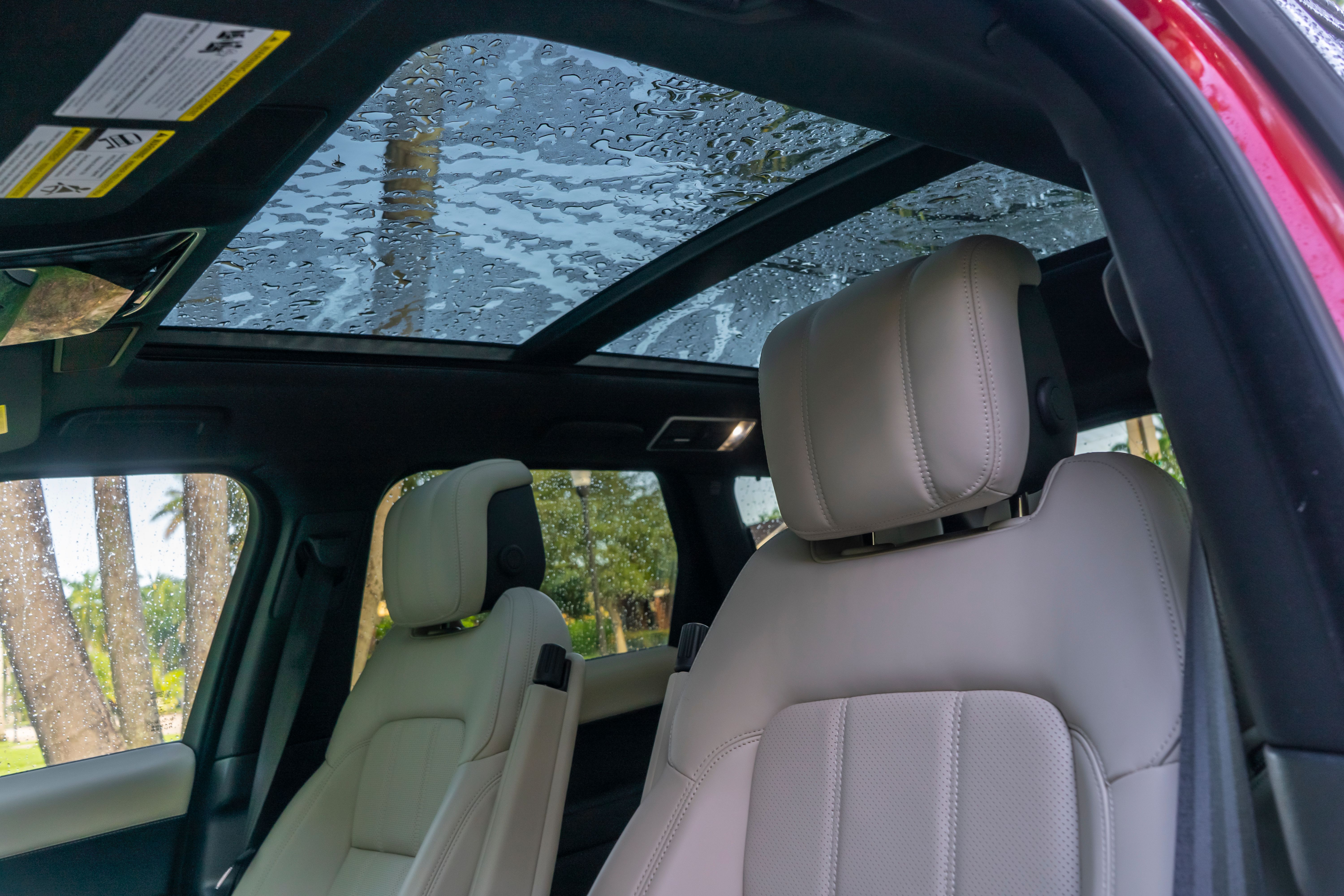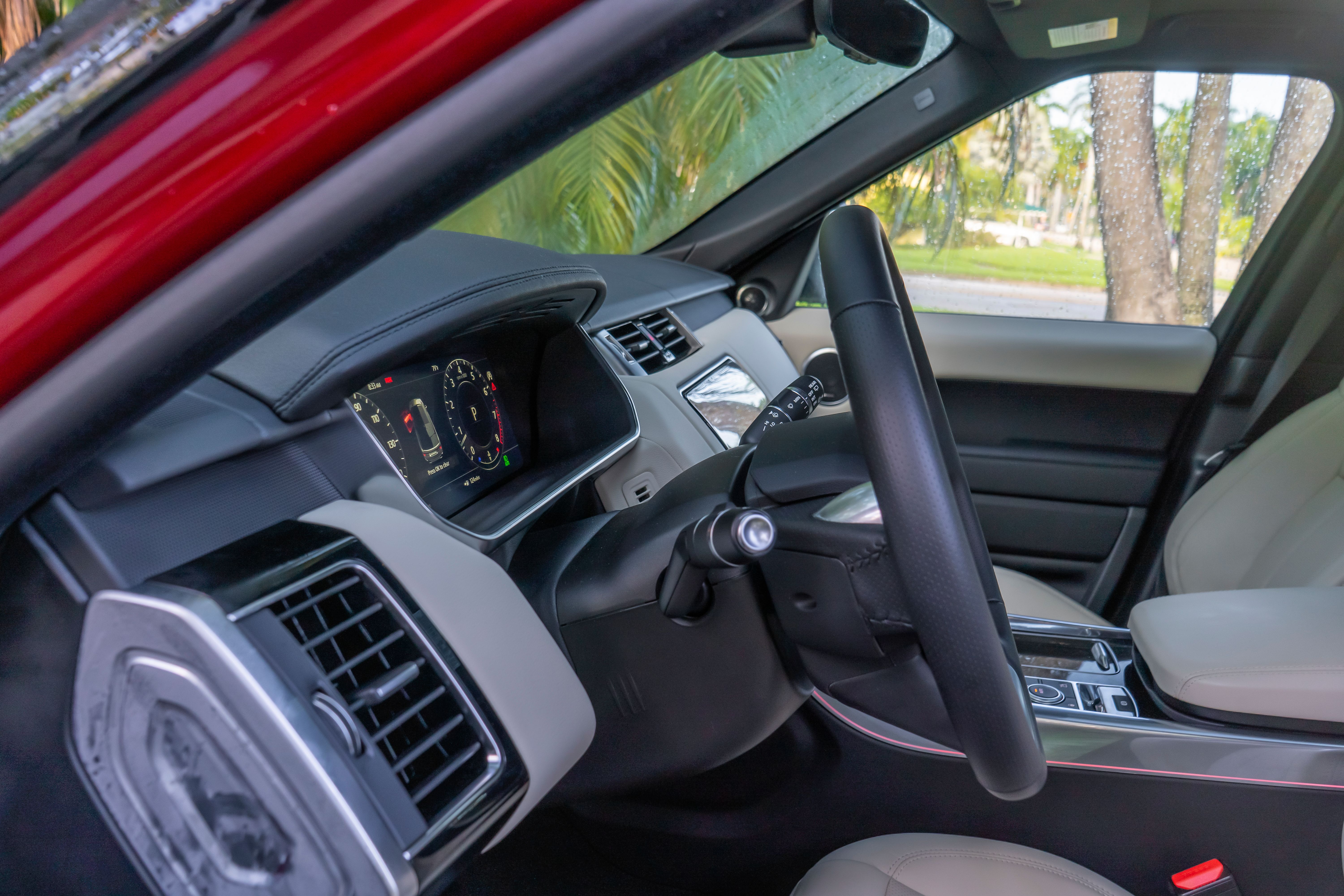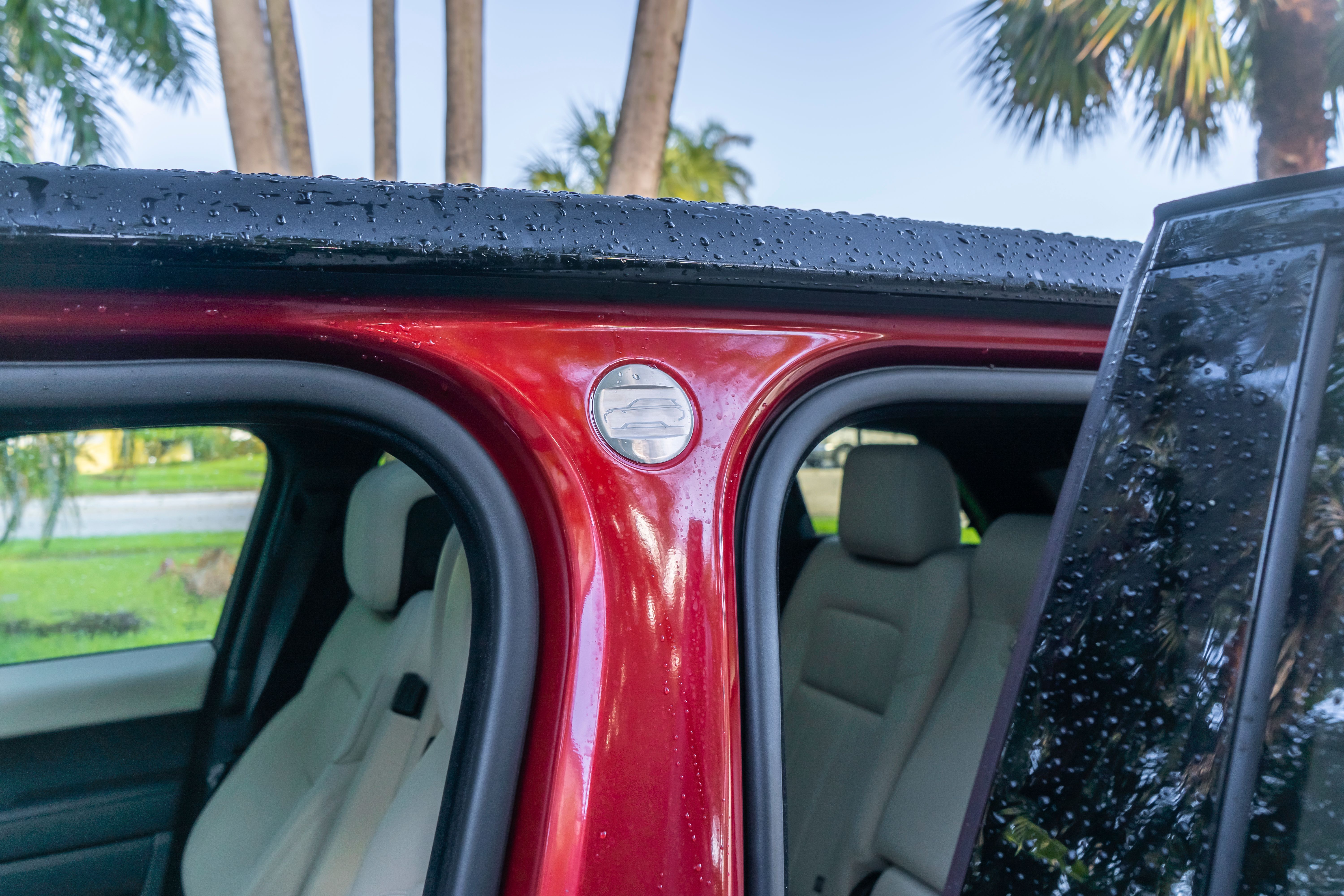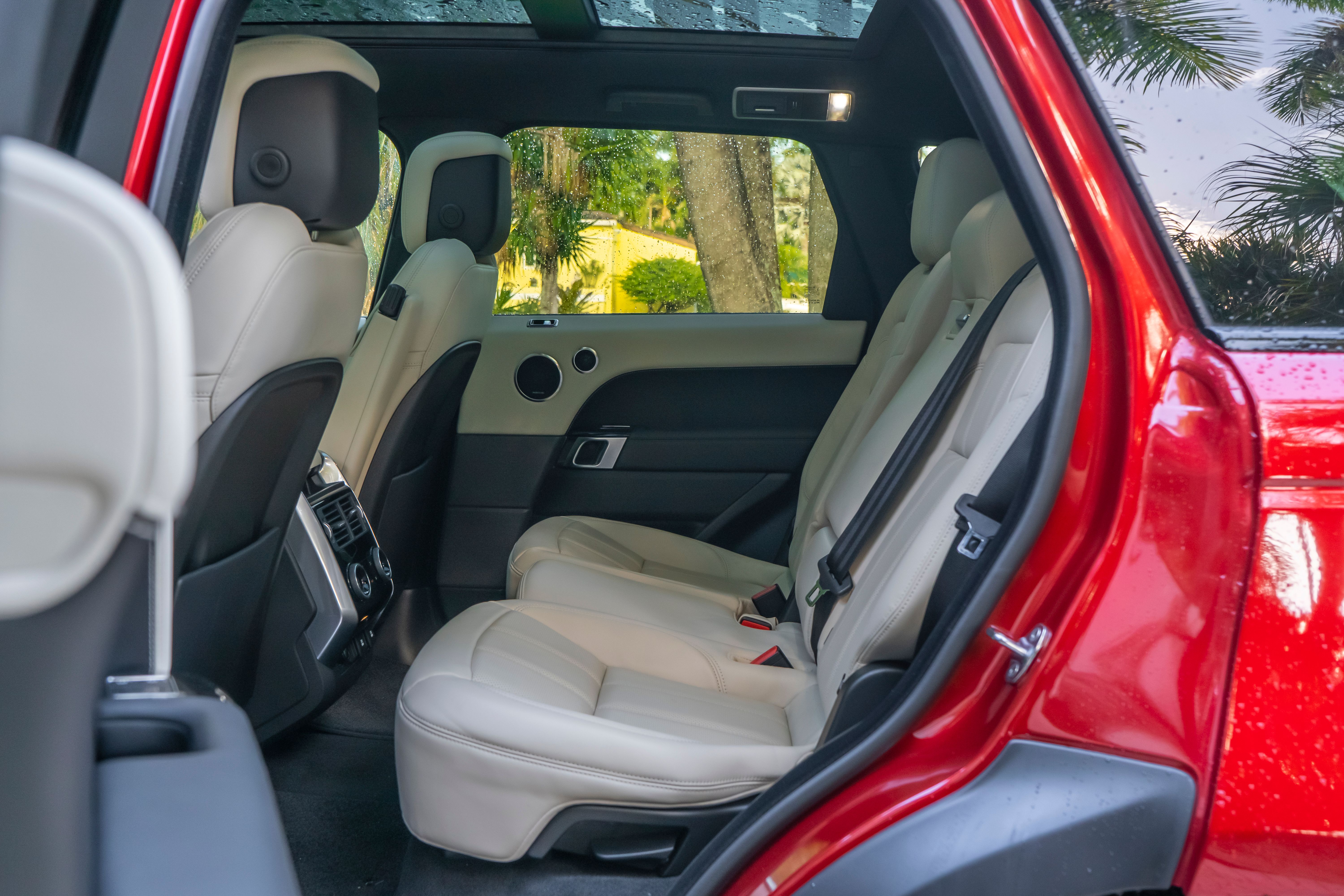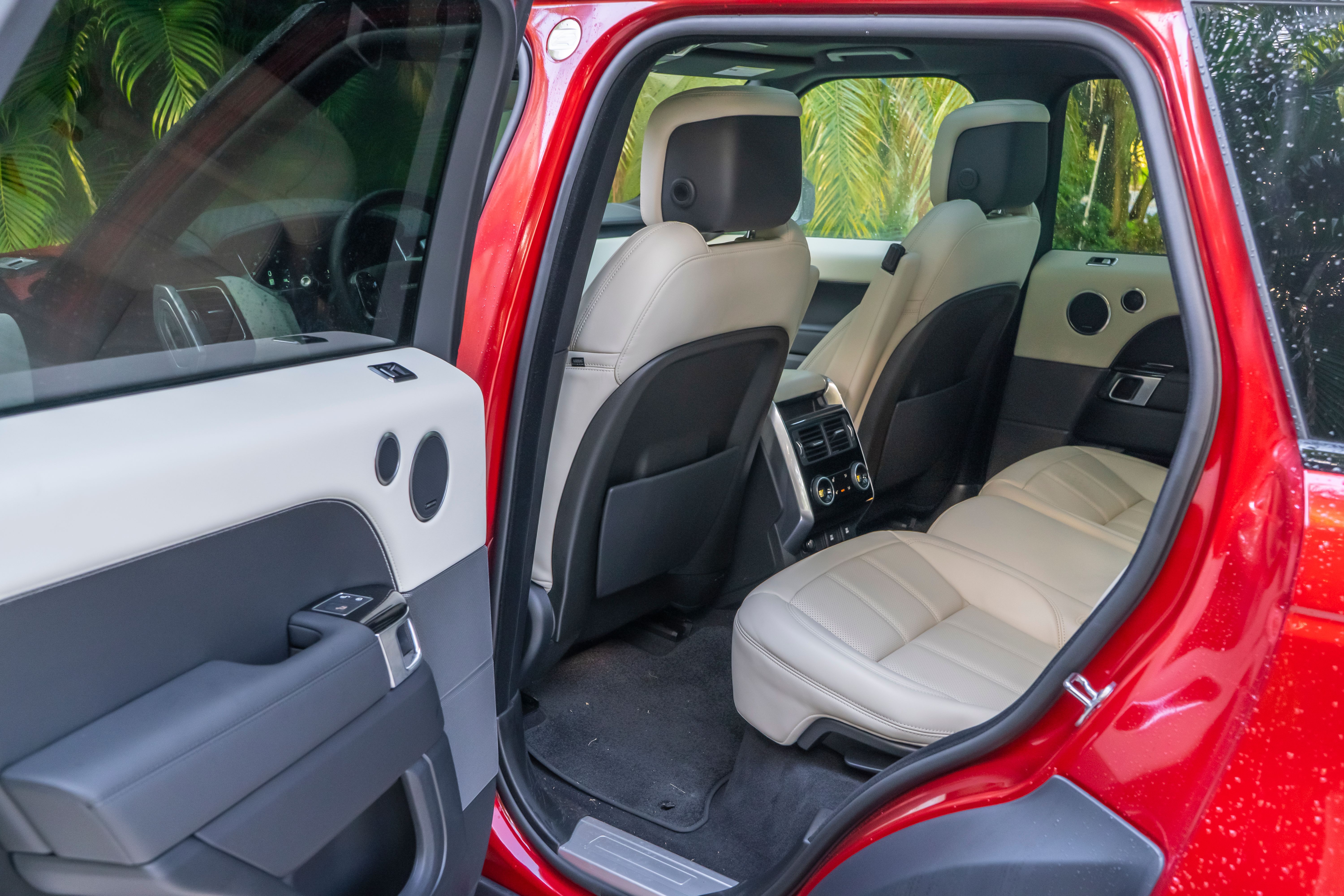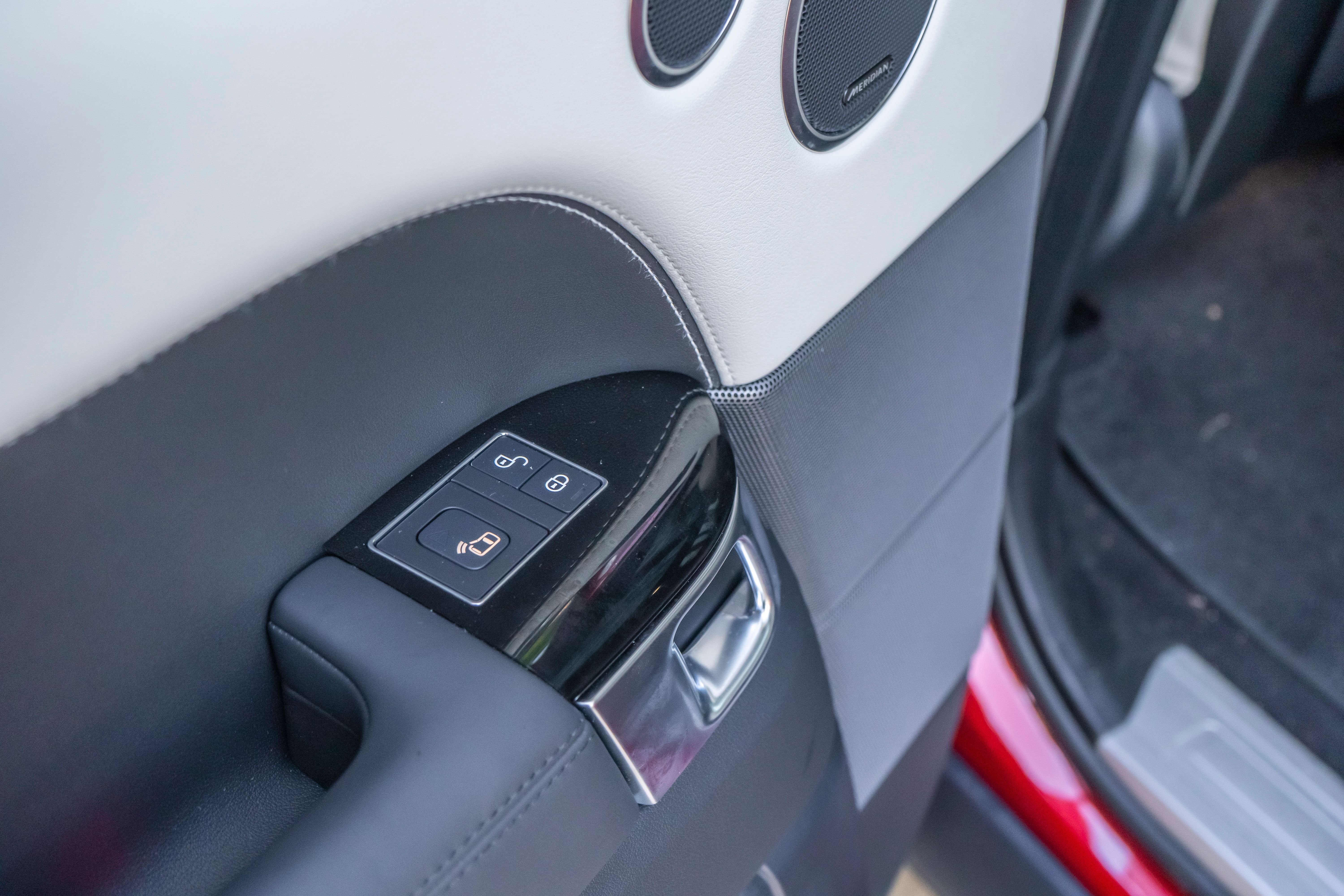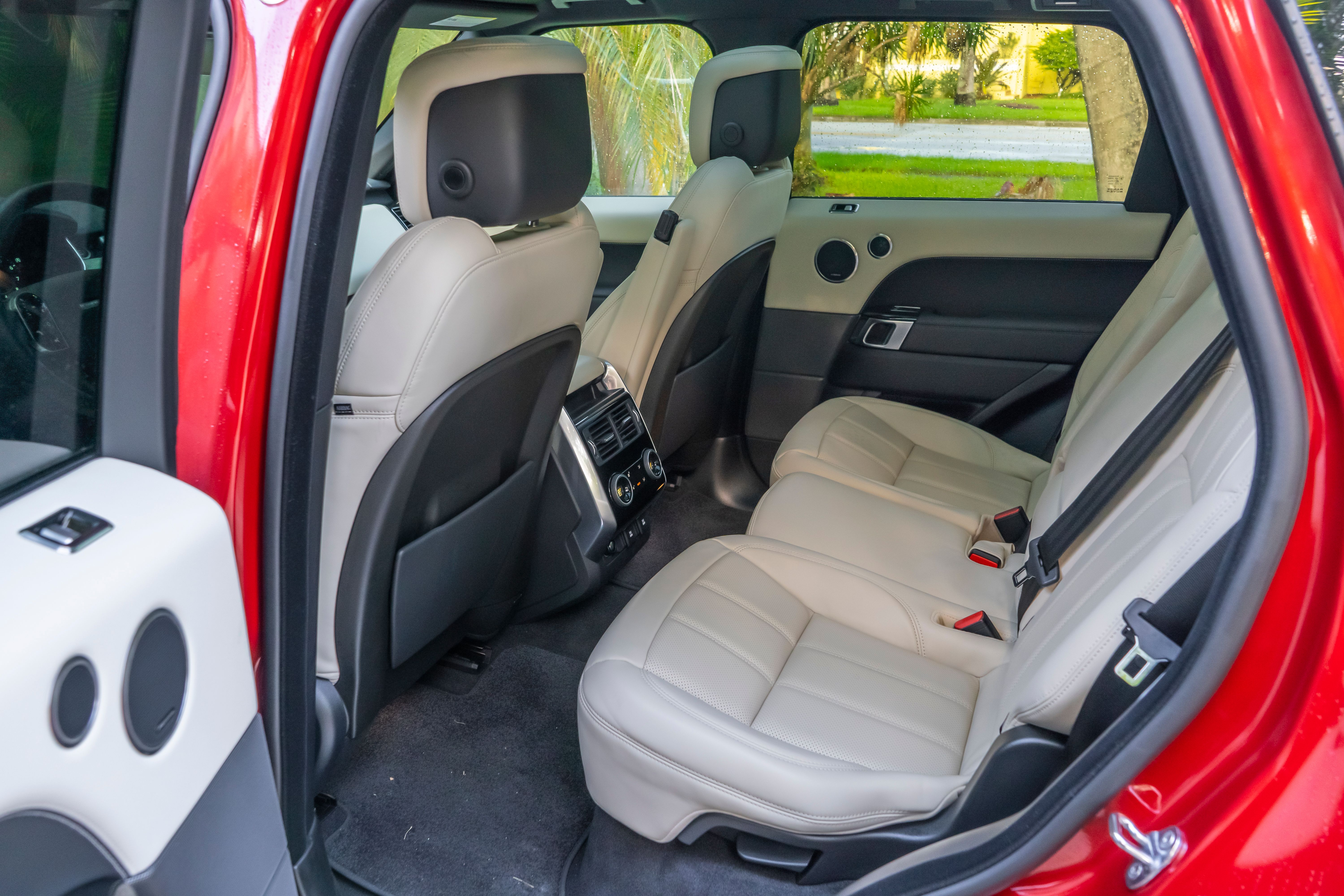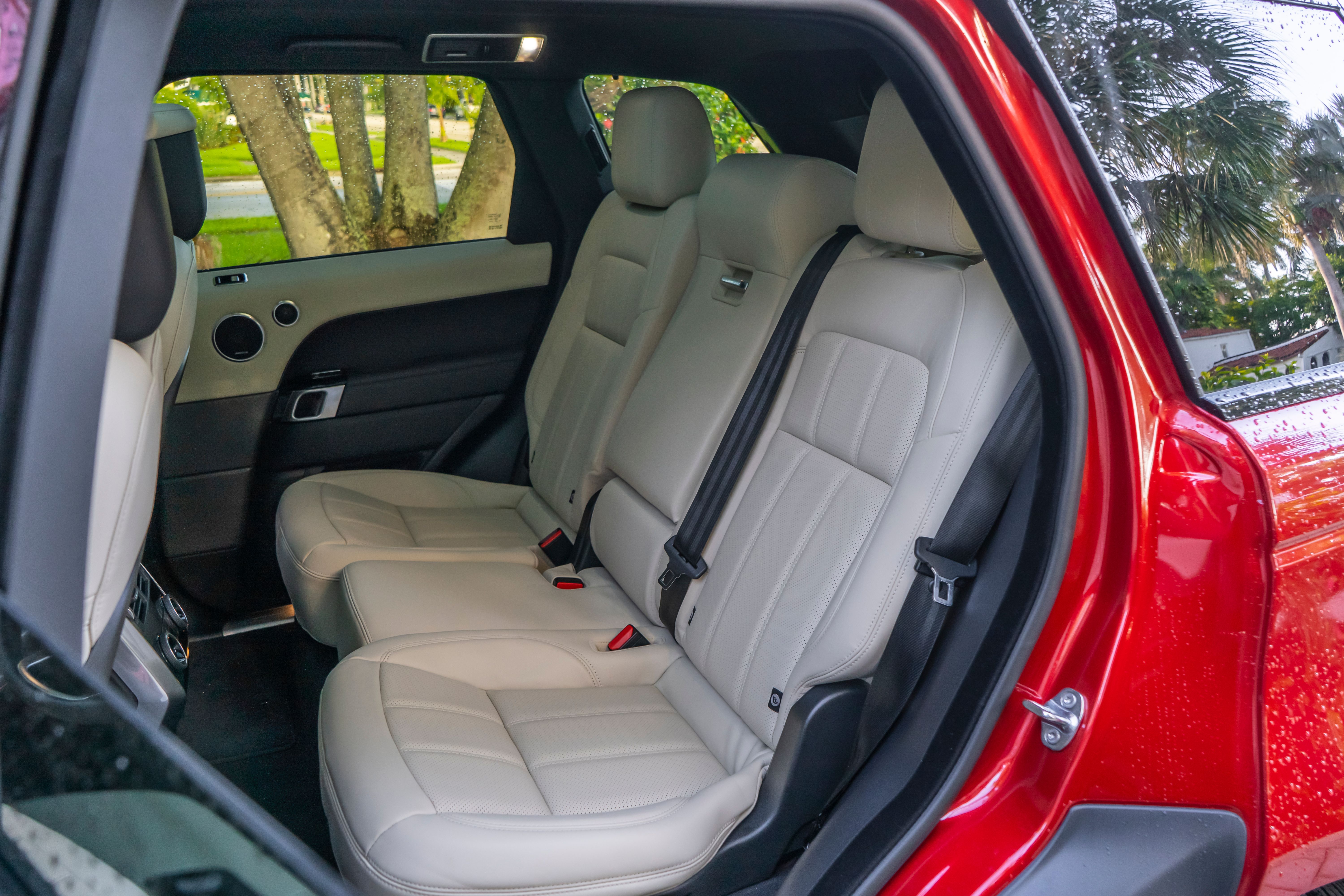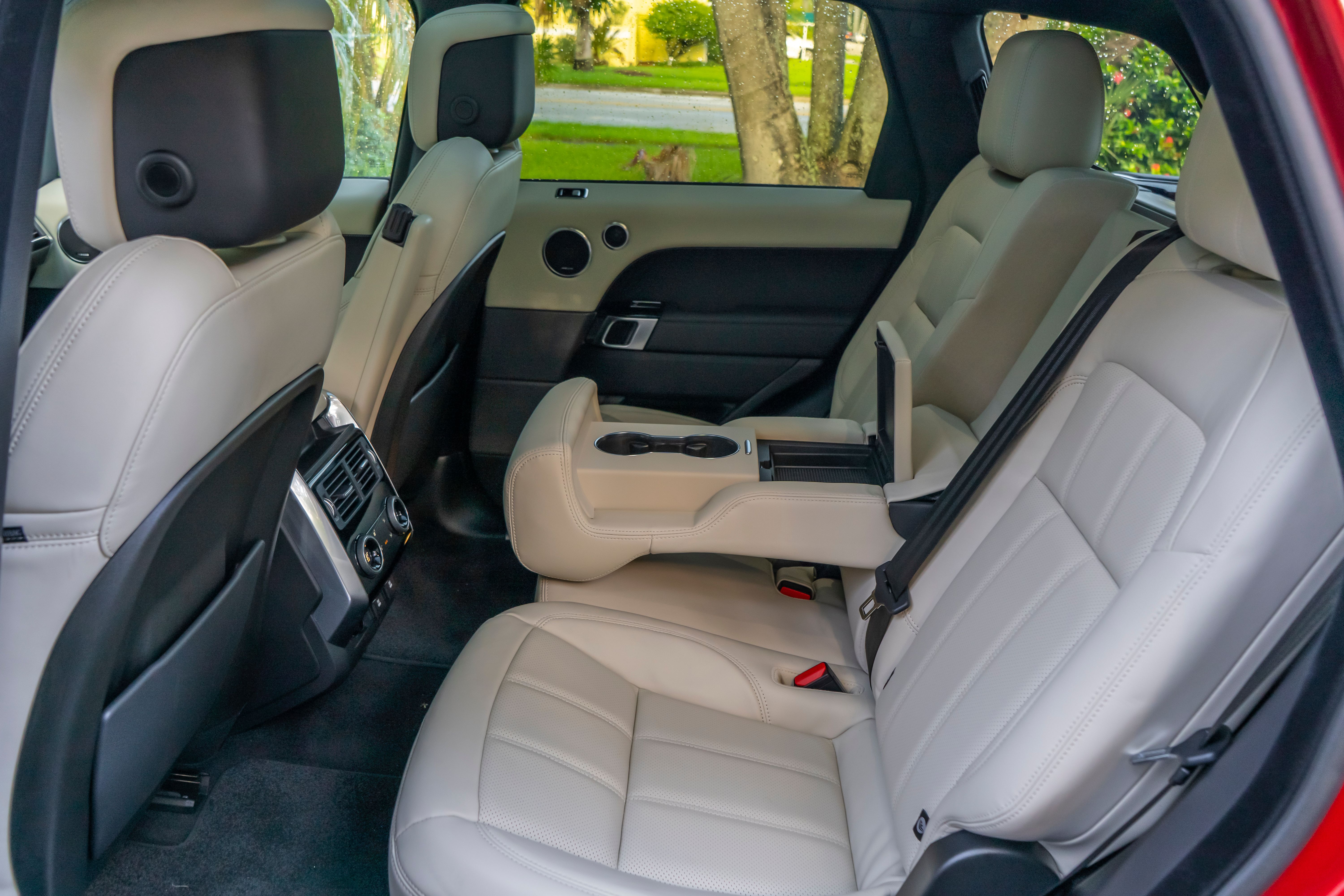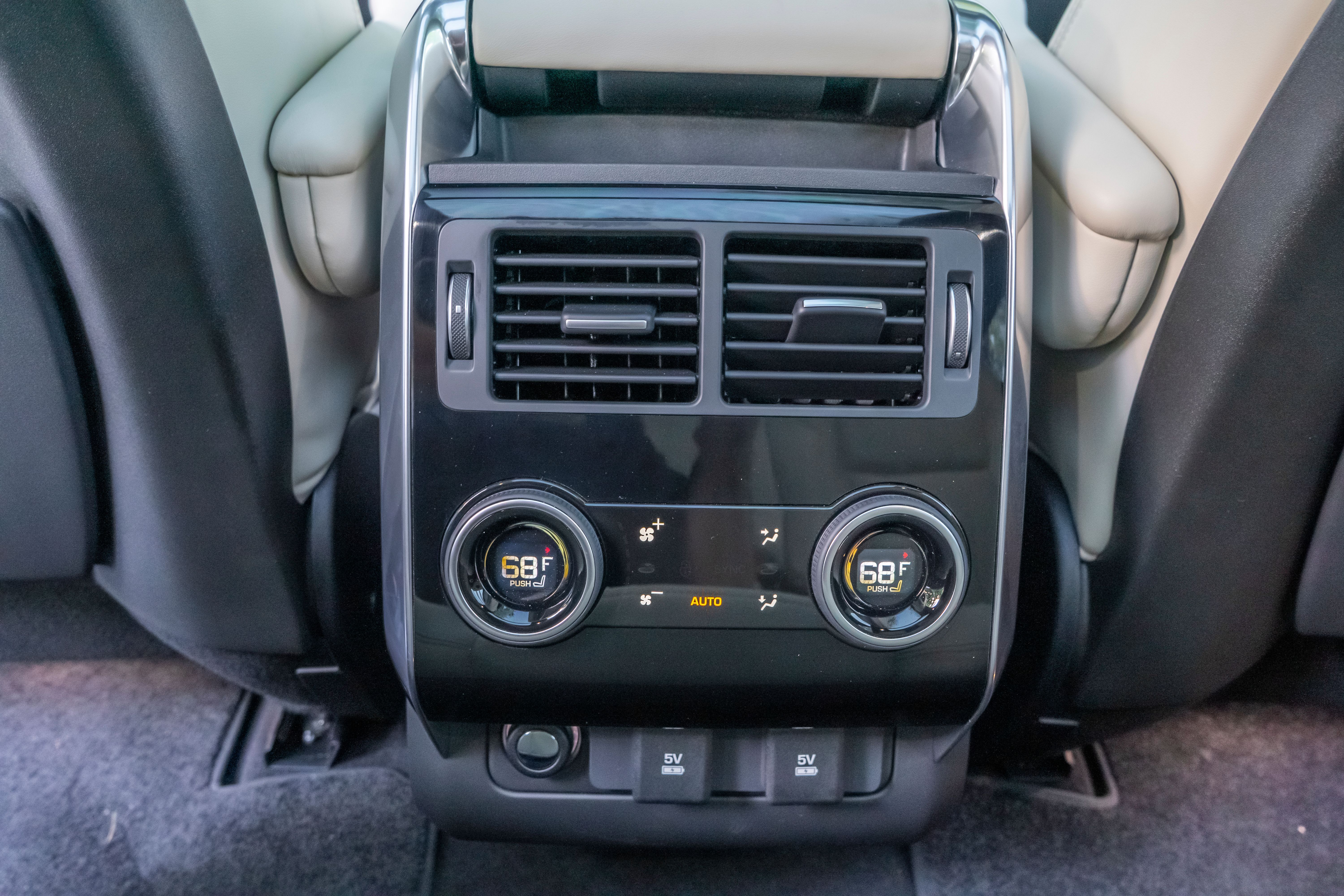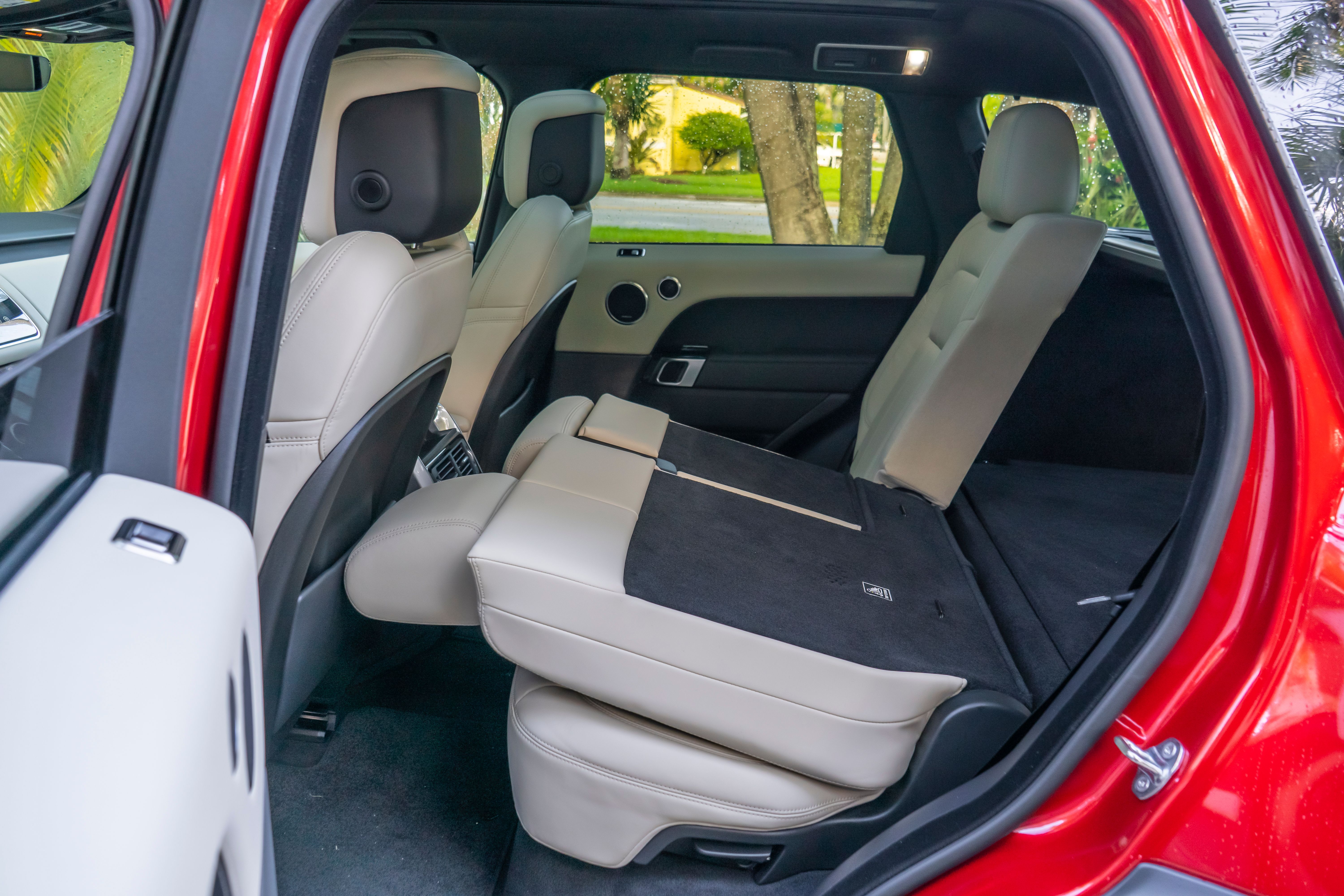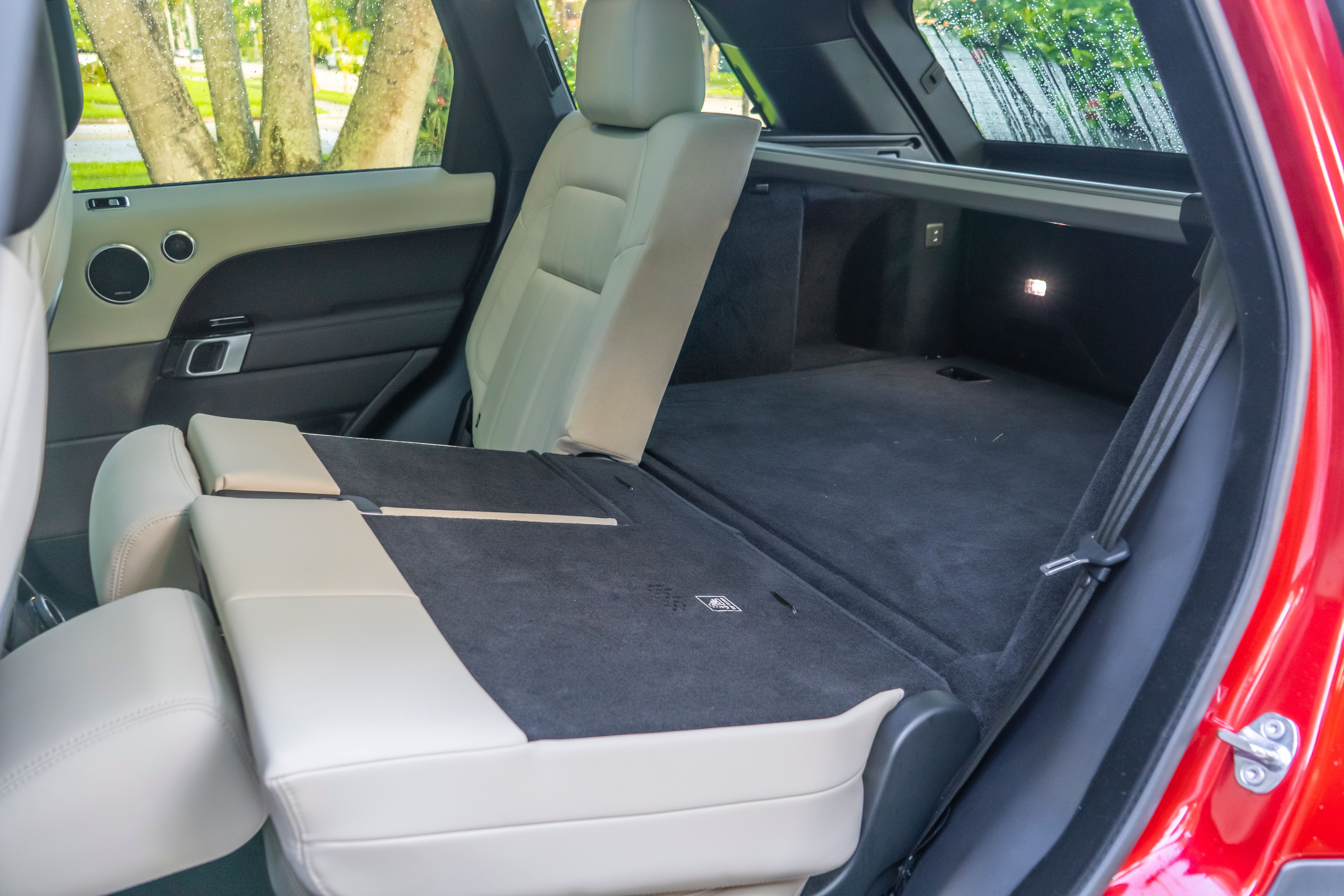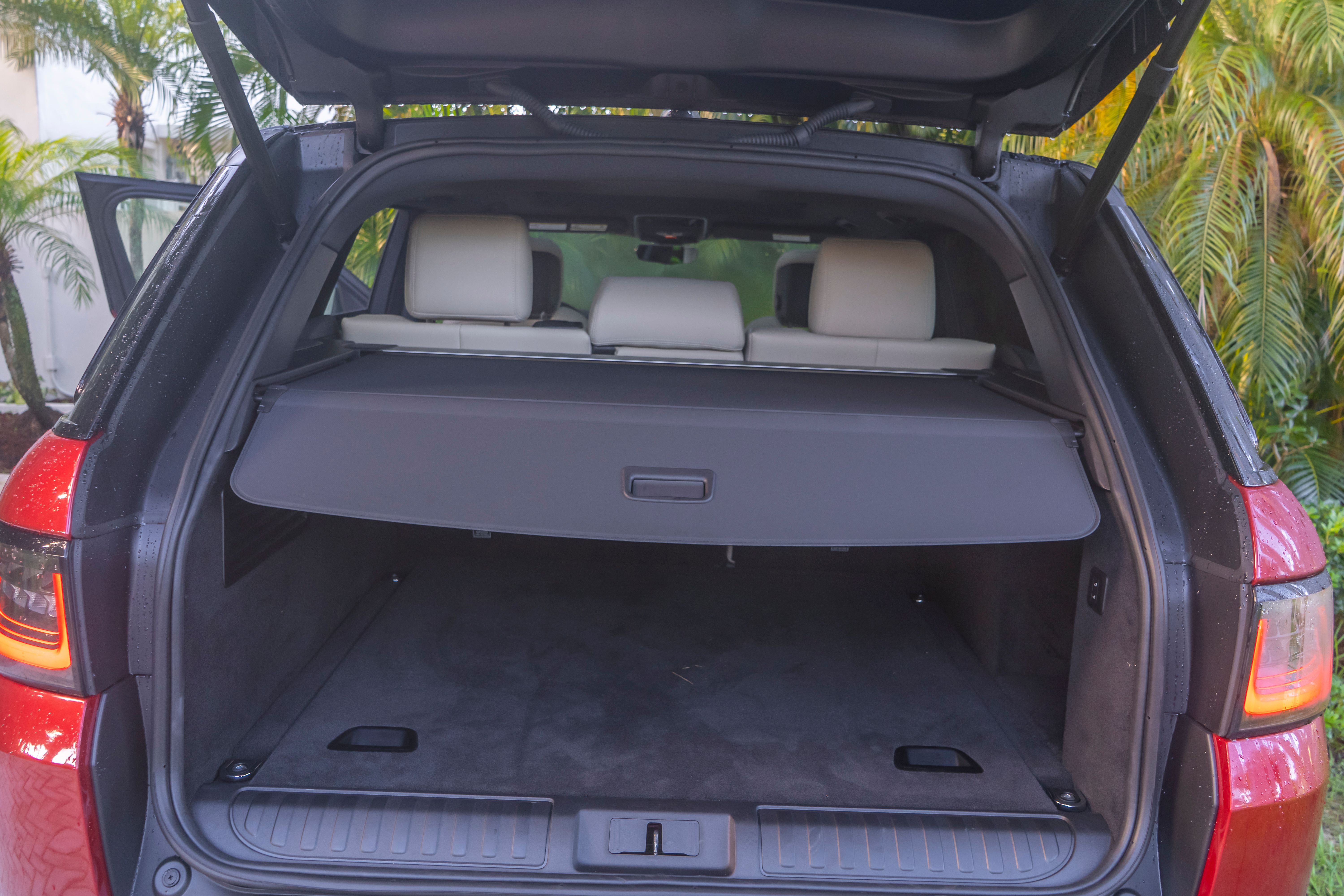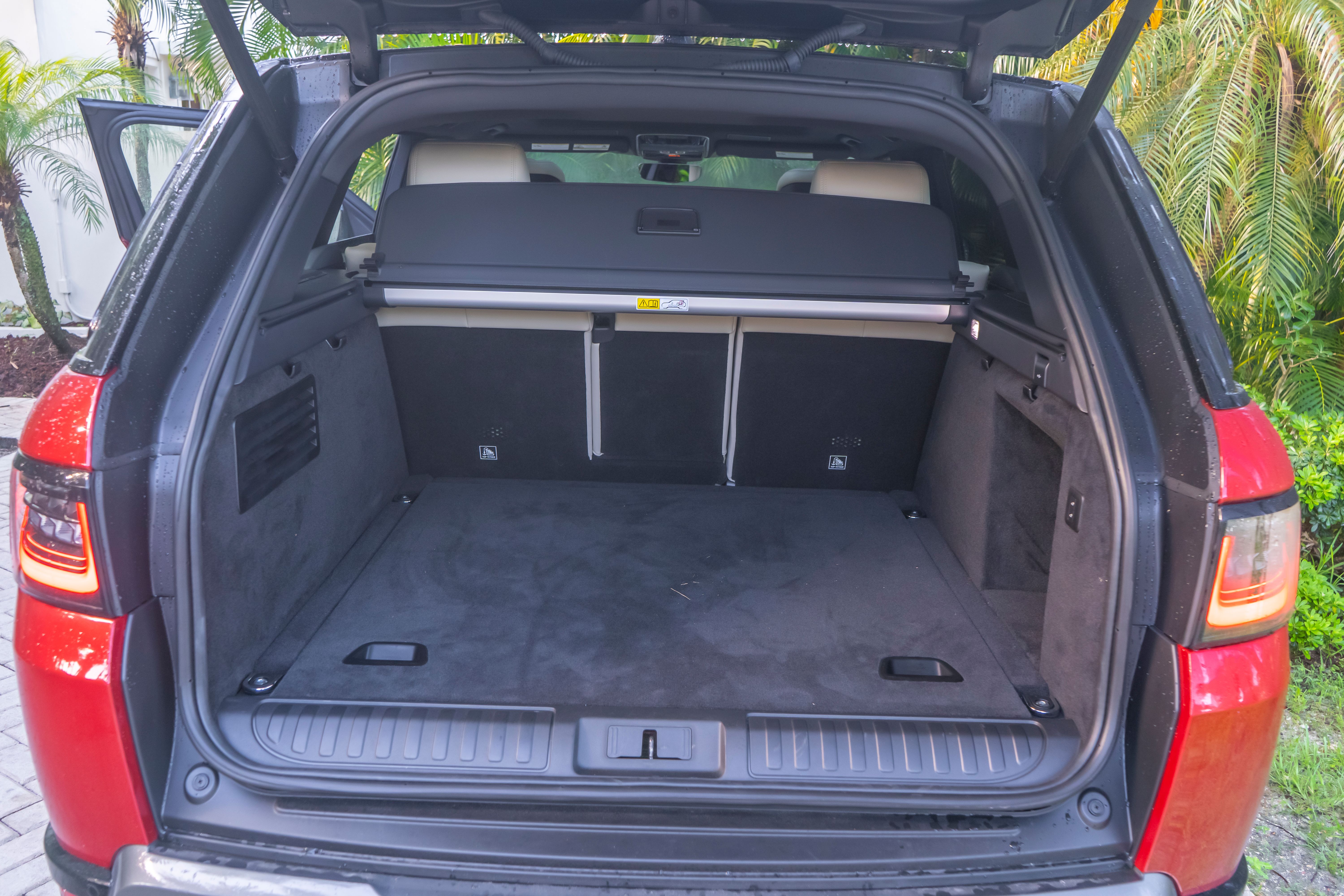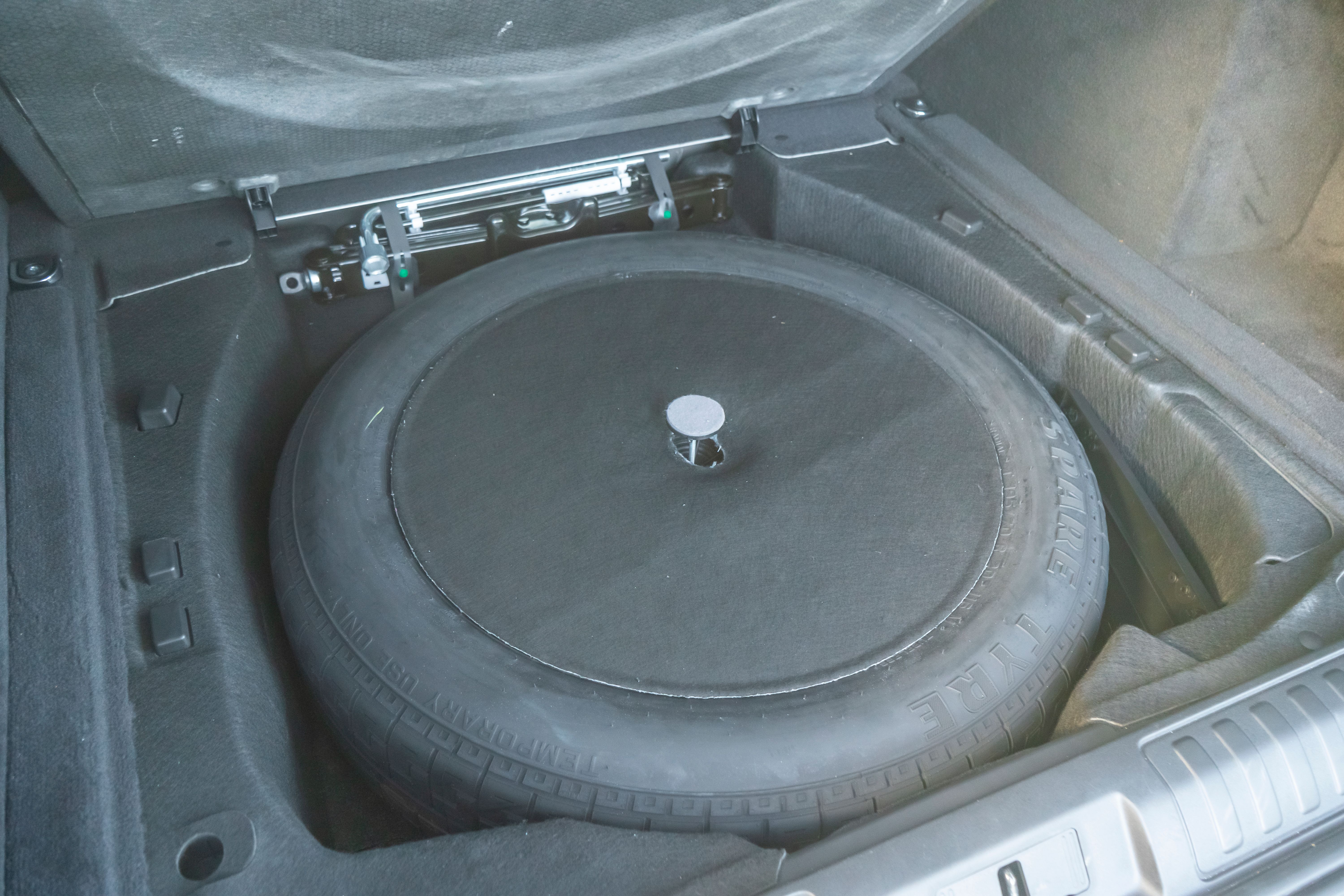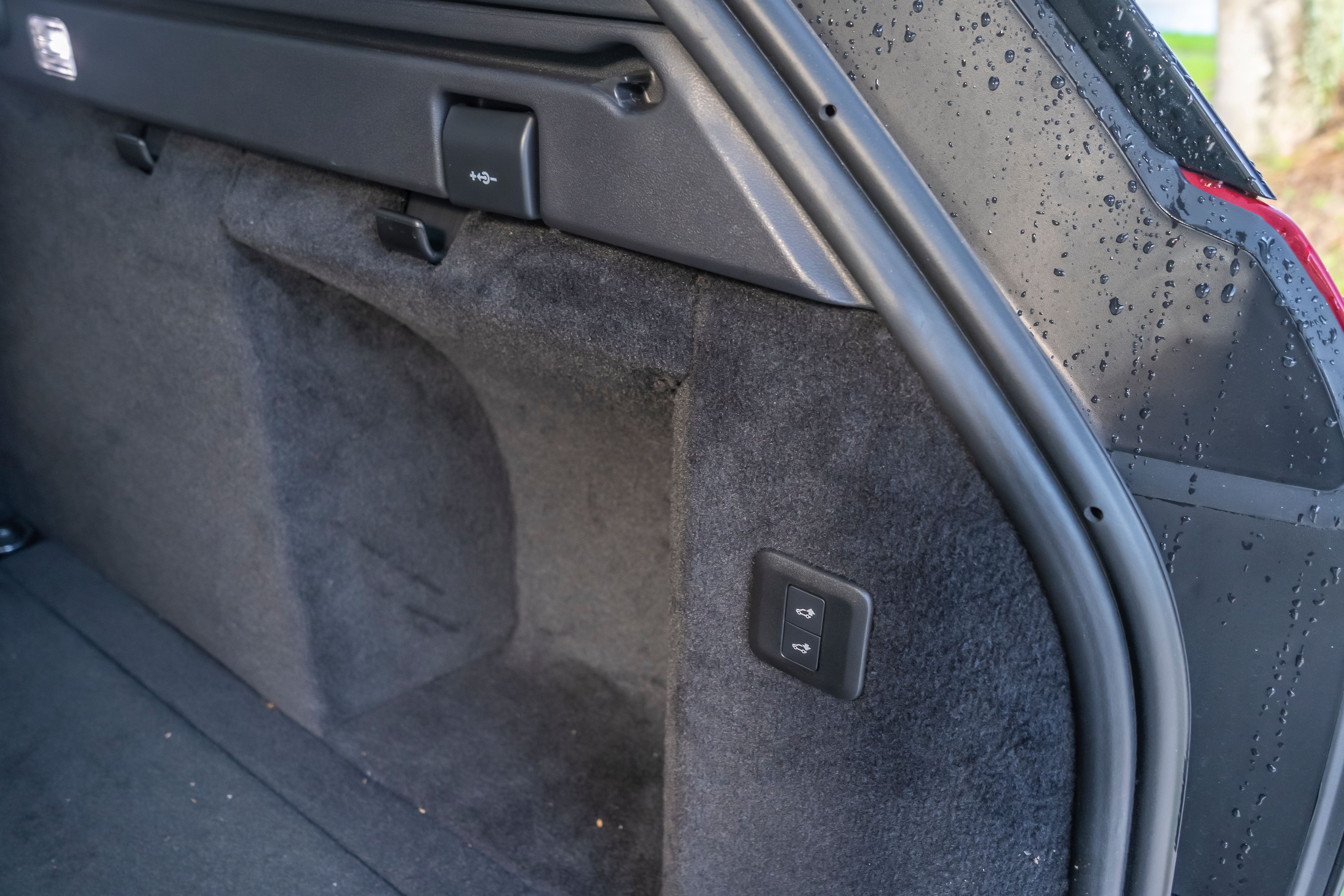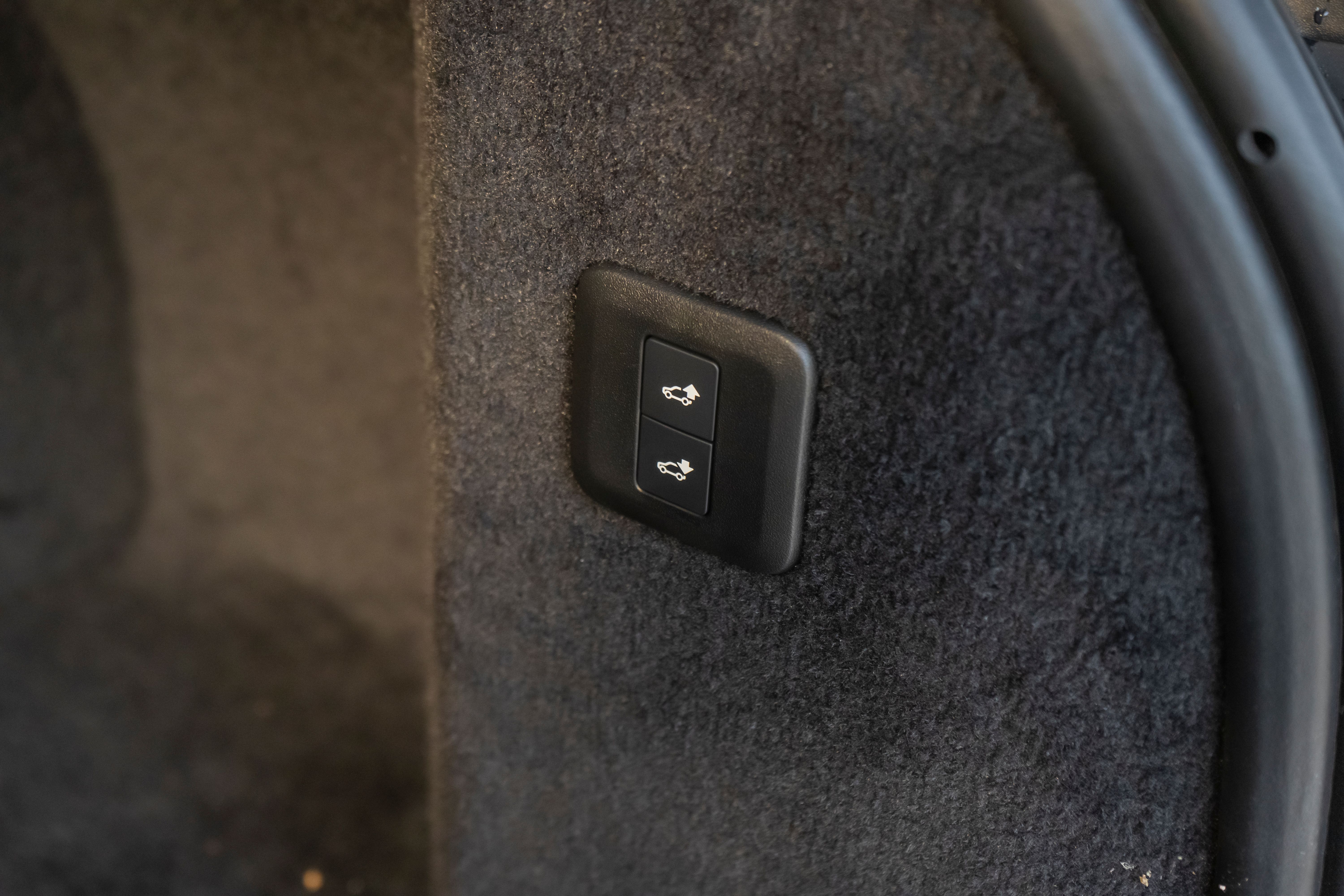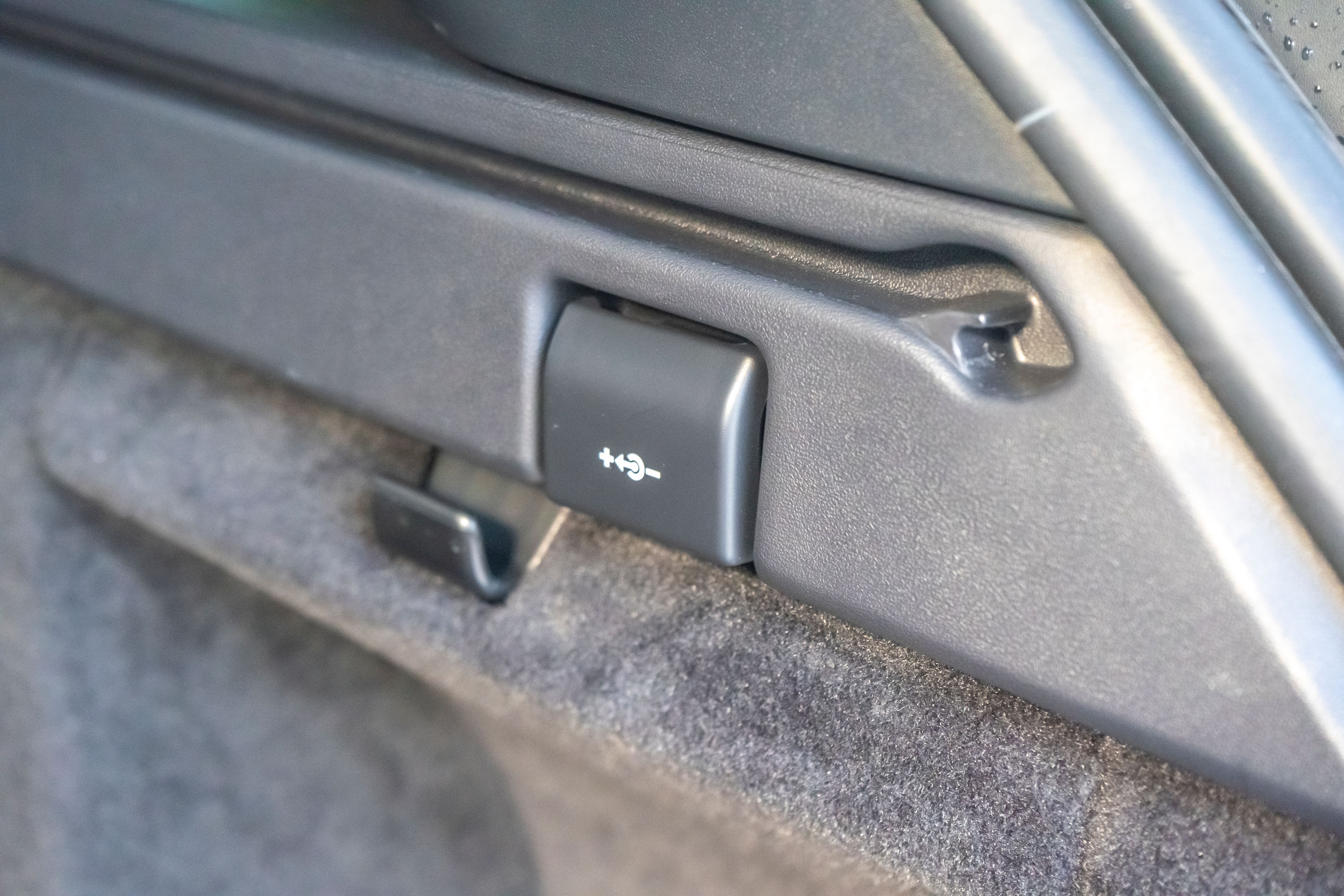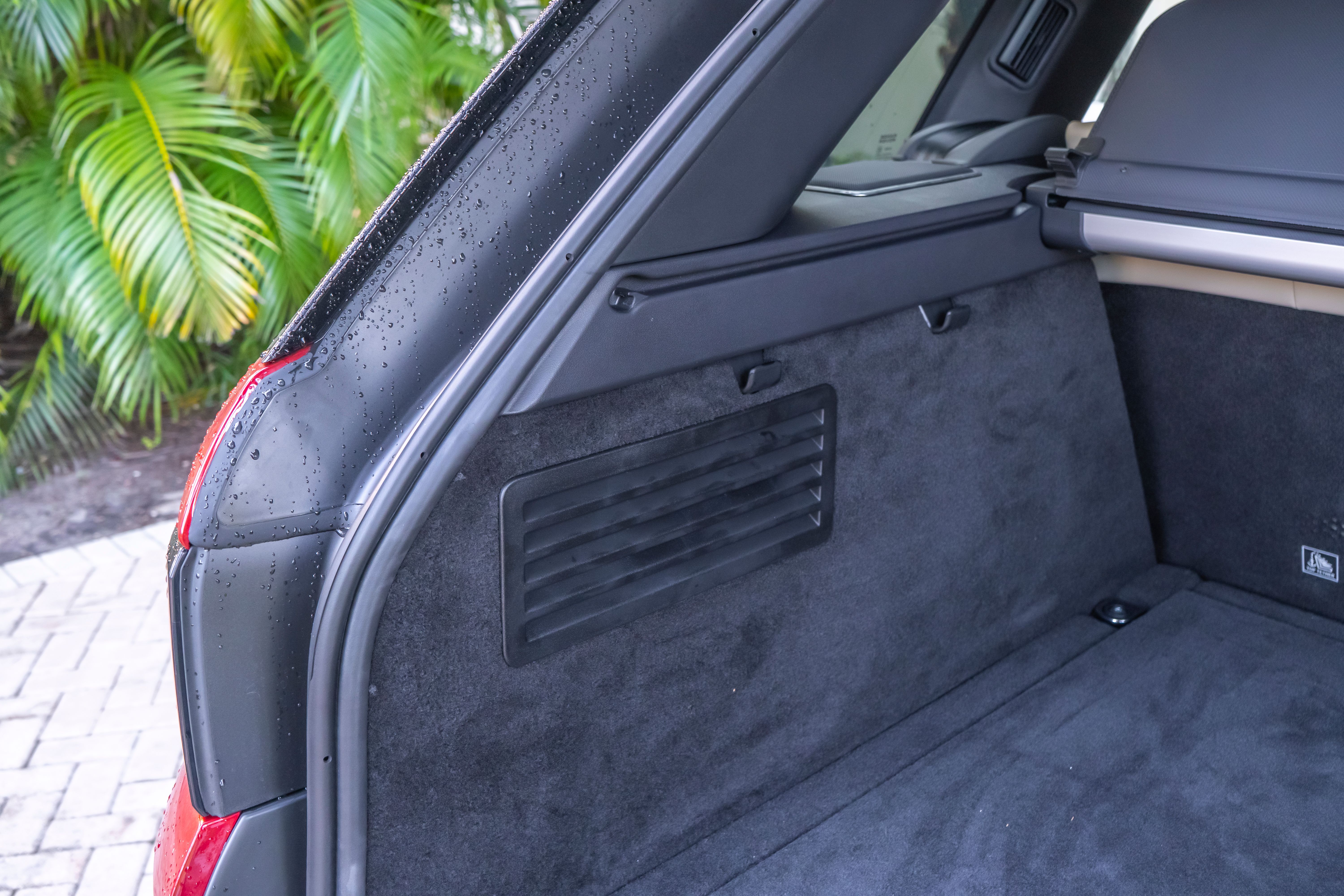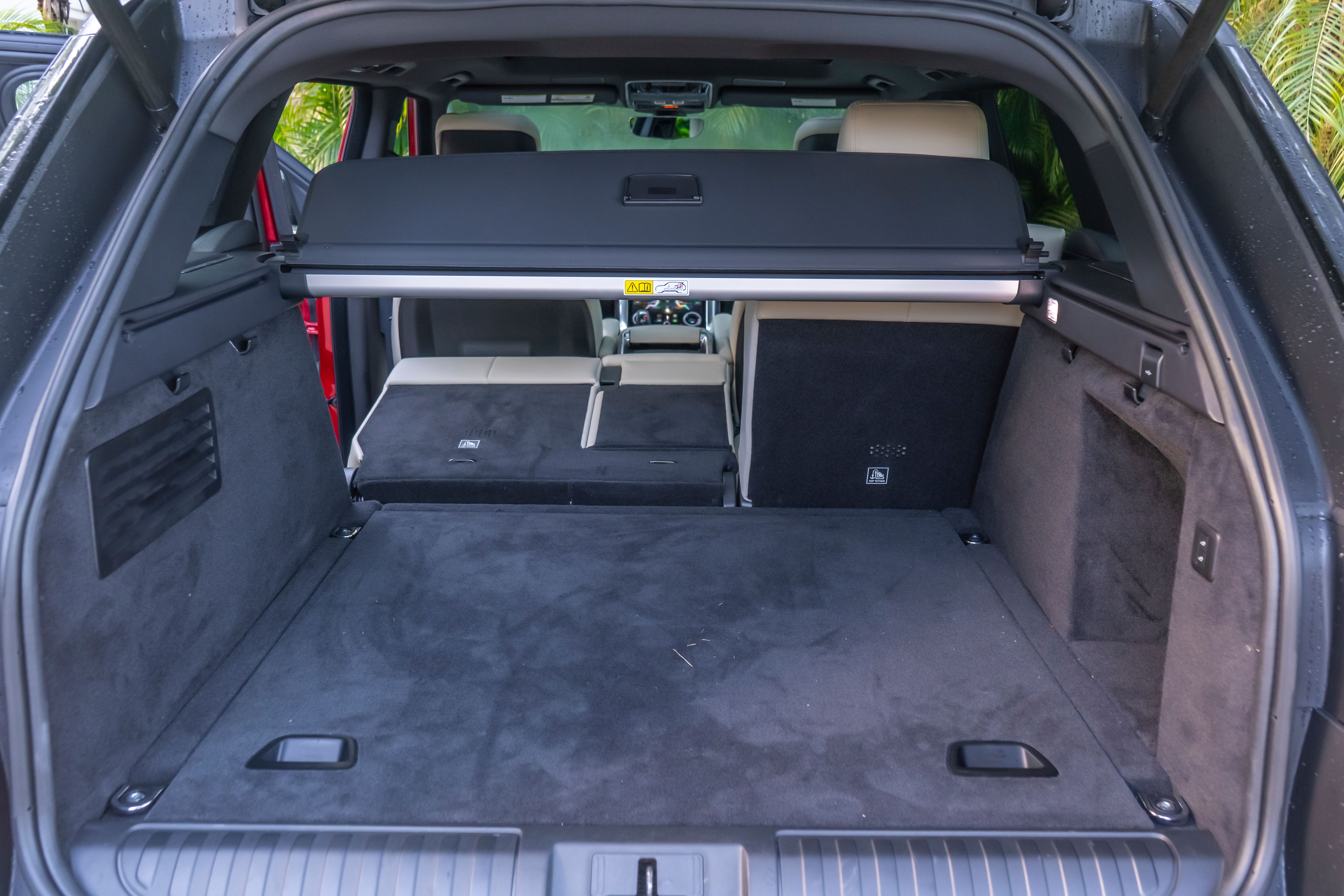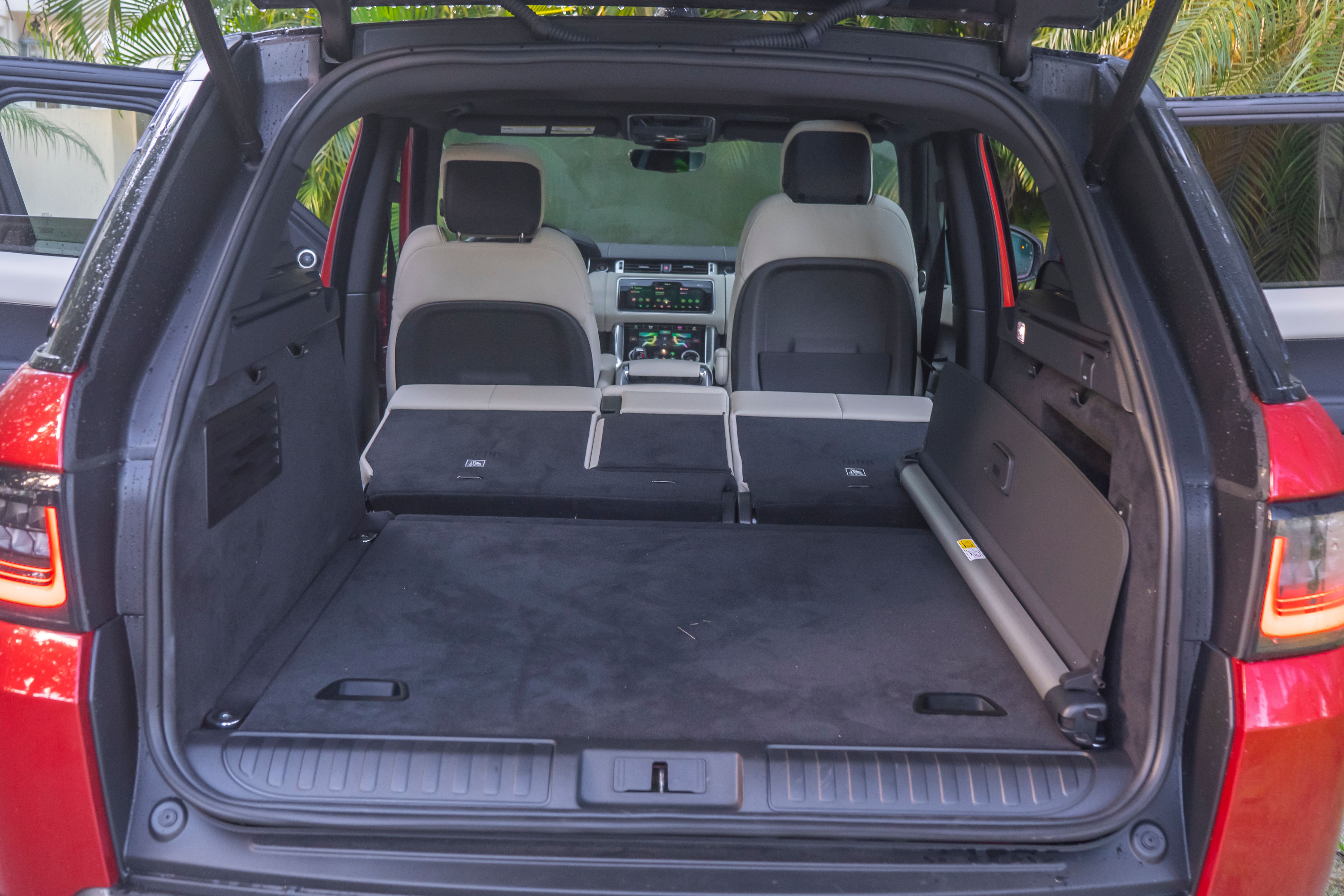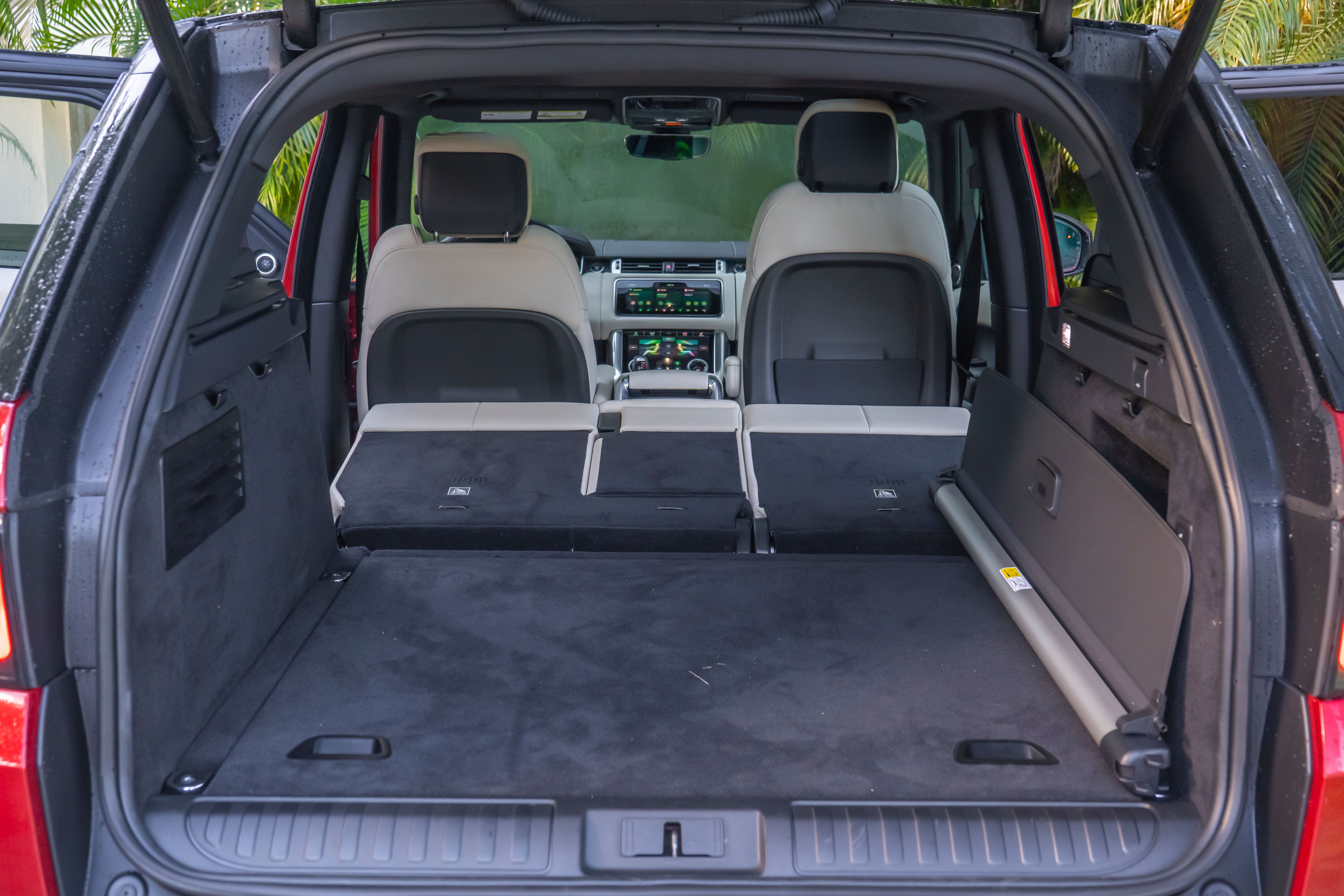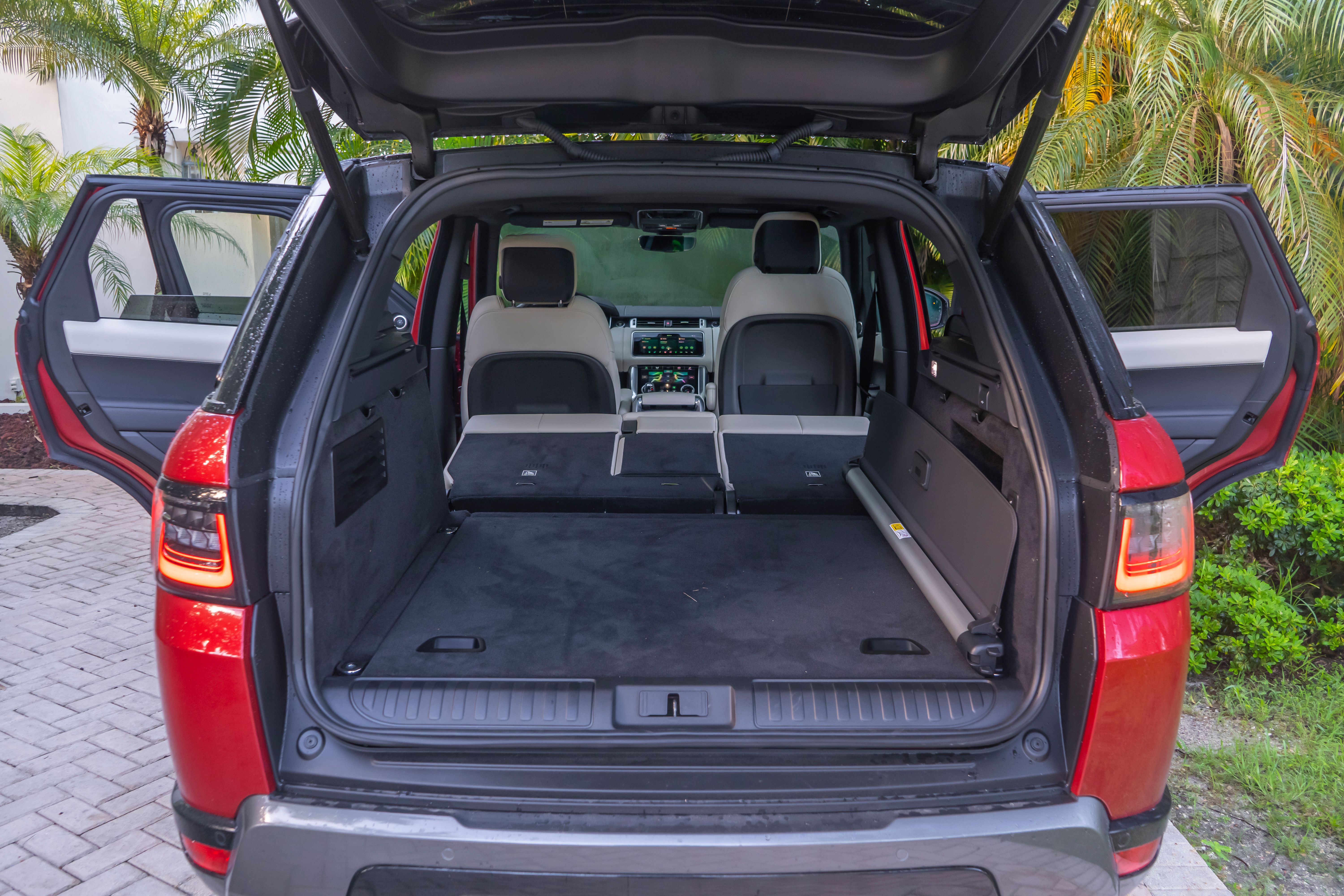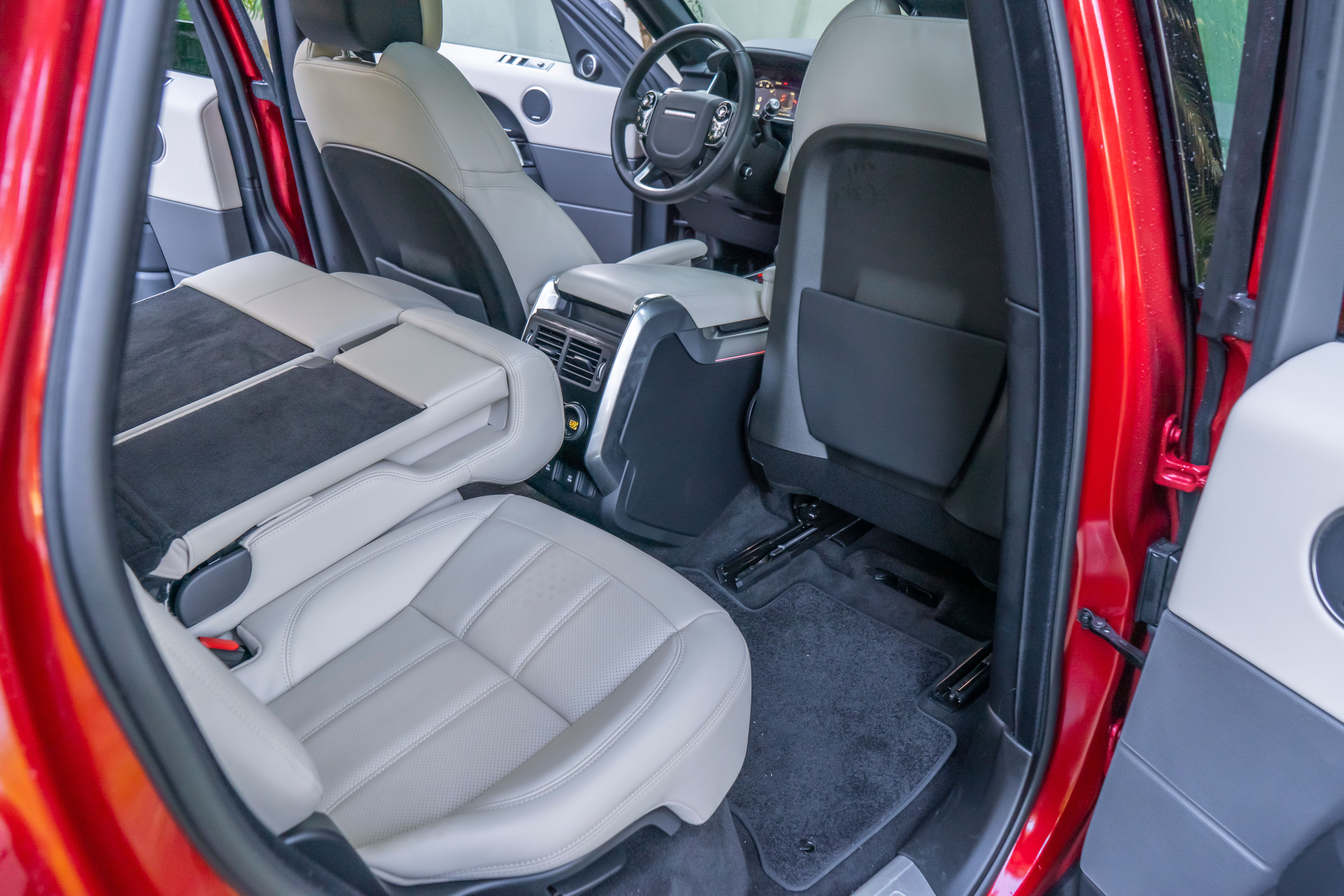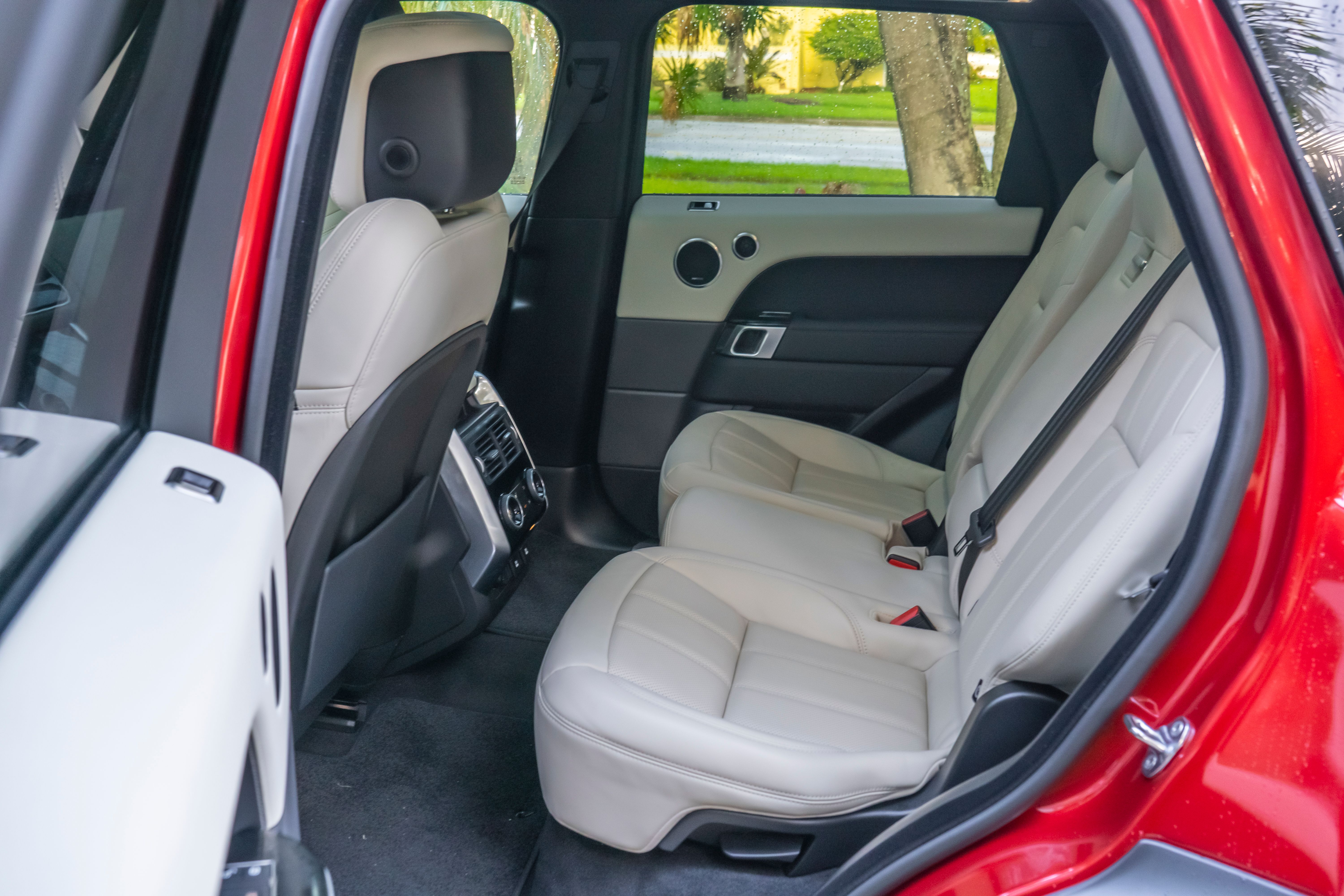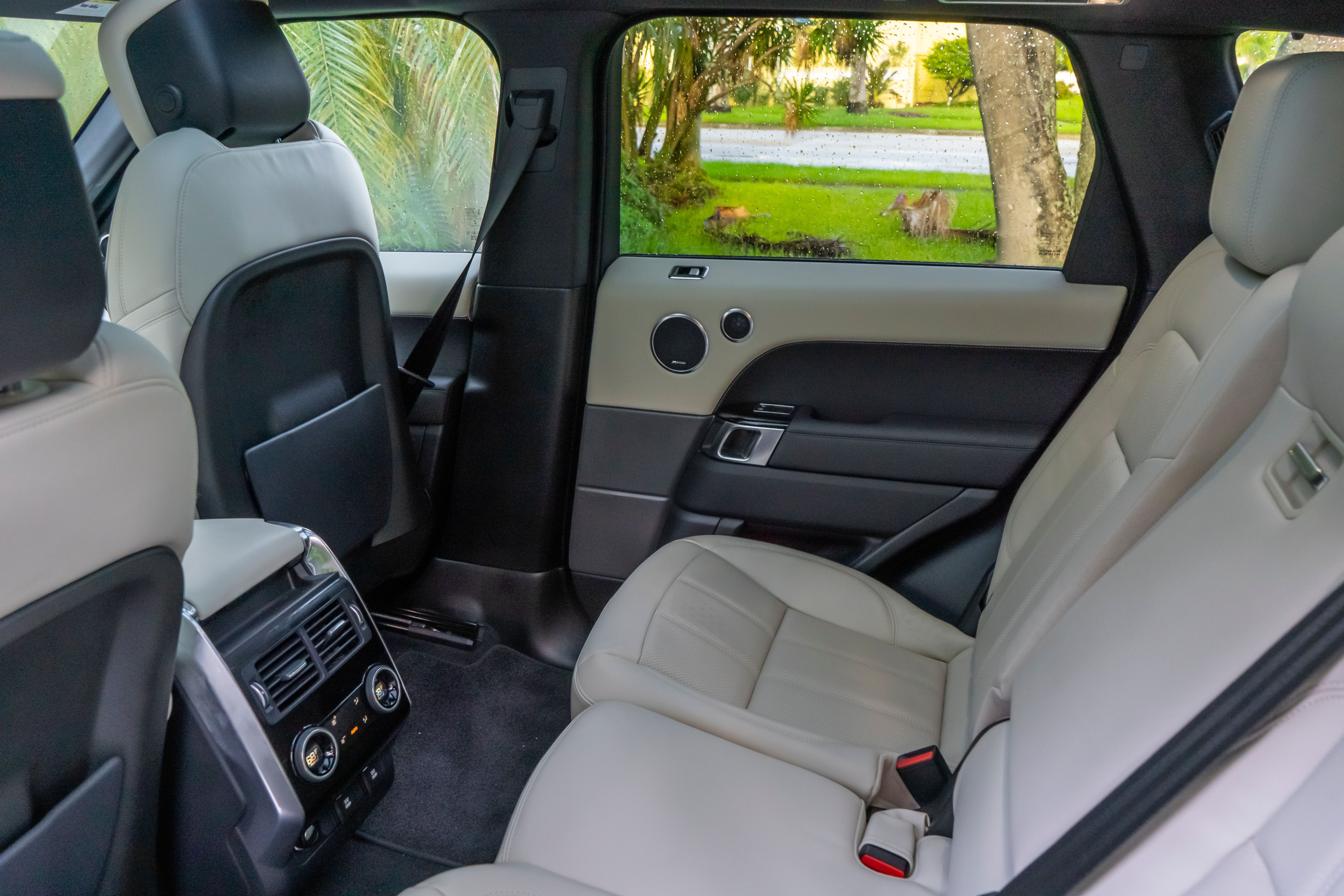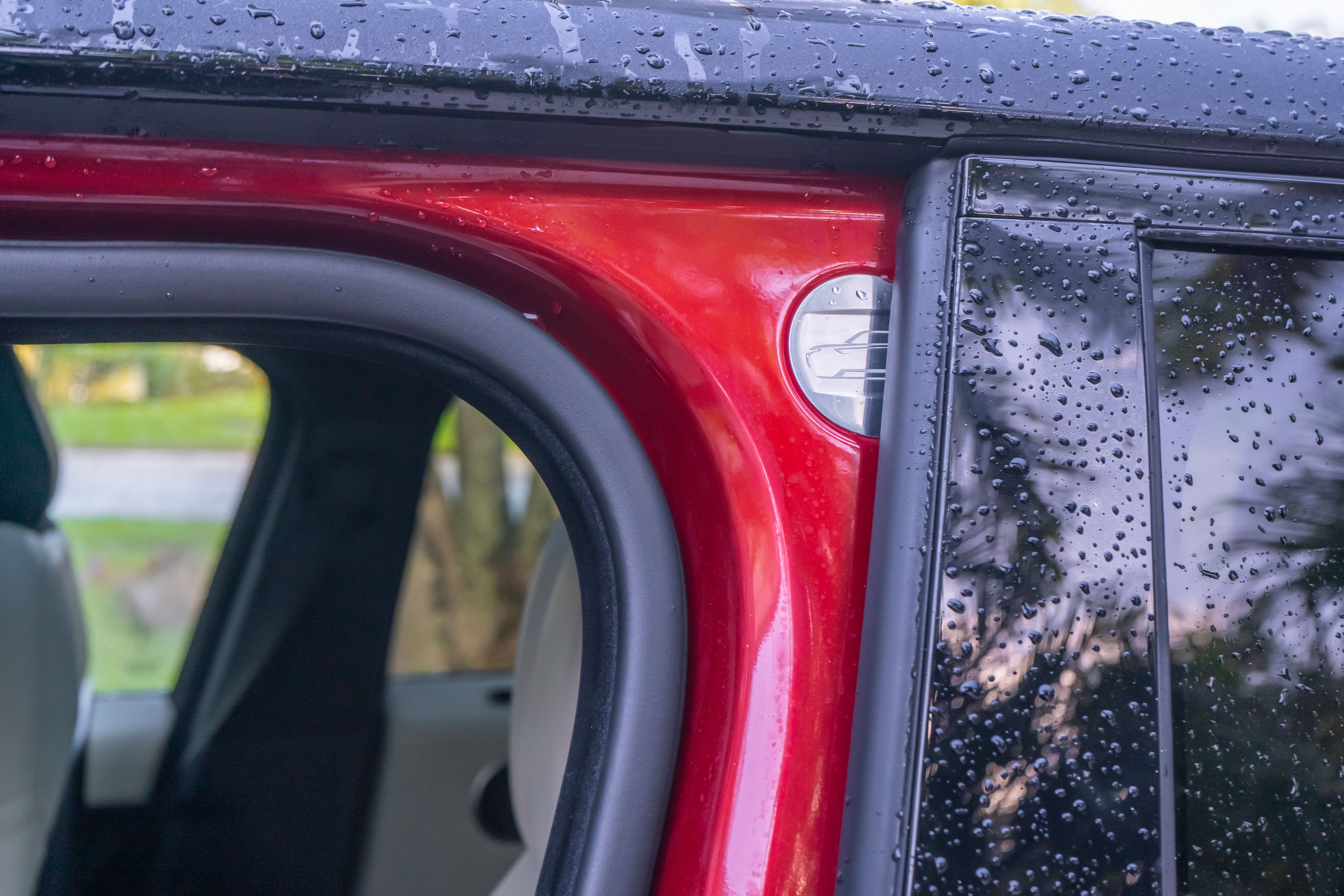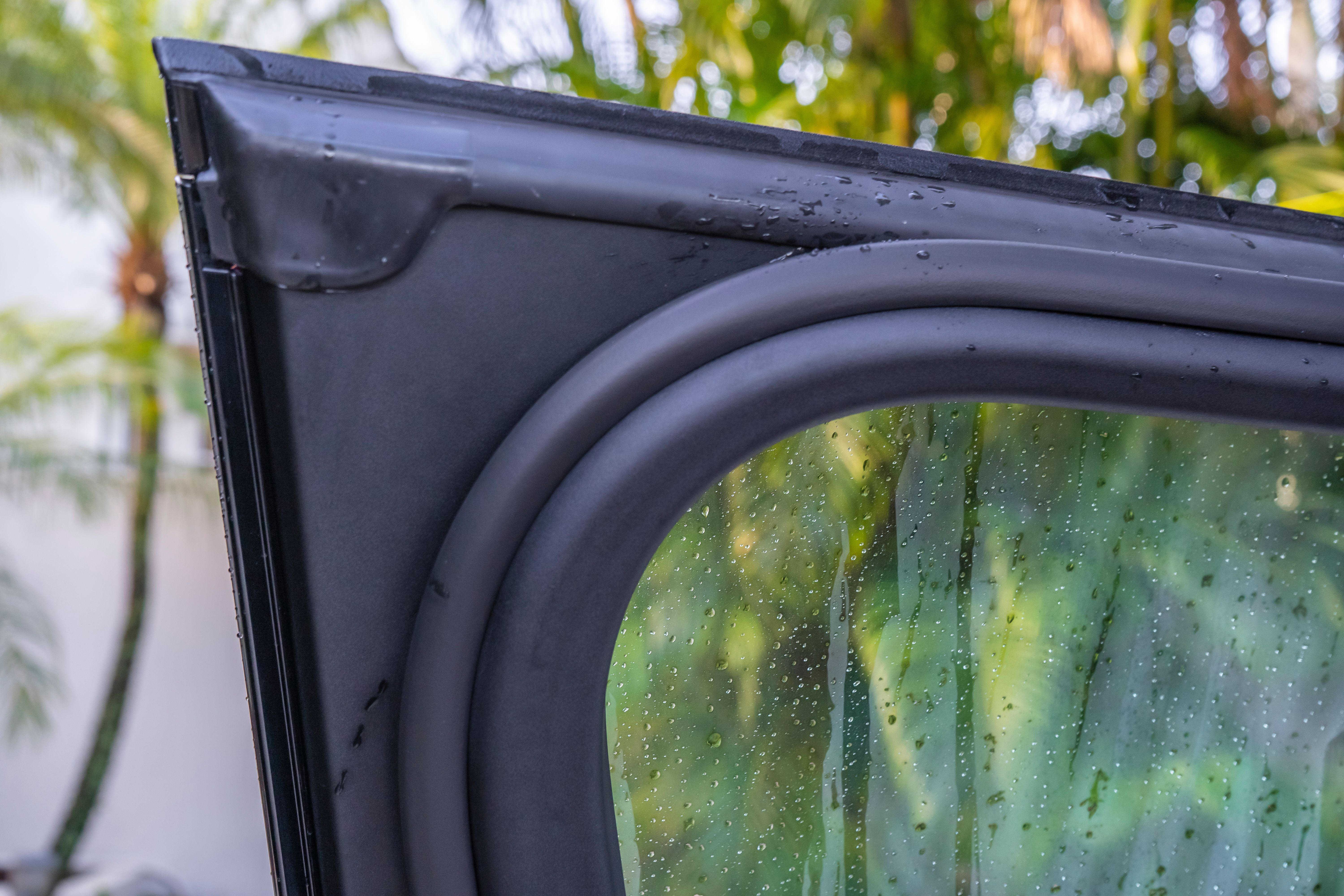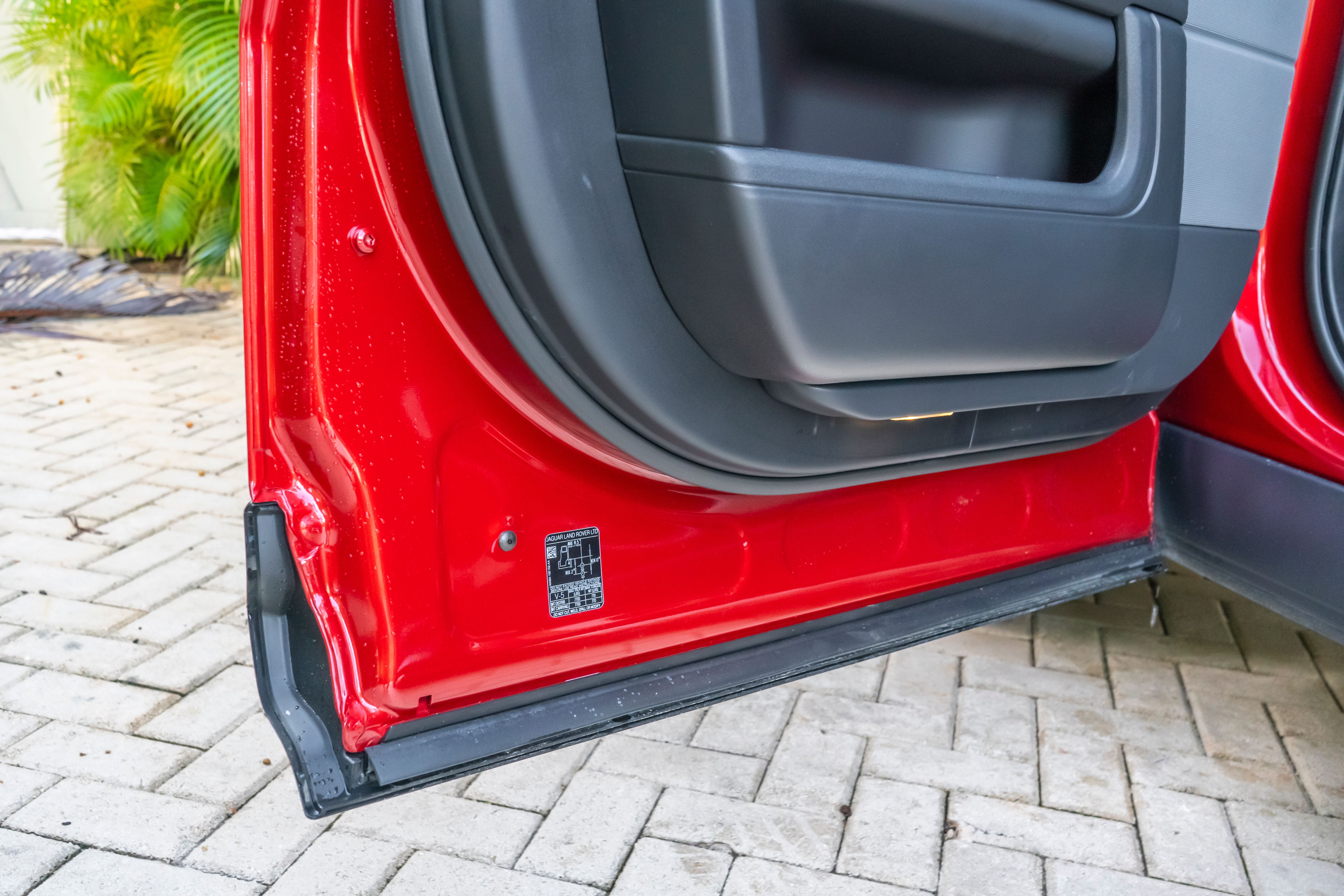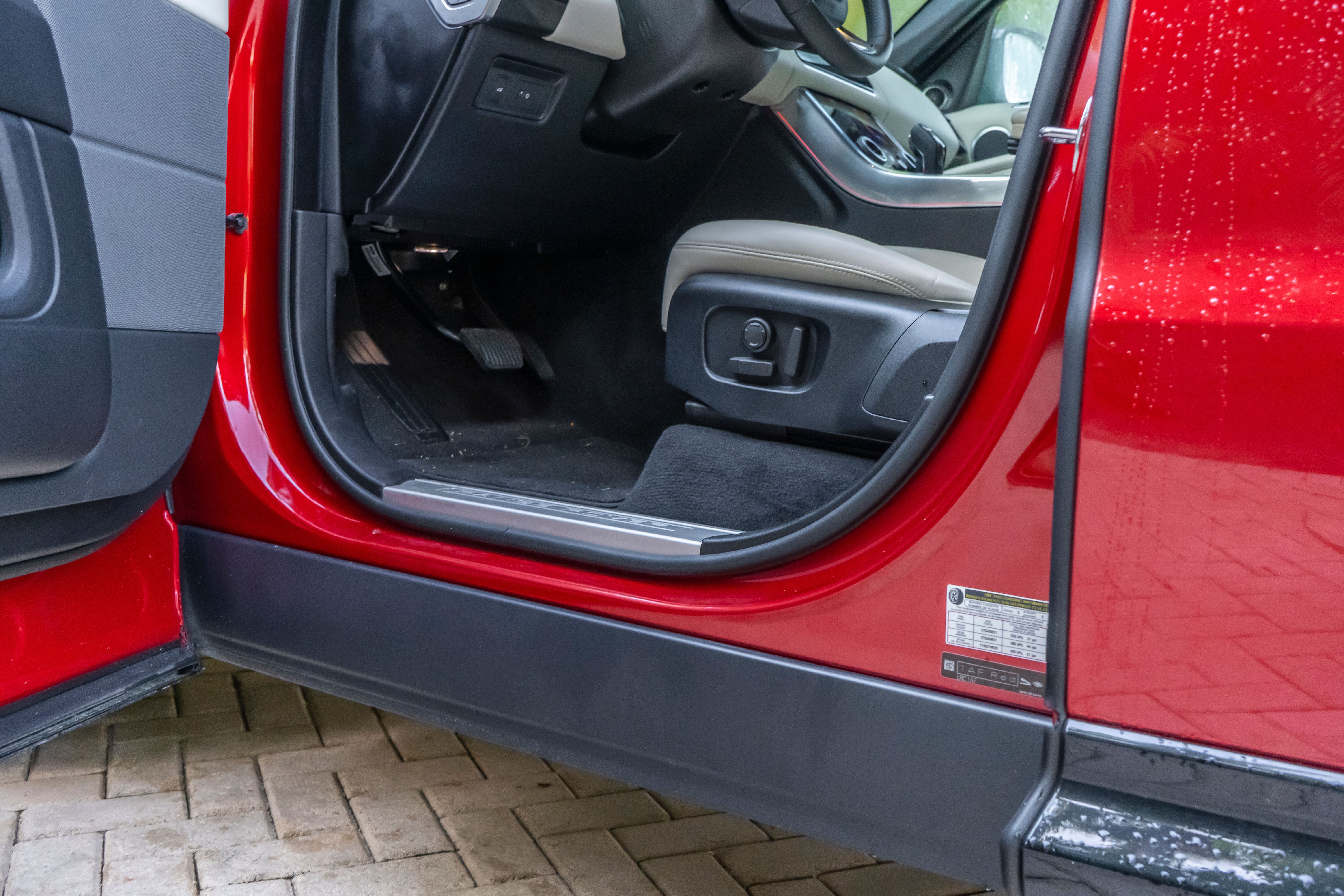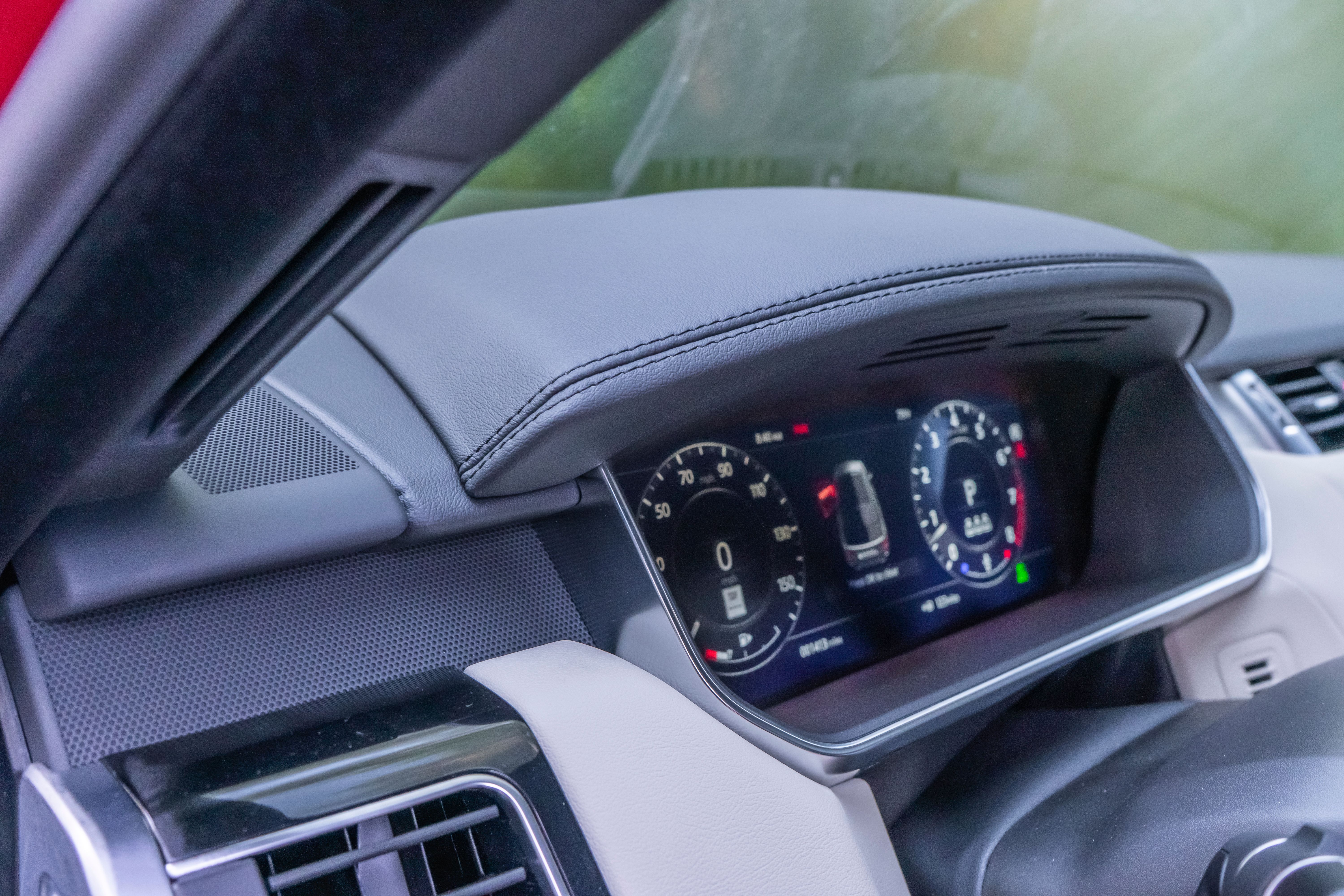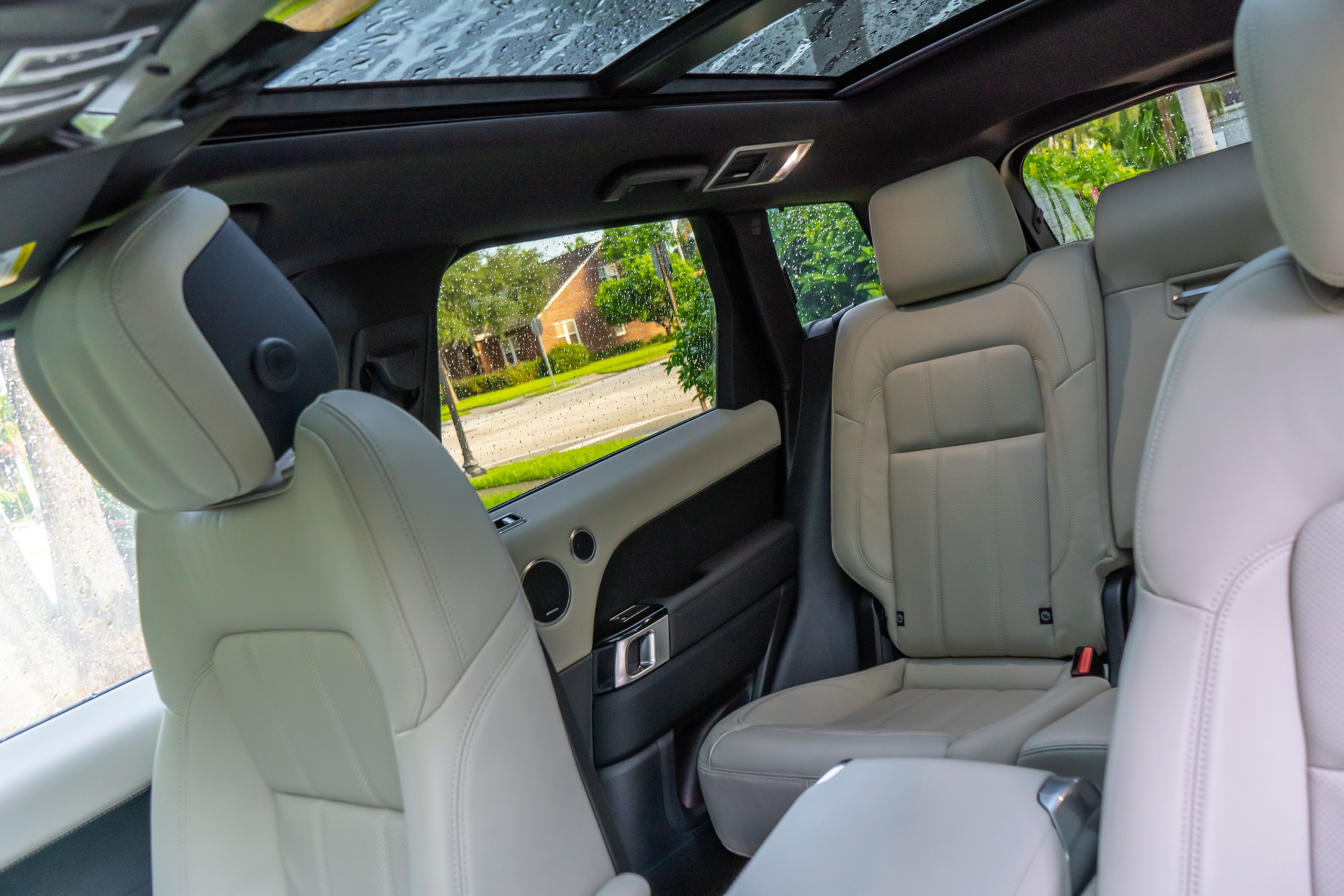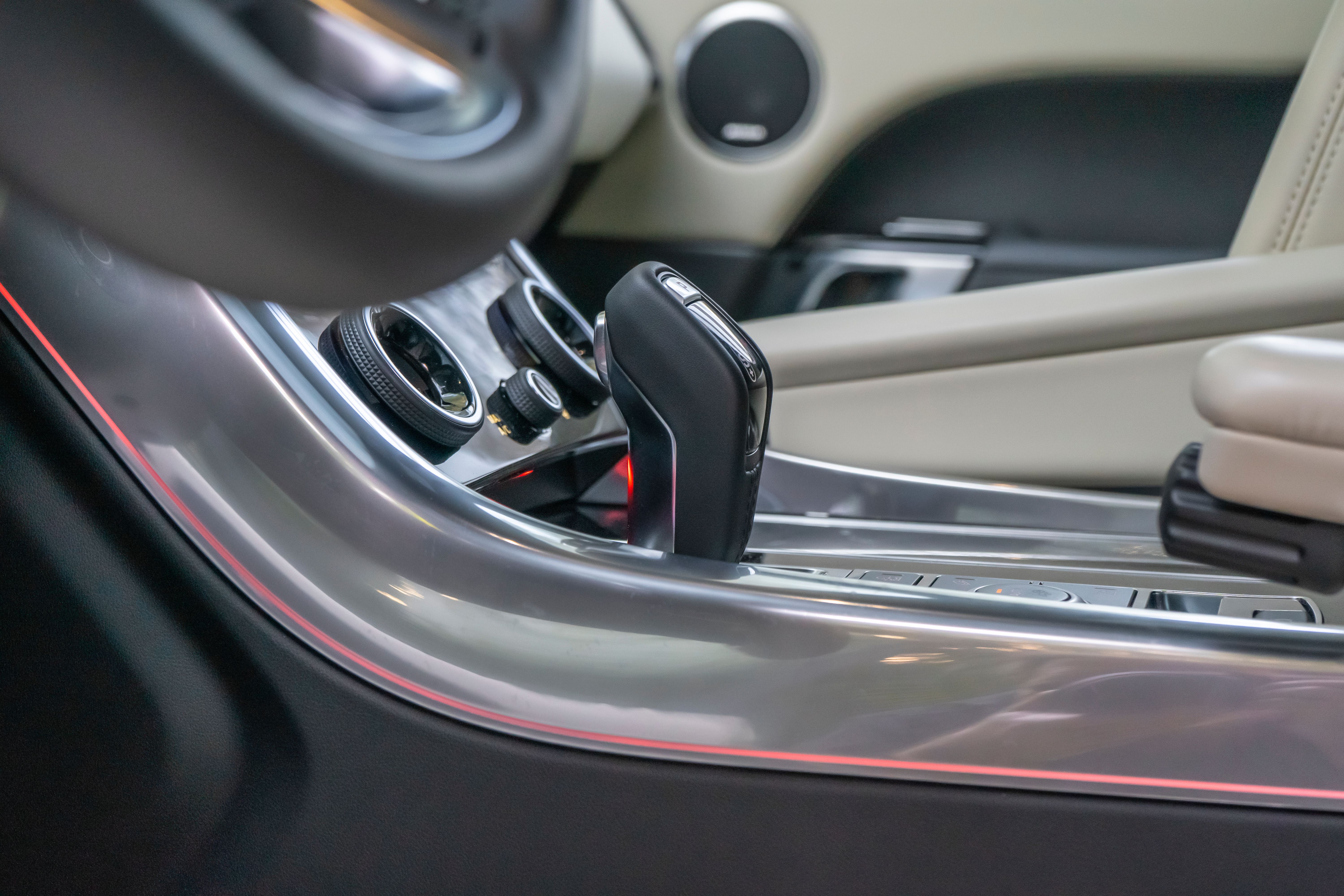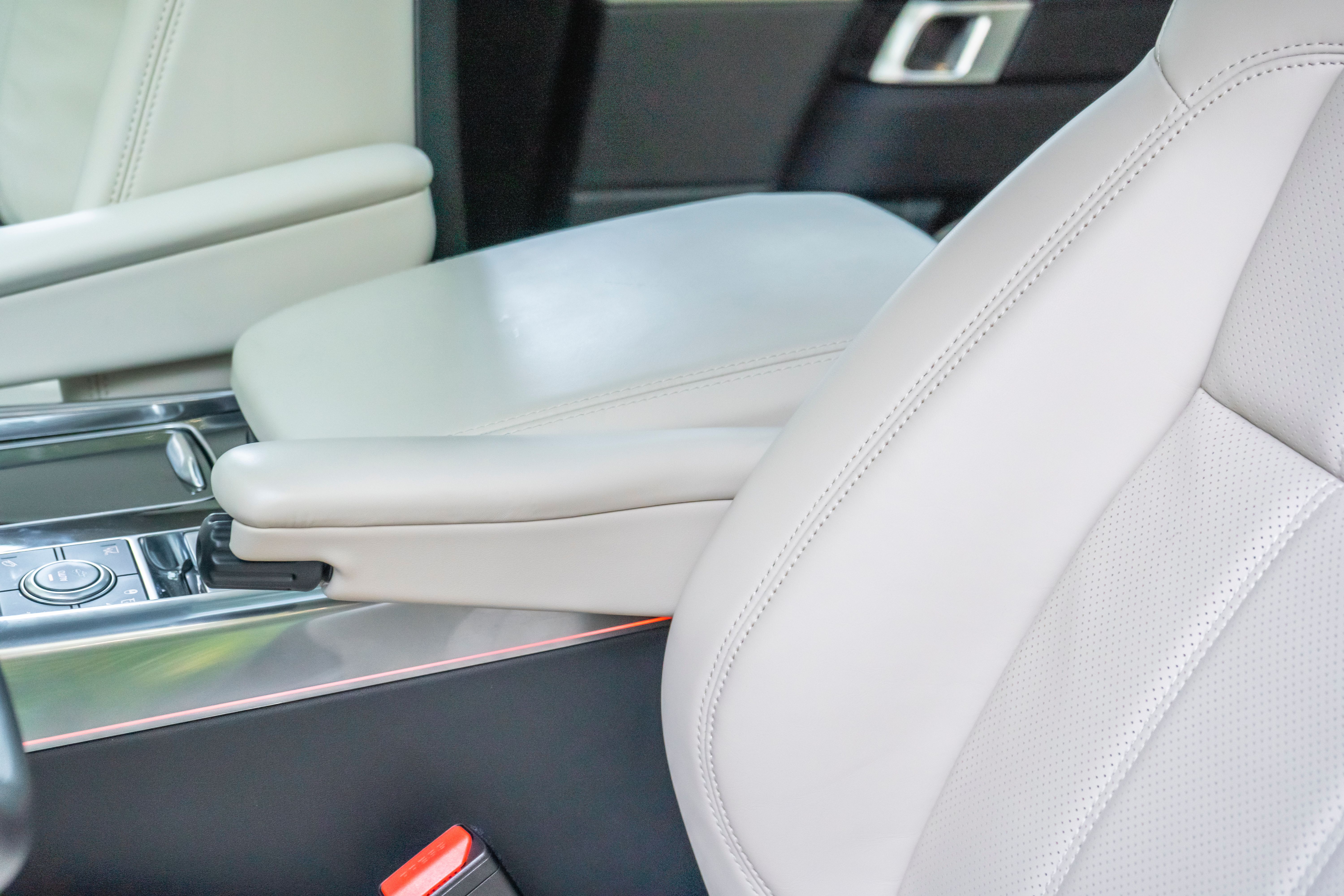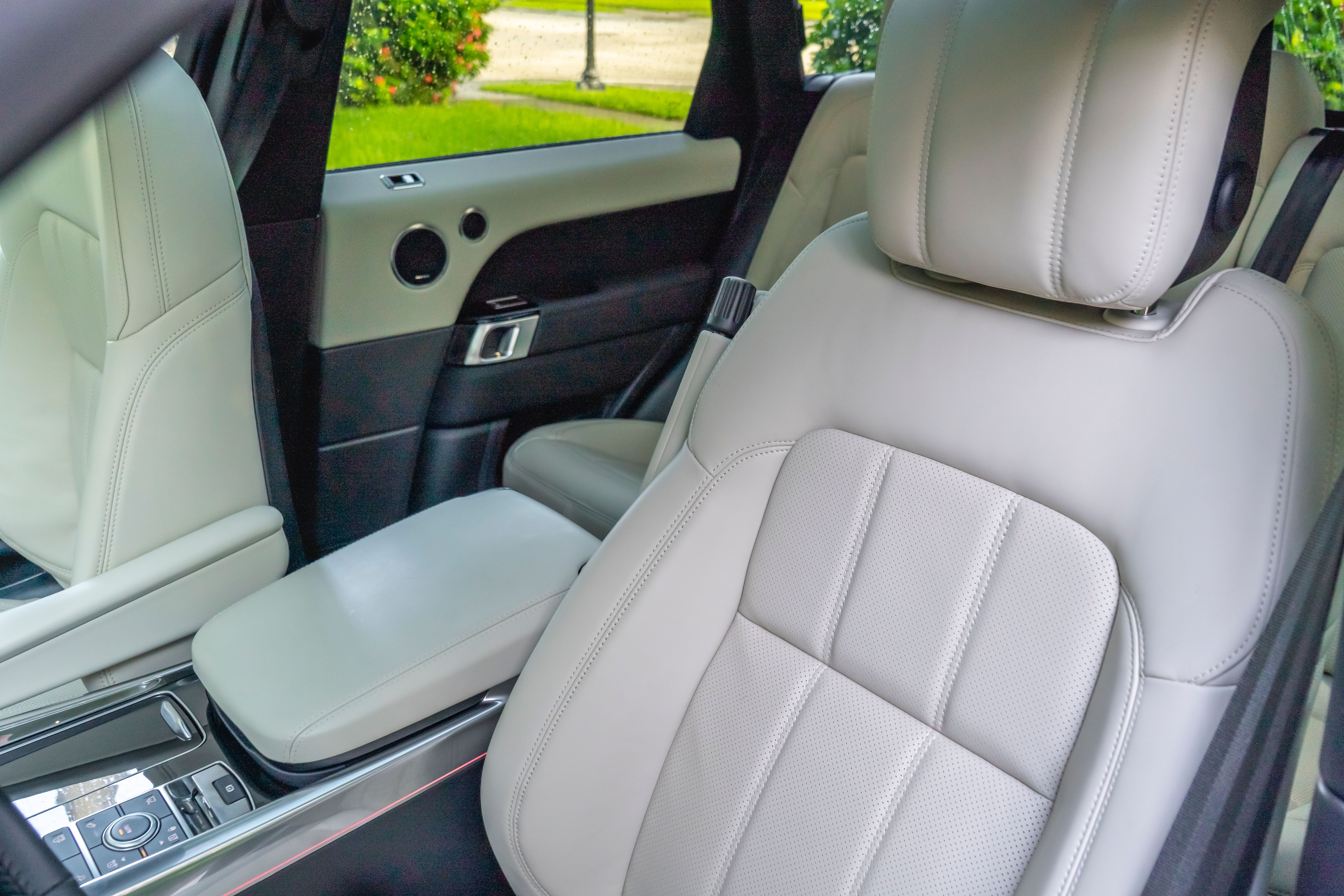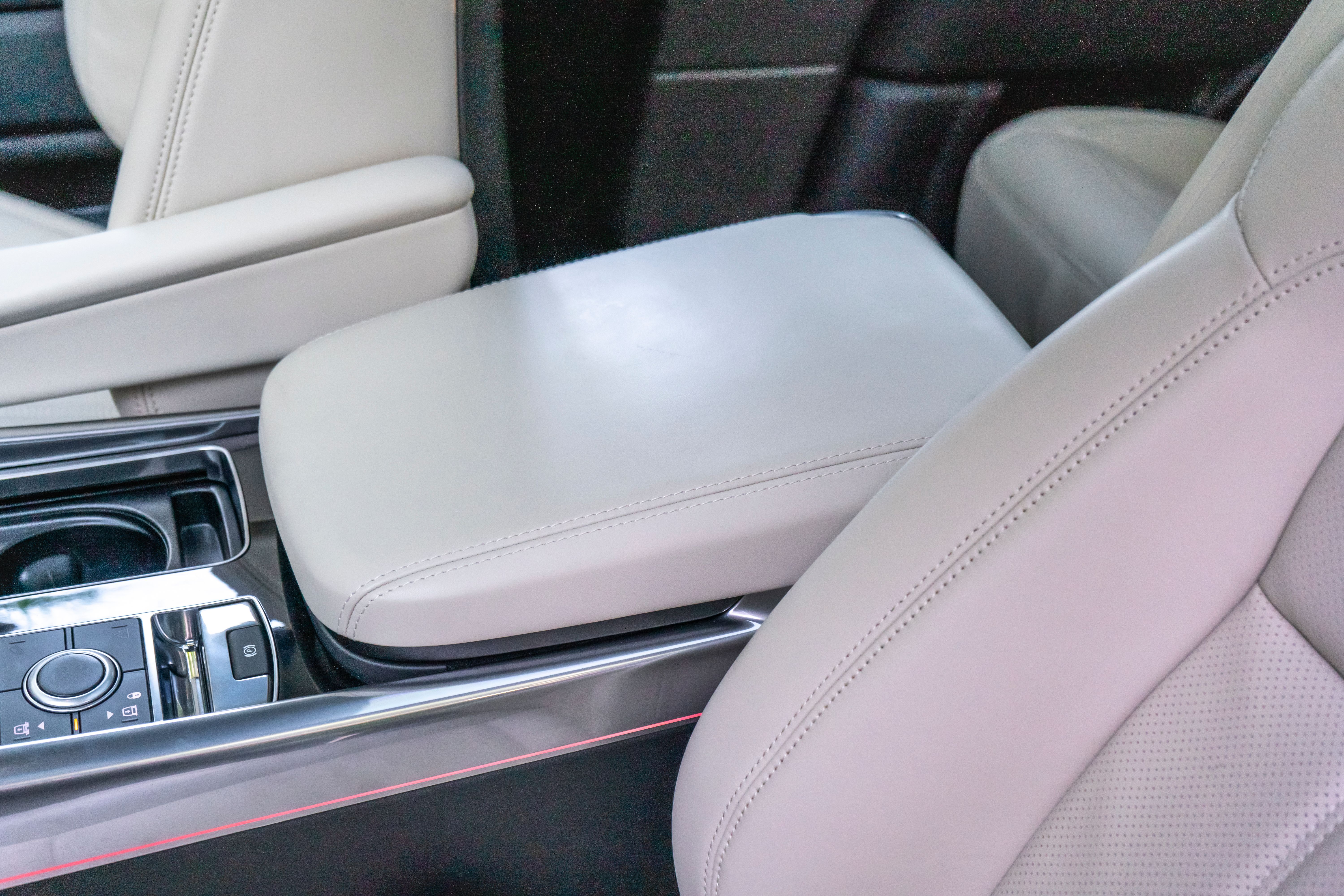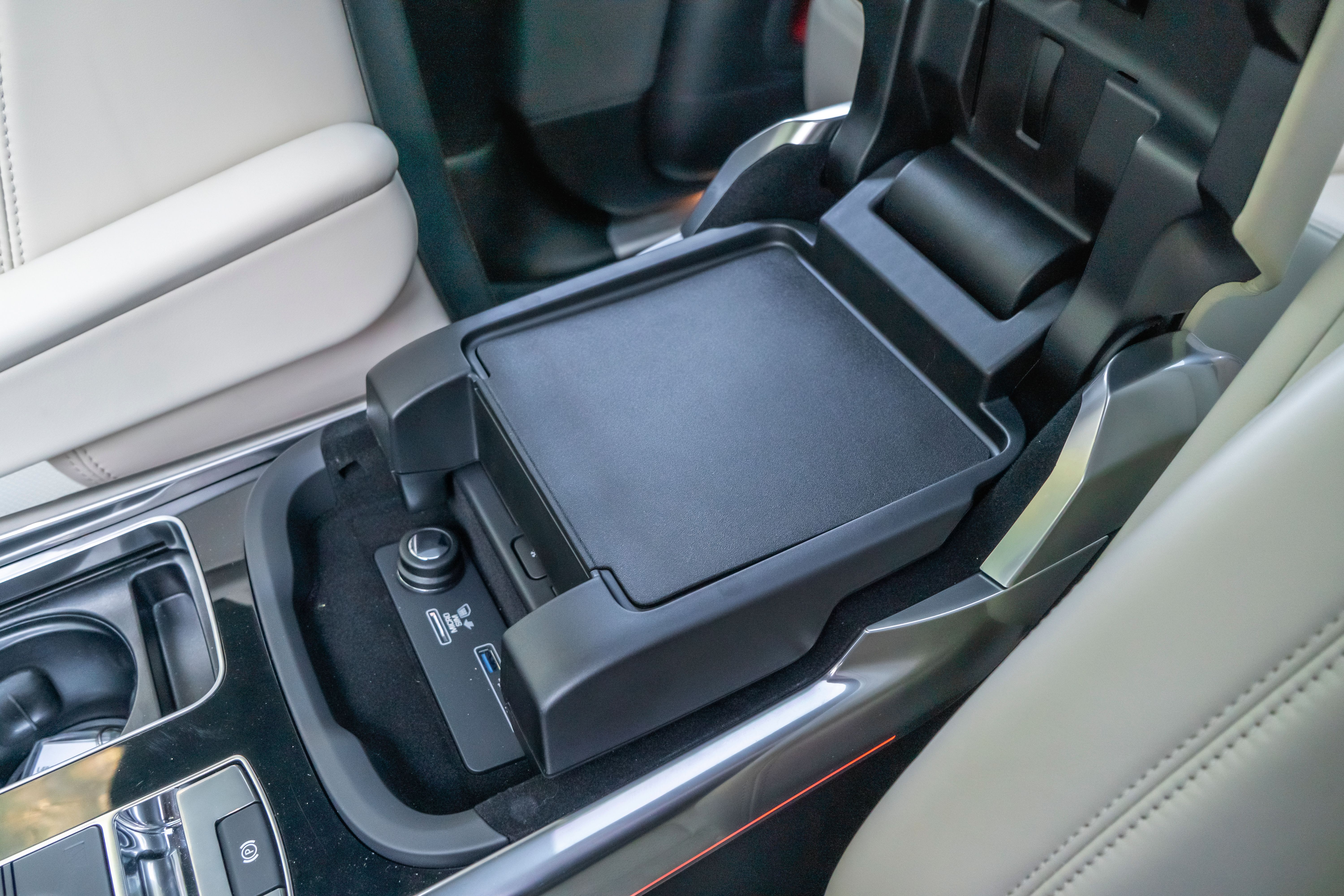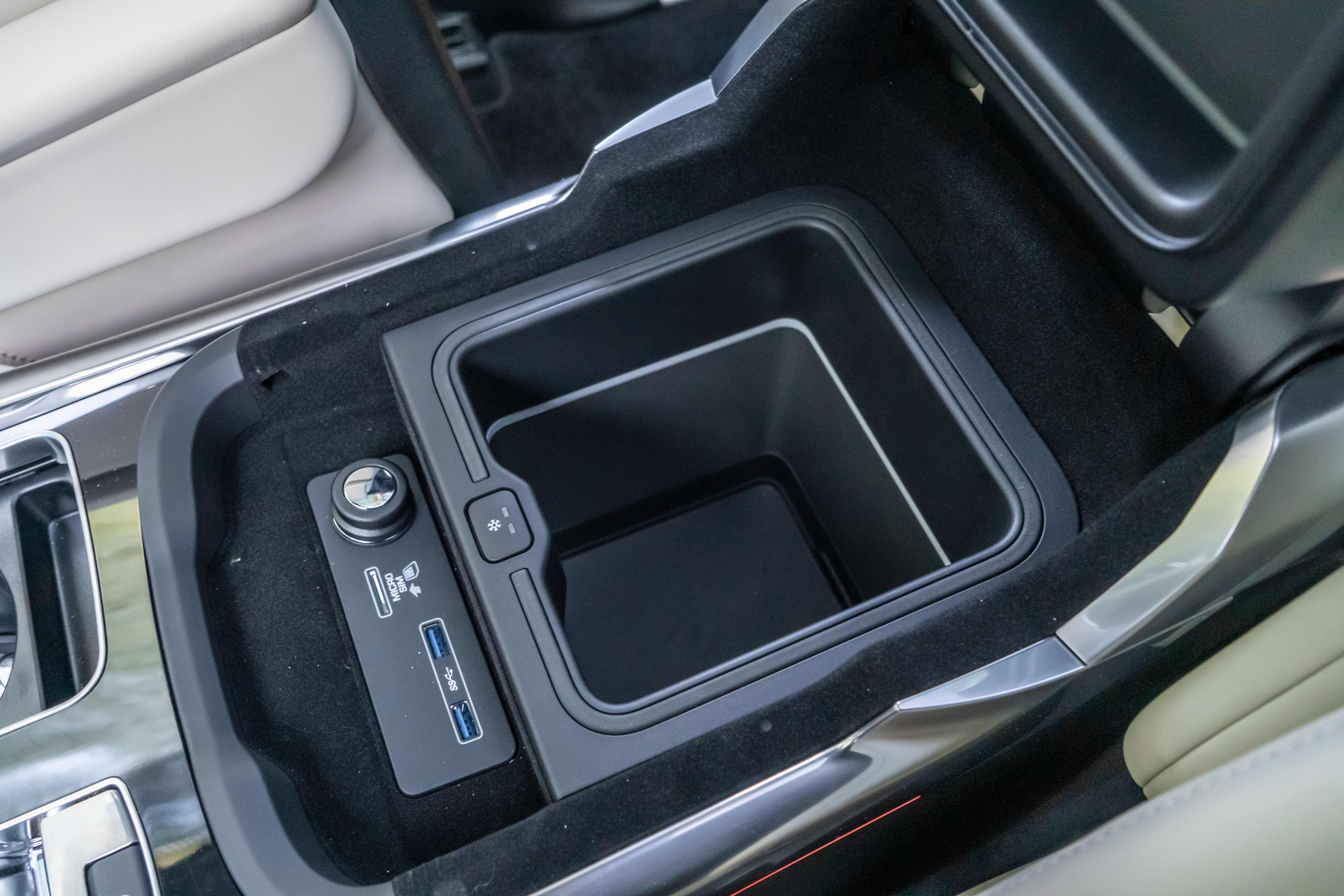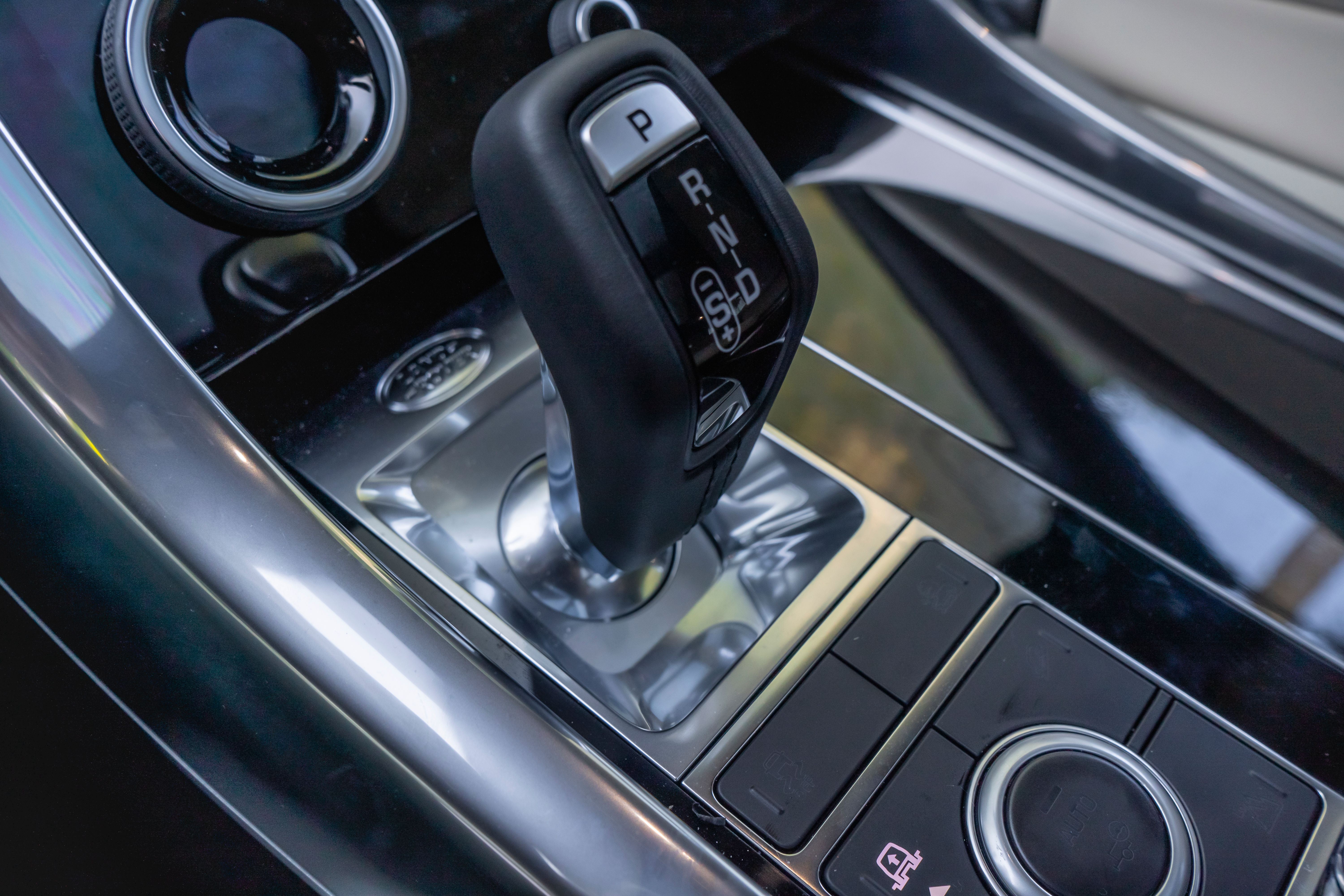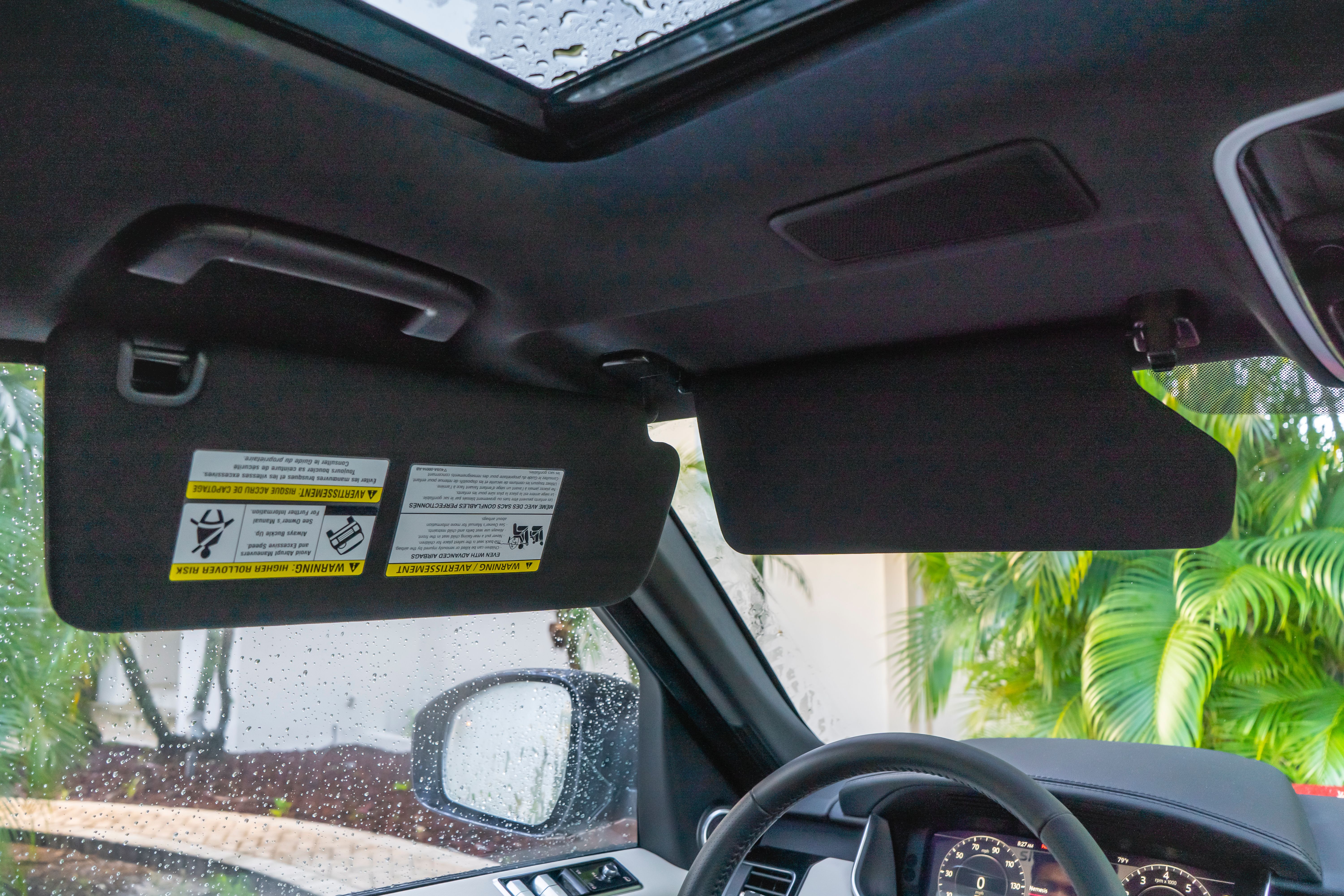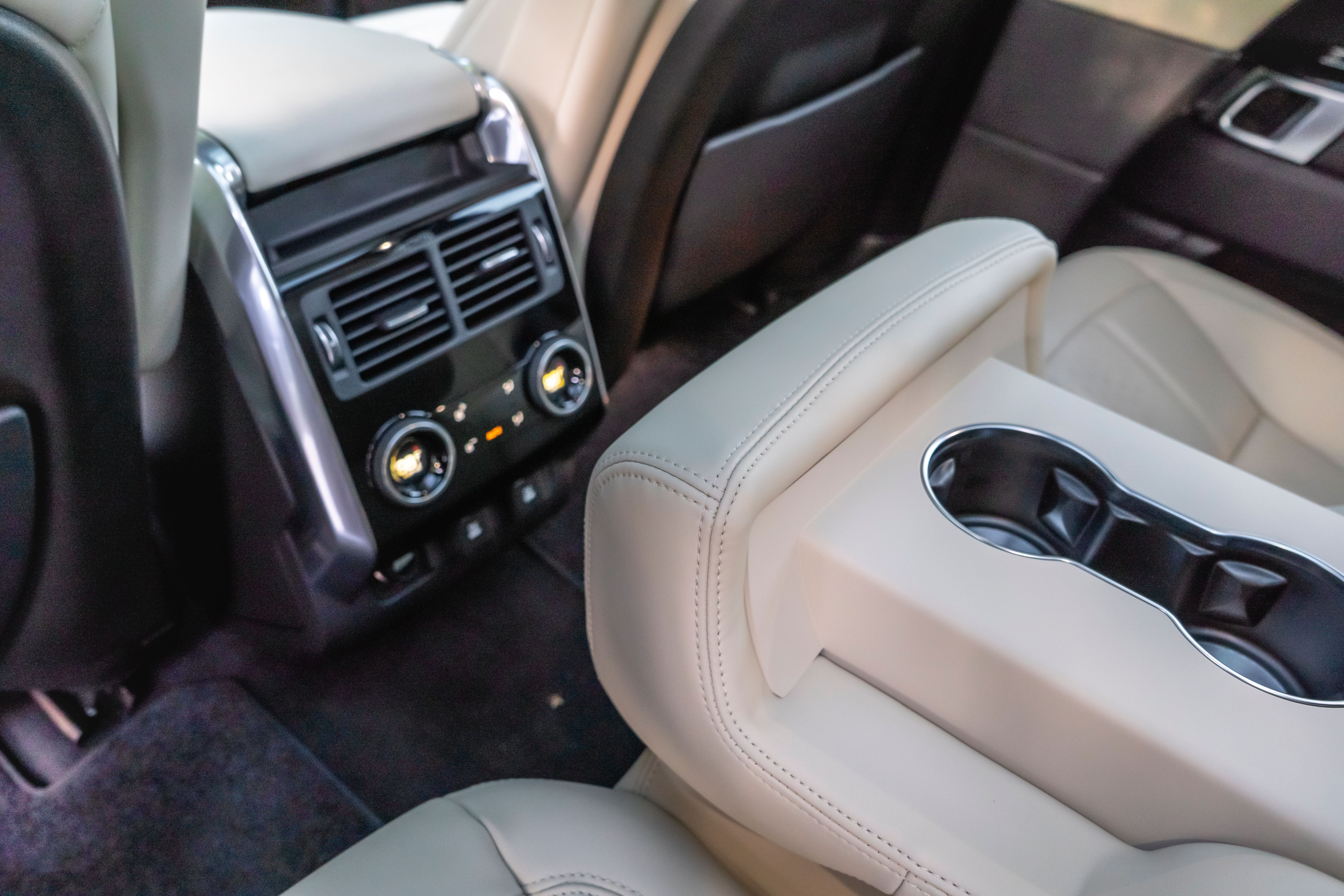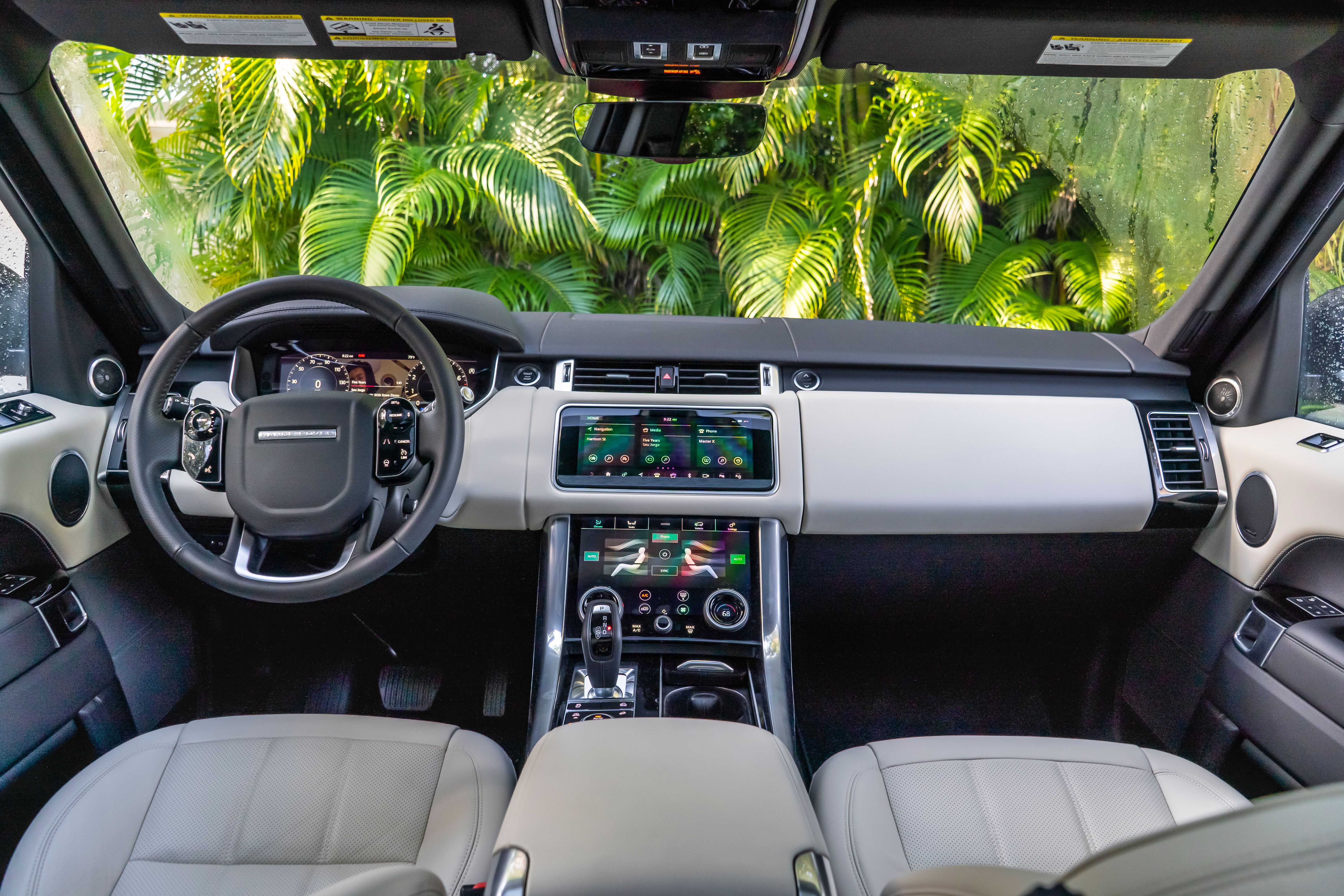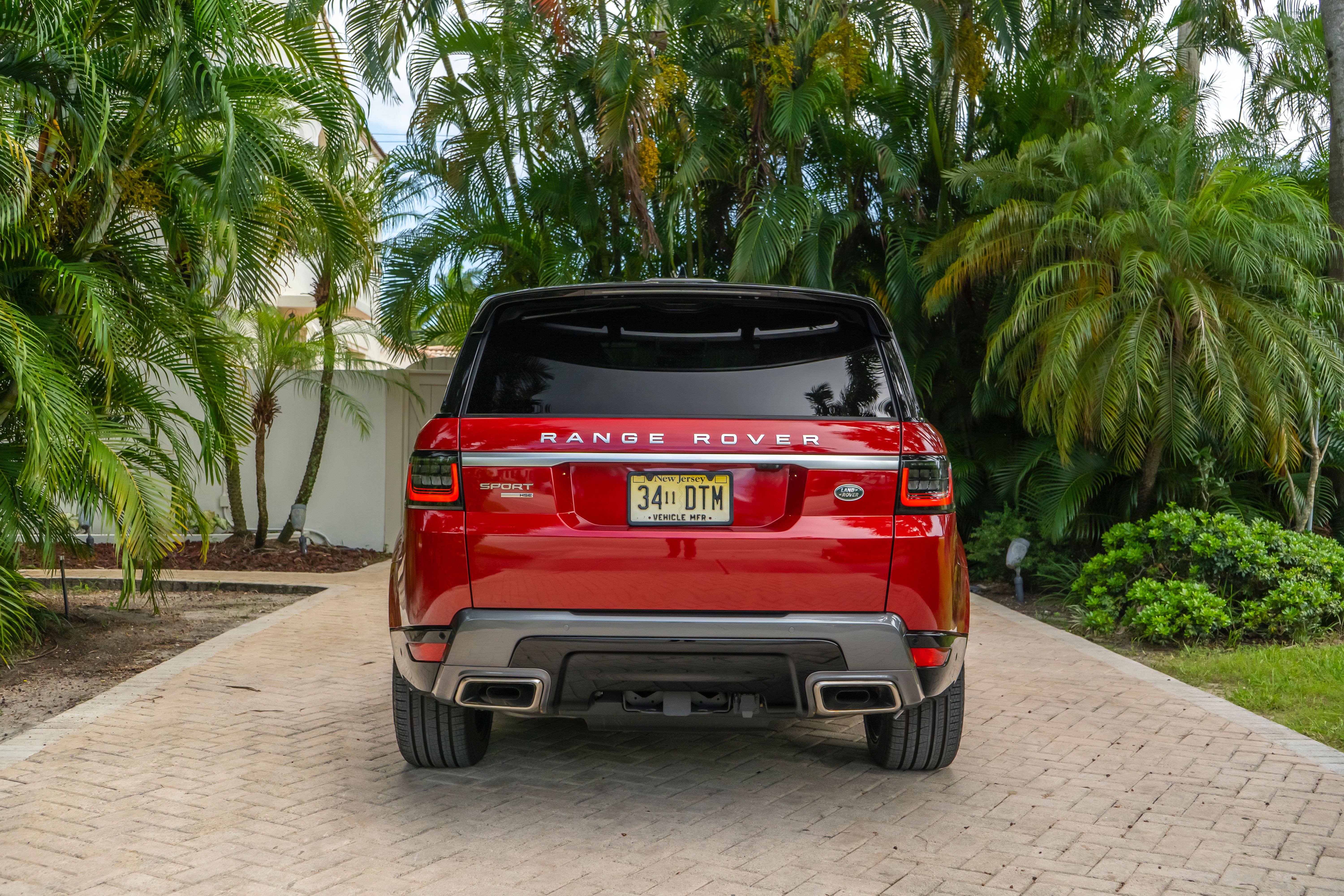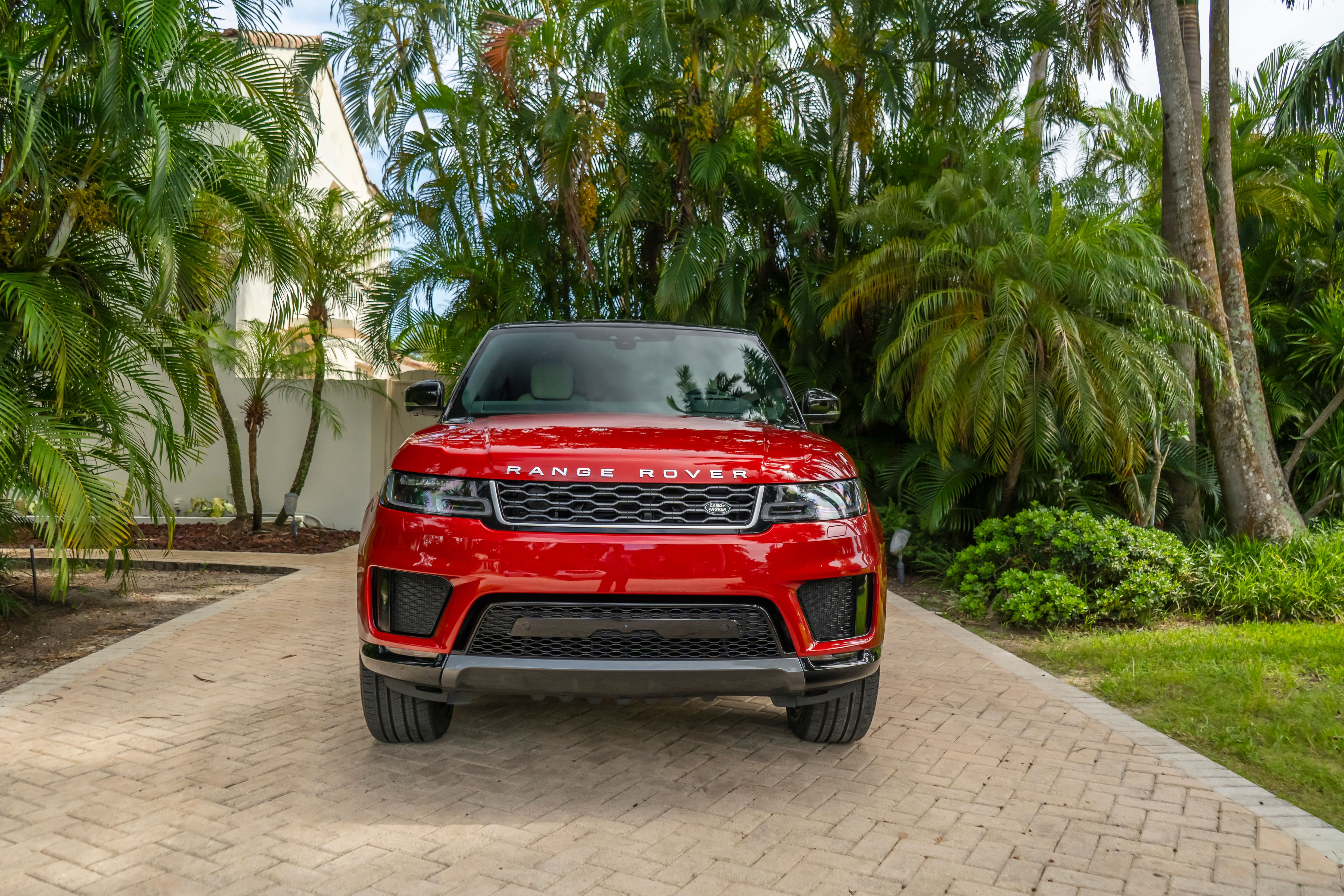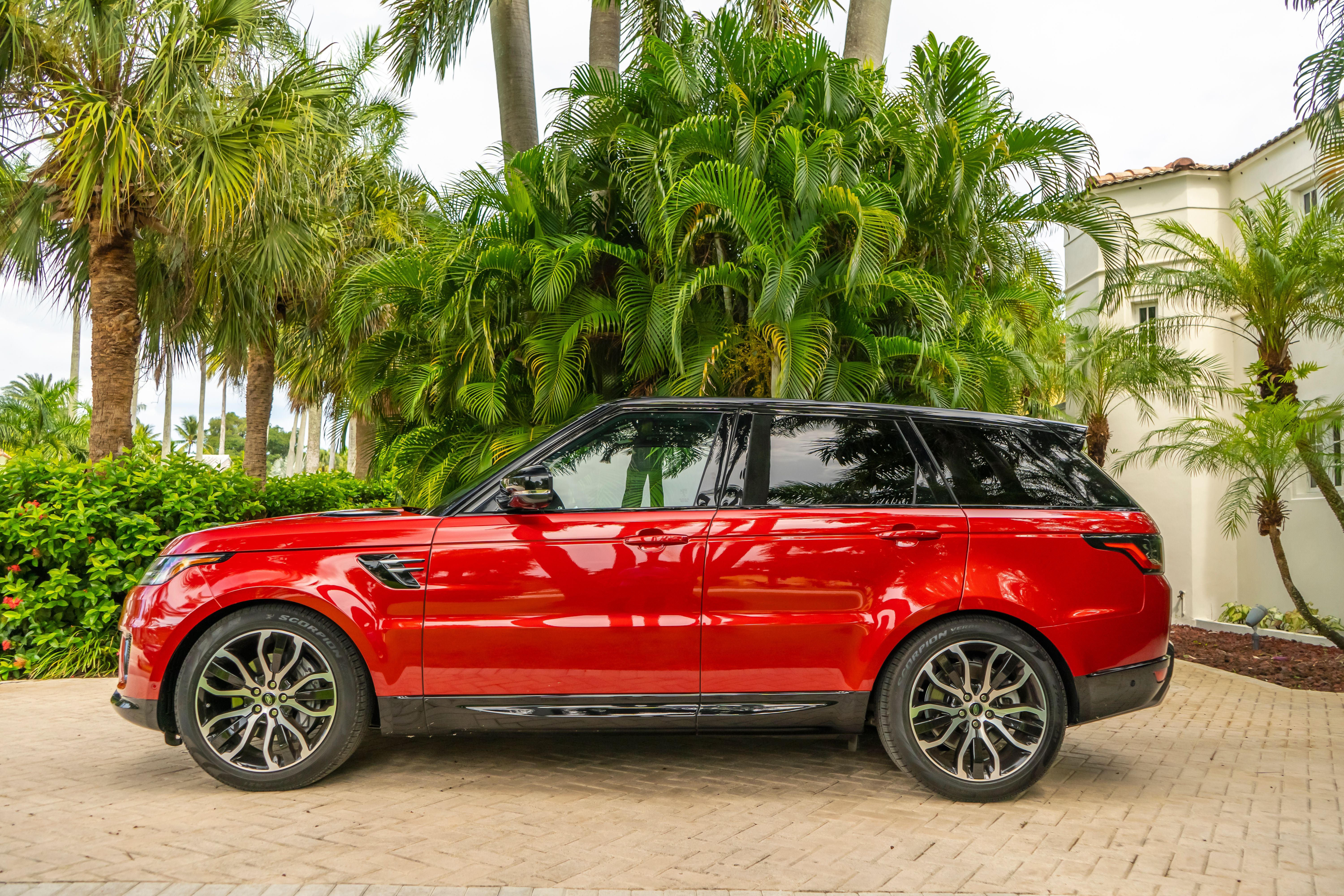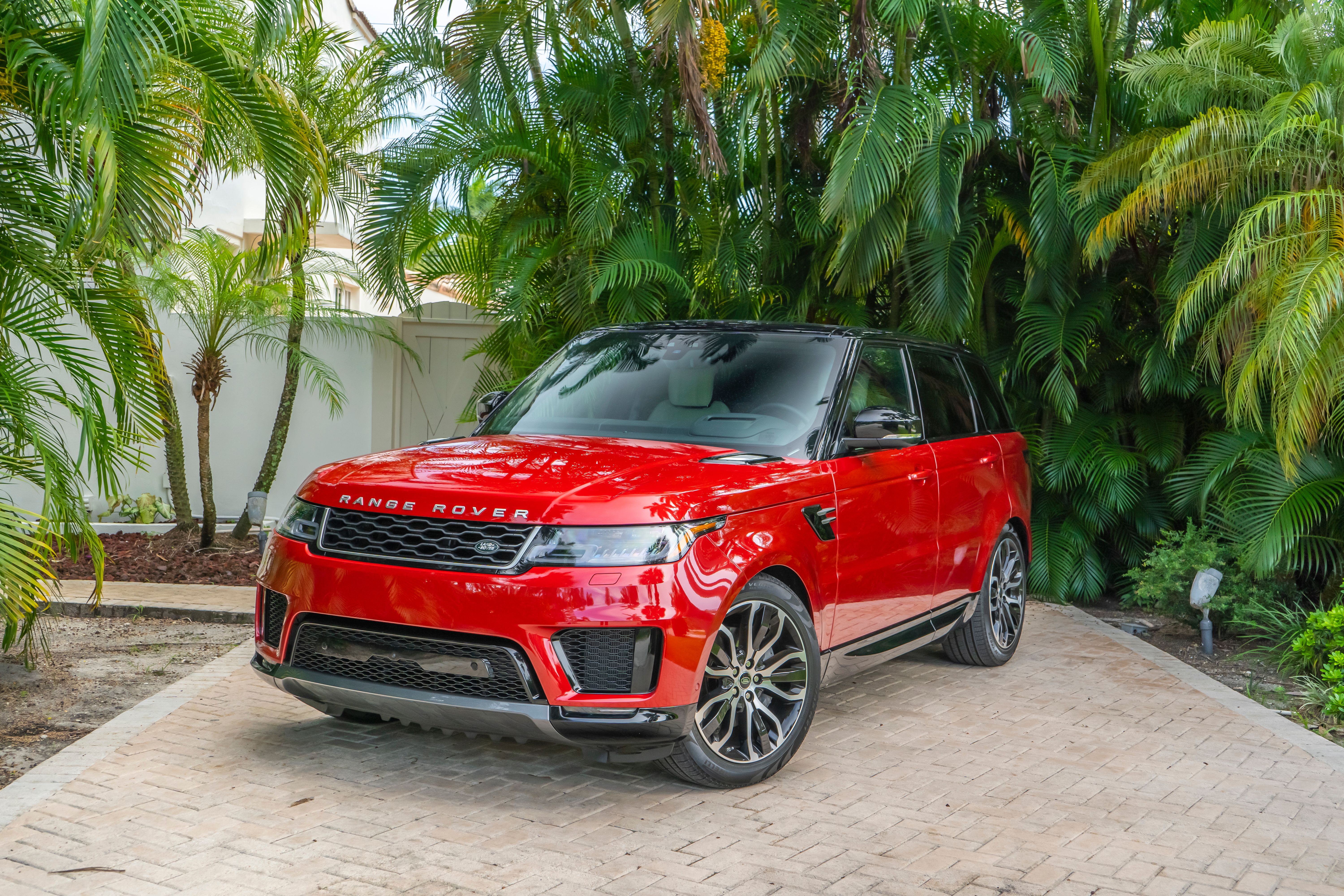Despite offering one of the most premium cabins in its SUVs, Land Rover is still not recalled as a luxurious brand. It is, however, synonymous with reliable, tough off-roaders. But, if you have spent some time with any of the latest models, you will realize that the brand has come a long way in terms of spoiling and pampering the customer. It can give the big three Germans a tough fight in this aspect. And the Land Rover Range Rover Sport further strengthens this faith. Just like any other model in its lineup, the Range Rover Sport will definitely age gracefully and blend well with the upcoming new crop of EVs that look like they belong to another planet. But is the Range Rover Sport all about the aesthetics and luxuriousness? We laid our hands on it and our answer is...of course not!
2019 Land Rover Range Rover Sport - Driven
- Make: Array
- Model: 2019 Land Rover Range Rover Sport - Driven
- Engine/Motor: inline-6
- Horsepower: 355 @ 5500
- Torque: 365 @ 2000
- Transmission: eight-speed automatic
- [do not use] Vehicle Model: Array
Exterior Design
Up front, the Land Rover Range Rover Sport looks absolutely stunning. The elements on the surface look boxy on the onset, but overall it has a rather rounded, well-finished face.
The air dam at the bottom is huge and is complemented by a faux skid plate, which does not gel well with the aura of the SUV. It feels too plasticky on an otherwise good-looking vehicle. The conventional fog lamp housing is replaced by the same honeycomb mesh design, albeit in a smaller pattern. All the trims are offered with fog lamps except for the base trim. Since the headlamps and grille are slim, they look quite aggressive. Coupled with the black inserts on the bumper, this SUV comes with a very sporty vibe. The front parking sensors are also placed over here. Land Rover has integrated them well on the black panels and they don’t stick out like sore thumbs on an otherwise clean body. If I were to nitpick, I’d say the headlight washers spoil the look to an extent. But I’m glad Land Rover at least offered them. Moving further down, you can find two flaps under the body that help with the SUVs aerodynamics.
Just like most of the other models in the automaker’s portfolio, the rear overhang is much larger than the front. The base trim rides on 19-inch, five split-spoke wheels with a silver finish. The second from bottom HSE trim comes with the 20-inch wheels, whereas the top three trims are offered with 21-inch wheels. These are offered with a Gloss Black, Silver, and Diamond turned finish, respectively. If you opt for the black package that wraps your pillars, wing mirrors, and roof in black, the Gloss Black wheels would look smokin’ hot. Speaking of the wing mirrors, they are fixed to the A-pillar instead of the doors, which seems to be a trend of sorts these days. The turn signal indicators are integrated into them. I find them to be a tad bit small, but they still give a good view of the action behind. The A-pillars are slim and do no cause any blind spots.
The rear is quite busy on the Land Rover Range Rover Sport. As I mentioned earlier, the taillights are assembled pretty much like the headlights; with parts of them creeping into the sides. These LED taillights look great in action. However, they do not delve into the tailgate.
Land Rover Range Rover Sport exterior dimensions
|
Length |
192.1 inches |
|---|---|
|
Widith |
87.4 inches |
|
Height |
71.0 inches |
|
Wheelbase |
115.1 inches |
|
Front Track |
66.6 inches |
|
Rear Track |
66.4 inches |
|
Ride Height |
8.4 inches |
|
Max Wading Depth |
33.5 inches |
How Big is the Range Rover Sport?
The Land Rover Range Rover Sport is 192.1 inches long, 87.4 inches wide, and 71 inches tall. It has a front track of 66.6 inches and a rear track of 66.4 inches. If you own a single car garage, this is going to be a tight fit. A larger single bay parking spot would do fine, but two-car parking would be more comfortable. Not just for the length, but also because of the width. If we were to compare these specs with its immediate rivals – the Audi Q8 and the Mercedes GLS – this SUV is the shortest in terms of length, but is also the widest.
Land Rover Range Rover Sport vs competition - exterior dimensions
|
Length |
192.1 inches |
196.3 inches |
202.0 inches |
|---|---|---|---|
|
Widith |
87.4 inches |
78.5 inches |
84.3 inches |
|
Height |
71.0 inches |
67.1 inches |
72.8 inches |
|
Wheelbase |
115.1 inches |
117.9 inches |
121.1 inches |
|
Front Track |
66.6 inches |
66.1 inches |
65.2 inches |
|
Rear Track |
66.4 inches |
66.8 inches |
65.9 inches |
|
Ride Height |
8.4 inches |
5.75 inches |
8.5 inches |
|
Max Wading Depth |
33.5 inches |
19.68 inches |
23.0 inches |
Since it has off-roading in its DNA, the Range Rover Sport boasts some impressive specs in that department as well. It has the best departure angle of the lot at 28.5 degrees, and an approach angle of 29.1 degrees; only bettered by the Mercedes GLS. The ramp angle is rated at 25.7 degrees. As for the wading depth, the Range Rover Sport excels as it can go up to 33.5 inches deep before you are in any sort of trouble. Not even a Jeep can ‘ford’ (pun intended) so much water.
Land Rover Range Rover Sport vs competition - off-road angles
|
Approach Angle |
29.1 degrees |
16.6 degrees |
33.0 degrees |
|---|---|---|---|
|
Ramp angle |
25.7 degrees |
TBA |
TBA |
|
Departure angle |
28.5 degrees |
22.2 degrees |
27.0 degrees |
Interior Design
Like I mentioned in the introduction, the automaker is not known to build luxurious cars, but the notion is changing now. The Range Rover Sport has all the bells and whistles you can ask for. It exudes class and sophistication all around the cabin and can give even the three Germans a run for their money. Starting from the front, the SUV comes with a massive dashboard. In all honesty, the first impression it gives is how much space could have been freed if not for this Brobdingnagian design. Despite the presence of screens and touch stuff all around, the console feels very cluttered.
Moving to the driver’s side, this is where it all feels cluttered. If by any chance you are a fan of Tesla’s clean design, this cabin will put you off. The power window buttons for all the doors are placed at the top of the door pad, whereas the memory seat function switches, speaker, and tweeter are in the exact same position as the passenger side.
Coming to the center console, Range Rover has offered a waterfall design over here. While this is inclined at a good angle for the driver to see when driving, visibility under direct sunlight is compromised. The dual-zone AC controls are here in the form of knobs and touch. Is Land Rover playing it safe by offering both the options to customers? Anyway, below this is the gear lever and drive mode selector on the driver’s side and a pair of cup holders on the other side. This section can be closed when not in use. Finally, this section ends with a huge armrest that is wide enough to cater to both the front passengers.
-* Black Contrast Sliding Panoramic Roof
-* Semi-Aniline Leather Seats
-* 22-way Heated and Cooled Front Memory Seats with Heated Rear Seats
-* Heated Leather Steering Wheel
-* Premium Carpet Mats
-* Soft Door Close
-* Three-Zone Climate Control
-* Grand Black Veneer
-* 360-degree Surround Camera
-* Meridian Surround Sound System (825W) with 19 Speakers
-* Configurable Ambient Interior Lighting
-* Auto-Dimming Interior Rear View Mirror
Land Rover Range Rover Sport vs competition - interior dimensions
|
Front Headroom |
39.5 inches |
37.1 inches |
41.2 inches |
|---|---|---|---|
|
Front Shoulder Room |
60.7 inches |
59.5 inches |
58.5 inches |
|
Front Hip Room |
TBA |
TBA |
TBA |
|
Front Leg Room |
42.2 inches |
41.6 inches |
40.3 inches |
|
Rear Headroom |
39.1 inches |
38.1 inches |
40.0 inches |
|
Rear Shoulder Room |
59.5 inches |
58.5 inches |
58.3 inches |
|
Rear Hip Room |
TBA |
TBA |
TBA |
|
Rear Leg Room |
37 inches |
40.2 inches |
38.5 inches |
How Much Cargo Room Does the Land Rover Range Rover Sport Have?
The rear seats split in a 60:40 ratio, so that extends the flexibility to an extent. There is no storage under the cargo area as such expect for storing knick-knacks like your cleaning dusters. There are hooks on either side to tug your handbags into so they don’t wander around like toddlers in a play area. The tailgate can be operated electrically.
Land Rover Range Rover Sport vs competition - cargo room
|
Max Cargo Room |
59.5 cu-ft |
60.7 cu-ft |
93.8 cu-ft |
|---|---|---|---|
|
Min Cargo Room |
27.5 cu-ft |
30.5 cu-ft |
16.0 cu-ft |
Is Range Rover's Infotainment System Easy to Use?
The SUV comes with a new system known as Touch Pro Duo, that is the most advanced infotainment system the automaker has ever built. In simple words, this is a set of two 10-inch touchscreens placed on the center console.
Coming to the User Interface, Land Rover has a long way to go. Android Auto and Apple CarPlay come as standard, thankfully. The spaces between the icons is a little too less and you will end up hitting the wrong icon more often than not. Fortunately, the system offers customization options. This way, you can arrange stuff as per your convenience. The infotainment screen at the top can be customized to set a variety of wallpapers to give a sense of personalization. The default layout does provide clarity of options for access to entertainment media, a Bluetooth-connected phone, or navigation. The lower screen is used for climate controls, drive adjustments like suspension height, and even seat heating and massaging functions. In case your top screen is being used for navigation or other ‘important’ stuff, the media details can be displayed on the lower screen with a single touch.
Range Rover Sport and Car Seats
This is the section where the Range Rover excels. The seats, in general, are supportive and comfortable with sufficient bolstering on either side. In the base trim, the seats are offered with a 14-way adjustment, whereas in the top trim they are 22-way adjustable. The seats are ventilated and have a memory function as well; even for the passenger. This may seem silly, but I’d have preferred beige seatbelts as well. I’ve got that in my current car and it looks better than the black belts. The headrests are wide and very comfortable as well. The front seats also have back seat pockets.
The Land Rover Range Rover is strictly a four-seater, or maybe a five-seater if you seat a person you hate.
Land Rover Range Rover Sport Performance
The Land Rover Range Rover Sport comes with a multitude of engine options. The SUV is available in six trims and is offered with four different engine options to choose; two of which are available in two different states of tunes each. So, in total, you have six engine options to choose from.
The next engine is a 2.0-liter, four-cylinder plug-in hybrid mill that makes 398 ponies and 472 pound-feet of torque. You can expect this mill to be the most efficient of the lot, but the figures are yet to be announced. All we know is that it will travel 22 miles in pure EV mode. However, this engine will do well considering that many people would use this SUV for city drives. This engine also has ample power to keep you happy when your adrenaline rush kicks in. The final engine in the Land Rover Range Rover Sport is the 5.0-liter, supercharged V-8 gasoline engine that is available in two power tunes. In the first avatar, it makes 518 ponies and 461 pound-feet of torque. The second skin makes 575 horses and 516 pound-feet of twist, thus crowning itself as the most powerful engine you can have in the SUV. All the engines are mated to a ZF-sourced eight-speed automatic transmission.
For folks looking to go berserk with their Range Rover Sport, things don’t get better than this.
I’m mentioning the gear lever in this section instead of the interior because, well, it’s got to do with the engine. If you are plonking almost 100,000 bucks on a vehicle, this is not the lever you would expect. Check out the ones on the three Germans; each of them is a delight to hold. The lever on this is good for a sub-$40,000 vehicle, not at this price point. The SVAutobiography comes with a transmission knob, which I’m not a fan of. Come on Land Rover, you are operating at the extreme ends of the spectrum in this department. The Land Rover Range Rover Sport also comes with something known as Adaptive Dynamics that, in the automaker’s words, “delivers the perfect balance of ride and control by offering continuously variable damper settings. Monitoring vehicle movements up to 500 times a second, the system responds to your inputs and the road conditions to ensure a comfortable, composed drive”.
Land Rover Range Rover Sport vs competition - drivetrain specifications
|
Land Rover Range Rover Sport |
Audi Q8 |
Mercedes GLS |
Engine |
3.0-Liter Inline-Six |
3.0-Liter Six-Cylinder |
3.0-Liter V-6 |
|
|---|---|---|---|---|---|---|---|
|
Transmission |
Eight-Speed Auto |
Eight-Speed Auto |
Nine-Speed Auto |
||||
|
Driveline |
4WD |
AWD |
AWD |
||||
|
Horsepower |
355 @ 5,500 RPM |
335 @ 5,000 RPM |
352 @ 5,550 RPM |
||||
|
Torque (lb-ft) |
365 @ 2,000 RPM |
369 @ 1,370 RPM |
369 @ 1,800 RPM |
||||
|
Curb Weight |
4,870 LBS |
5,004 LBS |
5,335 LBS |
||||
|
Fuel Economy (mpg) |
17/23/19 |
17/22/19 |
16/22/18 |
||||
|
Fuel Tank Capacity |
27.6 Gallons |
22.5 Gallons |
26.4 Gallons |
||||
|
Max Towing Capacity |
7,716 LBS |
7,700 LBS |
7/500 LBS |
||||
|
0-60 mph |
6.2 Seconds |
5.6 Seconds |
6.5 Seconds |
||||
|
Top Speed |
130 MPH |
130 MPH |
130 MPH |
How Much Can the Range Rover Sport Tow?
Depending on the engine you choose, the Land Rover Range Sport can tow anywhere between 5,511 and 7,716 pounds. This is more than enough for an SUV of this magnitude. In fact, it trumps the Q8 and the GLS in this department, the two of which can tow up to 7,700 and 7,500 pounds, respectively.
How Fast is the Range Rover Sport?
This 3.0-liter, V-6 engine found under the hood of the base trim sprints from 0-60 mph in 7.2 seconds before losing its breath at 130 mph. With the 3.0-liter, six-cylinder mill, it does the 0-60 mph sprint in 6.2 seconds and a top speed of 130 mph. The second avatar of this engine zooms to 60 mph from a standstill in 5.9 seconds and has a top speed of 140 mph. Coming to the only plug-in hybrid engine in the lineup, it runs to 60 mph in 6.3 seconds and tops out at 137 mph. The biggest engine of the lot sprints to 60 mph from a standstill in five seconds and the speed governor kicks in at 130 mph. In the 575 horsepower avatar, the beast gallops to 60 mph in 4.3 seconds and goes all the way to 176 mph.
Range Rover Sport Fuel Economy
In terms of fuel economy, Land Rover has not released figures for all the engines. However, the base trim with the V-6 diesel mill offers a combined economy of 24 miles per gallon. In the 5.0-liter V-8 gasoline engine, it delivers 19 mpg and 16 mpg combined, depending on which state of tune you choose. Land Rover says the SUV can drive up to 22 miles in pure EV mode. Interestingly, the automaker has offered fuel tanks of different sizes, varying from 22.7 to 27.6 liters. Of course, the gasoline engine with the least fuel economy comes with the biggest tank, and vice versa.
Land Rover Range Rover Sport vs competition - fuel economy
|
City MPG |
Highway MPG |
Combined MPG |
Land Rover Range Rover Sport |
17 |
23 |
19 |
|
|---|---|---|---|---|---|---|---|
|
Audi Q8 |
17 |
22 |
19 |
||||
|
Mercedes GLS Class |
16 |
22 |
18 |
Land Rover Range Rover Sport Pricing
The Land Rover Range Rover Sport starts at $68,650. This is for the base SE trim without any add-ons. The Audi Q8, on the other hand, starts at $67,400, and the Mercedes-Benz GLS is the most expensive of the lot and starts at $70,150. Here’s the trim-wise pricing:
Land Rover Range Rover Sport prices
|
SE |
$68,650 |
|---|---|
|
HSE |
$74,250 |
|
HST |
$82,950 |
|
HSE Dynamic |
$86,500 |
|
Autobiography Dynamic |
$88,990 |
|
SVR |
$113,600 |
Land Rover Range Rover Sport Options
Land Rover has nicely spaced out each of its trims. In fact, you can opt for packages on the lower trim and save money instead of opting for the higher trim. On the base SE trim, Land Rover offers two packages - the Drive package that adds a blind-spot monitor, a driver-condition monitoring system and traffic sign recognition, while the Park package adds 360-degree parking sensors and rear cross-traffic alert. The HSE variant will offer you all these plus stuff like a panoramic sunroof. Here, you can opt for the Off-Road package that adds a low-range transfer case, aero kits, and additional terrain modes.
Land Rover also offers some packages on all the trims, such as the Drive Pro which includes adaptive cruise control, high-speed automatic emergency braking, and a blind-spot monitor with lane-keeping assist. Then there’s the Park Pro package that adds automatic parallel and perpendicular parking. If you wish to opt for individual items, you can separately purchase the 23-speaker audio system, front-seat massage functions, ventilated rear seats, and the Wade Sensing system (which requires a 360-degree camera and blind-spot monitor and alerts drivers when the Range Rover Sport approaches its maximum wading depth).
The best of the lot, however, is the SVR kit that can be availed with the top-of-the-line trim and includes a sport-tuned suspension, sport seats, and special interior and exterior styling and trim details. Summer performance tires are offered as a no-cost option.
Land Rover Range Rover Sport Competition
Audi Q8
Audi’s flagship SUV and a distant cousin of the Lamborghini Urus, the Q8 is a more luxurious Q7 in a nutshell. It is a five-seater that also looks sportier than the Q7. One aspect that differentiates it from the competition is the lack of a sloping roofline at the rear, and I’m happy about that. Since we have listed out the dimension comparison specs already, I won’t be repeating them again here. It comes with a plethora of features that make it a premium offering. The highlight, however, is the number of screens that dominate the cabin. The 12.3-inch instrument cluster behind the steering wheel that Audi calls the ‘Virtual Cockpit’ is complemented by the 10.1-inch touchscreen that handles your infotainment and navigation needs, and an 8.6-inch screen below the 10.1-inch screen for your climate controls. The overall experience feels much better here than the Touch Pro unit on the Range Rover Sport.
Coming to the performance aspect, Audi offers a single option on all the trims of the Q8 – a 3.0-liter, turbocharged V-6 mill that makes 335 ponies and 369 pound-feet of torque. It is mated to an eight-speed automatic transmission and Quattro all-wheel-drive system. It delivers 19 miles to the gallon with combined city and highway usage. If the engine is your top priority, look elsewhere. A single option on offer is not acceptable when Land Rover offers four different mills on the Range Rover Sport.
Read our full review on the 2019 Audi Q8
Mercedes-Benz GLS
This SUV looks calm, yet the most intimidating of the lot. If I were to relate it to a Pokemon, the GLS is the Snorlax of the SUV world. It has a relaxed demeanor on the onset, but don’t confuse it to be a slouch. It looks simple and straight-forward with no gym-built body and should perhaps age well compared to the rivals. Being luxurious SUVs, we don’t have to talk about the standard features on offer. But, we are comparing the screens in all of them as that’s the highlight of these SUVs. The Mercedes-Benz GLS comes with a pair of 12.3-inch screens paired together. The two screens are the instrument cluster and the infotainment system, horizontally stacked on the dash in a single frame. It looks like something pulled out of the game. The infotainment system supports Android Auto and Apple CarPlay, and navigation as well.
Speaking of the powertrains, the GLS is offered with two 'regular' engines and one AMG mill. First one is a 3.0-liter, V-6 engine that makes 362 horses and 369 pound-feet of torque, that takes 6.5 seconds to sprint to 60 mph from a standstill. The second engine is a 4.7-liter, V-8 bi-turbo mill that churns out 449 horses and 516 pound-feet of torque. 5.2 seconds is what it takes to hit the 60 mph mark. In the AMG avatar, you get a handcrafted 5.5-liter, V-8 bi-turbo engine that develops 577 ponies and 561 pound-feet of twist. This engine swooshes to 60 mph from a standstill in just 4.5 seconds. I still can’t believe that the Range Rover Sport is the fastest among the three.
Read our full review on the 2020 Mercedes-Benz GLS
Is the Range Rover Sport Right for Me?
Final Thoughts
Further reading
Read our full review of the 2018 Land Rover Rainge Rover
Read our full review on the 2018 Land rover Range Rover Sport.
Read our full article on the 2018 Land Rover Range Rover P400e.
Read our full article on the 2018 Land Rover Range Rover Sport P400e.

